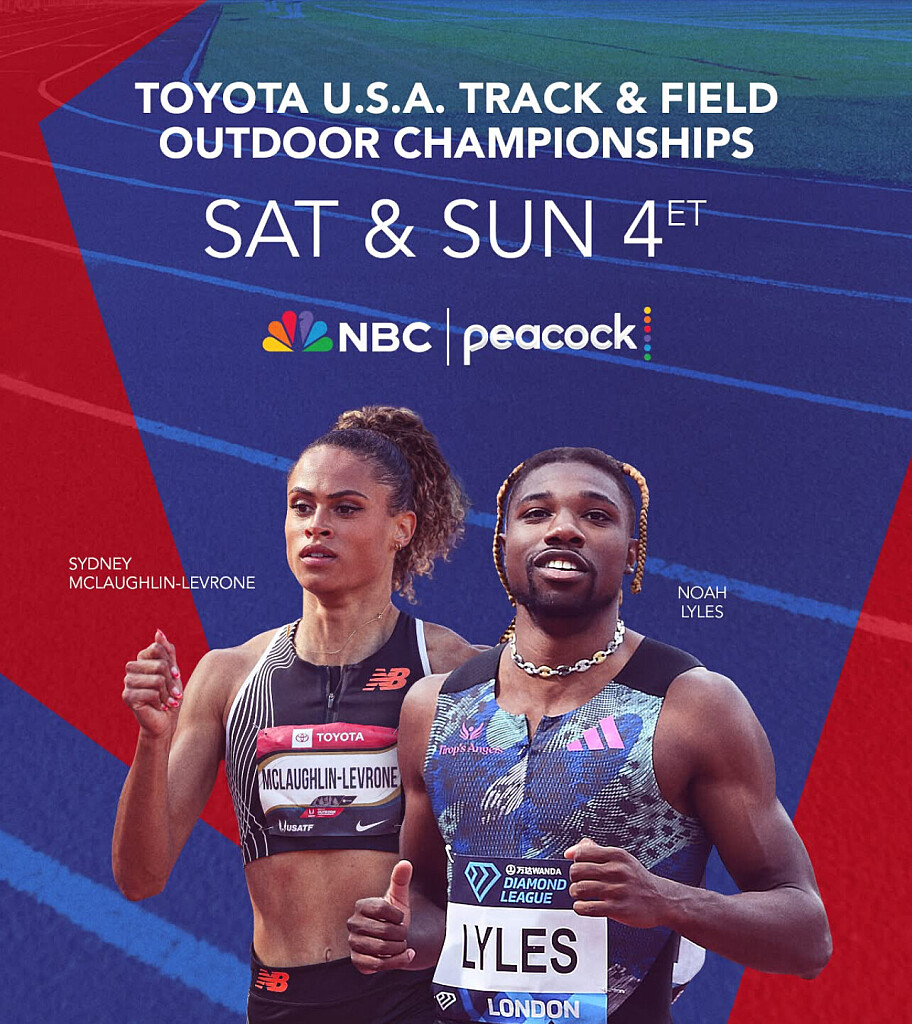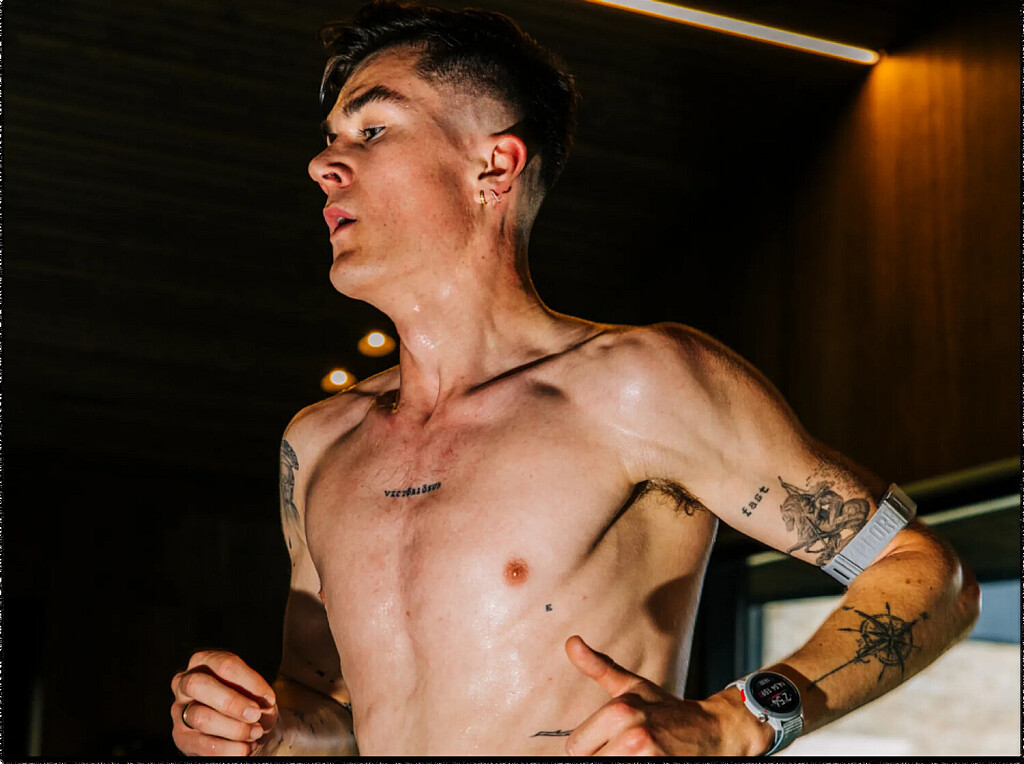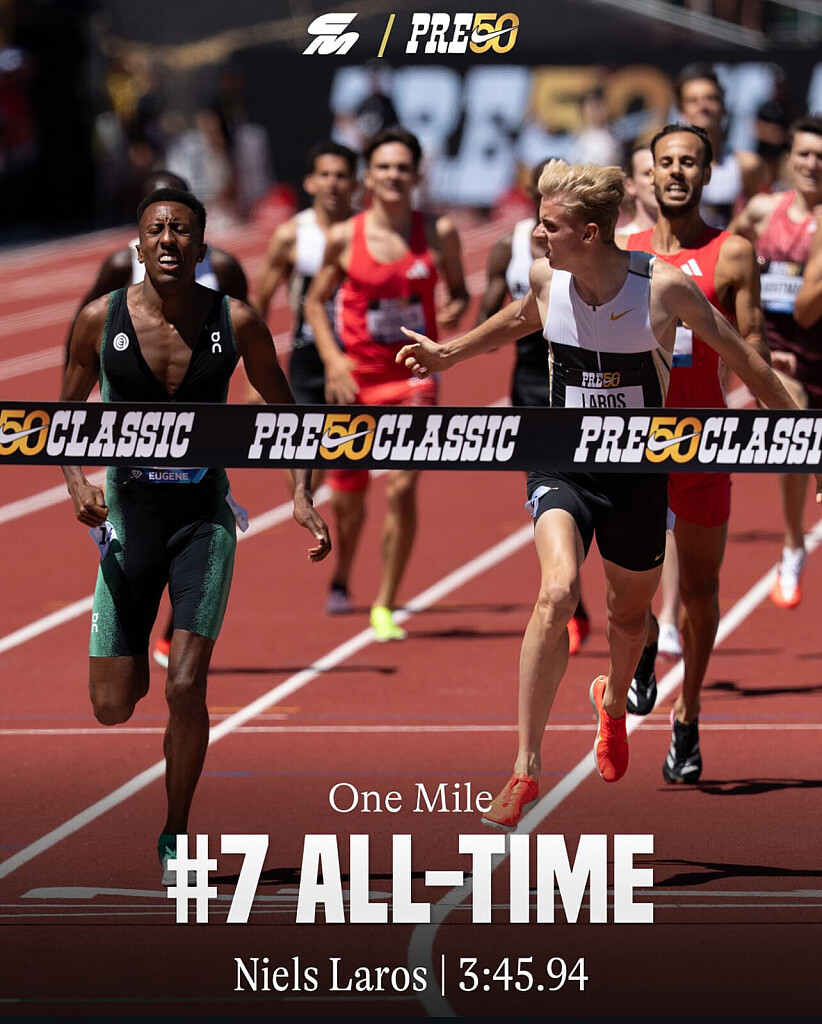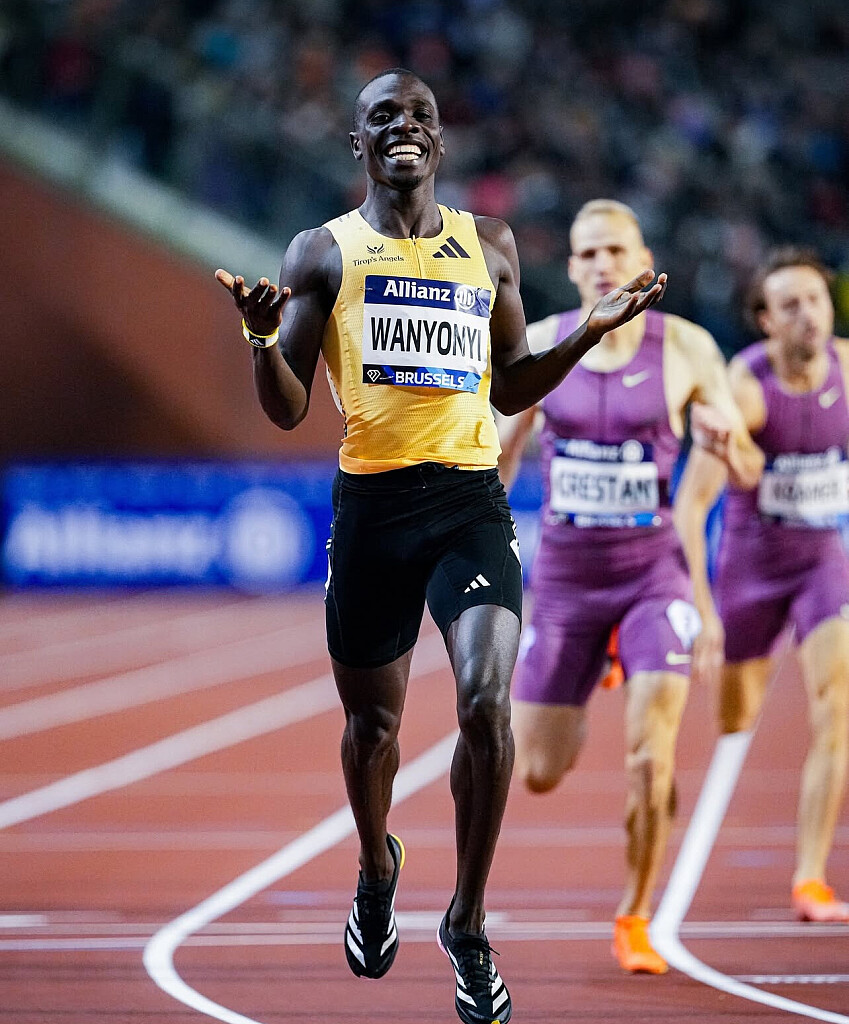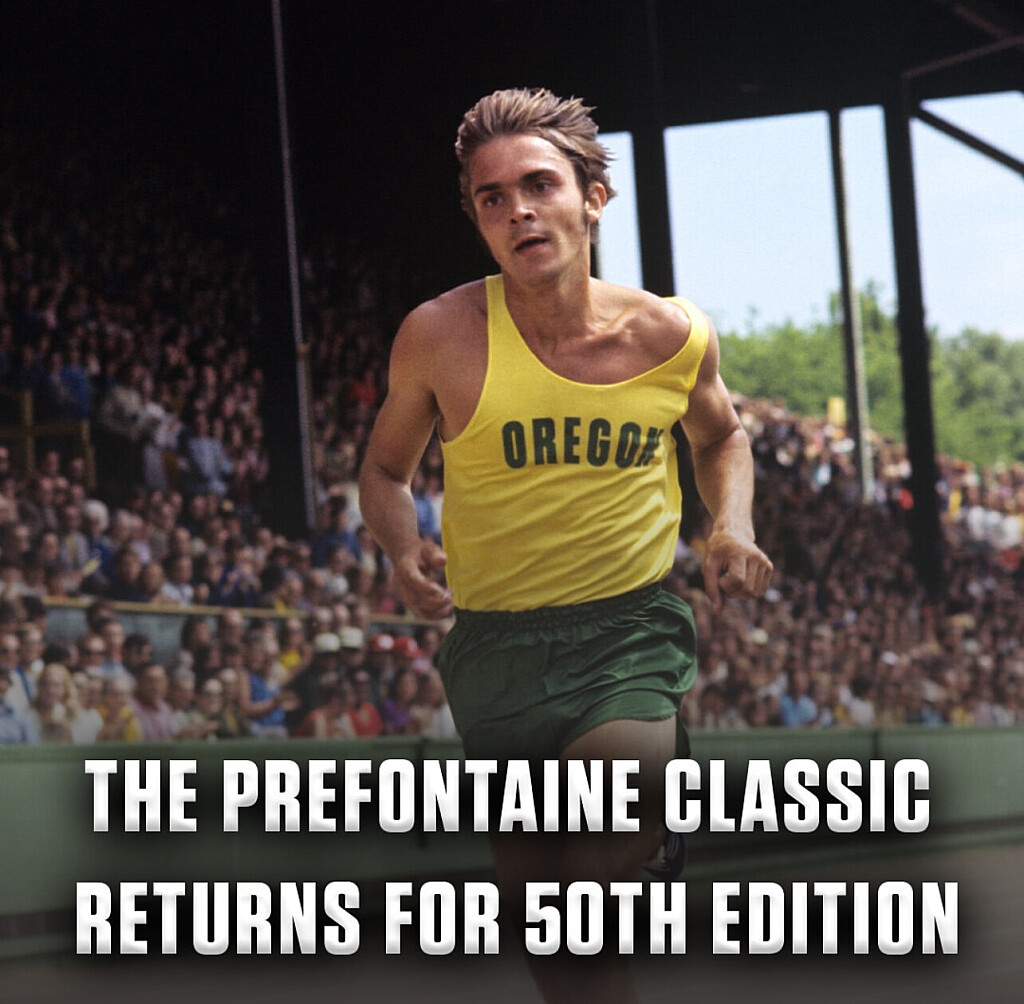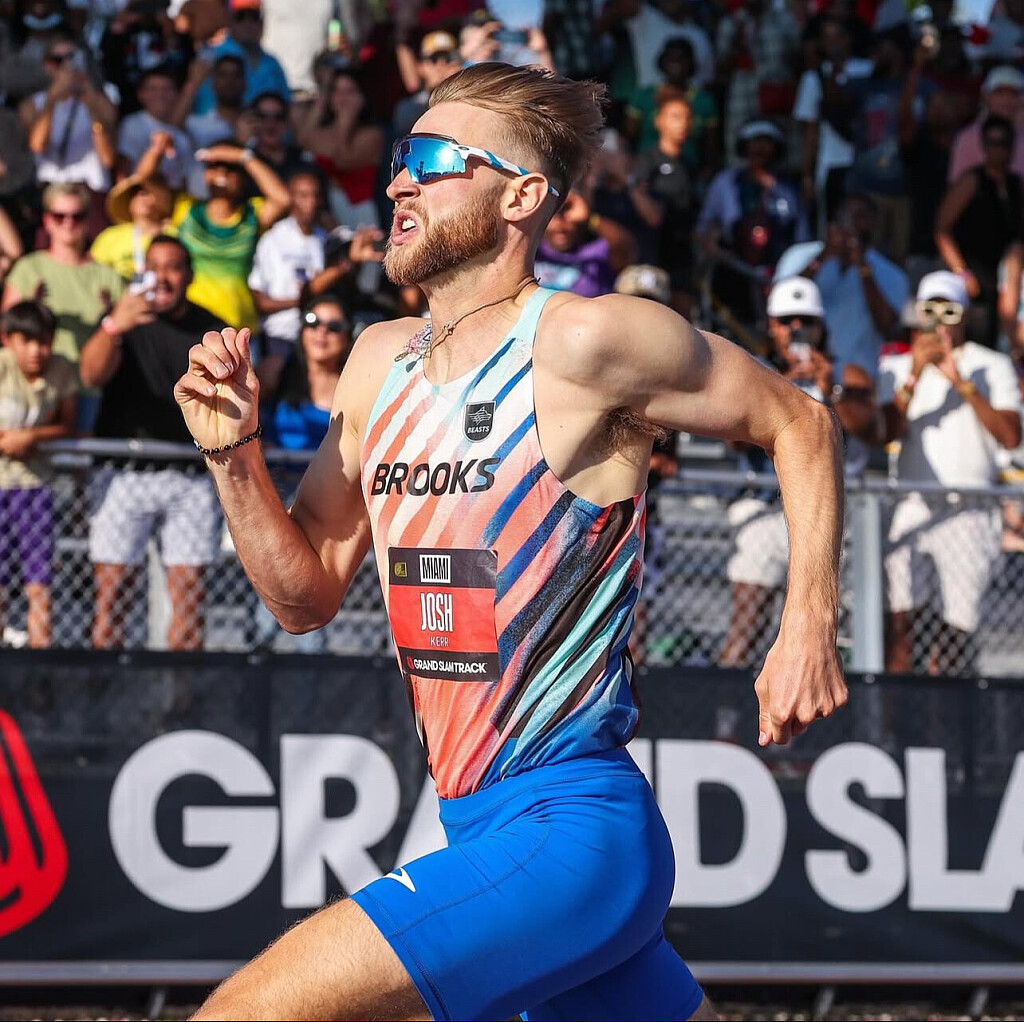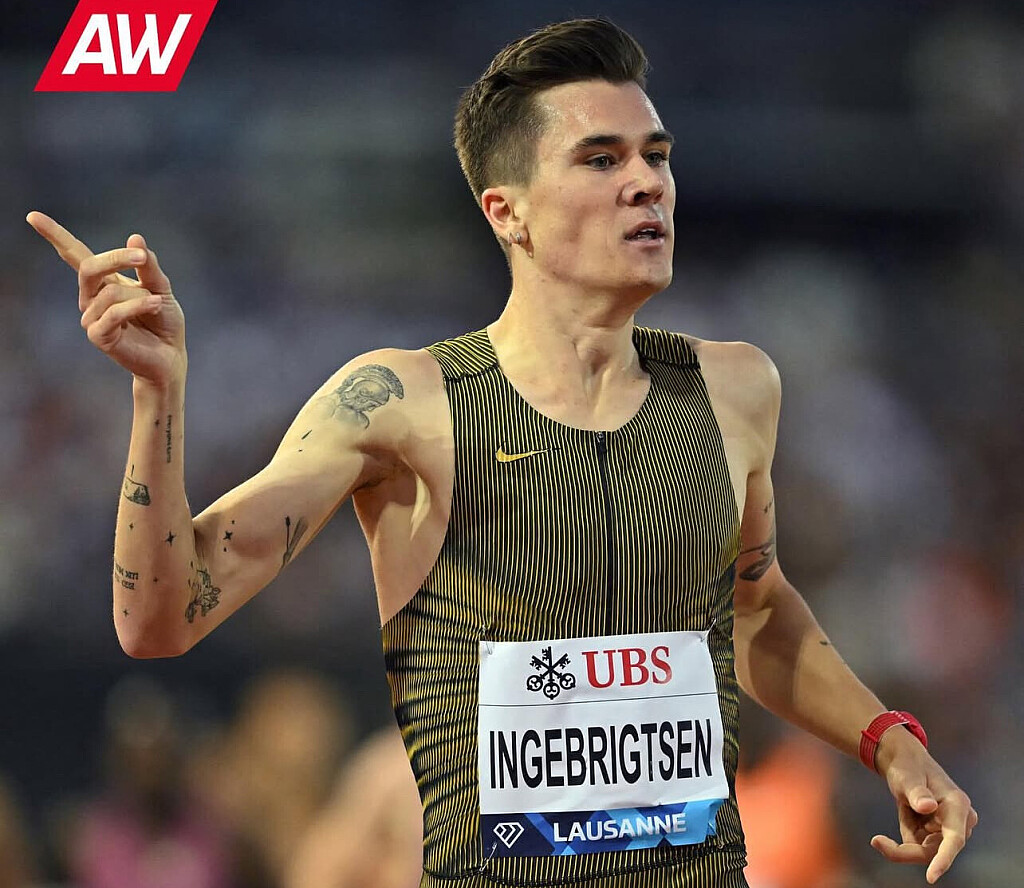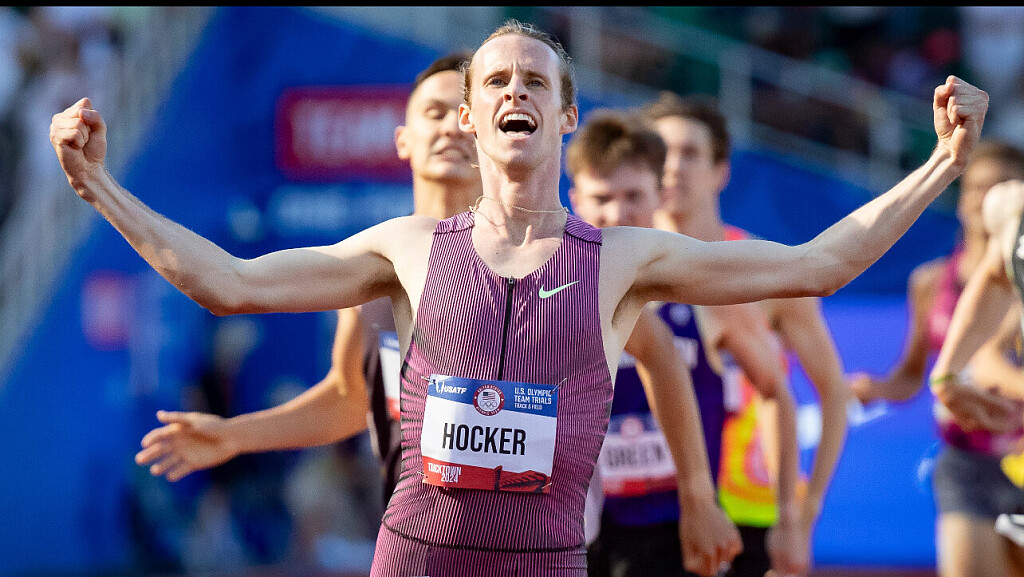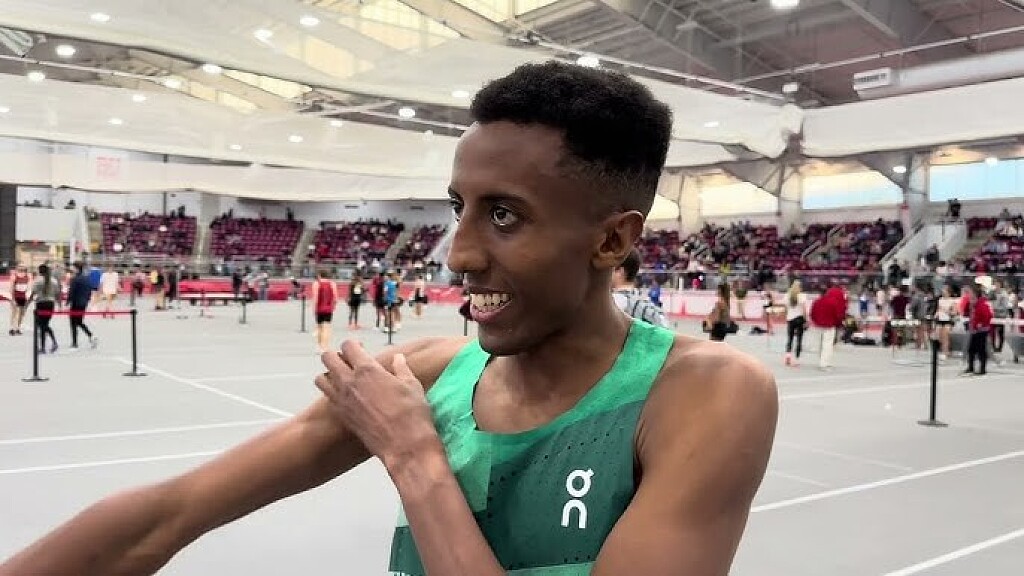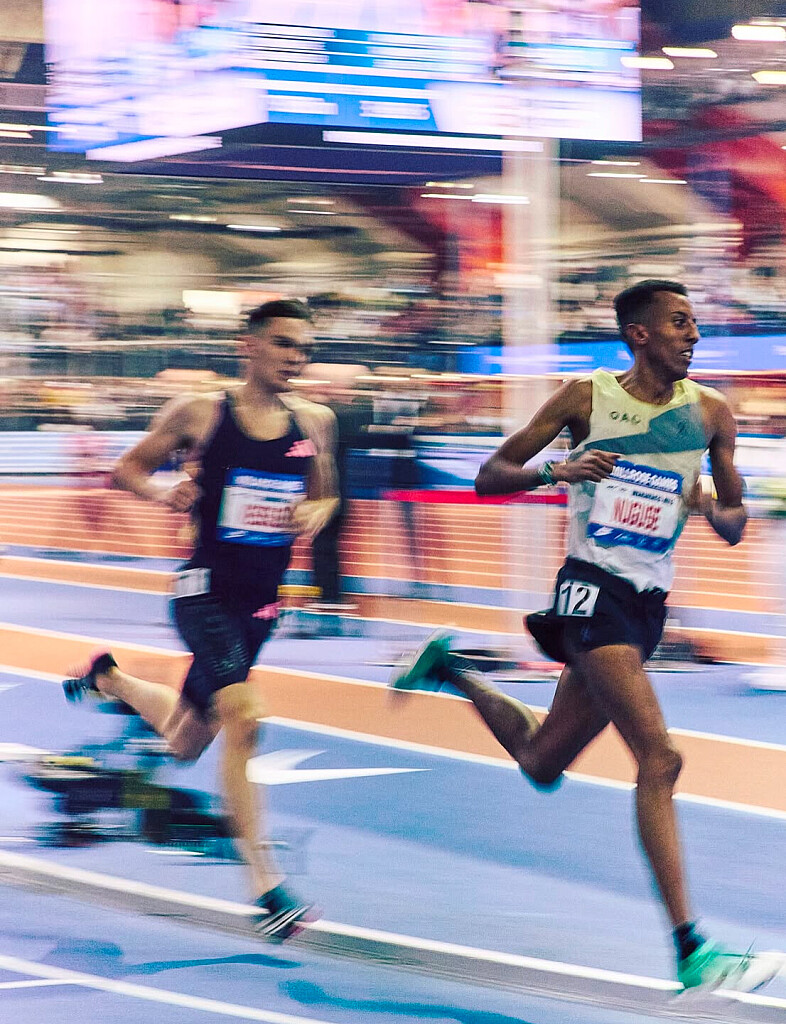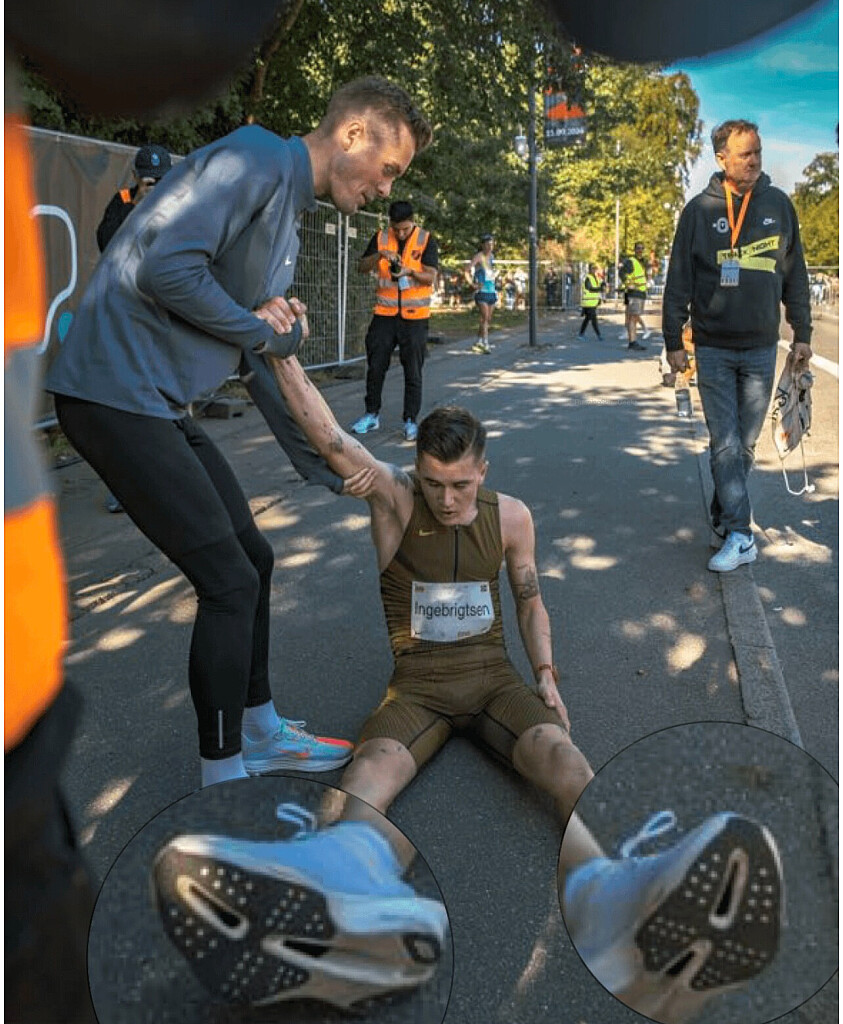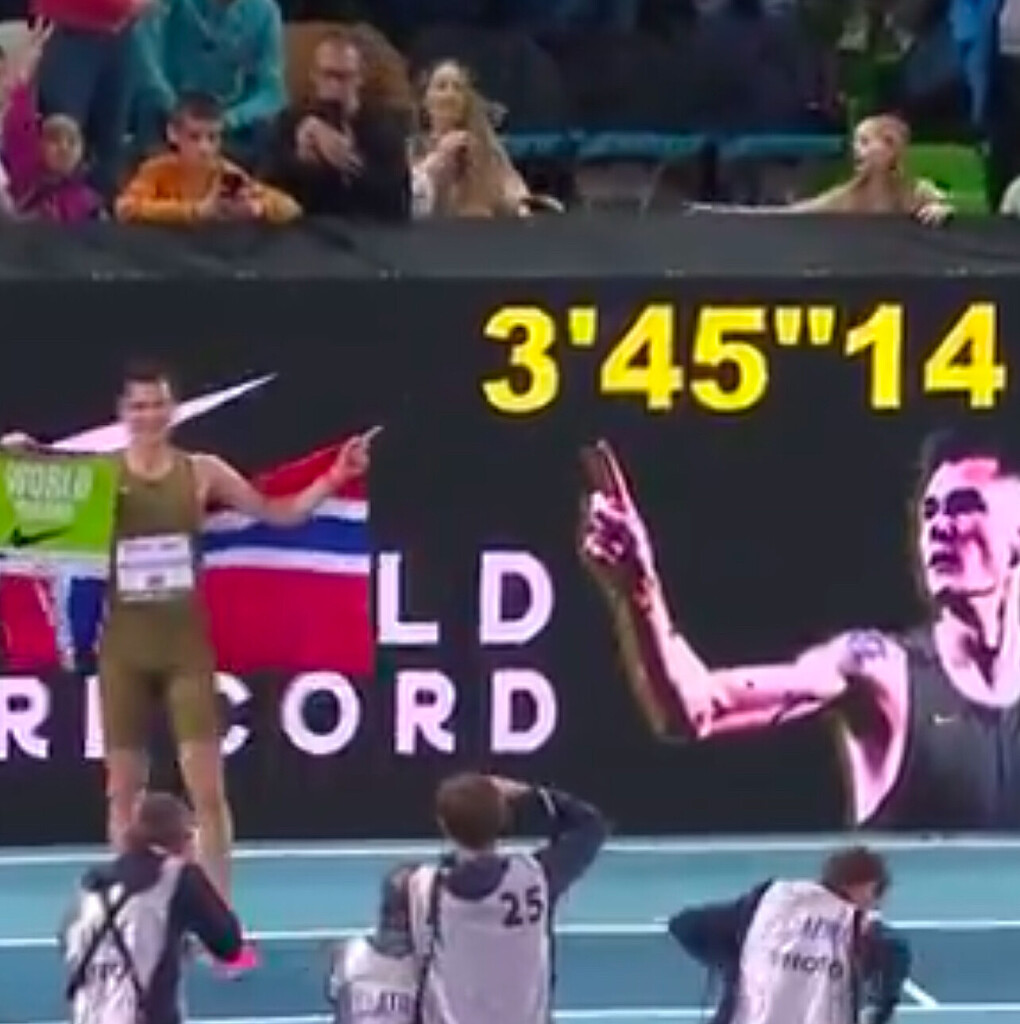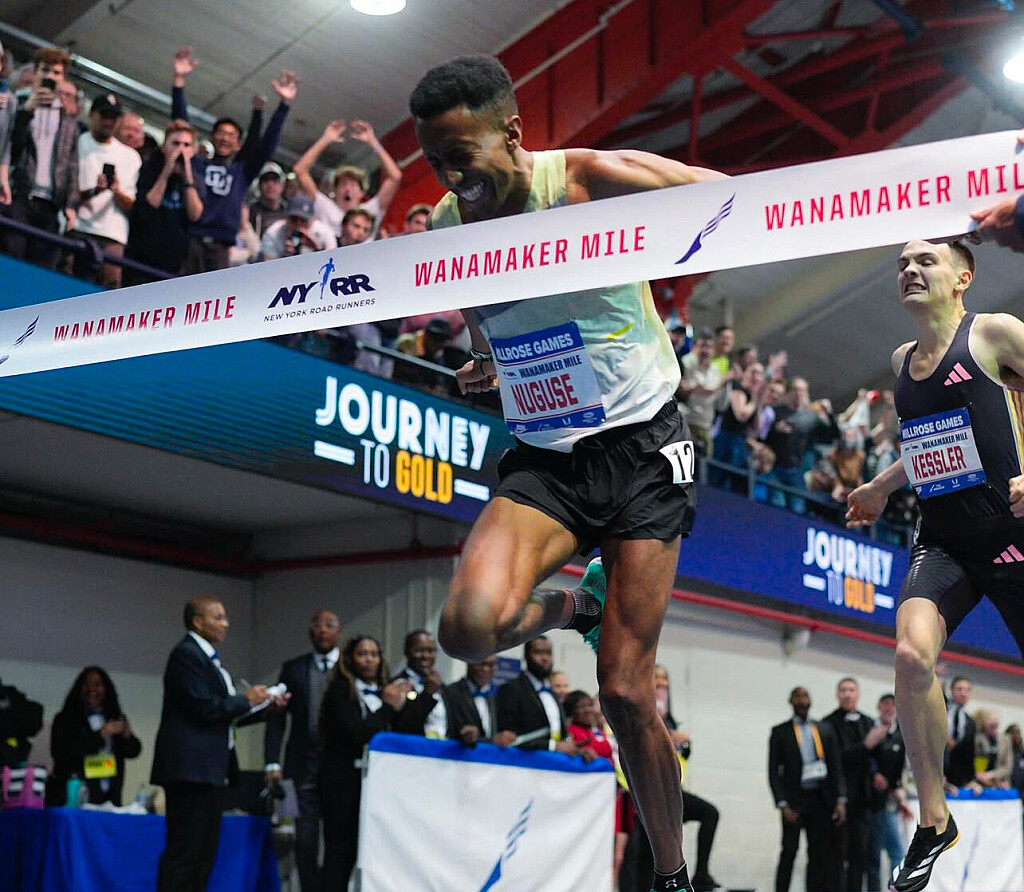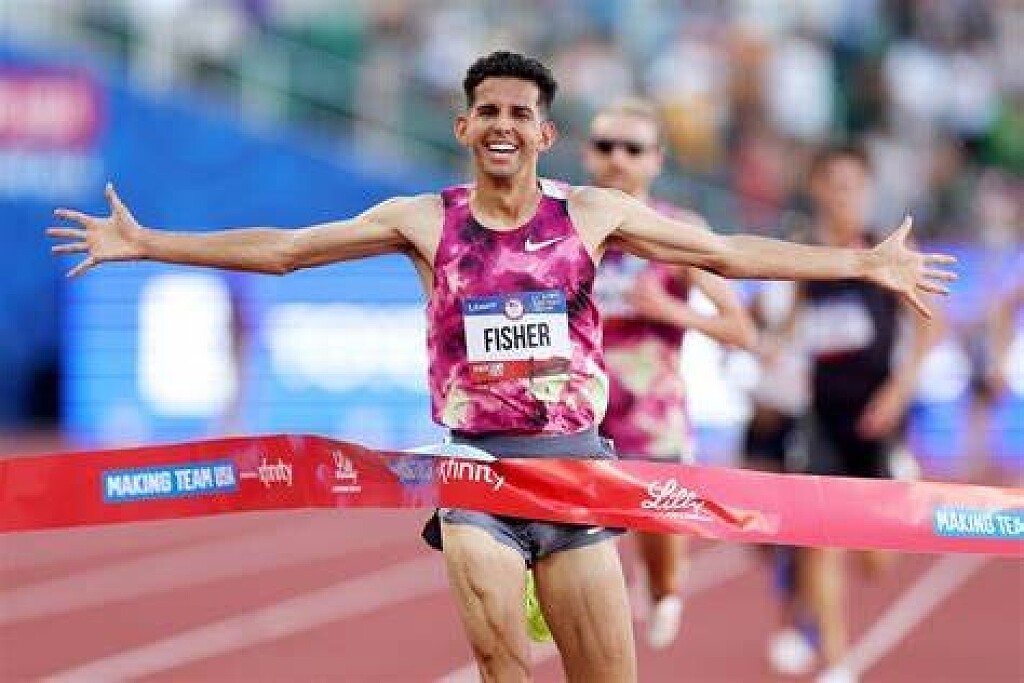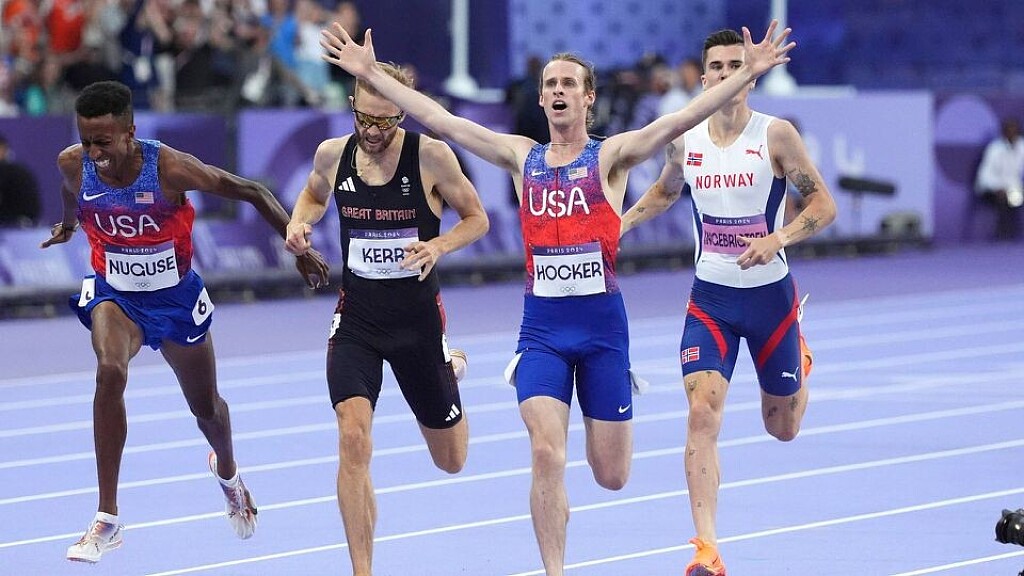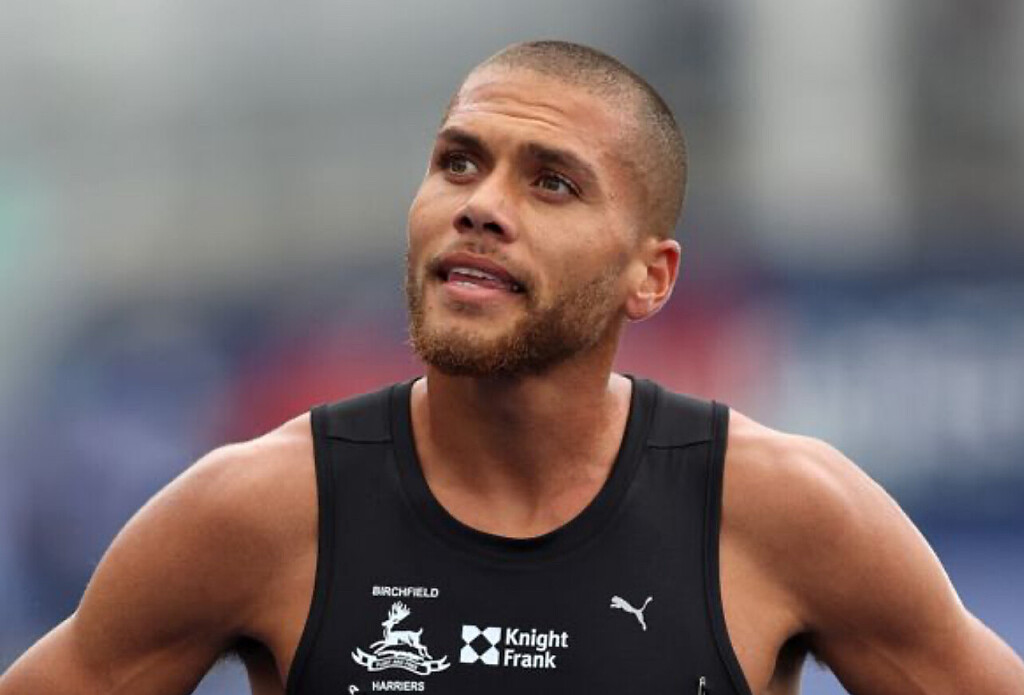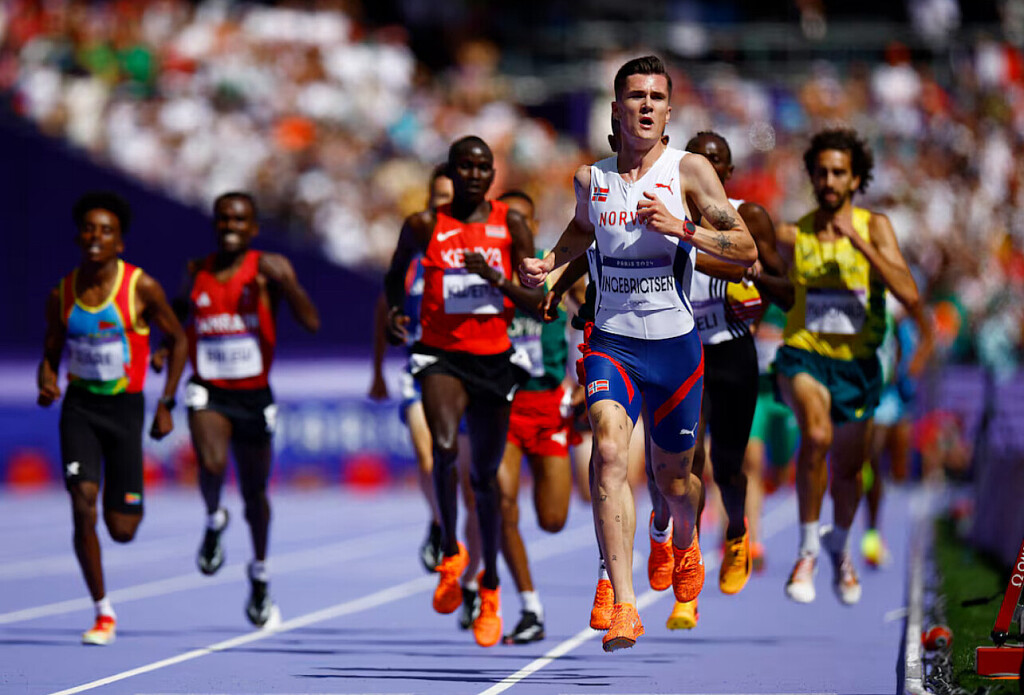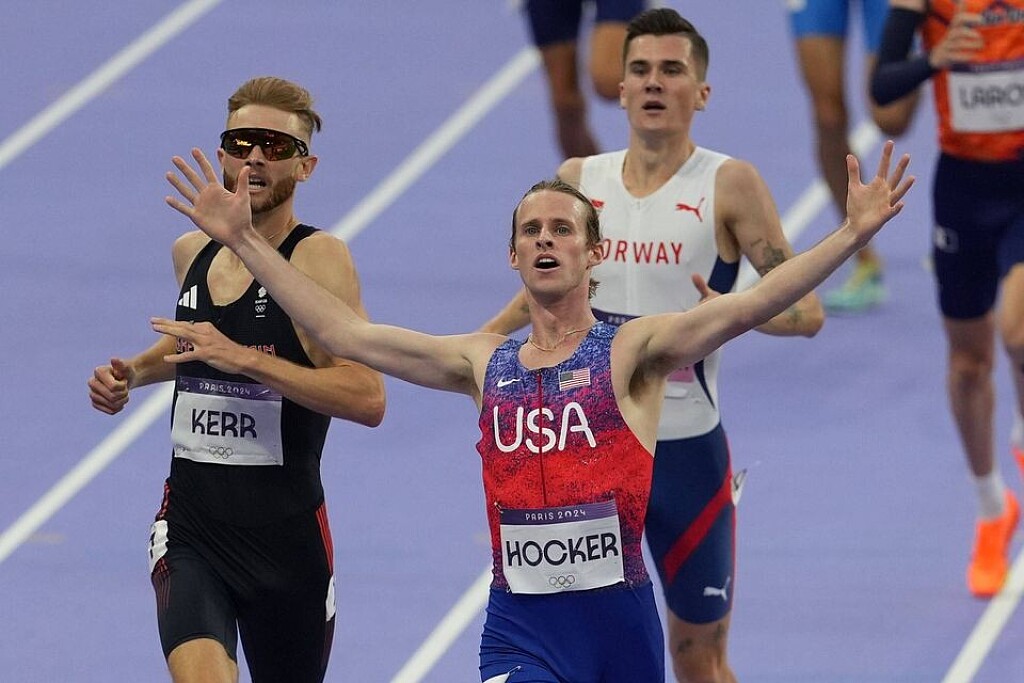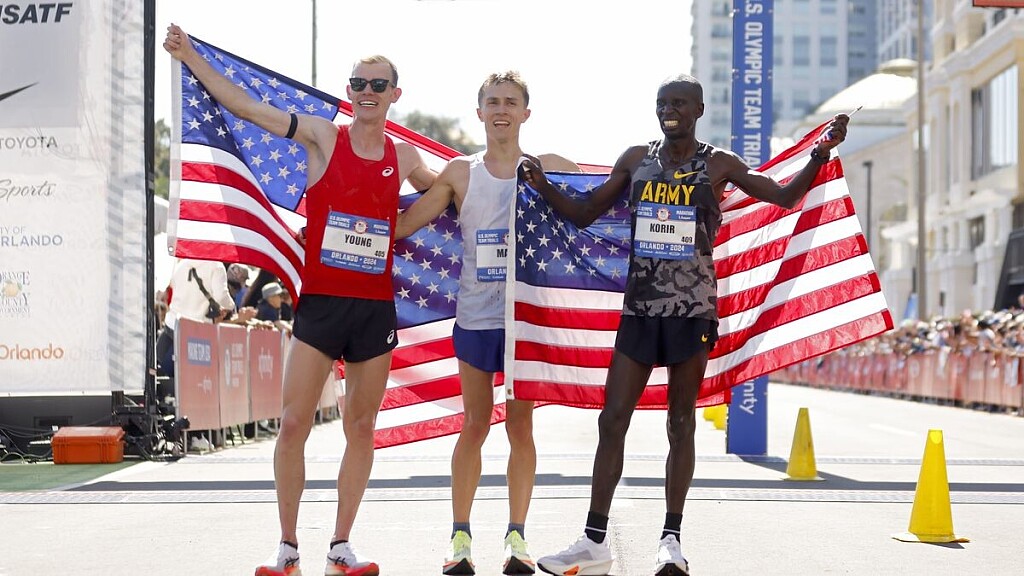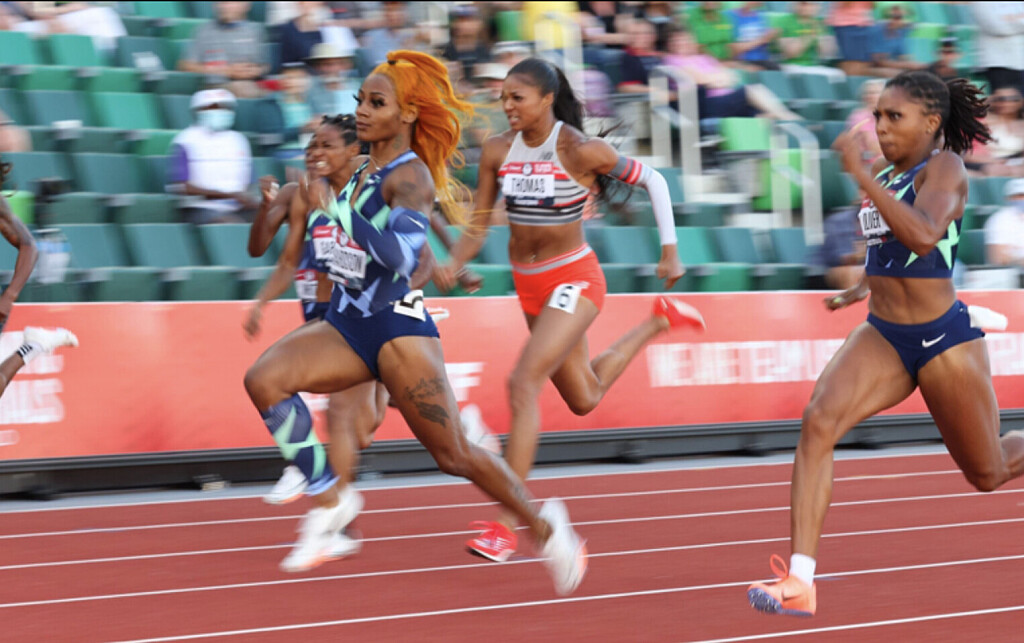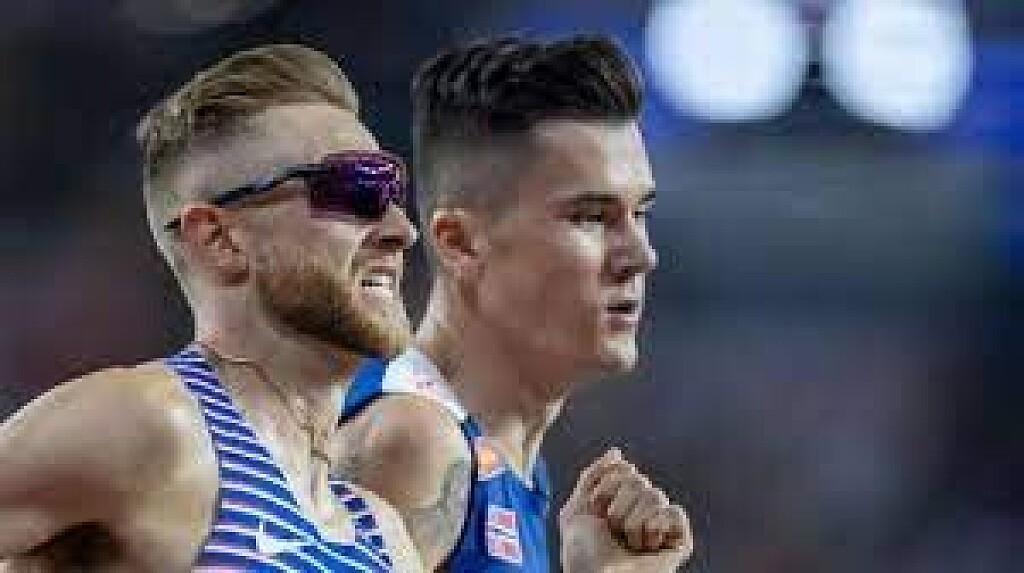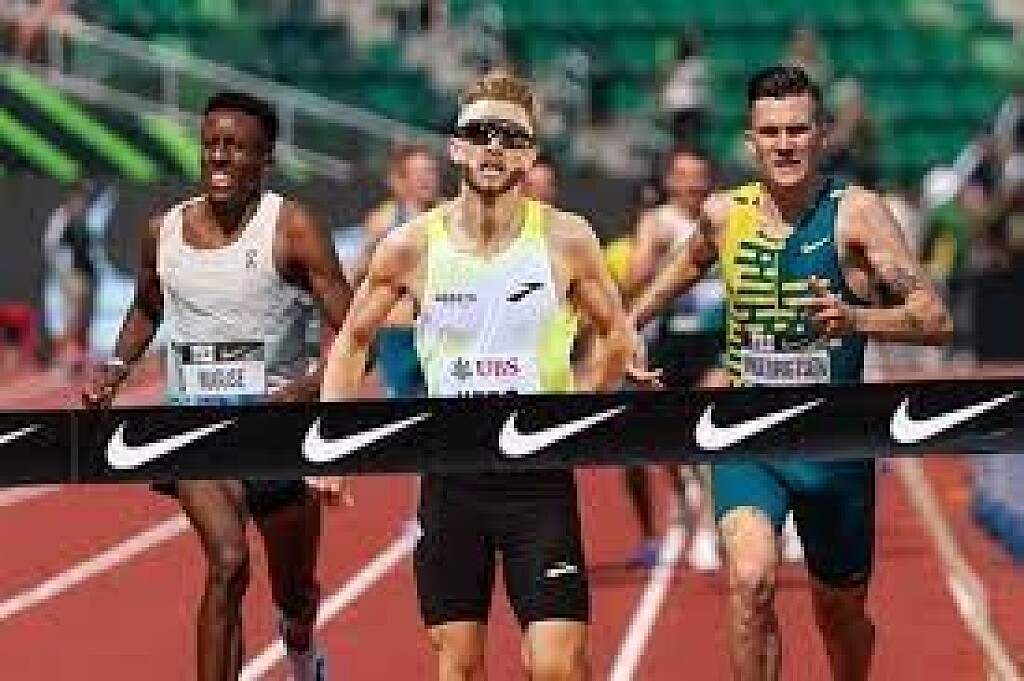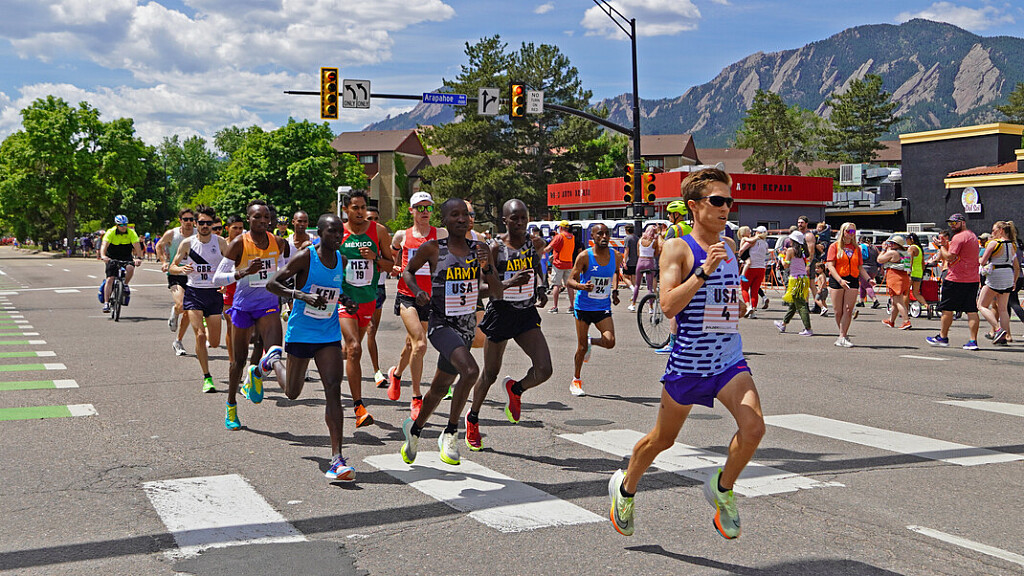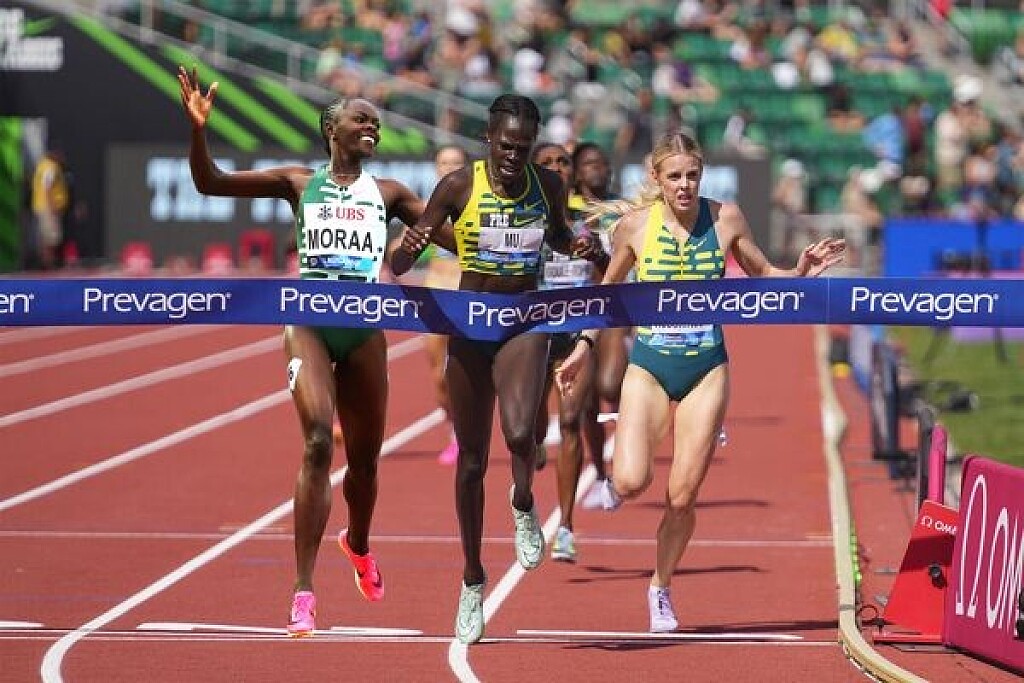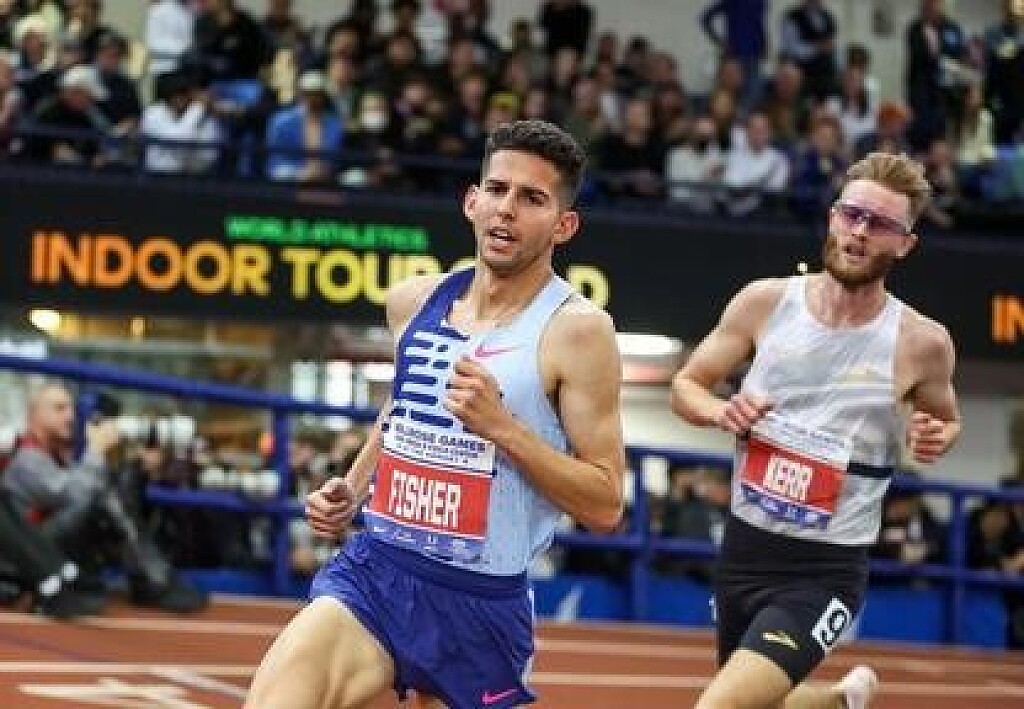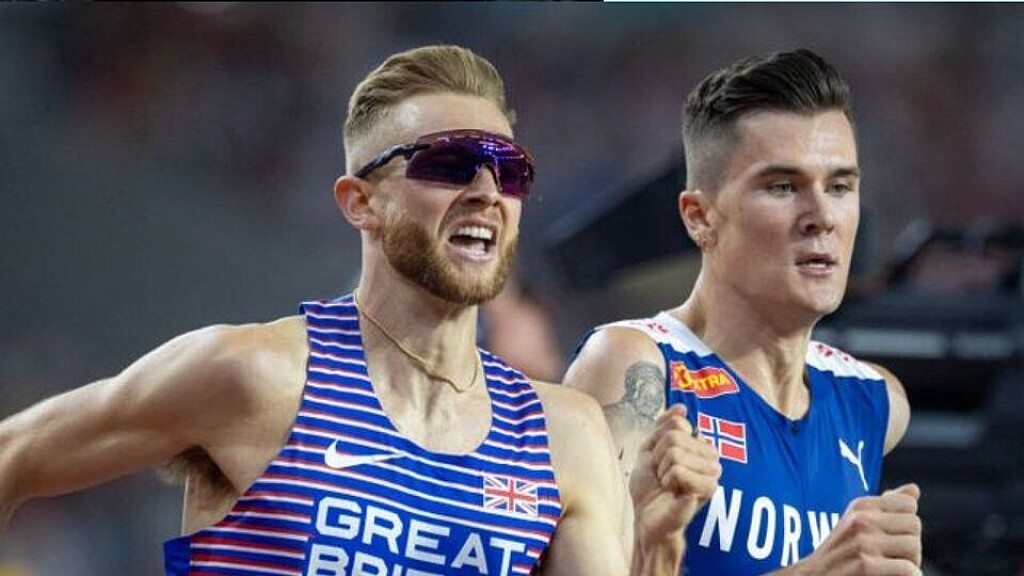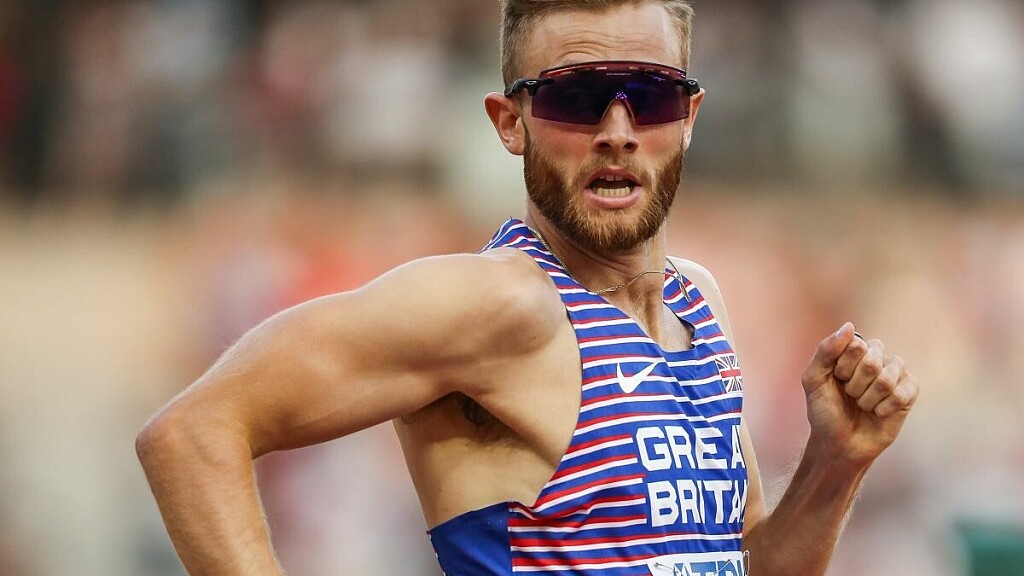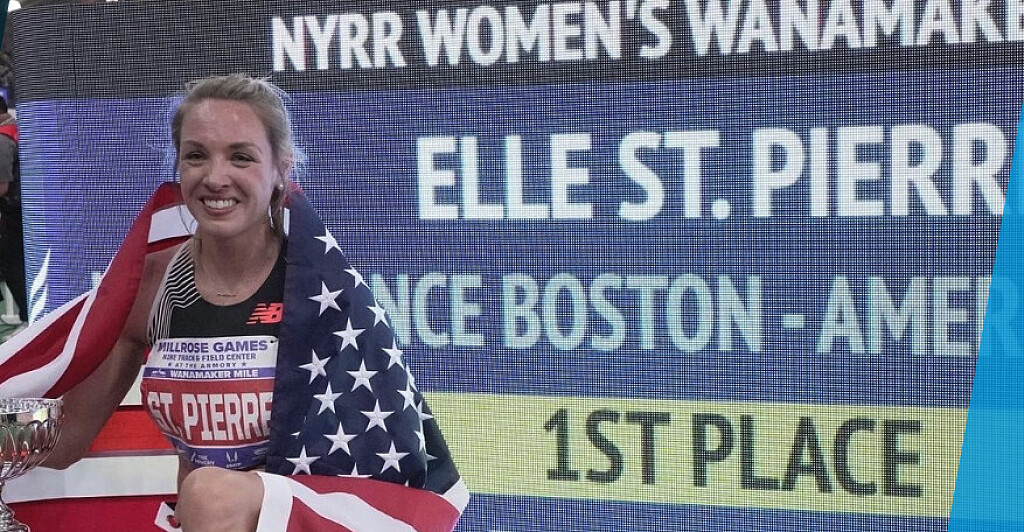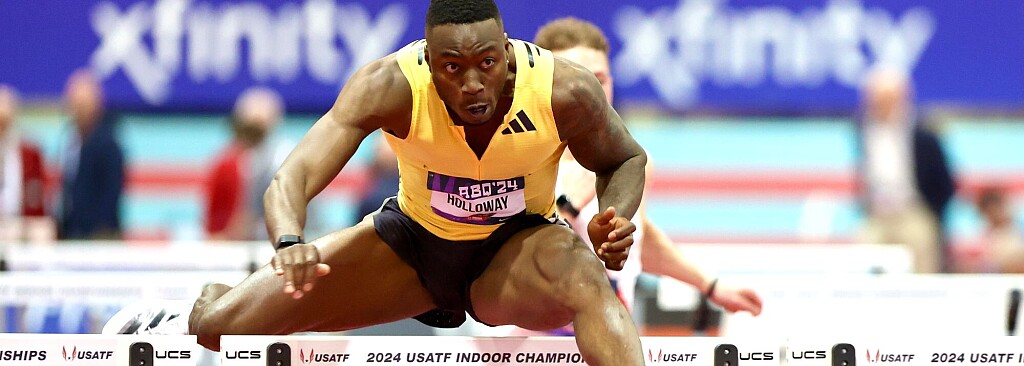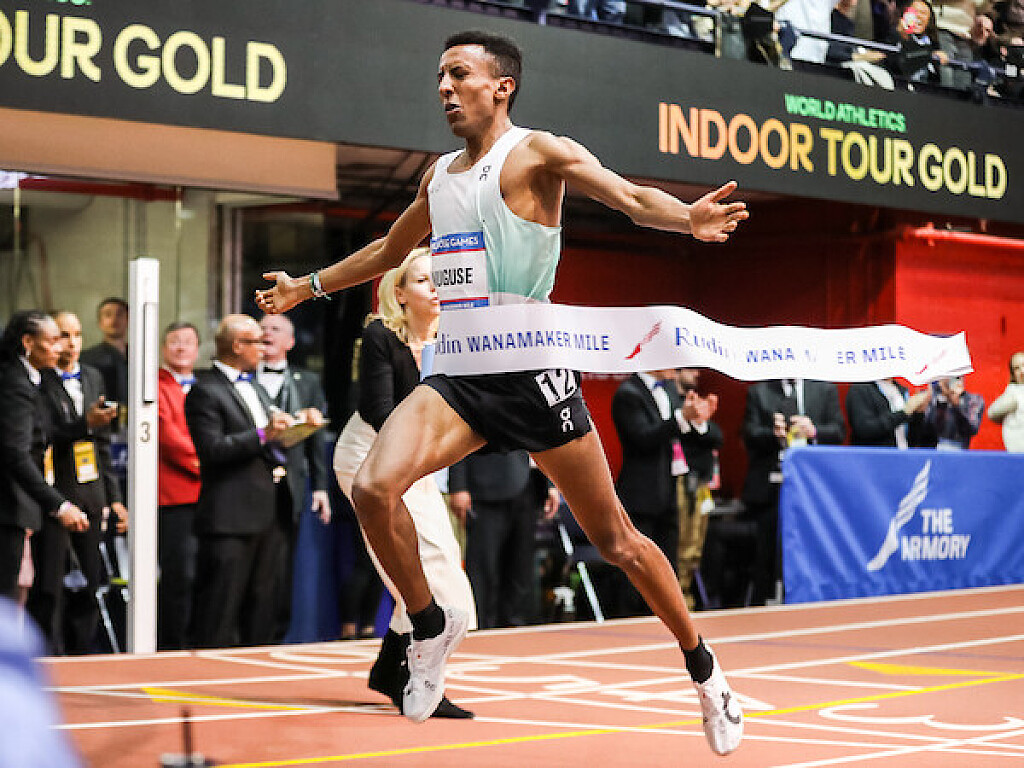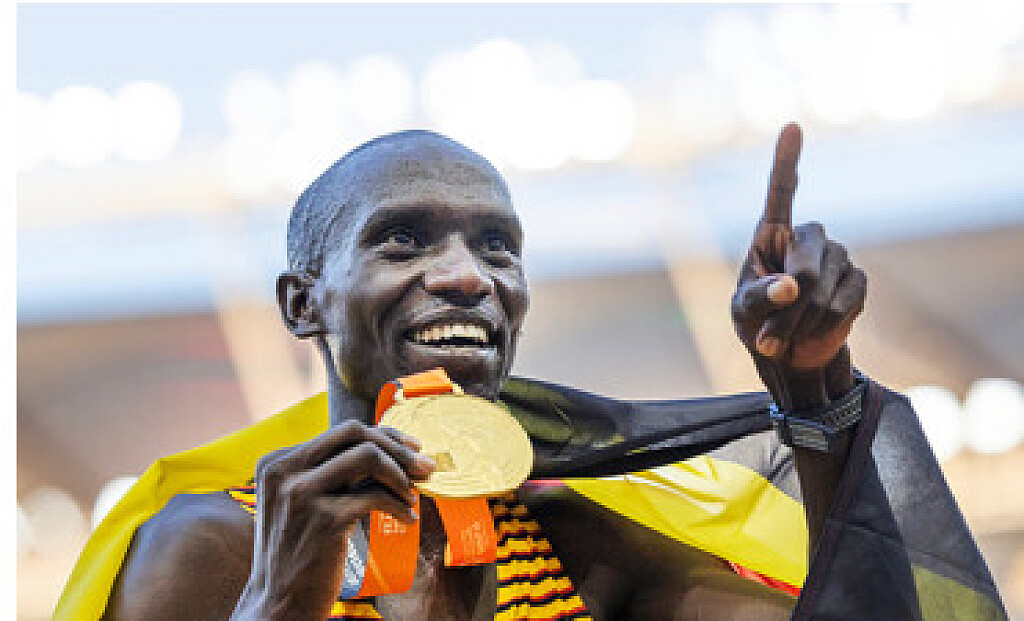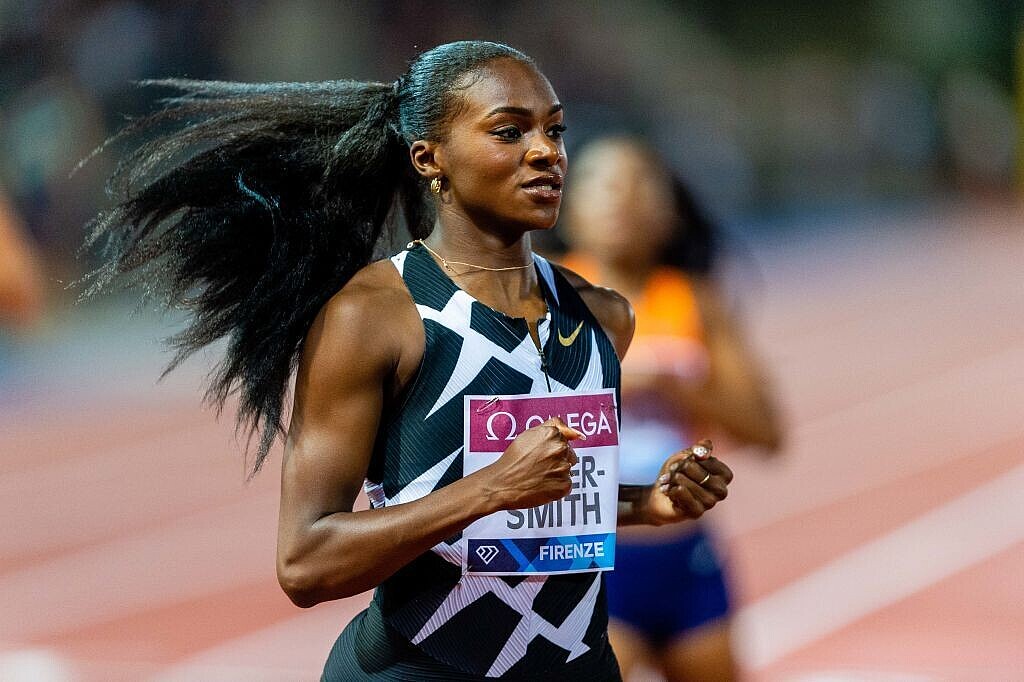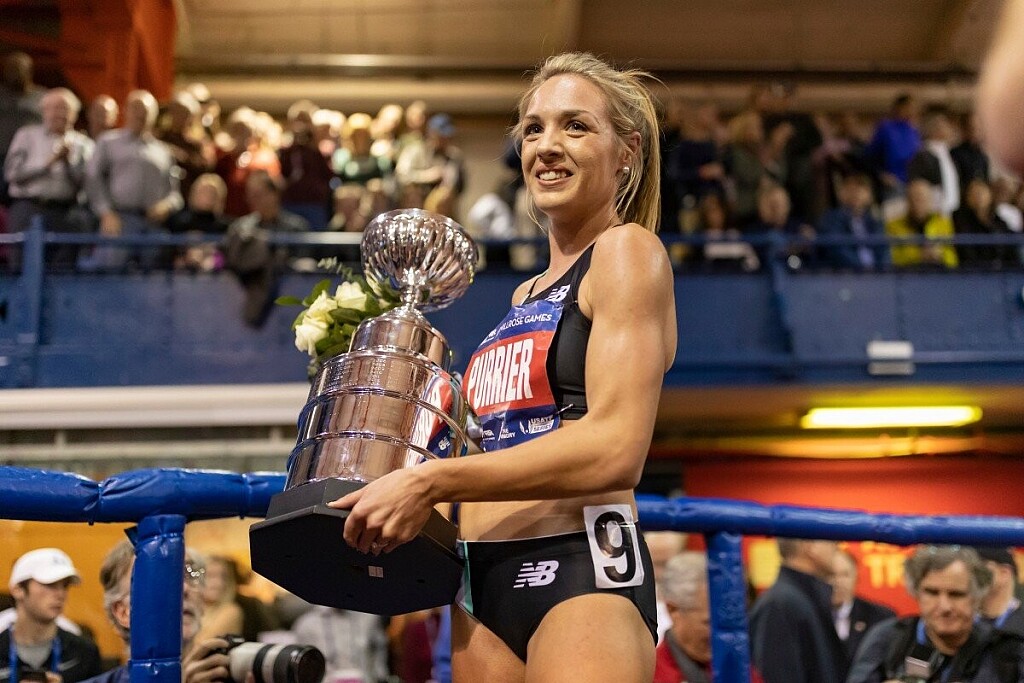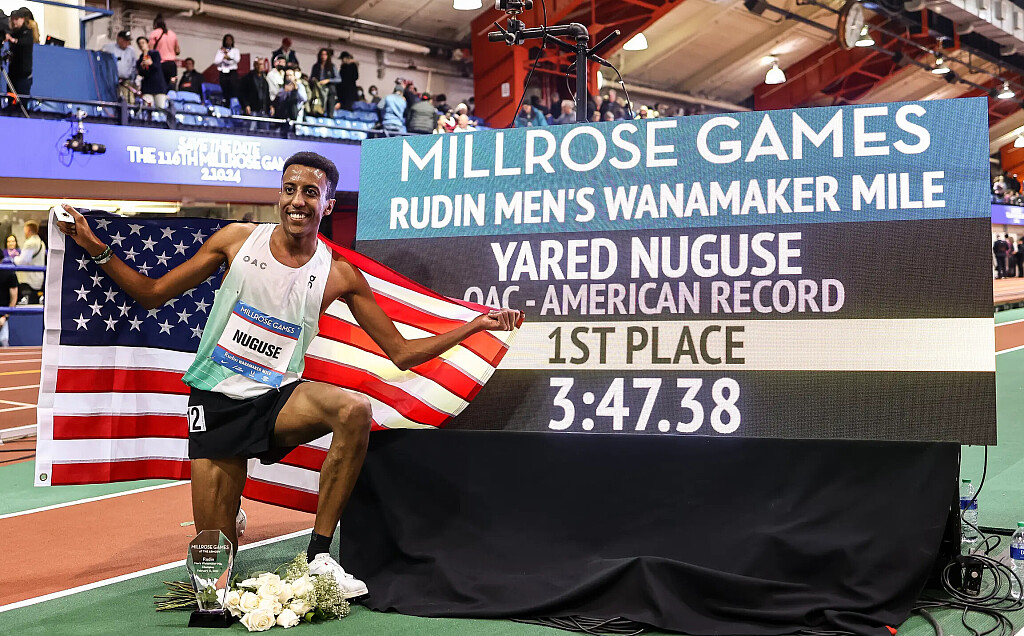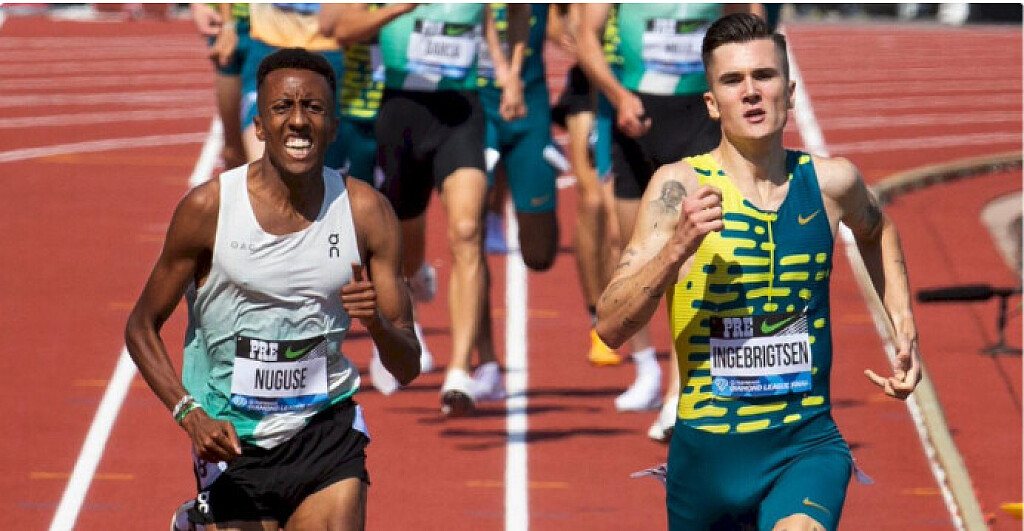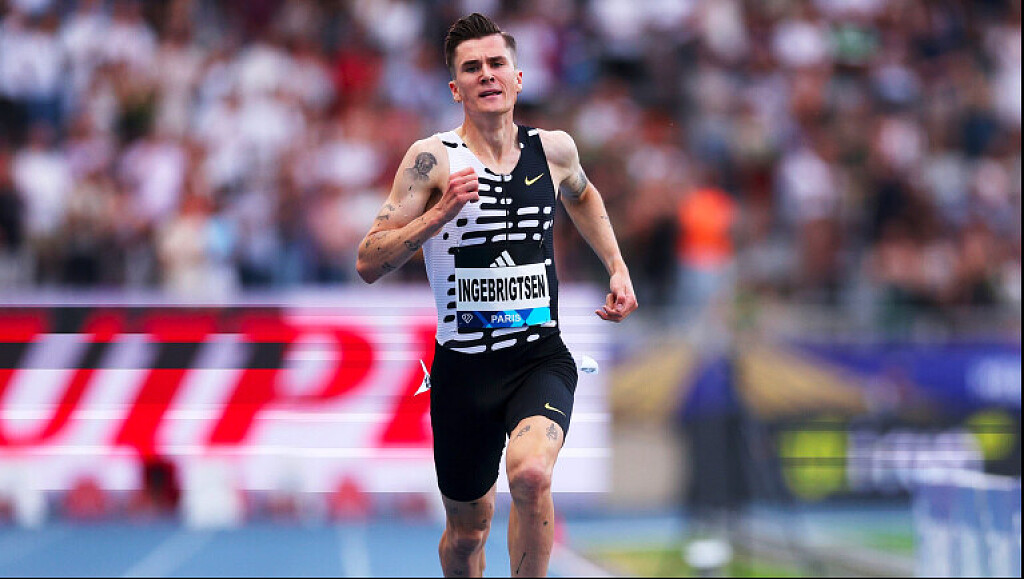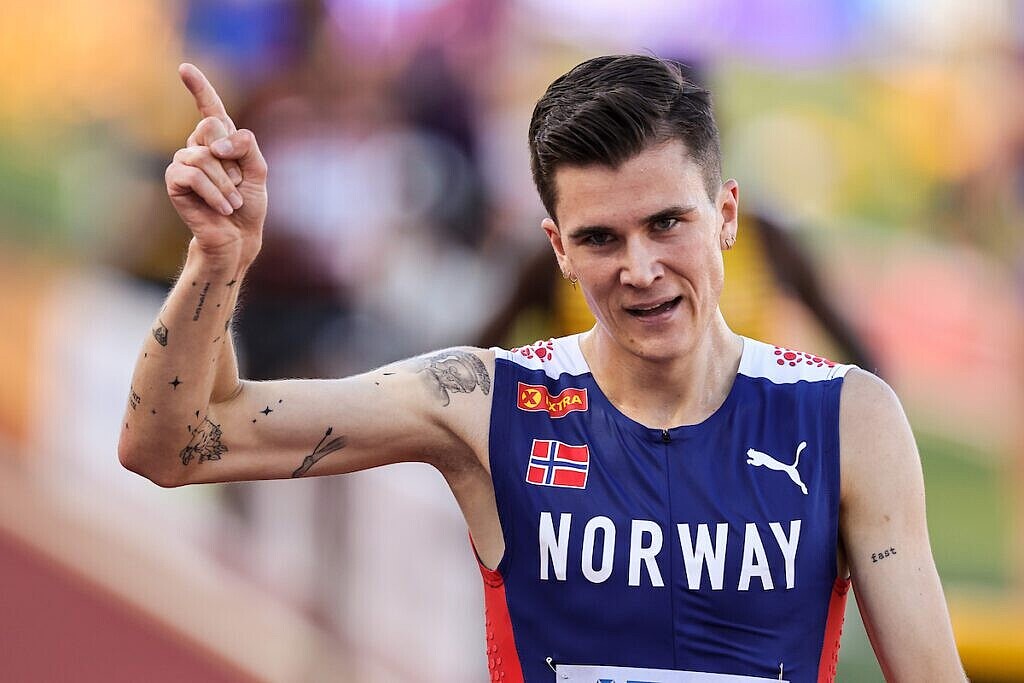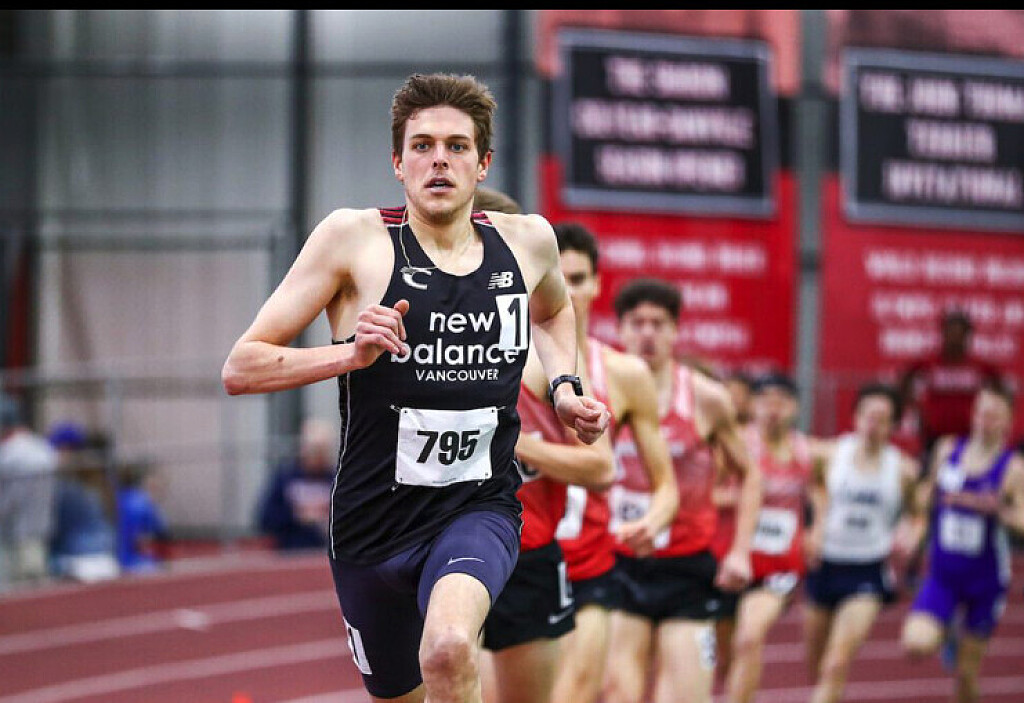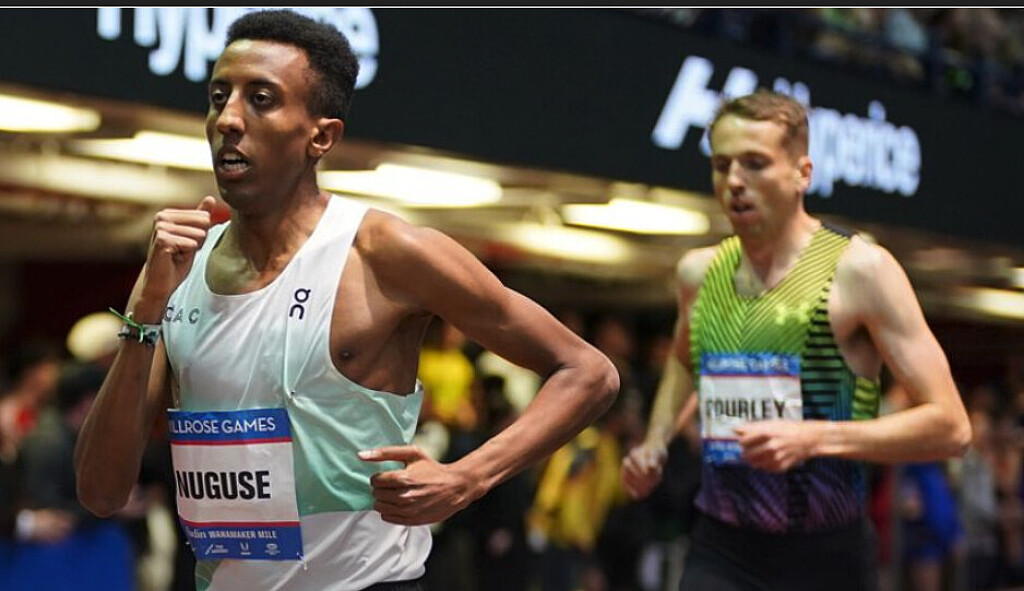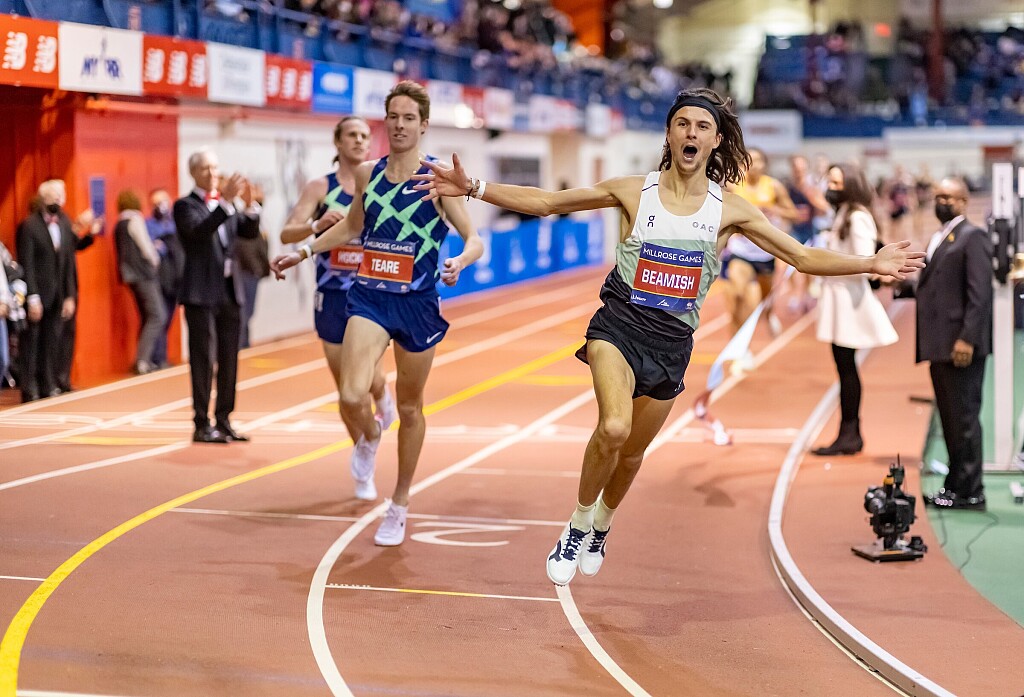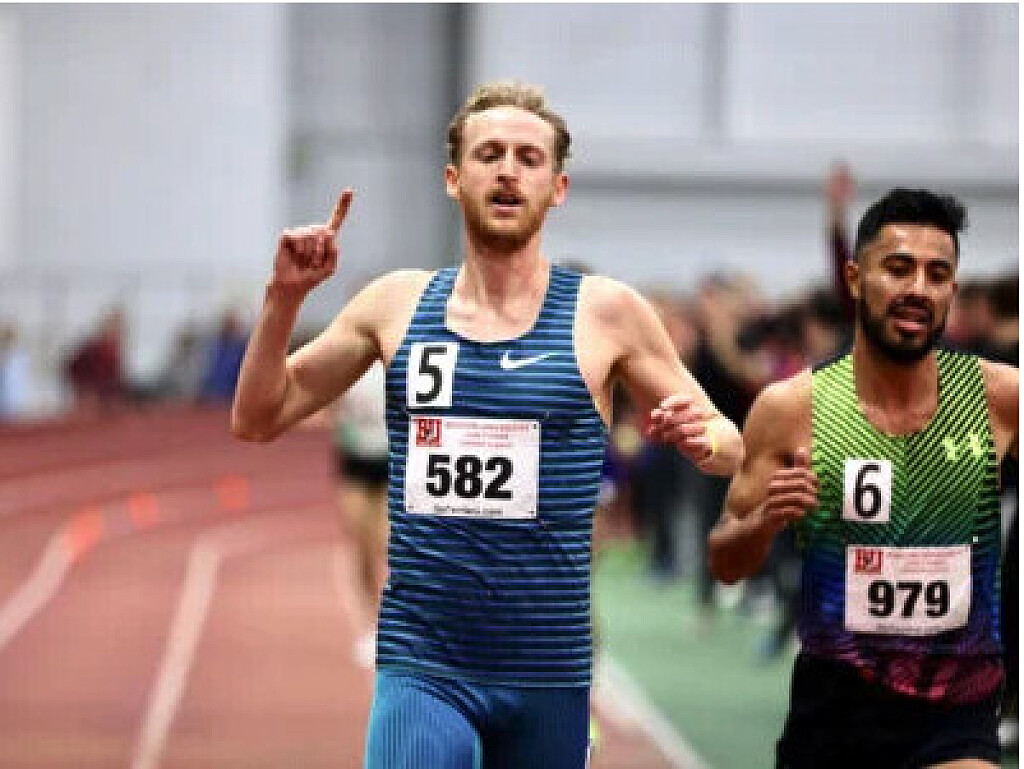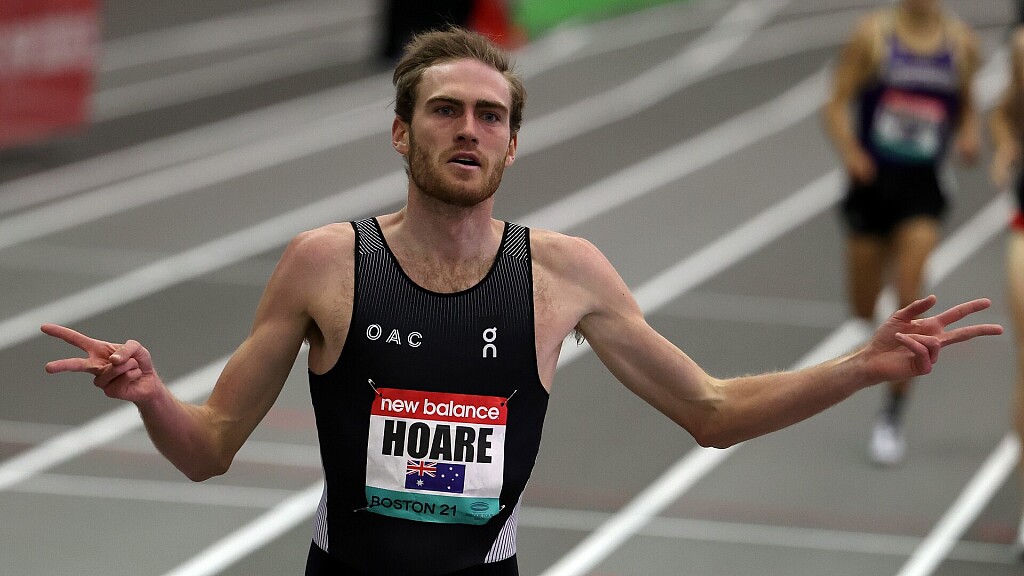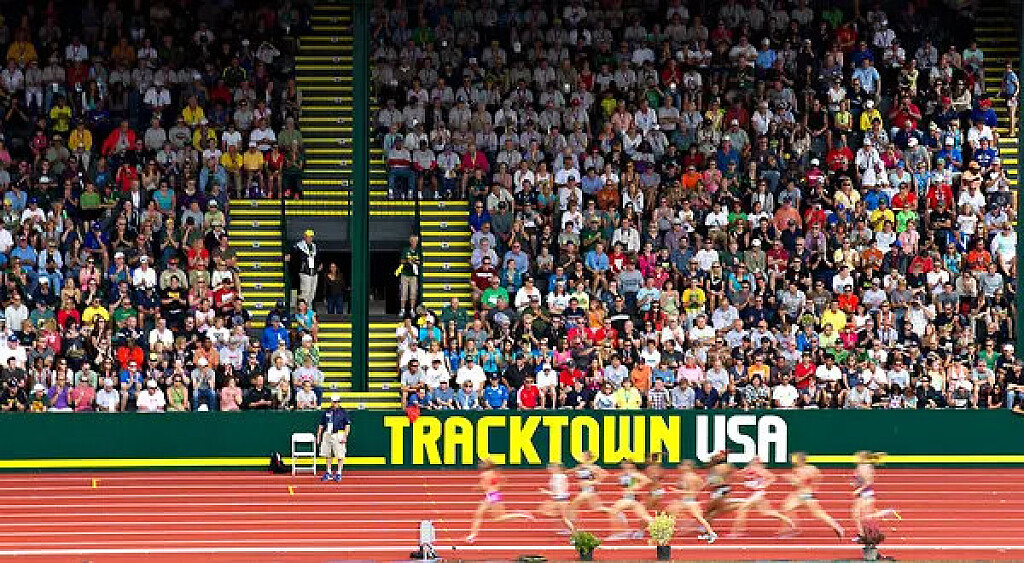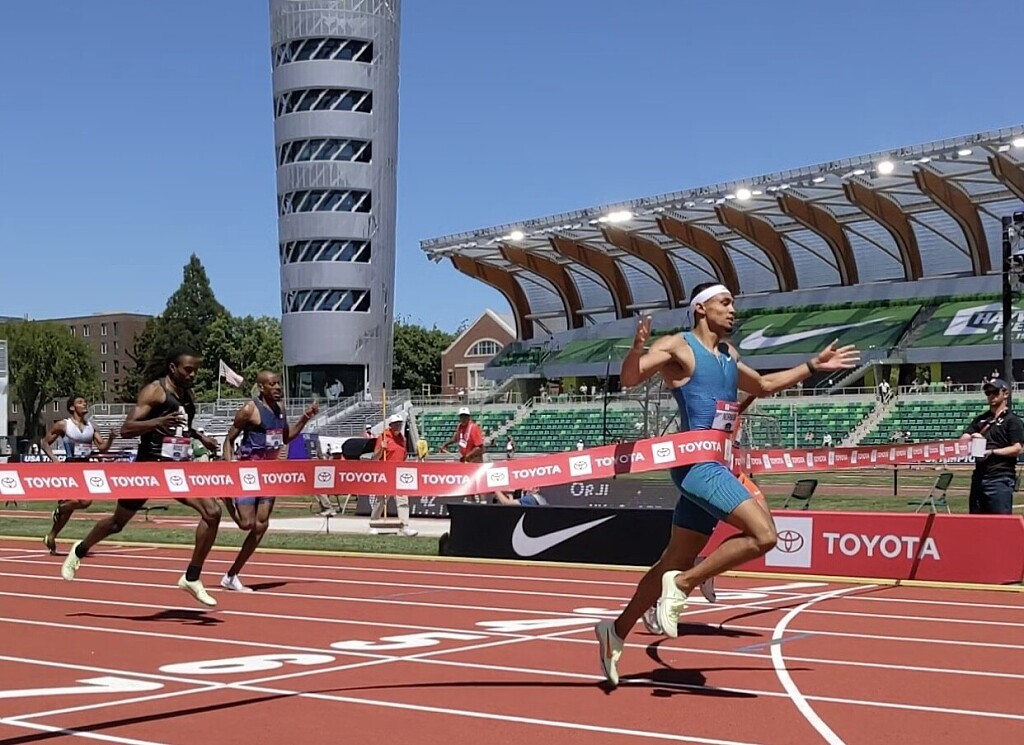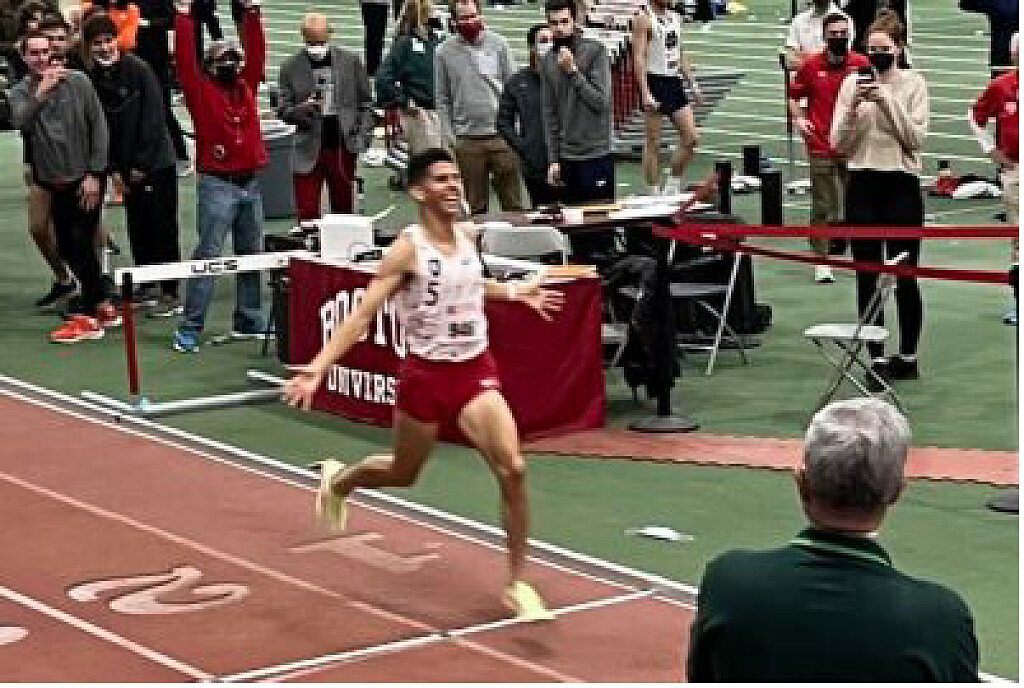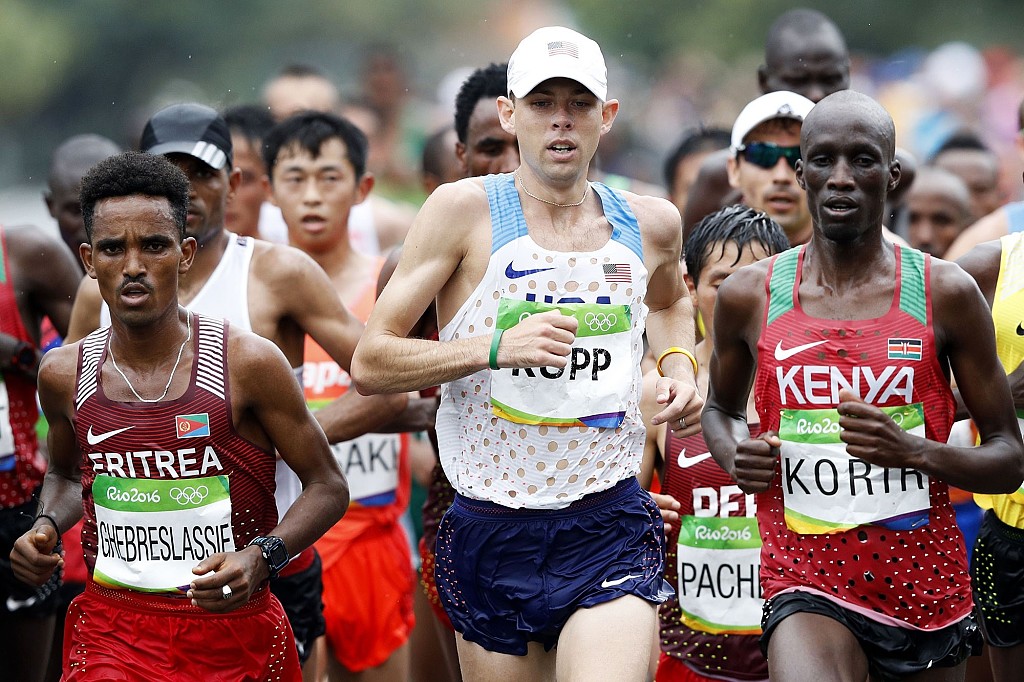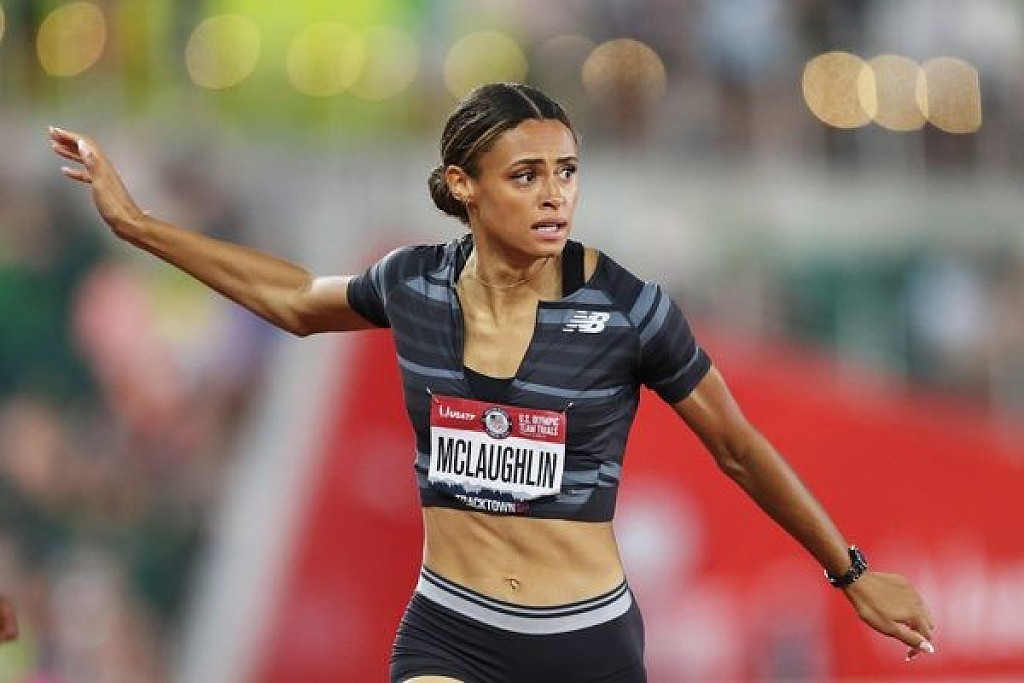Running News Daily
Running News Daily is edited by Bob Anderson. Send your news items to bob@mybestruns.com Advertising opportunities available. Train the Kenyan Way at KATA Kenya and Portugal owned and operated by Bob Anderson. Be sure to catch our movie A Long Run the movie KATA Running Camps and KATA Potato Farms - 31 now open in Kenya! https://kata.ke/
Index to Daily Posts · Sign Up For Updates · Run The World Feed
Articles tagged #Yared Nuguse
Today's Running News
Track’s Biggest Stars Return to Hayward Field for U.S. Championships
Eugene, Oregon – The stage is set for another electrifying weekend at iconic Hayward Field, as the Toyota U.S.A. Track & Field Outdoor Championships take place this Saturday and Sunday at 4 p.m. ET, airing live on NBC and Peacock.
Some of the sport’s biggest stars will be headlining the meet, including Sydney McLaughlin-Levrone and Noah Lyles, two of America’s premier track and field athletes.
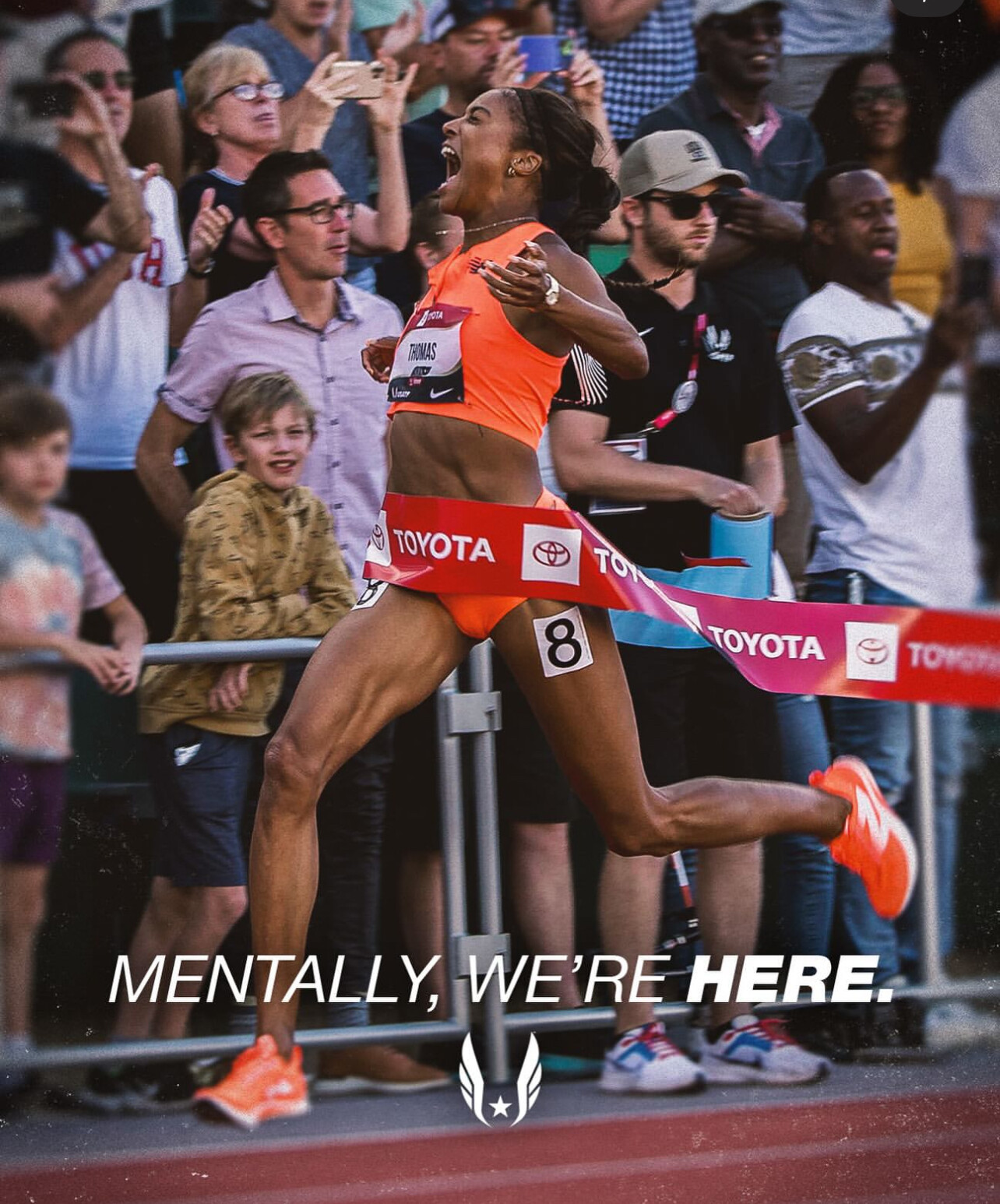
McLaughlin-Levrone, the reigning Olympic and World Champion in the 400m hurdles, is returning to the national spotlight after a strategic training and race schedule this season. Known for her graceful power and impeccable technique, Sydney has already redefined what’s possible in her event—shattering the world record multiple times. Fans are eager to see whether she’ll contest the 400m flat or return to the hurdles in Eugene.
On the men’s side, all eyes are on Noah Lyles, the reigning World Champion in the 100m and 200m. Lyles has made it clear he’s aiming for greatness this year, with both Olympic gold and world records on his radar. His recent performances on the Diamond League circuit suggest he’s peaking at the right time.
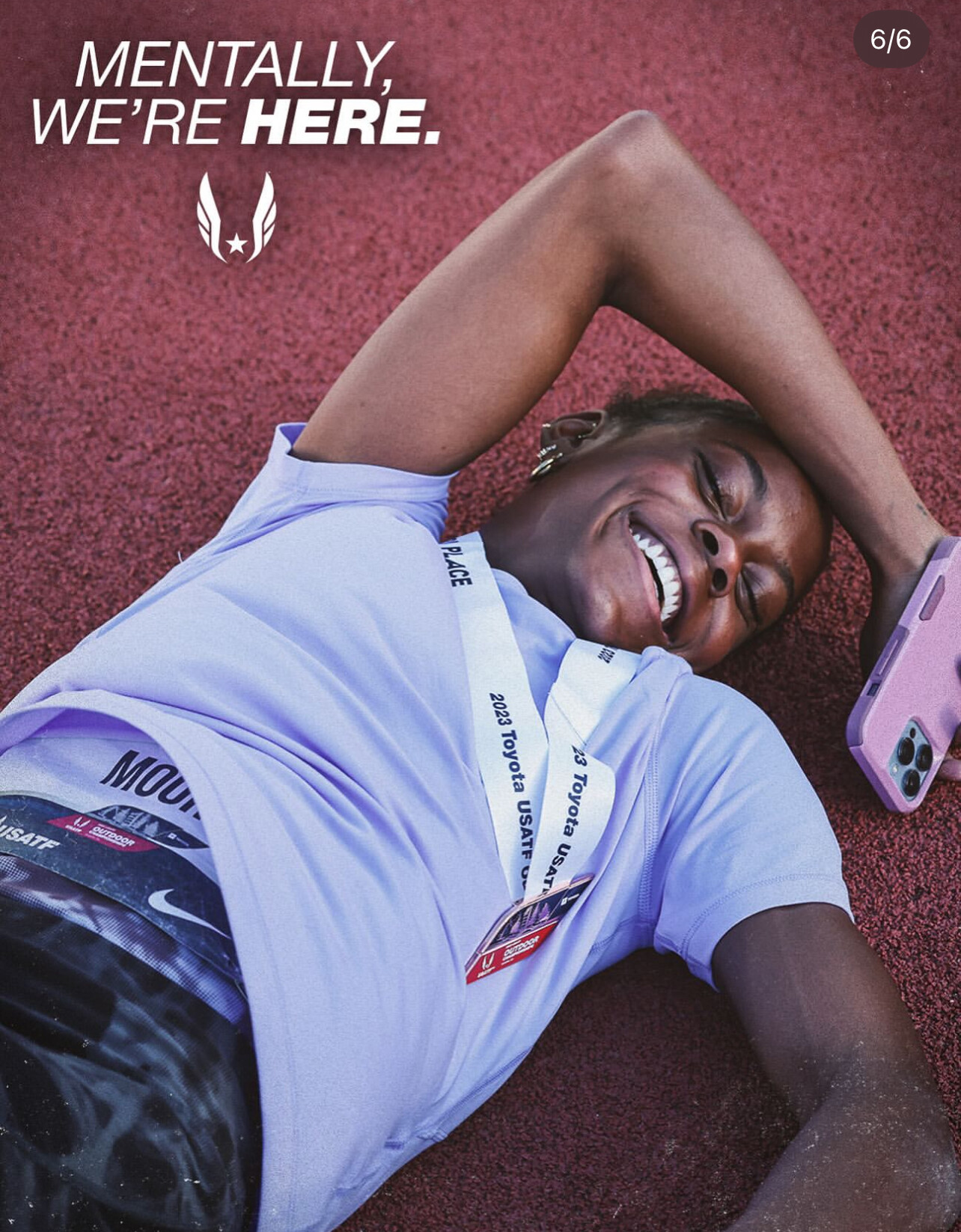
Distance Running Update: Eyes on the 1500m, 5000m, and 10,000m
The distance events promise fierce battles and major implications for Team USA selection.
In the men’s 1500m, all eyes will be on Yared Nuguse, who owns one of the fastest times in American history. He’ll be challenged by Cole Hocker, who famously stormed to an Olympic team spot in 2021, and NCAA standout Hobbs Kessler, who continues to climb the ranks.
The women’s 1500m will feature Nikki Hiltz, Emily Mackay, and Sinclaire Johnson, with Hiltz in standout form after their impressive road mile performances this season.
In the 5000m, American record holder Woody Kincaid will take on Grant Fisher, who’s back after injury and hungry to reclaim his place at the top. The women’s 5000m will include Elise Cranny, Karissa Schweizer, and Parker Valby, in what could be one of the most tactical races of the meet.
The 10,000m has already been contested earlier in the season, but the championship weekend will set the tone for the athletes’ final preparations ahead of international competition.
As always, Hayward Field brings the best out of American distance runners—expect fireworks as the fields chase not only titles, but Olympic dreams.
Catch the action live on NBC and Peacock.
Event: Toyota U.S.A. Track & Field Outdoor Championships
Location: Hayward Field, Eugene, Oregon
Broadcast: Saturday & Sunday at 4 p.m. ET on NBC & Peacock
by Boris Baron
Login to leave a comment
Is the King Really Back? Jakob Ingebrigtsen Sends a Silent Shockwave with One Reel
Just when the doubters were growing bold, Jakob Ingebrigtsen dropped a bombshell—without saying a word.
After months of uncertainty, Achilles rehab, and a string of absences from marquee meets like Oslo and the Prefontaine Classic, the Olympic champion and world record holder resurfaced not with a headline but with a treadmill video on Instagram. The caption? Just five words:
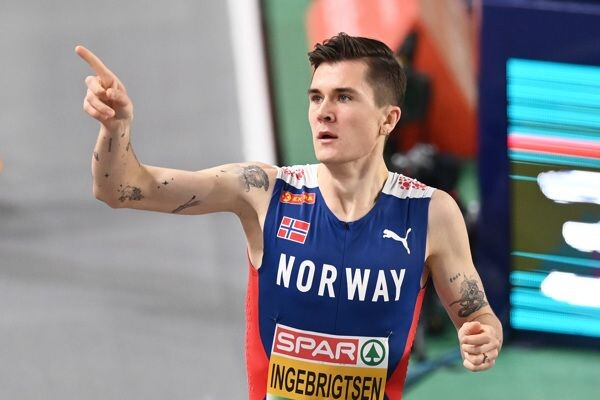
“Normal service has resumed ??.”
That was it. No interview. No press release. Just a smooth stride at full clip—and it was enough to send shockwaves through the sport.

Jakob, still only 23, hasn’t raced since winning the European Cross Country Championships last December. In May, he confirmed his withdrawal from the London Diamond League on July 20 due to lingering Achilles irritation. But now, with the 2025 World Championships in Tokyo looming, fans and rivals alike are decoding every frame of that 12-second clip. Was this just training? Or a warning shot?
The Comeback Equation

Jakob’s resume needs no embellishment:
Olympic 1500m champion (Tokyo 2021)
World 5000m champion (Paris 2023)
European record holder in the 1500m, mile, 3000m, and 5000m
World record holder in the 2000m and two miles
But since that shock defeat to Josh Kerr at the 2023 World Championships in Budapest—a tactical masterclass that broke Ingebrigtsen’s golden streak—Jakob has been unusually quiet. Injuries kept him from defending titles on the Diamond League circuit, while rivals like Kerr, Jake Wightman, and Yared Nuguse have stepped into the spotlight.
Now, that silence might be over.
Warning to Rivals?
The timing couldn’t be more dramatic. With Tokyo less than six weeks away, the treadmill reel could mark the start of Jakob’s final prep—if not for London, then for the Worlds. His message may have been short, but the implications are massive: he’s back in motion, the rhythm looks good, and if he toes the line in Tokyo, the narrative resets.
Rivals like Kerr, who’s coming off a strong win at the 2025 Bislett Games, won’t be underestimating him. Their rematch—if it happens—could be one of the defining moments of the championships.
Crown or Collision Course?
Is Jakob ready to reclaim his throne, or is he walking into the fiercest middle-distance rivalry we’ve seen in years? The answer is still unwritten—but one thing is clear:
Jakob Ingebrigtsen is not done. Not even close.
And now, the track world holds its breath.
by Boris Baron
Login to leave a comment
Niels Laros Stuns in Bowerman Mile, Edges Yared Nuguse by 0.01 Seconds
In one of the most electrifying finishes in recent mile history, 19-year-old Dutch phenom Niels Laros delivered a late-race surge to outkick American star Yared Nuguse, winning the Bowerman Mile at the Prefontaine Classic in an astonishing 3:45.94.
Nuguse, who looked in command entering the home stretch, clocked 3:45.95, just one-hundredth of a second behind the Dutch teenager. The dramatic showdown came down to the final 50 meters, where Laros unleashed a finishing kick that stunned fans and fellow competitors alike.
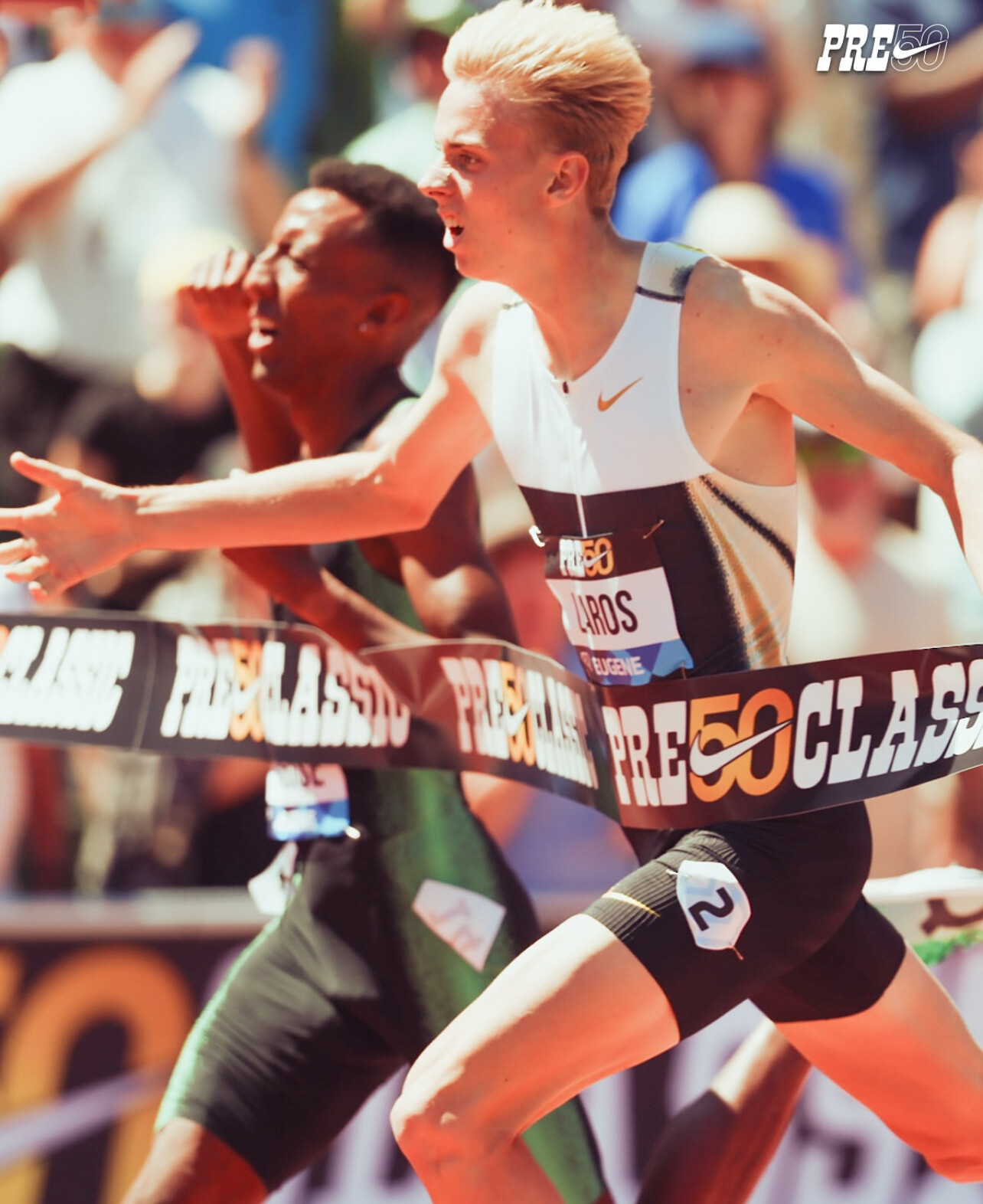
Third place went to Azzedine Habz of France, who crossed the line in 3:46.65.
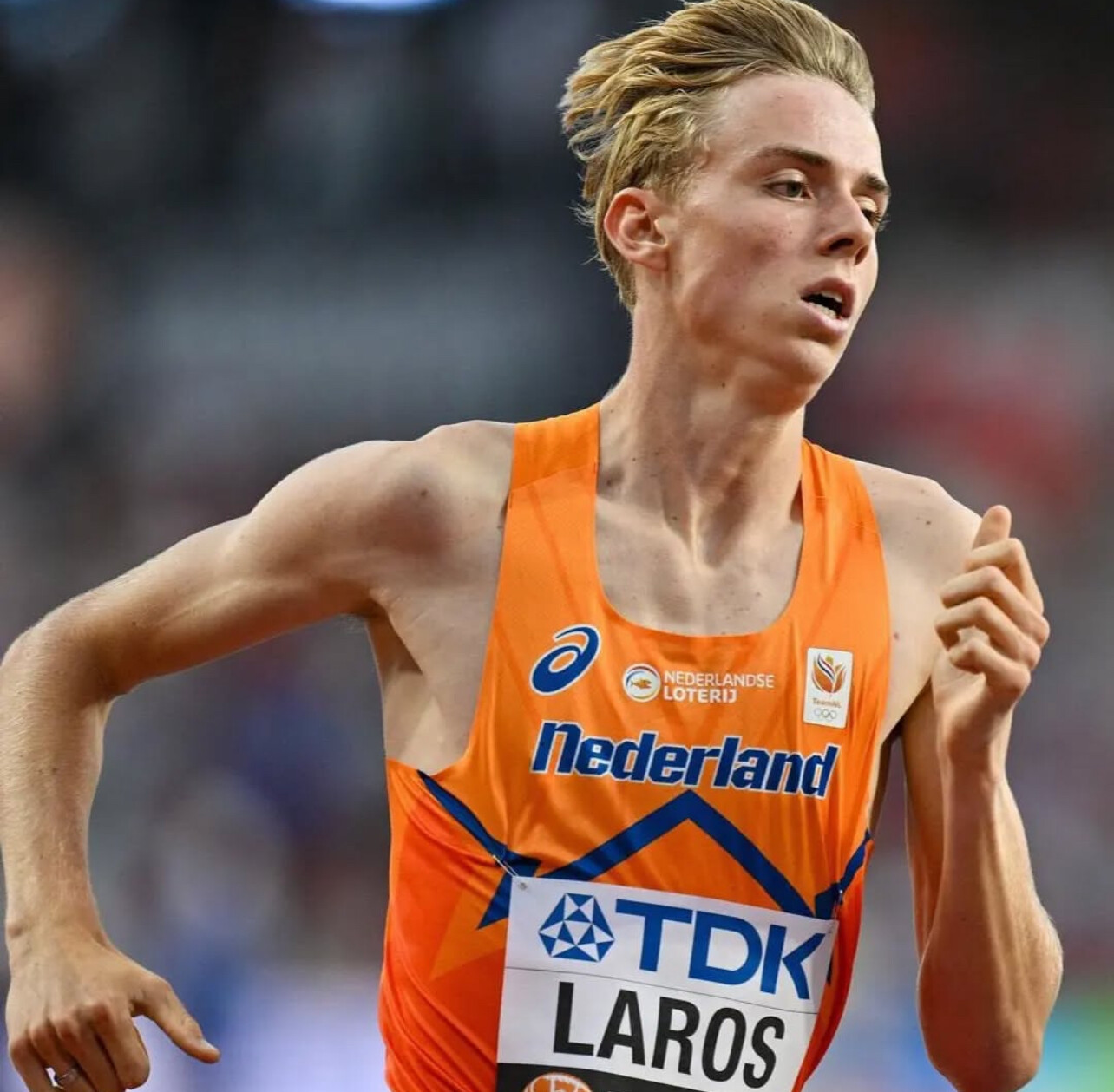
This result marks a major statement from Laros, already hailed as the future of European middle-distance running. His performance in Eugene solidifies his status as a major contender on the global stage heading into the Paris Olympics.
The Prefontaine Classic continues to be a magnet for world-class mile showdowns, and this edition did not disappoint. For Laros, this victory will be remembered not only for the time, but for the thrilling fashion in which it was secured.
Top 3 Results – Bowerman Mile
• ? Niels Laros (NED) – 3:45.94
• ? Yared Nuguse (USA) – 3:45.95
• ? Azzedine Habz (FRA) – 3:46.65
by Boris Baron
Login to leave a comment
Emmanuel Wanyonyi Is Redefining Middle-Distance Greatness at Just 20
At just 20 years old, Emmanuel Wanyonyi has emerged as one of the most electrifying talents in middle-distance running. From humble beginnings herding cattle in Kenya’s Trans-Nzoia County to Olympic gold in Paris, Wanyonyi’s rise has been nothing short of extraordinary—and 2025 is shaping up to be his most dominant season yet.
A Champion’s Origin
Born on August 1, 2004, Wanyonyi’s athletic journey began far from stadiums and stopwatches. He left school at age 10 to help support his family, working as a cattle herder. But fate intervened when a local teacher recognized his talent and encouraged him to return to school—and to running.
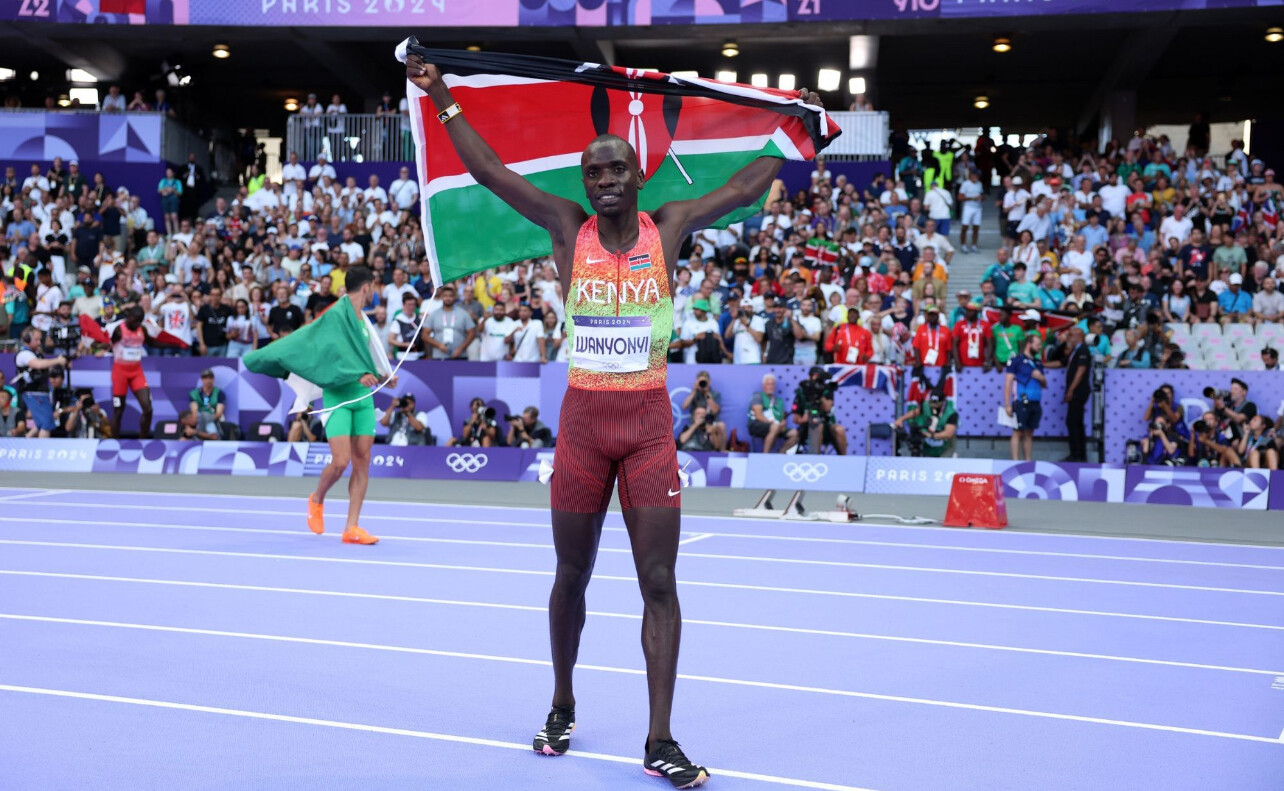
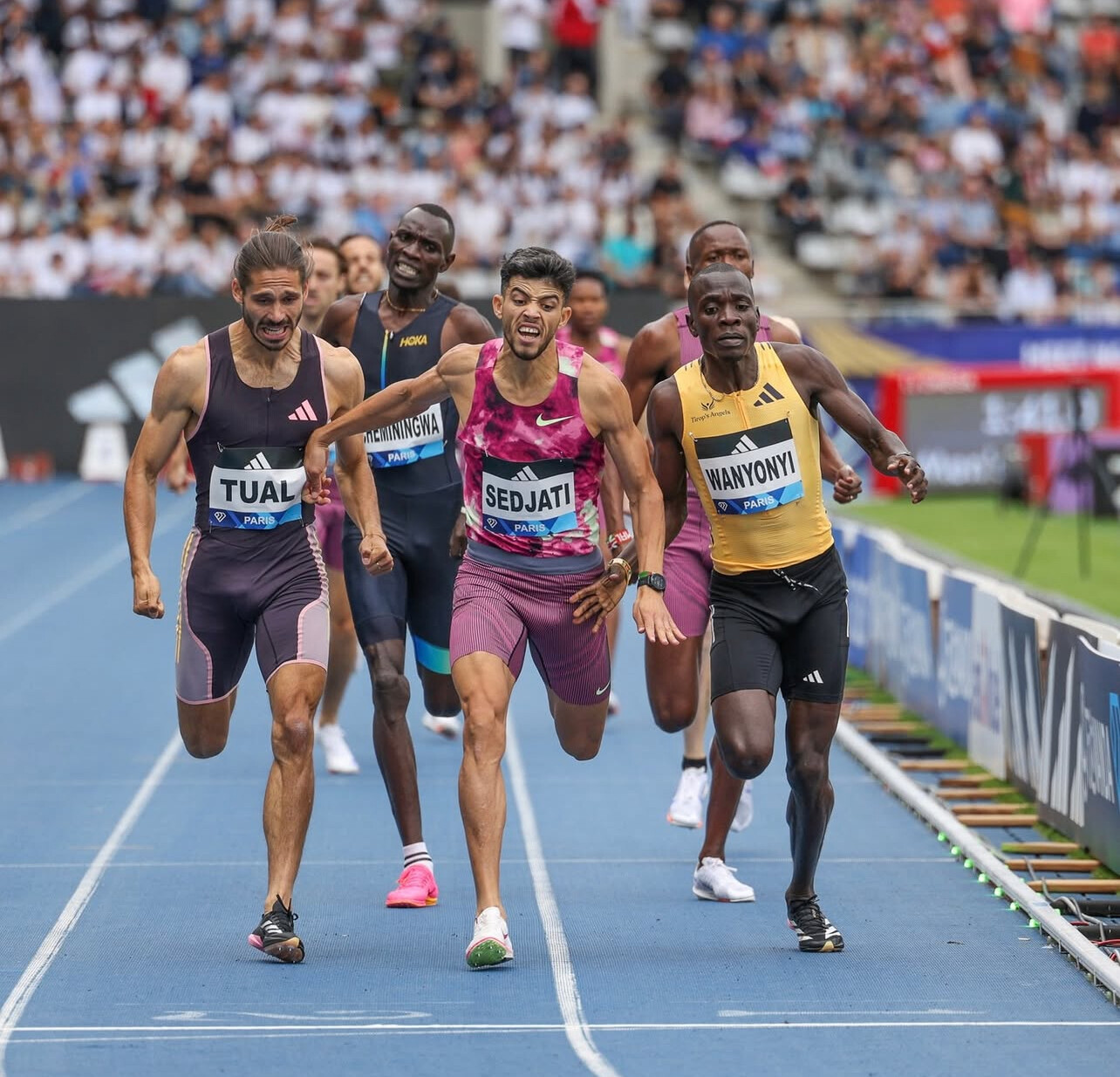
Mentored by 2007 world 800m champion Janeth Jepkosgei and coached by Claudio Berardelli, Wanyonyi made his international debut in style. At the 2021 World U20 Championships, he won the 800m in a championship record time of 1:43.76.
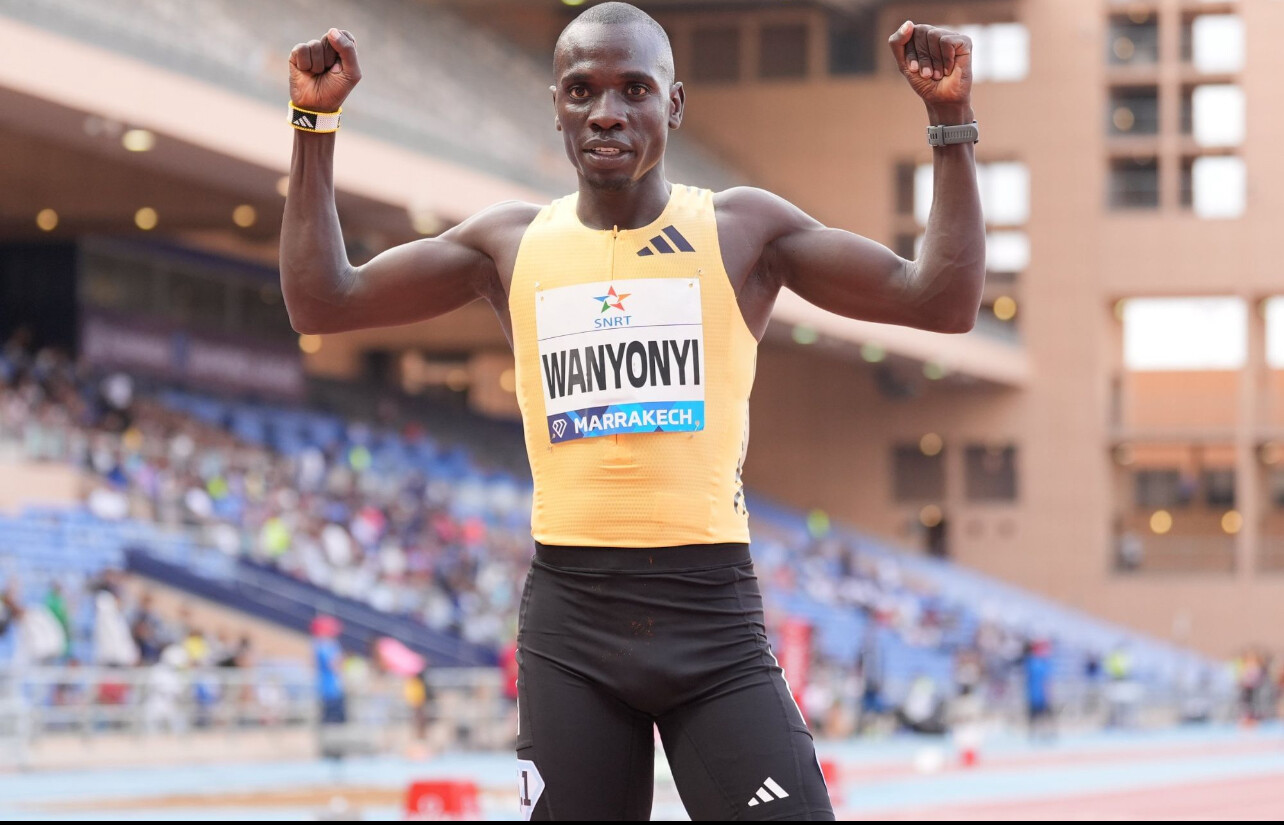
Since then, he has steadily climbed the ranks, placing fourth at the 2022 World Championships, winning silver in 2023, and claiming the ultimate prize—Olympic gold in the 800m at Paris 2024. His time of 1:41.19 was not only a personal best but also the third-fastest in history.
A New Level in 2025
Wanyonyi has wasted no time building on his Olympic success. At the Grand Slam Track event in Kingston this April, he stunned the field in the 1500m, taking down a world-class lineup that included Olympic medalists Josh Kerr, Cole Hocker, and Yared Nuguse. His time of 3:35.18 secured victory and confirmed his elite range beyond the 800m.
The next day, he returned to the track and finished second in the 800m, narrowly beaten by world champion Marco Arop. Wanyonyi’s combined performance earned him the men’s short-distance Slam Champion title and a $100,000 prize.
Just days later, he returned to the top step of the podium at the Adizero Road to Records event in Germany. Running the road mile, he clocked 3:52.45—his fastest time yet and the third-fastest road mile in history.
What’s Next
Wanyonyi’s next major test will come at the Stockholm Diamond League on June 15, where he’s slated to race the 800m against top international competition, including Djamel Sedjati and Gabriel Tual.
His official 800m personal best is 1:41.11, tied for the second-fastest mark ever alongside Wilson Kipketer. Only David Rudisha has run faster.
With his combination of tactical intelligence, powerful finishing speed, and increasing range, Wanyonyi is not just a rising star—he’s a generational talent already reshaping the middle-distance landscape.
Keep an eye on him. Emmanuel Wanyonyi isn’t just running races—he’s rewriting history.
by Boris Baron
Login to leave a comment
Faith Kipyegon and Jakob Ingebrigtsen Headline Historic 2025 Pre Classic
The 50th edition of the Prefontaine Classic, set for July 5 at Hayward Field in Eugene, Oregon, promises to be one of the most exciting track meets of the year. Headlining the event is three-time Olympic gold medalist Faith Kipyegon, who returns to the Pre Classic in search of her seventh career victory in the women’s 1500m.
Kipyegon, the world record holder in both the 1500m (3:49.04) and the mile (4:07.64), shattered the 1500m mark in Paris on July 7, 2024. Now, nearly a year later, she’ll look to reassert her dominance in front of a packed crowd at one of the sport’s most prestigious meets.
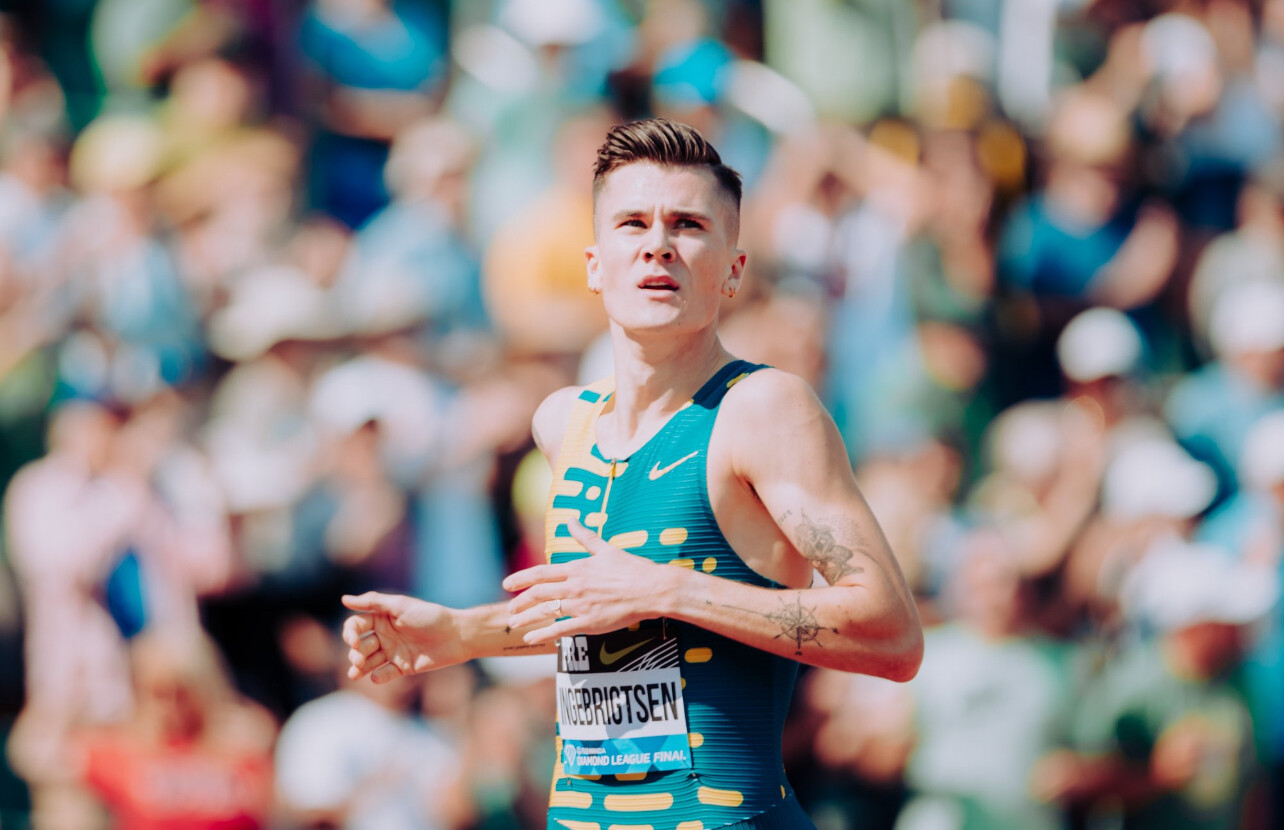
Joining Kipyegon in the 1500m are her fellow 2024 Olympic medalists—silver medalist Jessica Hull of Australia and bronze medalist Georgia Bell of Great Britain. Hull, a former University of Oregon standout, also holds the current world record in the 2000m.
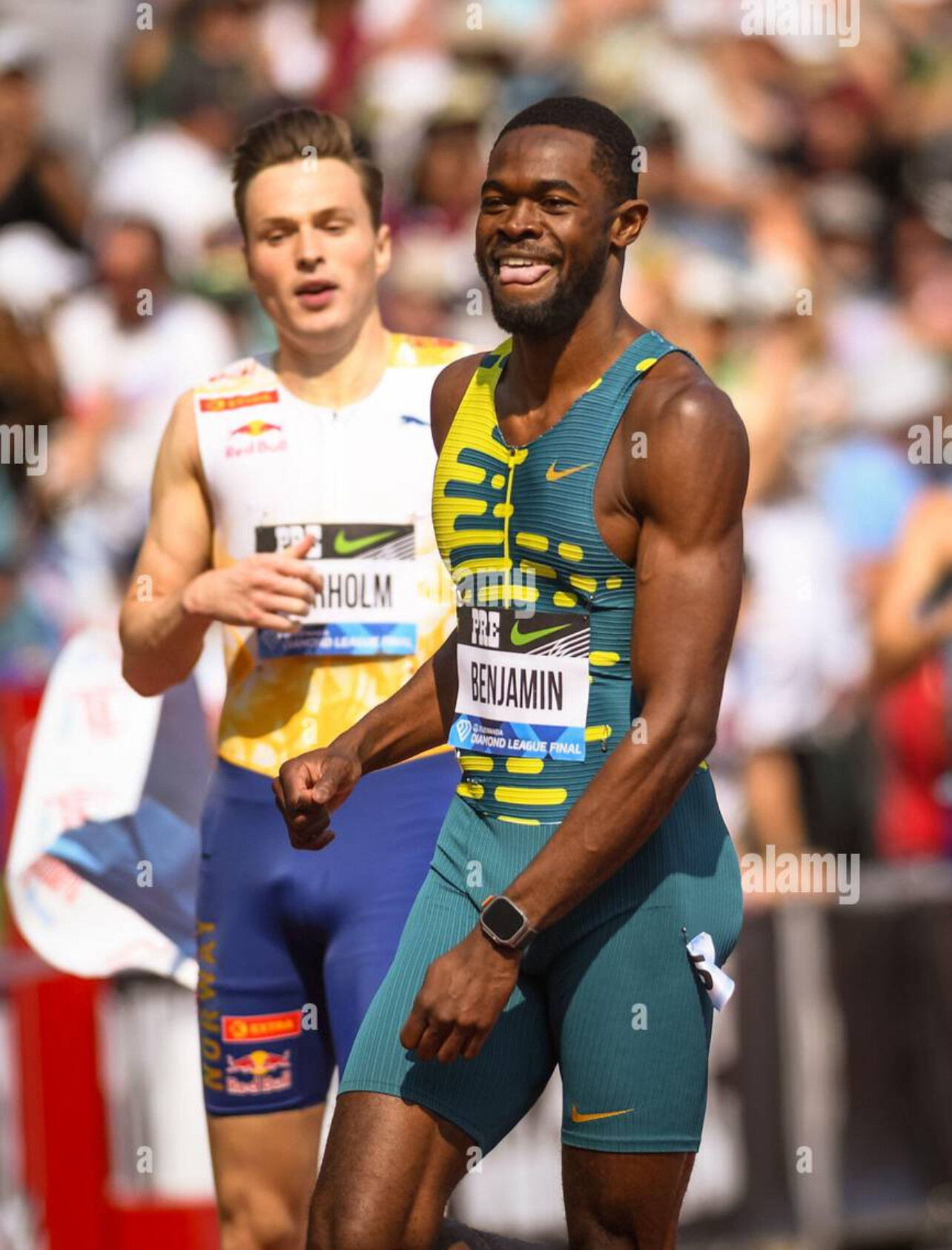
But Kipyegon isn’t the only big name set to thrill fans in Eugene. The men’s Bowerman Mile will feature a stacked lineup that includes:
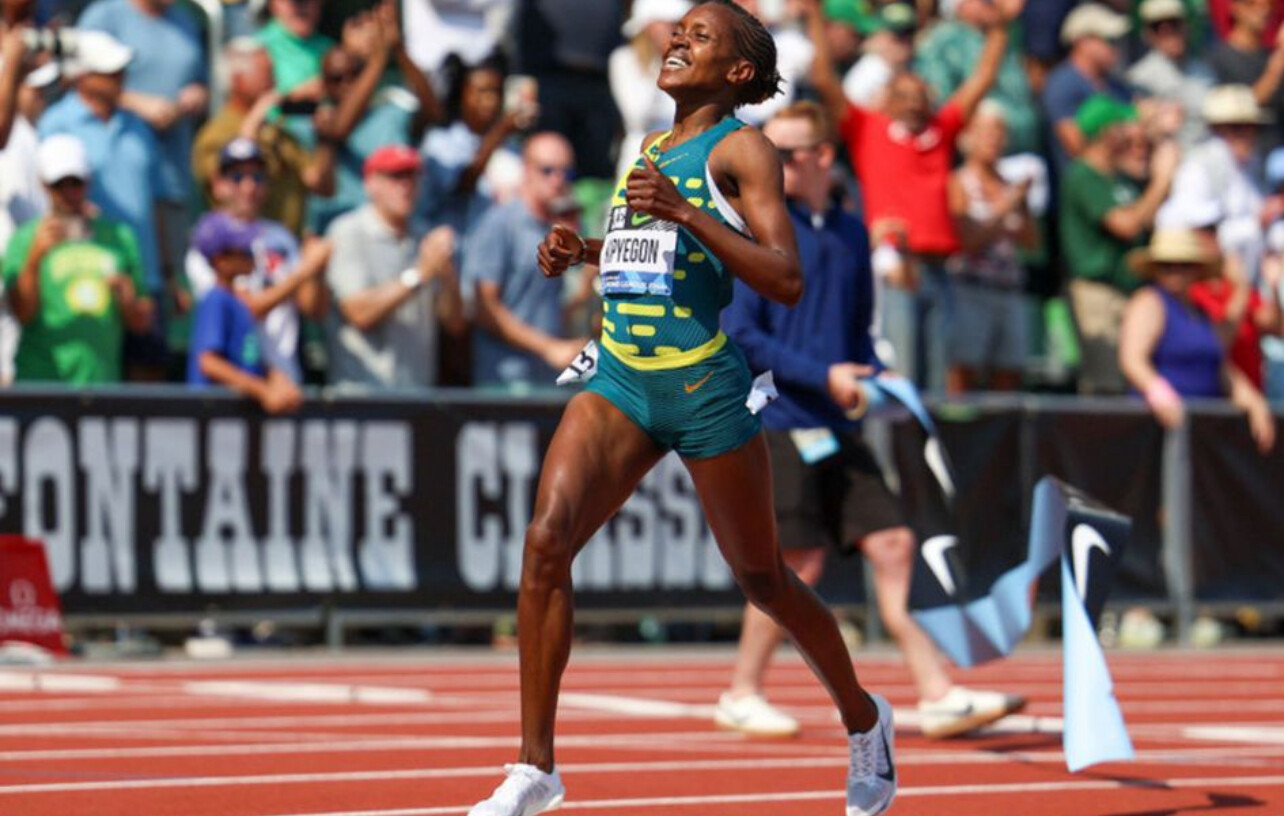
• Jakob Ingebrigtsen (Norway) – Olympic gold medalist and multiple-time Bowerman Mile champion
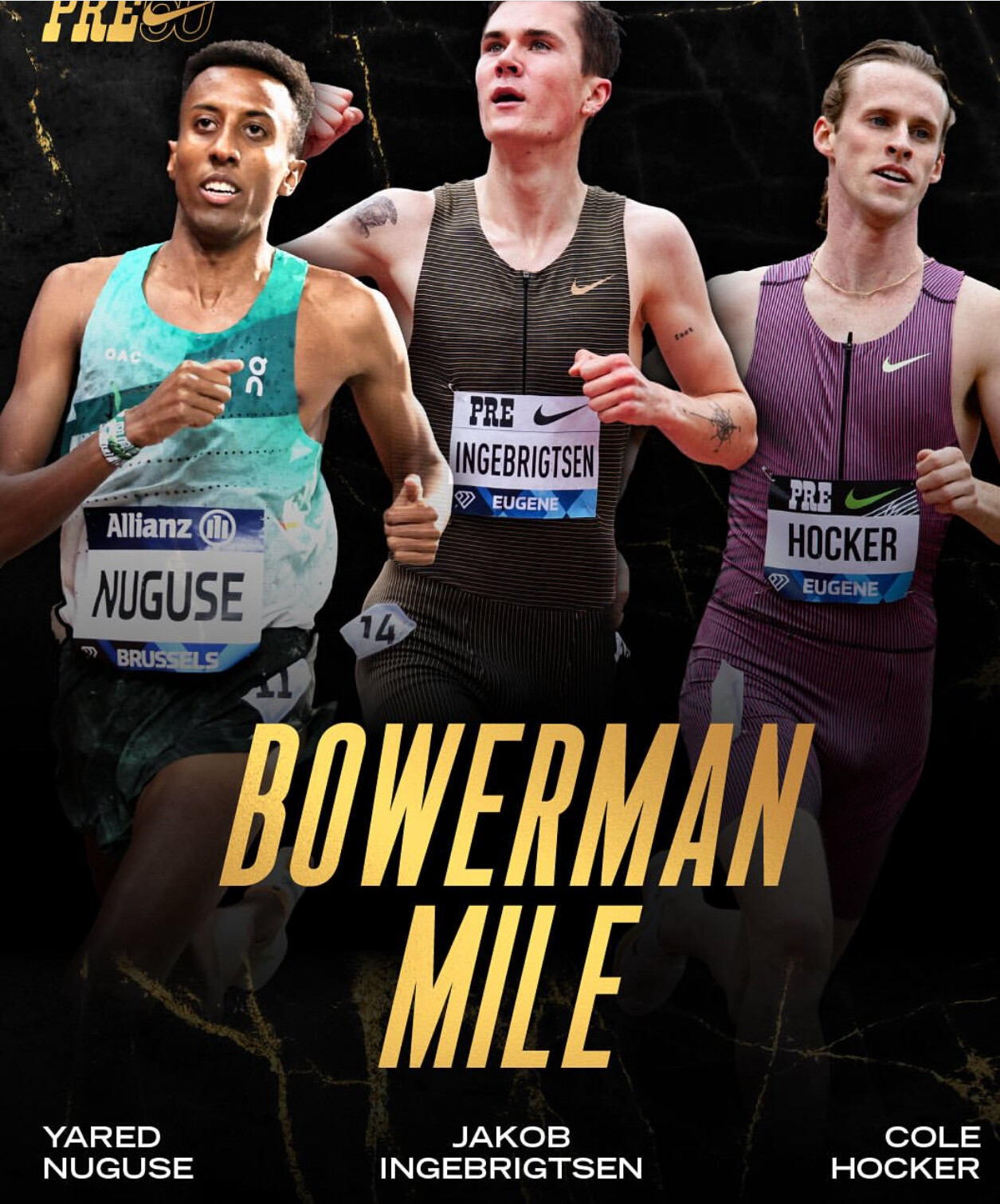
• Cole Hocker (USA) – 2024 Olympic 1500m champion
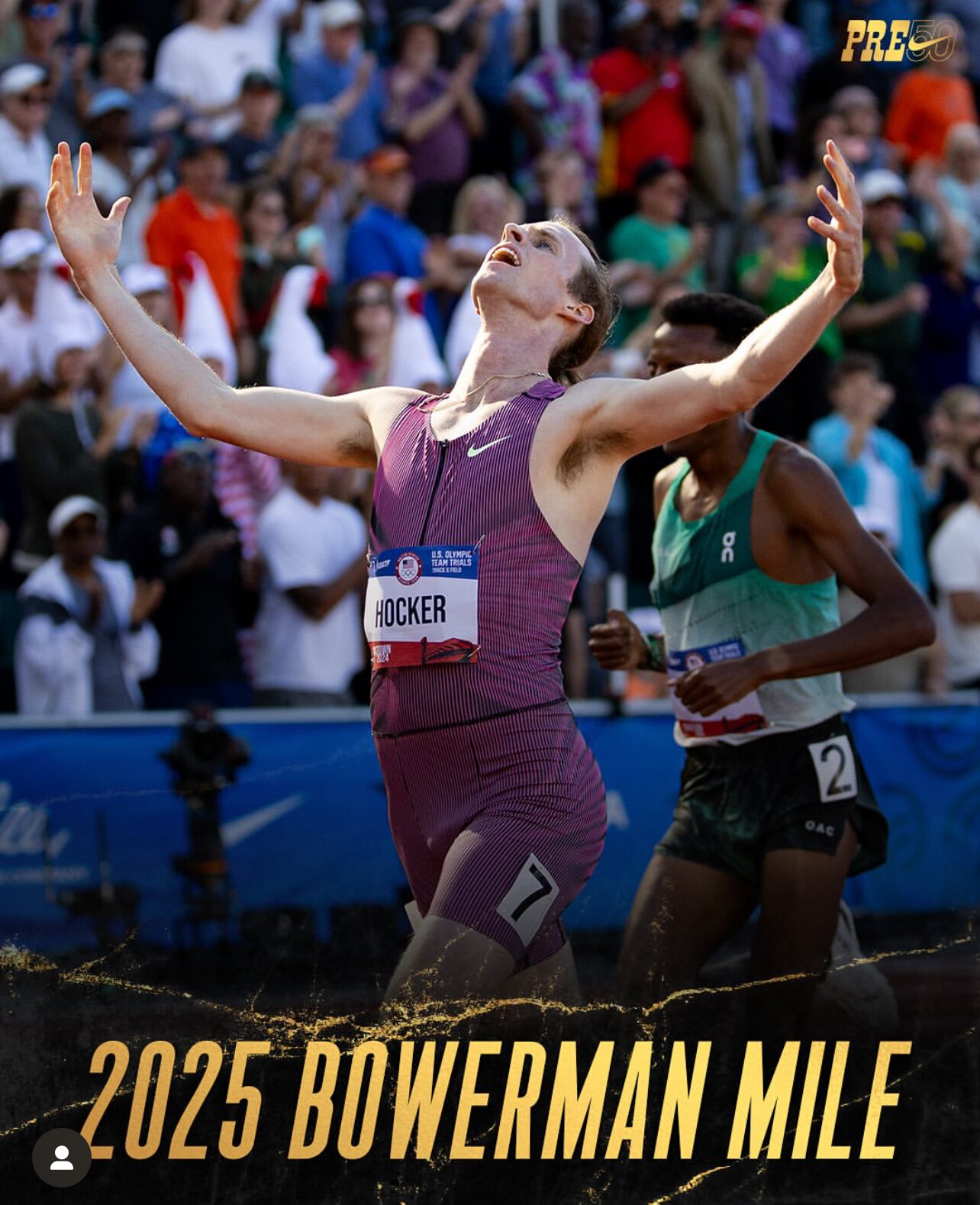
• Yared Nuguse (USA) – Olympic bronze medalist and former indoor mile world record holder
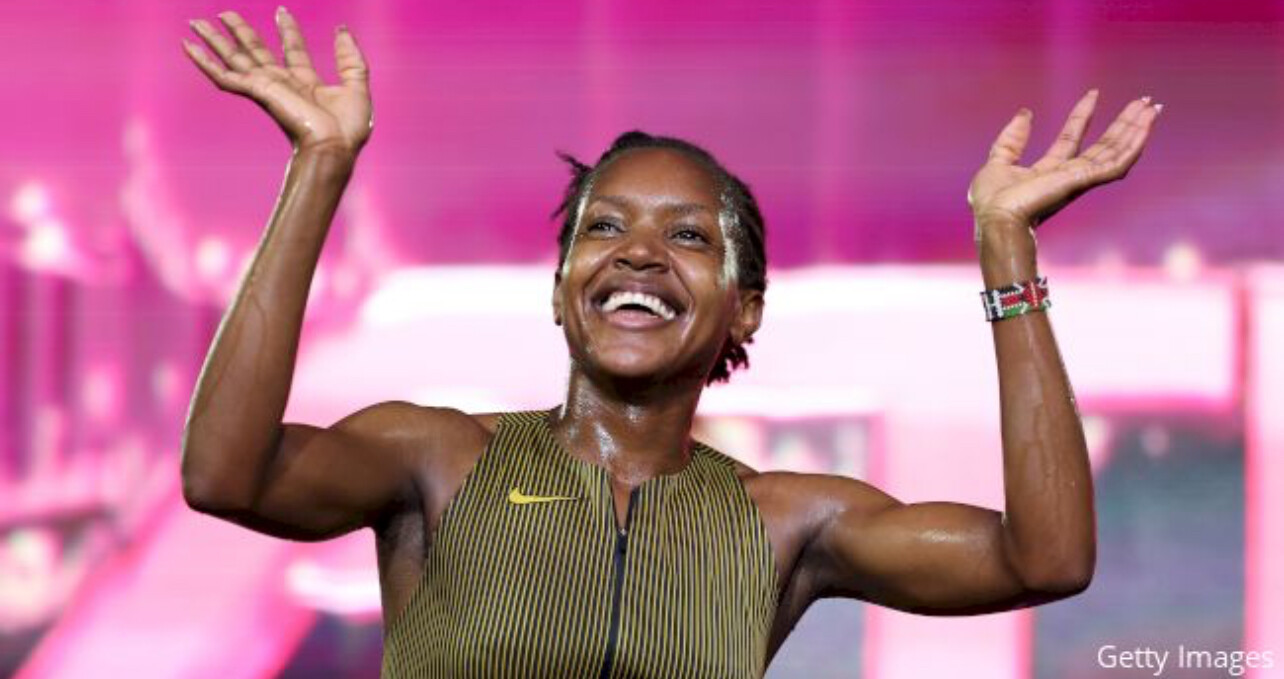
• Timothy Cheruiyot (Li Kenya) – Former world champion
• Jake Wightman (Great Britain) – 2022 world champion
• Grant Fisher (USA) – Olympic bronze medalist in both the 5000m and 10,000m
• Plus rising stars including Oliver Hoare, Neil Gourley, Azeddine Habz, Hobbs Kessler, Niels Laros, Cameron Myers, Stefan Nillessen, and Reynold Cheruiyot
In the men’s 400m hurdles, Olympic silver medalist Rai Benjamin will headline a competitive field that also includes CJ Allen, Trevor Bassitt, Clement Ducos, Malik James-King, Abderrahman Samba, and Assinie Wilson.
The 2025 Prefontaine Classic will feature 14 Diamond League disciplines, including the women’s 800m, 5000m, and 3000m steeplechase—each with world-class fields expected to be announced soon.
As the sport celebrates this milestone edition of the Pre Classic, the meet is shaping up to be not just a tune-up for global championships, but a showcase of track and field at its absolute best.
by Boris Baron
Login to leave a comment
Records Fall on Day One at Grand Slam Track Miami
The opening day of the Grand Slam Track meet in Miami lived up to its billing as one of the most exciting events on the global track calendar. Held at the Ansin Sports Complex on May 2, the meet delivered fast times, dramatic finishes, and a new American record—all under sunny Florida skies.
Masai Russell Breaks American Record in 100m Hurdles
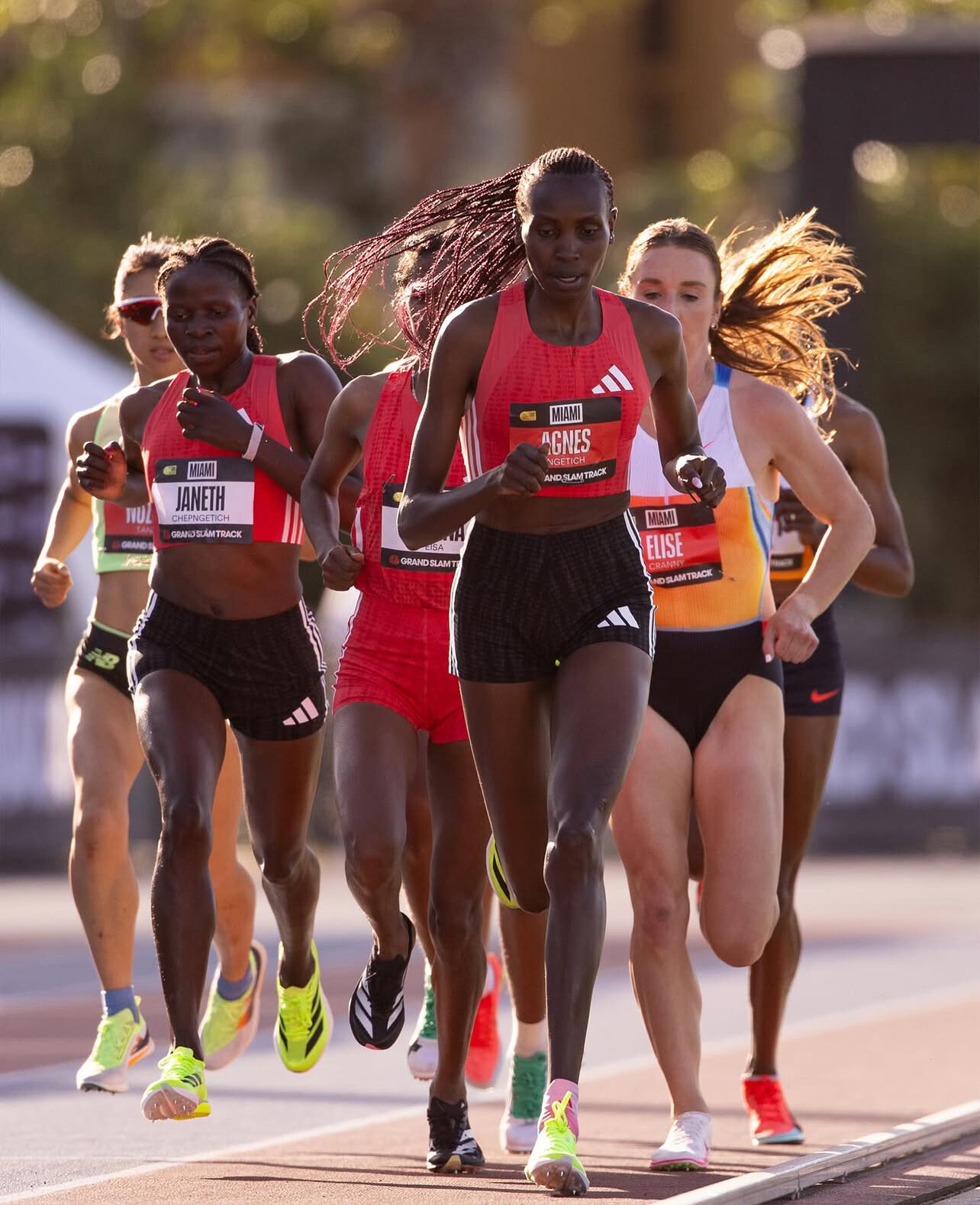
Olympic gold medalist Masai Russell stole the spotlight by breaking the American record in the women’s 100m hurdles, clocking an incredible 12.17 seconds. The performance makes her the second-fastest woman in history behind Nigeria’s Tobi Amusan. In a race stacked with talent, Tia Jones followed closely in 12.19—now the third-fastest time ever—and Jamaica’s Ackera Nugent rounded out the podium with 12.34.
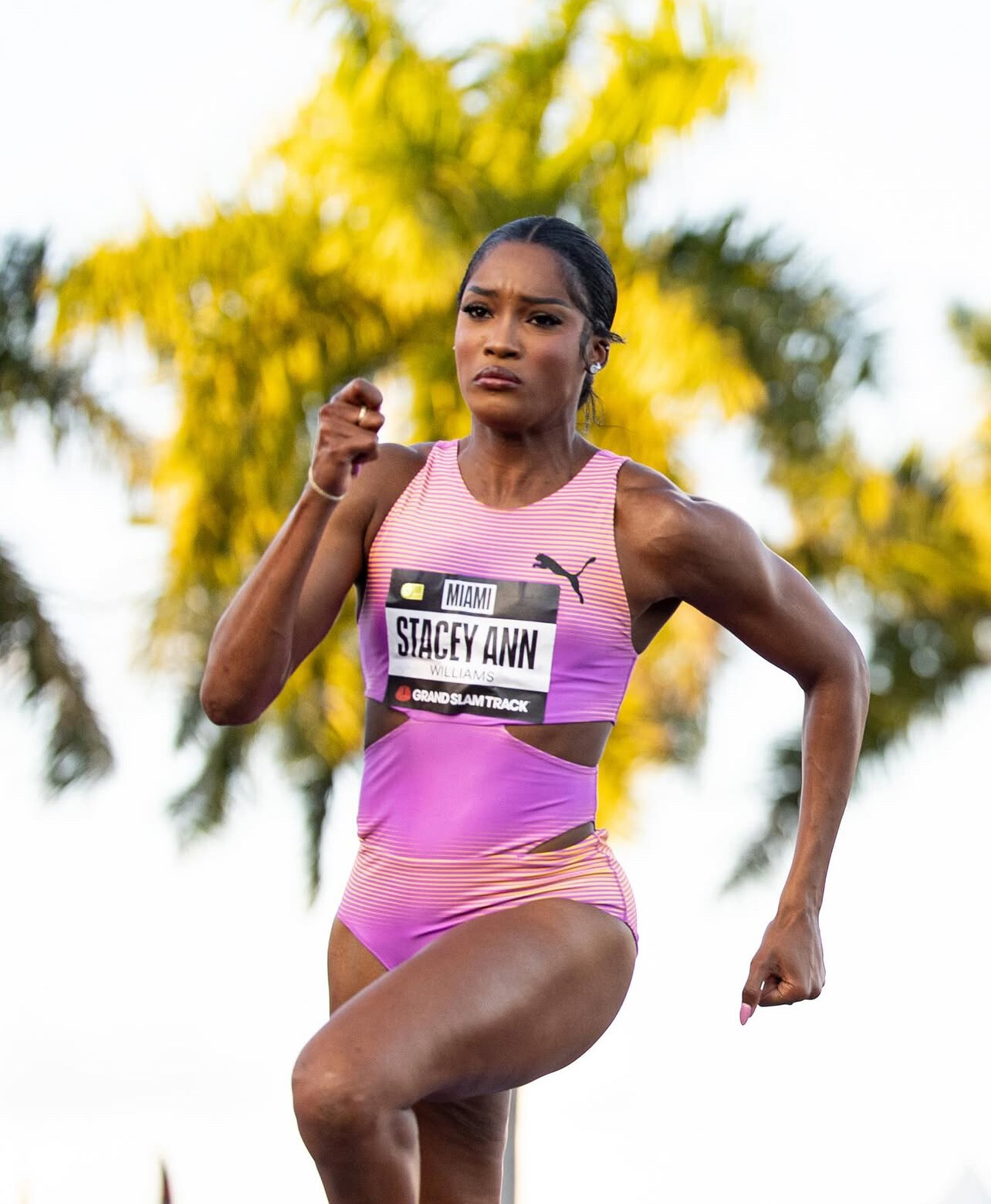
Melissa Jefferson-Wooden Sprints to 100m Win
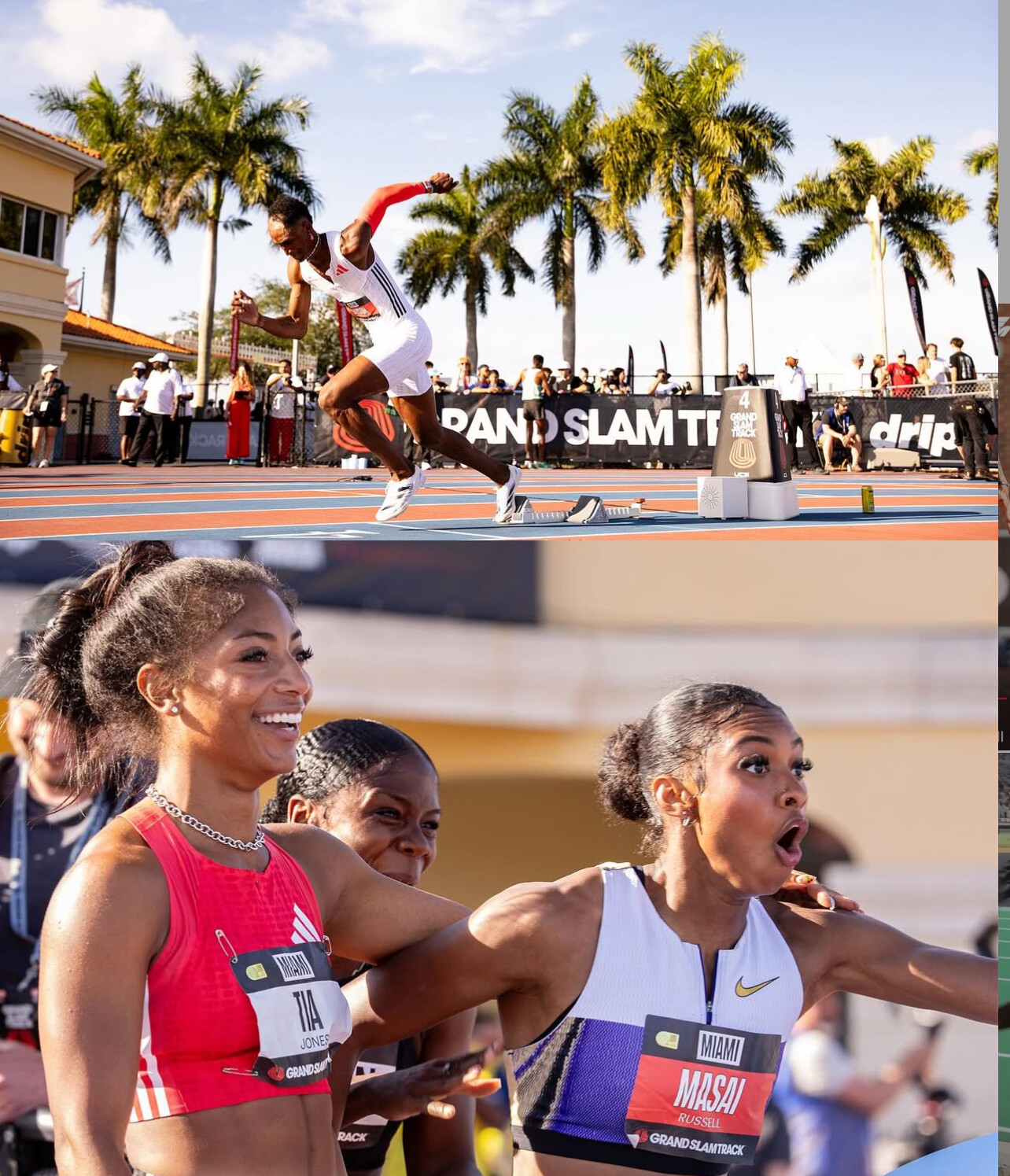
In the women’s 100m, Melissa Jefferson-Wooden delivered a statement win with a wind-aided 10.75, continuing her strong 2025 campaign. Tamari Davis and Favour Ofili followed in a fiercely contested race that highlighted the depth of American sprinting.
Josh Kerr Outkicks Nuguse in 1500m Showdown
Great Britain’s Josh Kerr triumphed in a thrilling men’s 1500m, edging out top Americans Yared Nuguse and Cole Hocker with a 3:34.51 finish. Kerr’s victory marked a confident return to form after a quieter performance in Kingston earlier in the season.
World Lead for Jereem Richards in 200m
Trinidad & Tobago’s Jereem Richards ran a world-leading 19.86 in the men’s 200m, narrowly holding off Alexander Ogando of the Dominican Republic. Meanwhile, Marileidy Paulino continued her dominance in the women’s 400m, winning in 49.21 over Salwa Eid Naser.
Irish Victory in the 3000m
Ireland’s Andrew Coscoran claimed the men’s 3000m title with a time of 8:17.56, edging out American Grant Fisher and Great Britain’s George Mills. The distance event proved to be one of the day’s most tactical and tightly packed races.
Ngetich Leads Kenyan Charge in 5000m
Kenya’s Agnes Jebet Ngetich controlled the women’s 5000m from the gun, finishing in a commanding 14:25.80. Ethiopia’s Medina Eisa and Hirut Meshesha gave chase, but couldn’t close the gap—another chapter in the ongoing Kenya-Ethiopia distance rivalry.
What’s Next
With more events set for the weekend, the Grand Slam Track’s Miami stop is already shaping up to be one of the season’s most memorable. The combination of elite talent, fast conditions, and prize money incentives has brought the very best to the starting line—and the fans are reaping the rewards.
by Boris Baron
Login to leave a comment
Showdowns Set to Define 2025 Diamond League Season with over 9 million in prize money
With the season opener just days away, rivalries from 800m to 10,000m are heating up on the Road to Zurich
The 2025 Wanda Diamond League kicks off on April 26 in Xiamen, China, launching a new season of high-stakes track and field action. For the world’s best middle- and long-distance runners, this marks the beginning of the Road to the Final—a journey that will culminate in Zurich on August 27–28.
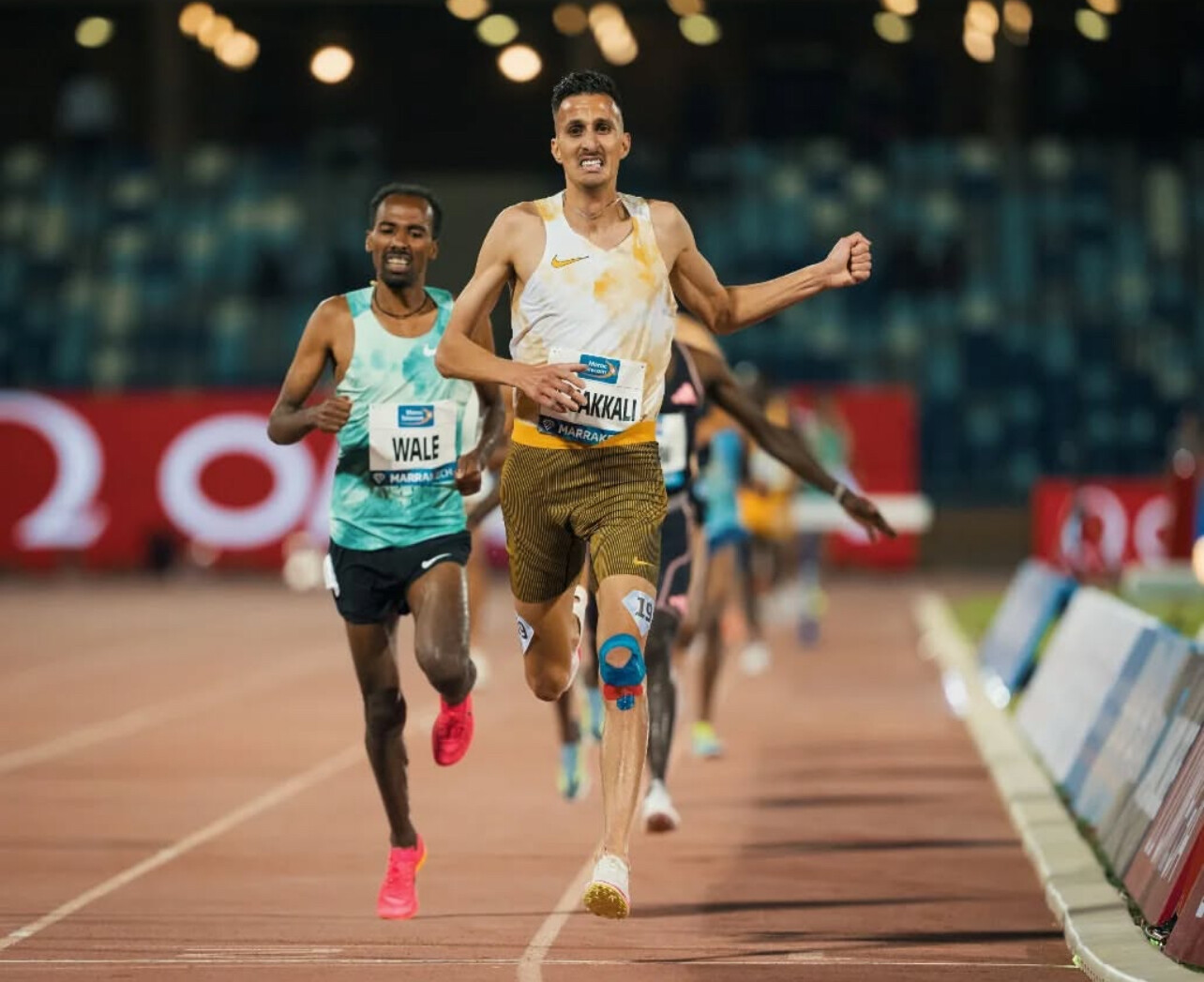
And if the early headlines are any indication, the upcoming season will be nothing short of electric.
Ingebrigtsen vs. Kerr: A Rivalry Rekindled
One of the fiercest rivalries in the sport will light up the men’s 1500m once again as Jakob Ingebrigtsen and Josh Kerr go head-to-head at the London Diamond League on July 19.
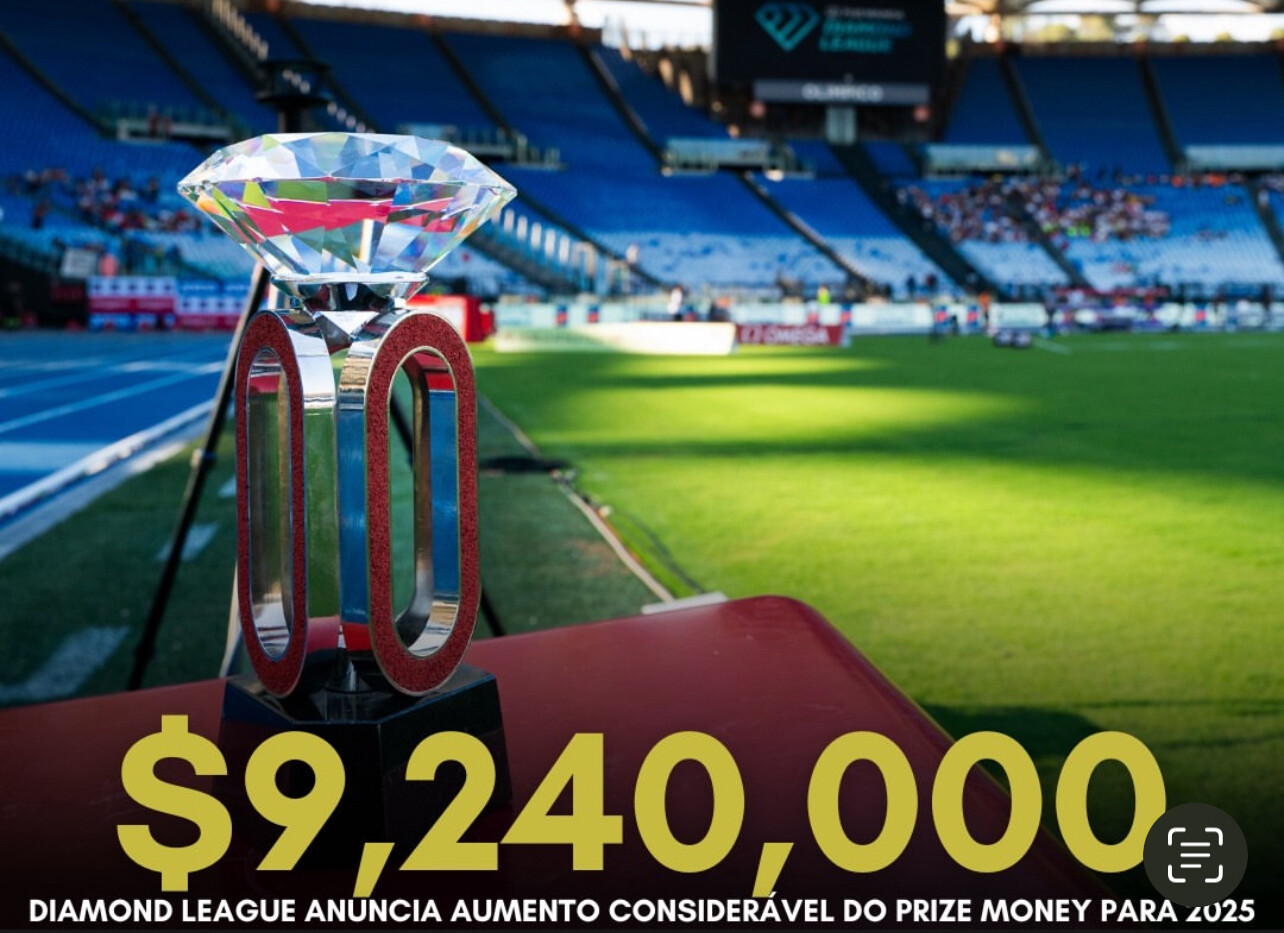
Their tension has been simmering since Kerr stunned Ingebrigtsen to win the world title in Budapest in 2023. The Norwegian responded with a strong victory in Zurich, but the scoreboard is far from settled.
Ingebrigtsen, now chasing his fifth career Diamond League title, will also line up against Olympic medalists Yared Nuguse and Cole Hocker in the Bowerman Mile at the Prefontaine Classic in Eugene on July 5, setting up another world-class clash.
Doha’s Steeplechase Rematch
The women’s 3000m steeplechase promises a rematch of Olympic proportions in Doha, where Winfred Yavi will face off against fellow medalists Peruth Chemutai and Faith Cherotich.

Yavi, the reigning Olympic champion, came within a whisker of the world record in Rome last season, while Cherotich enters 2025 as the Diamond League titleholder. Their early-season clash in Qatar could set the tone for one of the most compelling storylines in women’s distance running.
Eyes on Rome: A Distance-Lover’s Dream
The Pietro Mennea Golden Gala in Rome on June 6 is already shaping up to be one of the key middle- and long-distance showpieces of the year.
While final entries are still being confirmed, the women’s 800m is expected to feature a powerhouse lineup, potentially including Keely Hodgkinson, Athing Mu, and Mary Moraa. On the men’s side, stars like Emmanuel Wanyonyi, Marco Arop, and Djamel Sedjati are expected to battle for points in a crowded field of Olympic contenders.
Rome, known for producing fast times and historic finishes, could once again deliver career-defining performances.
2025: A Season Built for Distance Drama
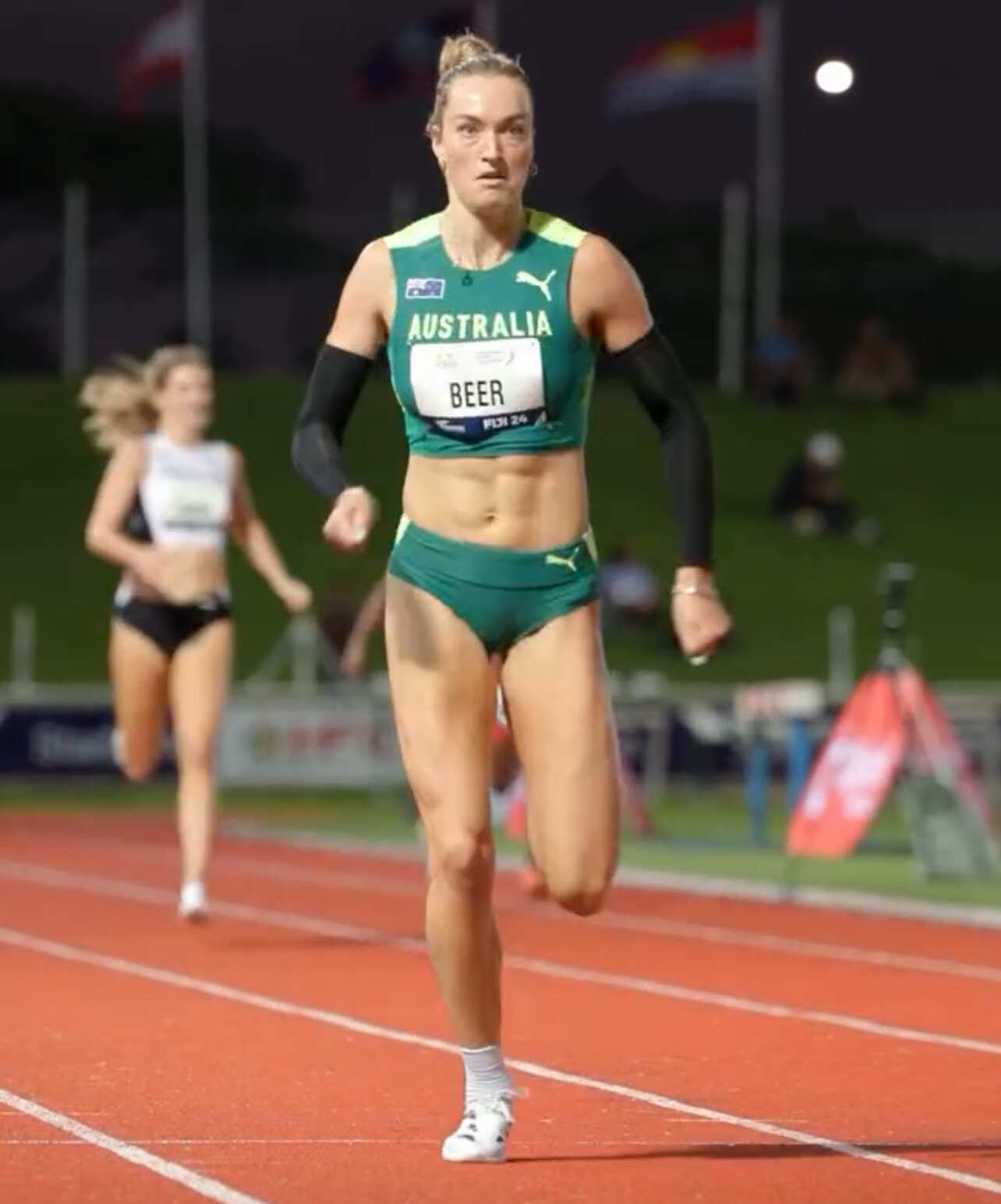
The Wanda Diamond League includes 14 series meets across four continents, leading to the two-day Final in Zurich, where only the top point-earners will compete for the Diamond Trophy. With increased prize money—ranging from $30,000 to $50,000 per discipline at series meetings and $60,000 to $100,000 at the Final—and millions watching worldwide, every race matters.
2025 is already shaping up to be a banner year for middle- and long-distance running. With fierce rivalries, Olympic-level fields, and rising stars chasing career breakthroughs in the 800m, 1500m, mile, steeplechase, 5000m, and 10,000m, the stage is set for one of the most thrilling Diamond League seasons yet.
by Boris Baron
Login to leave a comment
Cole Hocker Is Just Getting Started
Cole Hocker’s rise from NCAA standout to Olympic champion has been anything but conventional. After winning gold in the 1500 meters at the 2024 Paris Olympics with a stunning 3:27.65—an Olympic record—Hocker has emerged as one of the most formidable middle-distance runners in the world.
Training in the Shadows
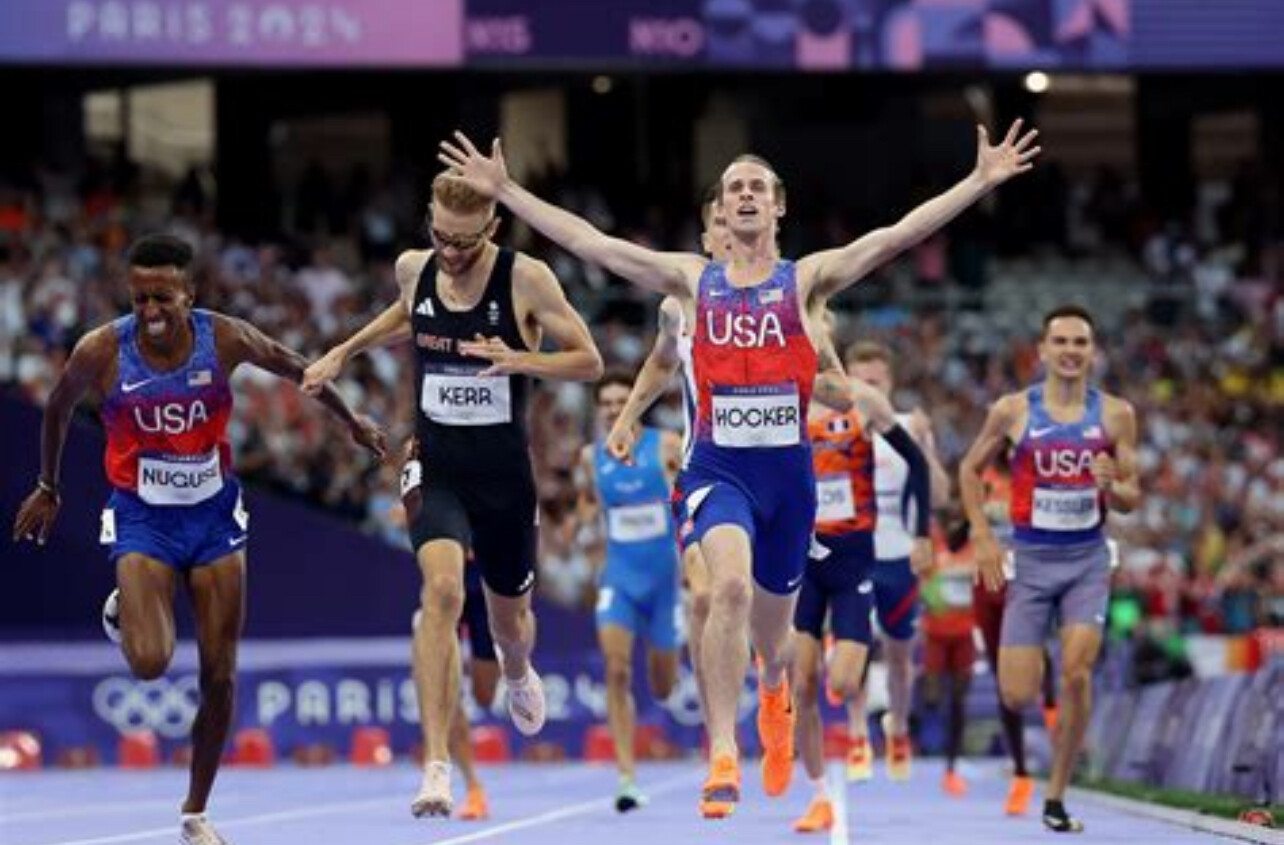
While many elite runners chase the spotlight, Hocker has chosen a different path. He trains in the quiet town of Blacksburg, Virginia, under the guidance of longtime coach Ben Thomas. Alongside training partner Cooper Teare, Hocker focuses on a regimen that emphasizes quality over quantity, rarely exceeding 80 miles per week. Their workouts often include hill repeats, pace variability, and strategic rest days, fostering both physical endurance and mental resilience.
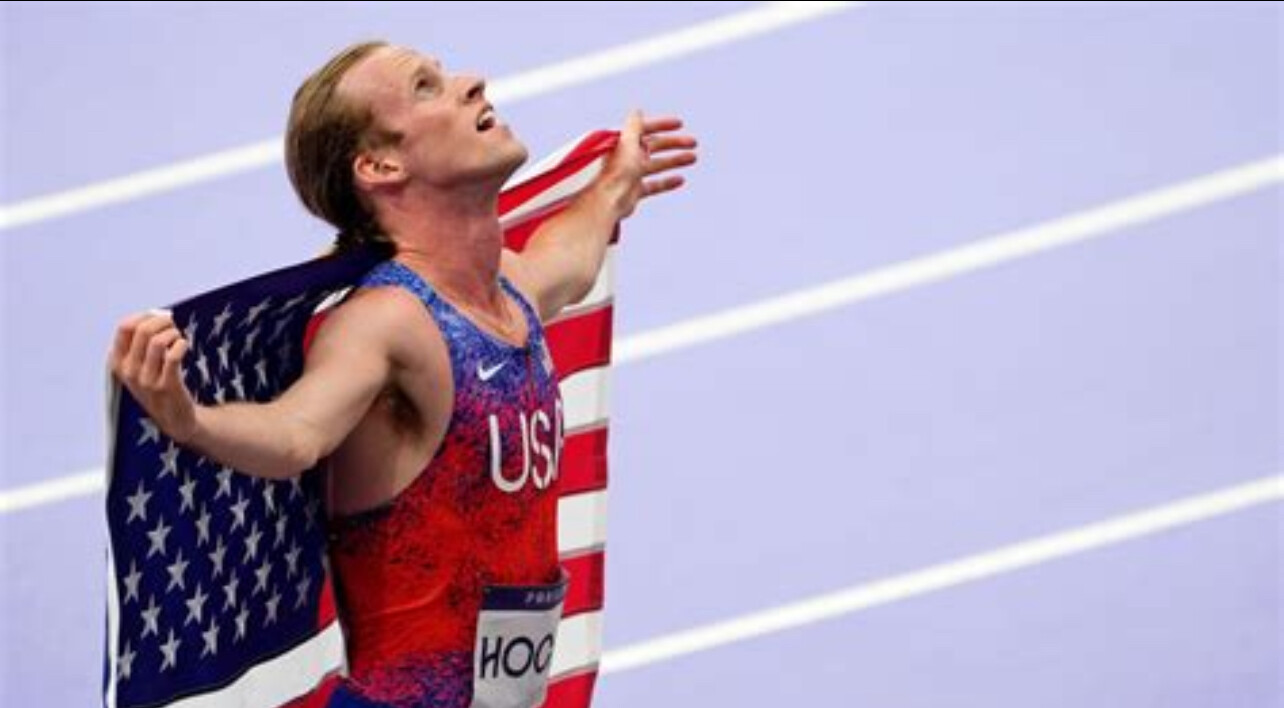
Expanding His Range
Hocker isn’t content with dominating just the 1500 meters. In 2025, he has set his sights on longer distances, competing in the 3000 meters at the Millrose Games and clocking a personal best of 7:23.14, making him the second-fastest American ever at that distance. He also achieved a 5000-meter personal best of 12:57.82 at the BU Terrier DMR Challenge, securing the world standard for the upcoming World Championships.
Upcoming Showdowns
Hocker’s competitive spirit will be on full display at the 2025 Prefontaine Classic’s Bowerman Mile, where he will face off against rivals Jakob Ingebrigtsen and Yared Nuguse. This race promises to be a thrilling encounter among some of the world’s best middle-distance runners.
A Relentless Competitor
What sets Hocker apart isn’t just his physical prowess but his mental tenacity. Despite setbacks and fierce competition, he maintains an unwavering belief in his abilities. As he continues to push the boundaries of his sport, Hocker remains a testament to the power of determination and strategic training.
by Boris Baron
Login to leave a comment
Ingebrigtsen Ready to Battle Hocker and Kerr on Their Home Turf—All Roads Lead to Tokyo
Jakob Ingebrigtsen is preparing for two of the most anticipated races of the 2025 Diamond League season—each taking place on the home turf of his fiercest rivals.
The double world indoor champion is set to headline the Bowerman Mile at the Prefontaine Classic in Eugene on July 5, where he’ll take on U.S. Olympic gold medalist Cole Hocker and American 1500m record-holder Yared Nuguse. Then, on July 19, he travels to London for a highly anticipated 1500m duel against Great Britain’s world champion Josh Kerr—who will be racing in front of a home crowd.
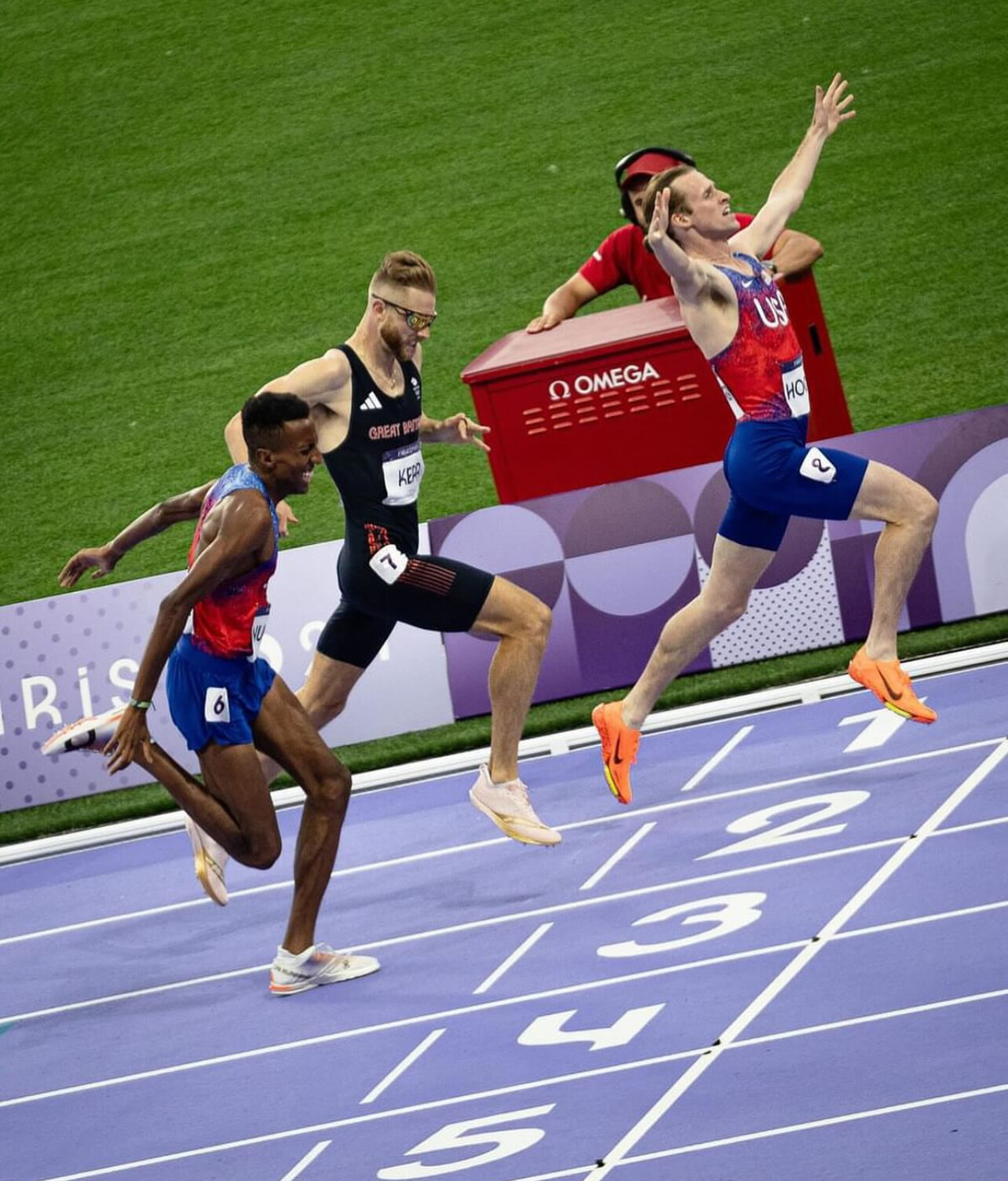
Ingebrigtsen, last season’s Diamond League overall champion, is no stranger to success at Hayward Field. At the 2023 Diamond League Final, he delivered a blazing 3:43.73 in the Bowerman Mile—setting both a European and Diamond League record. But this year, the challenge is steeper. Both Hocker and Nuguse outkicked him in the 1500m final at the 2024 Paris Olympics, and they’ll be looking to repeat that feat on home soil.
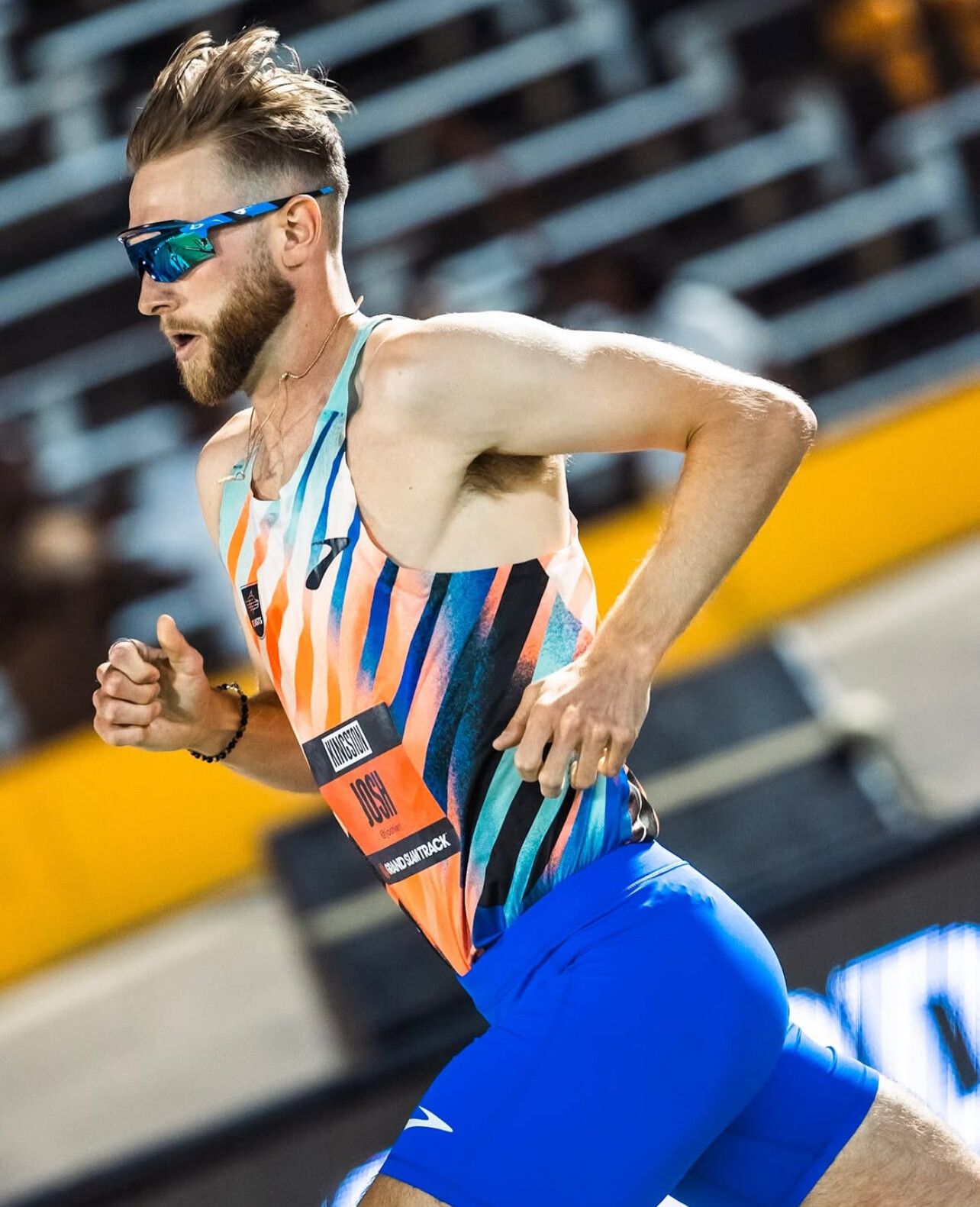
And in London, the rivalry with Kerr will reignite. The Brit also finished ahead of Ingebrigtsen in Paris, and the 1500m clash in front of a UK crowd will be packed with tension and stakes.
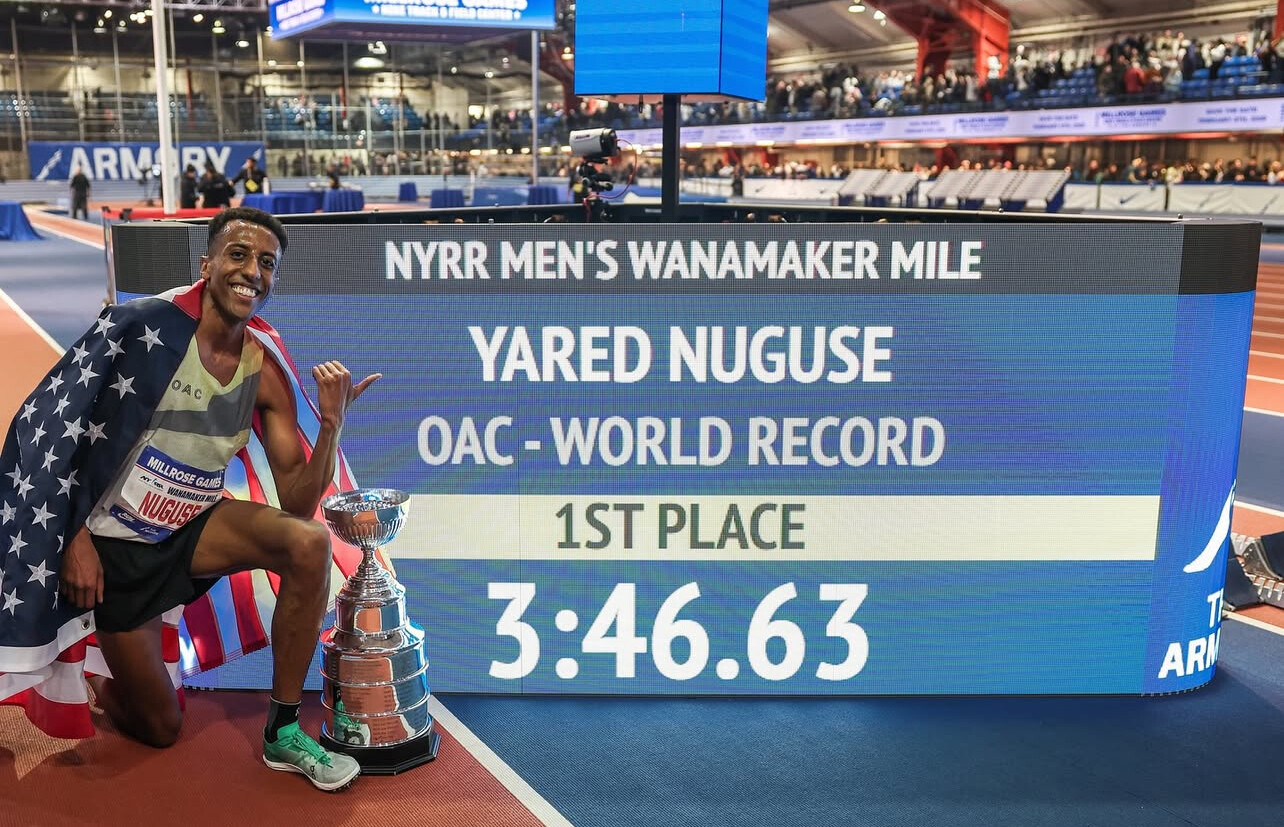
“I’ve recovered well from the indoors and training is going well,” said Ingebrigtsen, who claimed double gold in the 1500m and 3000m at both the World and European Indoor Championships this spring. Earlier this season, he also broke the world indoor records for the mile and 1500m in Lievin.
“I’ve never been afraid to show up, and it felt good to come away from indoors with four gold medals. My focus now is on the summer—and on returning to Tokyo, where I won Olympic gold in 2021, to win another global title.”
That return to Tokyo refers to the 2025 World Athletics Championships, where Ingebrigtsen hopes to reaffirm his dominance on the global stage after back-to-back Olympic defeats.
My Best Runs founder and lifetime runner Bob Anderson shared his thoughts on the coming matchups.
“I’m so impressed by the spirit Jakob Ingebrigtsen brings to our sport,” Anderson said. “His confidence is electric—he’s a showman, and often has most of the field beaten at the starting line. But Josh Kerr and Cole Hocker aren’t backing down. They have their own vision of who will cross the line first. That’s what makes these showdowns so compelling.”
by Boris Baron
Login to leave a comment
Yared Nuguse Runs 3:47.22 in Mile Record Attempt, Falls Just Short of World Mark
Yared Nuguse delivered a thrilling performance in his highly anticipated mile world record attempt but came up short of Jakob Ingebrigtsen’s indoor world record of 3:45.14. Running at the Last Chance Indoor Qualifier, Nuguse clocked an impressive 3:47.22, securing victory and the fifth-fastest indoor mile time in history.
The American middle-distance star, who previously held the indoor mile world record before Ingebrigtsen broke it earlier this season, showed incredible form but wasn’t quite able to lower the global mark. Despite falling short of his ultimate goal, Nuguse’s time was another testament to his world-class ability and puts him firmly in the conversation for future record-breaking attempts.
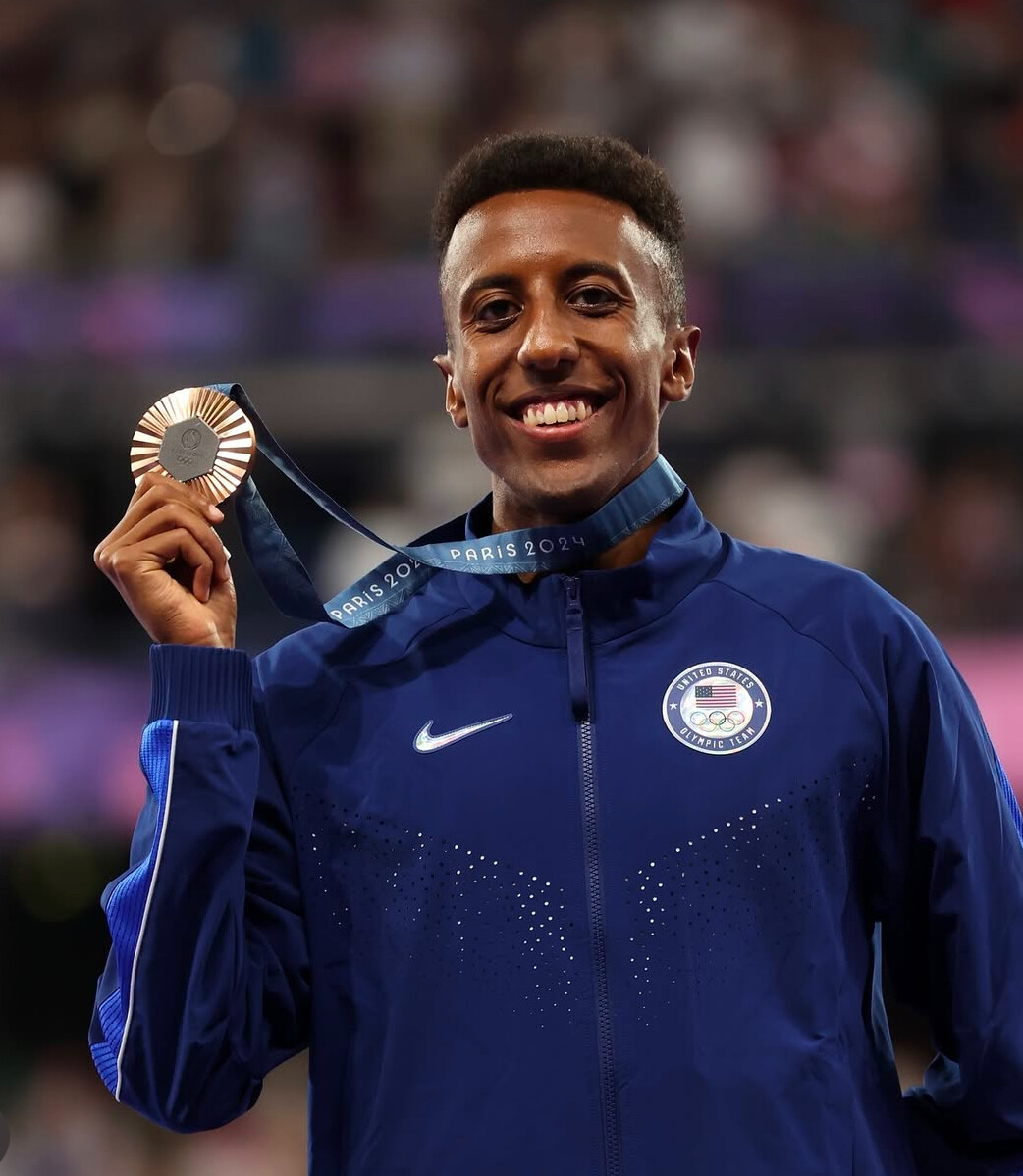
Nuguse took control of the race early, using pacers and the assistance of pacing lights to stay on world record pace through the early stages. However, as the laps progressed, he slightly faded, missing the target time but still producing a historically significant performance.
Behind him, Oliver Hoare finished second in 3:50.77, with Luke Houser rounding out the podium in 3:51.14. The depth of the field showed the growing strength of American and international milers, with several runners posting strong sub-3:53 times.
While the world record remains intact, Nuguse’s performance reinforces his status as one of the top milers globally. With outdoor season approaching and the Paris Olympics on the horizon, the American standout remains a strong contender for further history-making performances.
Login to leave a comment
Vared Nuguse Aims to Reclaim Indoor Mile World Record in Boston
Yared Nuguse is taking another shot at history. This Sunday at Boston University’s Last Chance National Qualifier, the American middle-distance star will attempt to break Jakob Ingebrigtsen’s indoor mile world record of 3:45.14. He’ll have help in the form of pacers and pacing lights, but it’ll still take an all-out effort to bring the record back to U.S. soil.
Nuguse first set the record at the Millrose Games on February 8, running 3:46.63 to surpass Yomif Kejelcha’s 3:47.01 mark from 2019. But just five days later, Ingebrigtsen took the record down in Liévin, clocking 3:45.14 and putting himself in a league of his own. Now, Nuguse is back on the track, looking to erase the Norwegian’s name from the books.
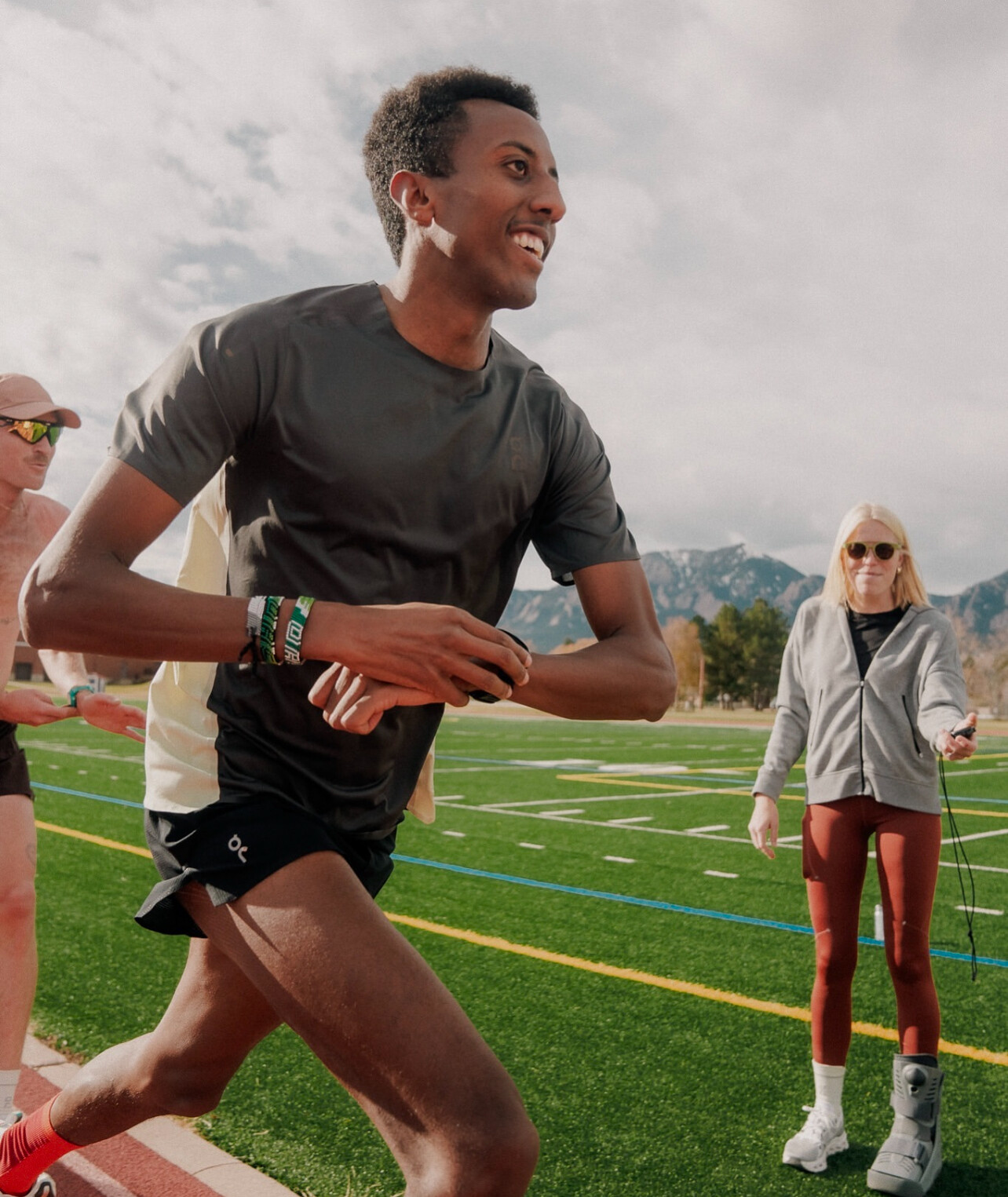
The setting for this attempt couldn’t be better. Boston University’s track is known for producing fast times, and with a carefully planned race setup, Nuguse has a real shot at reclaiming the record. His training and recent performances suggest he’s in shape to run faster than he did at Millrose, but shaving off nearly 1.5 seconds to surpass Ingebrigtsen is a daunting challenge.
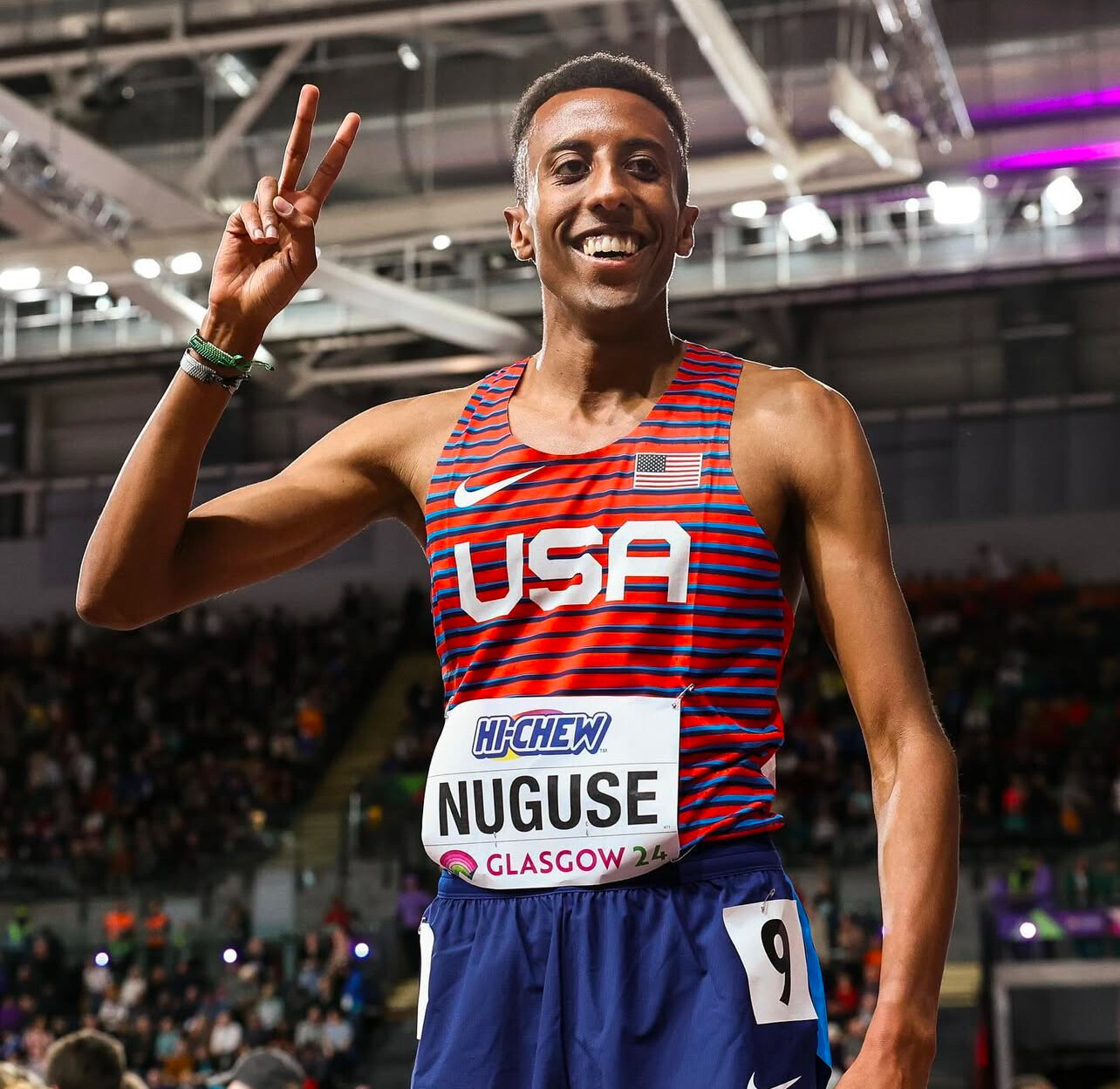
Whether he gets the record or not, this is a big moment in the ongoing battle for dominance in middle-distance running. Nuguse has proven he can rise to the occasion, and with the right execution, Sunday could be another milestone in his growing legacy.
by Boris Baron
Login to leave a comment
Is It the Shoes? 9 Days, 5 Men, 7 World Records
Over nine days, five men shattered seven world records, leaving me, like many others in the running world, asking one question: Is it the shoes? Or are we witnessing a new era of human performance, fueled by relentless training, cutting-edge technology, and perfect conditions?
It all started on February 8 at the Millrose Games. Grant Fisher kicked things off with an incredible 7:22.91 in the men's indoor 3000m, smashing the previous world record. His smooth stride and smart pacing made it look almost easy. I couldn't help but wonder if this was just the beginning. Sure enough, Yared Nuguse followed with a stunning 3:46.63 in the men's indoor mile.

Five days later, Jakob Ingebrigtsen took things to another level in Liévin, France. He ran the mile in 3:45.14, breaking Nuguse’s fresh record. What really blew my mind was his 1500m split—3:29.63, another world record on the way to the mile finish. I’ve watched Jakob race for years, but this performance had me thinking: Are we witnessing the best miler of all time in his prime?
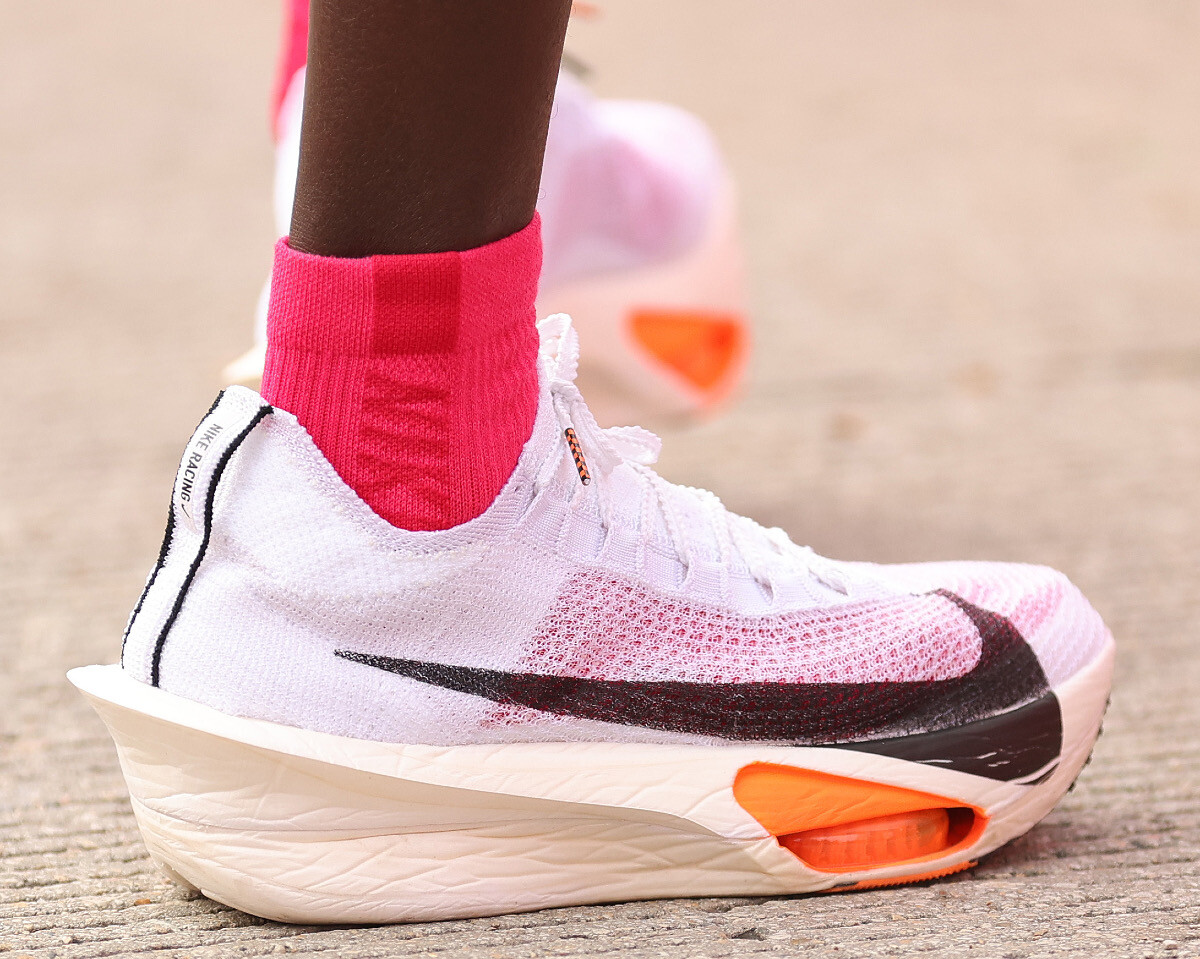
Then came Valentine's Day, and Grant Fisher was back at it. This time, he broke the men's indoor 5000m record in Boston, clocking an astonishing 12:44.09. Sub-60-second laps, one after another.
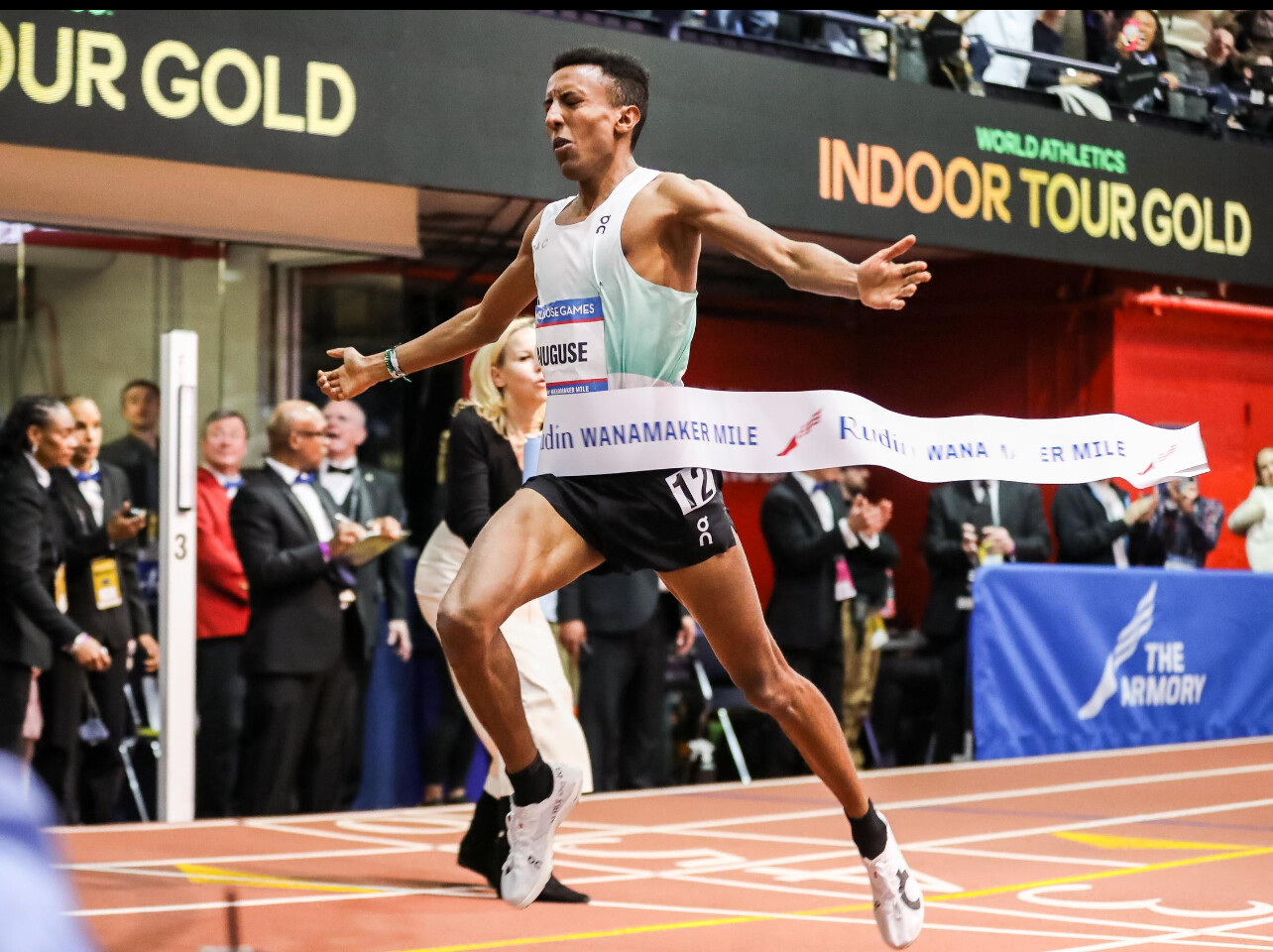
Just when I thought the wave of records might slow down, February 16 brought two more amazing performances. In Kobe, Japan, Toshikazu Yamanishi stormed to a 1:16:10 finish in the men's 20km race walk. Meanwhile, in Barcelona, Jacob Kiplimo made history in the half marathon, blazing to a 56:42 finish. I've followed Kiplimo's career closely, but this performance truly cemented his status as one of the greatest distance runners ever.
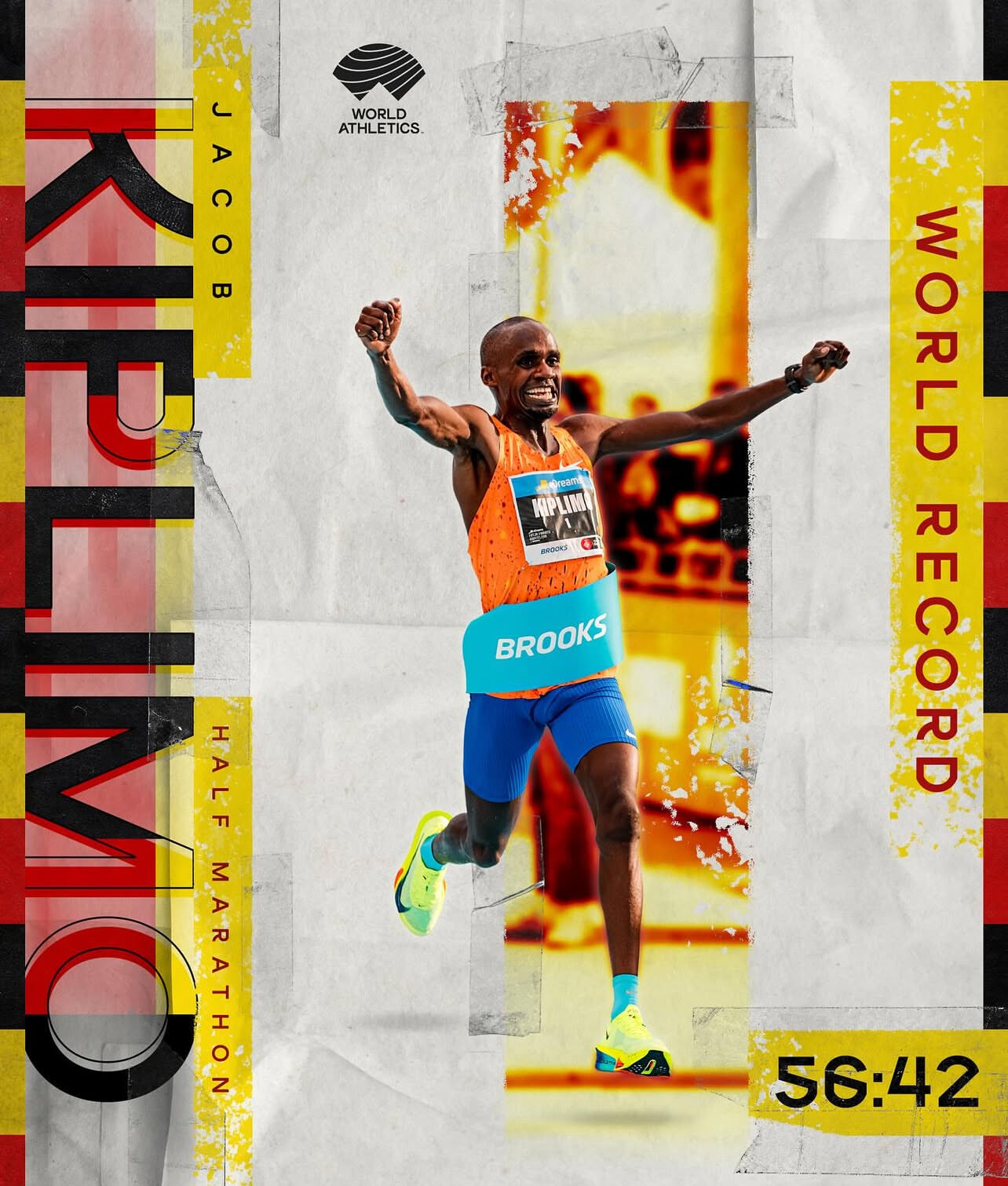
Naturally, everyone started talking about the shoes. Were they the secret behind these incredible performances? I looked into what each athlete was wearing. Grant Fisher and Yared Nuguse were both racing in the Nike Dragonfly spikes, known for their Pebax plate and ZoomX foam, delivering maximum energy return for middle and long distances. Jakob Ingebrigtsen was laced up in the Nike Air Zoom Victory, a lightweight spike built for efficiency. Yamanishi likely wore ASICS race walking shoes, designed for stability and flexibility. And Kiplimo? He was flying in the Nike Vaporfly Next% 3, the go-to choice for elite road runners chasing fast times.

So, is it the shoes? All have been approved by World Athletics. It’s tempting to think so, but I believe the reality is more complex. Yes, today's super shoes, with their carbon plates, advanced foams, and featherlight builds, undoubtedly contribute. But I've been around this sport long enough to know that technology alone doesn’t break records. The foundation is still the same—grueling training, meticulous race preparation, and sheer determination.
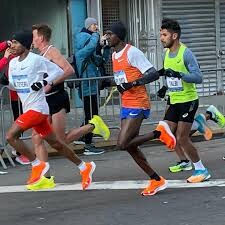
Nine days. Five men. Seven world records. Whether it’s the shoes, the training, or a perfect storm of conditions, one thing is clear: the boundaries of human performance continue to be pushed. As someone who’s watched this sport evolve for decades, I can’t help but feel fortunate to witness history in the making.
A friend, Gary Rush summed it up so well, "I grew up in the early eighties of running, and my guess is with all of the GPS watches, gels, nutrition drinks, scientific training, analysis, Max VO2 tests, and likely more frequent training and recovery because of the Super Shoes, will give us insane results day by day...But, that 2:09 for a women's marathon must be even better historically than the first 4 minute mile,"
by Bob Anderson
Login to leave a comment
Jakob Ingebrigtsen Smashes Mile World Record at World Athletics Indoor Tour
Norwegian middle-distance runner Jakob Ingebrigtsen has set a new world record in the indoor mile, clocking an impressive 3:45.14 at the World Athletics Indoor Tour Gold meeting in Liévin, France, on February 13, 2025. This remarkable feat surpasses the previous record of 3:46.63, established by American Yared Nuguse just five days earlier at the Millrose Games in New York.
Ingebrigtsen’s performance was historic not only for breaking the mile record but also for setting a new world indoor 1,500 meters record. He passed the 1,500-meter mark in 3:29.63, shaving nearly a second off his own previous record of 3:30.60, which he set on the same track in 2022.
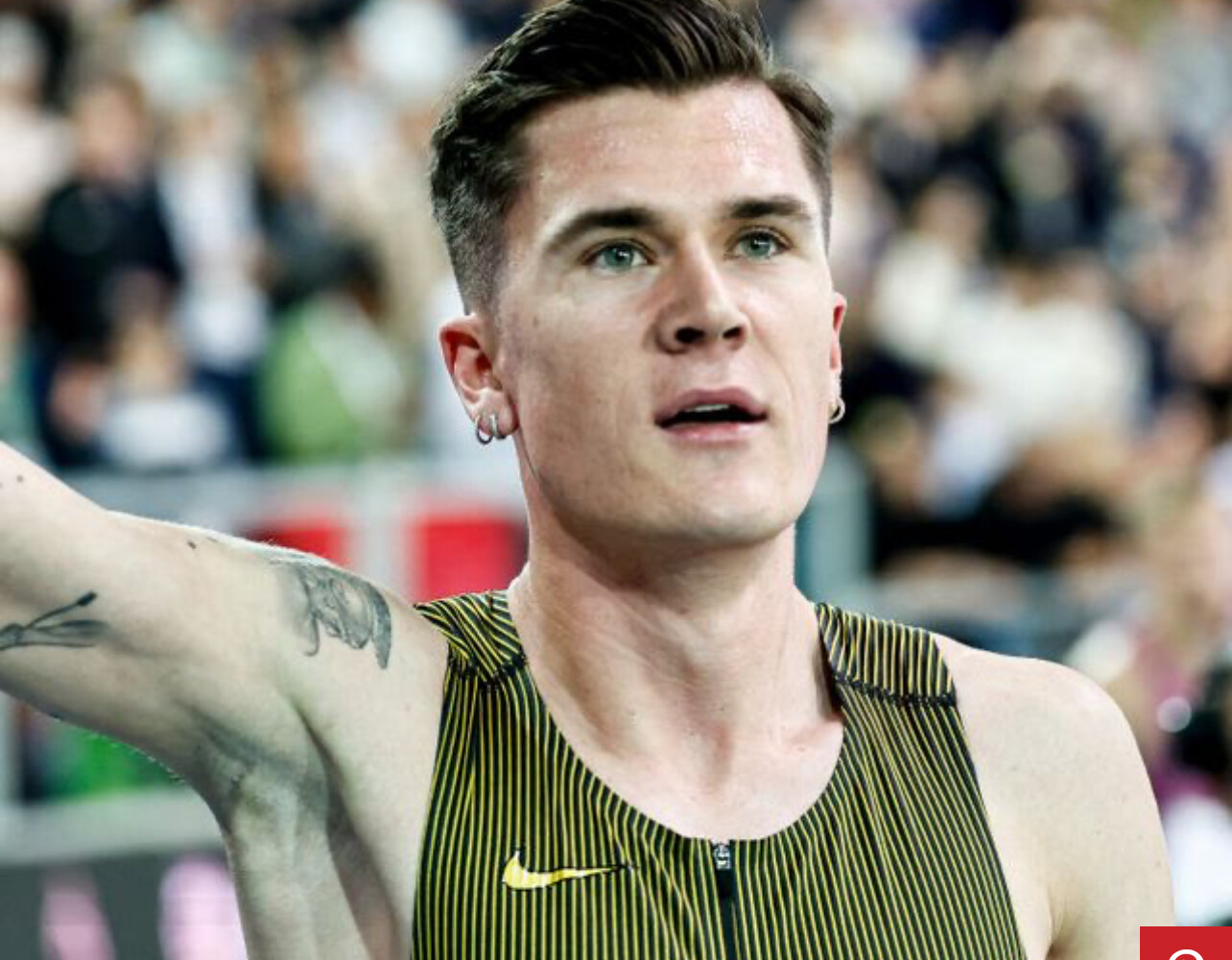
After the race, the 24-year-old expressed his elation, stating, “It feels amazing. This is what happens in Liévin. I’m a very happy man. You have to be focused for the whole race. It’s tough, but it’s worth it.”
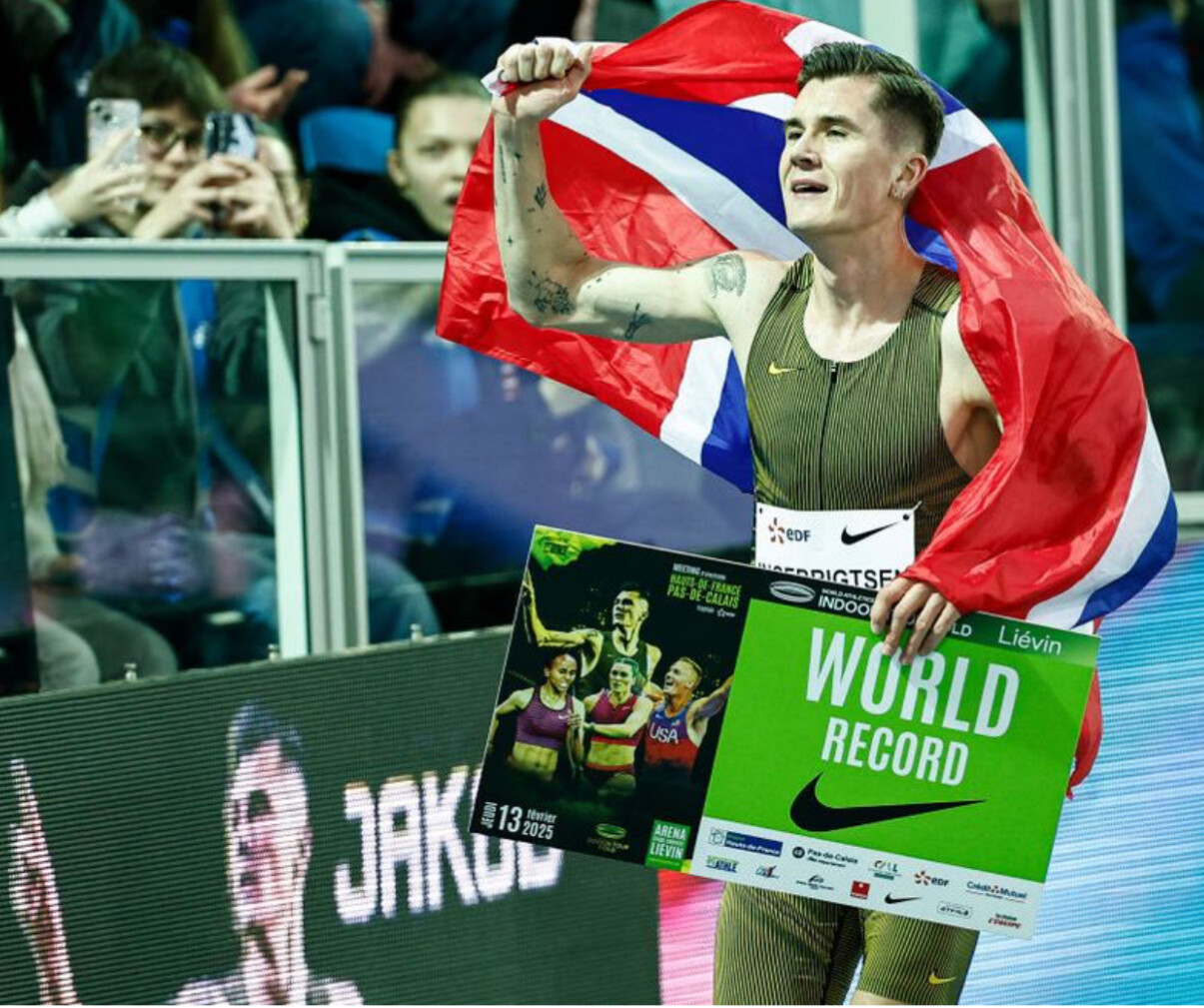
Ingebrigtsen’s achievement underscores his dominance in middle-distance running and sets a high standard for competitors in the upcoming season.
by Boris Baron
Login to leave a comment
Historic World Records Dominate 2025 Millrose Games
The 117th Millrose Games, held on February 8, 2025, at New York’s Armory—a venue renowned as “The Fastest Track in the World”—delivered an unforgettable spectacle of middle-distance racing. Athletes shattered world records, national marks, and personal bests across events from the 800m to the 3000m, cementing this edition as one of the most electrifying in the meet’s storied history. Below, we break down the standout performances.
Records Fall in Mile, 3000m, and 800m
1. Wanamaker Mile: Yared Nuguse Rewrites History
Yared Nuguse (USA) stormed to a world indoor mile record of 3:46.63, eclipsing Ethiopian Yomif Kejelcha’s 2019 mark (3:47.01) . In a race missing world champion Josh Kerr (withdrawn due to illness), Nuguse led wire-to-wire, splitting 3:31.74 for 1500m—a North American record—before surging past a fierce challenge from Hobbs Kessler (3:46.90, also under the previous WR) . Australian teen Cam Myers stunned with a world U20 record of 3:47.48, while France’s Azeddine Habz (3:47.56) set a national record.
2. Men’s 3000m: Grant Fisher Outduels Olympic Champion
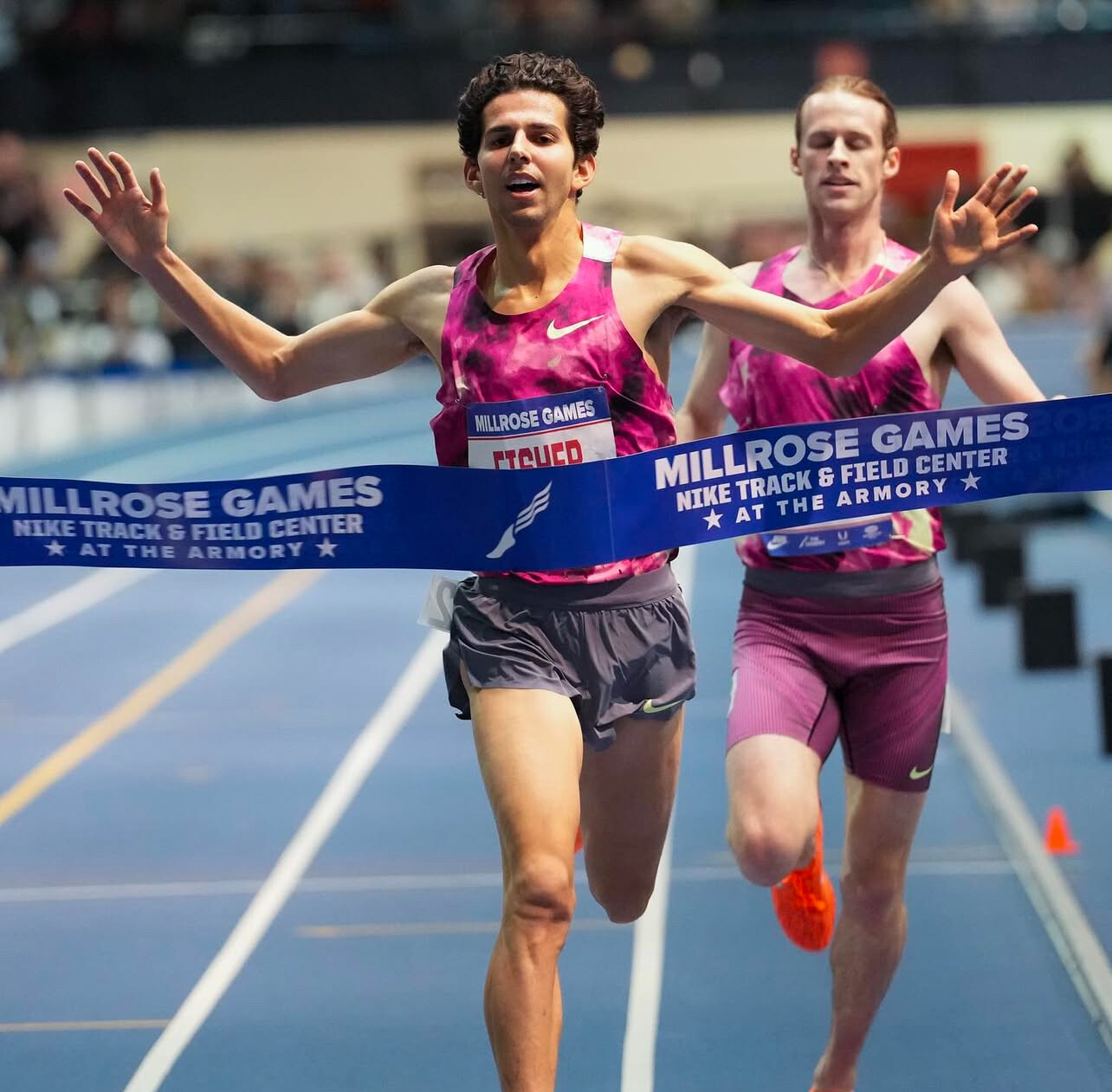
Grant Fisher (USA) and Cole Hocker (USA)—the Olympic 10,000m bronze medalist and 1500m gold medalist, respectively—collided in a tactical masterclass. Fisher’s 7:22.91 broke Lamecha Girma’s world indoor record (7:23.81), with Hocker (7:23.14) also surpassing the old mark . Fisher’s final 200m in 27.50 sealed the win, while France’s Jimmy Gressier (7:30.18) and Australia’s Ky Robinson (7:30.38) set national records .
3. Men’s 800m: Josh Hoey’s American Record Triumph
Josh Hoey (USA) dominated the 800m in 1:43.90, breaking Donovan Brazier’s American indoor record (1:44.21) and holding off Bryce Hoppel (1:44.19 PB) . Sixteen-year-old Cooper Lutkenhaus (1:46.86) smashed the high school record, previously held by Hoey himself .
Women’s Events: Breakthroughs in Mile, 3000m, and 800m

1. Women’s Wanamaker Mile: Georgia Bell’s Tactical Mastery
Georgia Bell (GBR), the Olympic 1500m bronze medalist, edged a stacked field to win in 4:23.35, outkicking Heather MacLean (USA, 4:23.41) and Nikki Hiltz (USA, 4:23.50) . Bell navigated a slow early pace (67.12 for the first quarter-mile) before unleashing a 61.97 final lap, crediting her composure in a “hard and messy” race .
2. Women’s 3000m: Whittni Morgan’s Commanding Victory
Whittni Morgan (USA) surged late to win in 8:28.03, a personal best, ahead of Josette Andrews (USA, 8:29.77) and Sarah Healy (IRL, 8:30.79 NR) . Ethiopia’s Tsigie Gebreselama (8:33.13) and Australia’s Jessica Hull (8:30.91) added depth to a fiercely competitive race .
3. Women’s 800m: Shafiqua Maloney’s Dominance
Shafiqua Maloney (VIN) claimed victory in 1:59.07, fending off a late charge by Addy Wiley (USA, 2:00.14) . Olivia Baker (USA, 2:00.02 PB) and Kaela Edwards (USA, 2:00.14) rounded out the podium in a race showcasing tactical grit .
With world records in the mile (Nuguse) and 3000m (Fisher), plus a slew of national and age-group marks, the 2025 Millrose Games underscored the rising global standard in middle-distance running. As athletes shift focus to outdoor seasons, these performances set the stage for a thrilling 2025 World Championships.
by Boris Baron
Login to leave a comment
NYRR Millrose Games
The Pinnacle of Indoor Track & Field The NYRR Millrose Games, first held in 1908, remains the premier indoor track and field competition in the United States. The 2025 edition will once again bring the world’s top professional, collegiate, and high school athletes to New York City for a day of thrilling competition. Hosted at the New Balance Track &...
more...Grant Fisher to Race Cole Hocker at 2025 Millrose Games in Battle of America’s Best Distance Runners
America’s two best distance runners are set to square off at America’s most prestigious indoor track meet.
On February 8, Grant Fisher will race Cole Hocker over 3,000 meters at the 2025 Millrose Games at the Armory. Fisher is the reigning US champion in the 5,000 and 10,000 meters and a double Olympic medalist. Hocker is the US and Olympic champion in the 1500 meters. Let the hype commence.
Over the last three years, the men’s 3,000 at Millrose has produced some of the best racing of the indoor season. In 2022, Geordie Beamish used a killer kick to upset Hocker and Cooper Teare in the home straight. In 2023, miler Josh Kerr surprisingly stepped up and won in a big pb of 7:33.47, demonstrating the endurance chops that would presage his World Championship 1500 victory six months later. Last year, the event was lengthened to two miles, and Kerr streaked to a world indoor record of 8:00.67 after Fisher tried and failed to break him during the second mile.
The top four finishers at 2024 Millrose would combine to earn seven global medals in 2024. Kerr claimed World Indoor gold in the 3,000 and Olympic silver in the 1500. Fisher, the runner-up in an American record of 8:03.62, took Olympic bronze in the 5,000 and 10,000. Hocker, 3rd in 8:05.70, claimed World Indoor silver and Olympic gold in the 1500. And fourth-placer Beamish (8:05.73) would defeat Hocker to win the World Indoor 1500 title three weeks later in Glasgow.
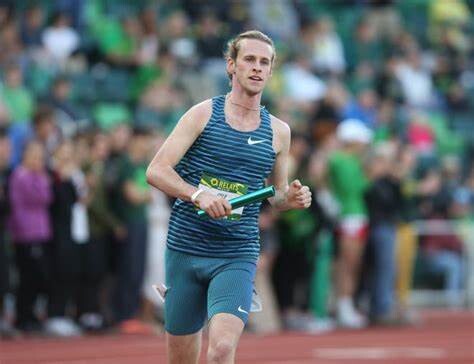
“You look back at that race, that was a pretty loaded field,” Fisher said on this week’s LetsRun.com Track Talk podcast where he announced he would be running Millrose. “Maybe not everyone said that at the time. They might’ve said Josh was the class of the field. But now post-Olympics, you see some people did really, really well throughout that season, and it all kind of started at Milrose at that two-mile. So it’ll be a fun spot to get things rolling again.”
More athletes will be announced as part of the field in the coming weeks, but Fisher versus Hocker should be enough to get any American distance running fan excited. This sort of matchup does not happen often. They were both Foot Locker Cross Country champions as high schoolers. They were both NCAA champions as collegians. They are both national champions as professionals. More than that, Hocker is the fastest American ever in the 1500 meters; Fisher holds the same title in the 3,000, 5,000, and 10,000. They are two of America’s brightest distance talents, now or ever, and they are firmly in their primes.
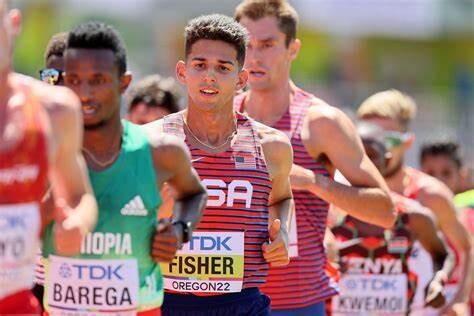
Fisher, 27, and Hocker, 23, did race three times this year, with Fisher prevailing in all three matchups: the 2-mile at Millrose, the 5,000 at the LA Grand Prix on May 17, and the Olympic Trials 5,000 final on June 30. But they’ve never raced each other as Olympic medalists. And that hits different.
Since 1968, four American men have medalled in the Olympic 1500 — Leo Manzano, Matthew Centrowitz, Hocker, and Yared Nuguse. During that same span, only two Americans have medalled in the Olympic 5,000 — Paul Chelimo and Fisher. Only once has one of the 1500 medalists raced one of the 5000 medalists. That came in May 2018, when Chelimo defeated Centrowitz in a 1500 at the Payton Jordan Invitational.
That’s it. Just one matchup between an American 1500 medalist and an American 5,000 medalist in more than half a century. On February 8 at Millrose, we’ll get to see the second, and it will come at the crossover distance of 3,000 meters. In their three battles in 2024, Fisher’s strength prevailed over Hocker’s kick, though Fisher acknowledged he had home-event advantage.
“I didn’t know I was 3-0 against Cole, but to be fair, I’ve never met him at his distance,” Fisher said. “So that gives me a little bit of an advantage. That would be like saying I’m undefeated against him at 10k or something — I don’t think that’s a fair comparison. So yeah, maybe I’ll drop down, race him in a 1500, have it be more of a balanced record to show. But Cole ran incredibly well in the 2-mile last year at Milrose.”
In 2025, however, Hocker will be looking to erase that advantage; he has spoken of wanting to be the best in the world at not just the 1500 meters, but the 5,000 as well. An early showdown against the Olympic bronze medalist is a great way to test the progess he is making.
So who will win on February 8? Hocker’s speed? Fisher’s strength? Or perhaps someone else entirely? We’ll find out in less than two months.
“It will be a really fun opportunity,” Fisher said. “Last year it was fast. I’m sure it’ll be fast this year. So it’s gonna be fun.”
by Jonathan Gault
Login to leave a comment
NYRR Millrose Games
The Pinnacle of Indoor Track & Field The NYRR Millrose Games, first held in 1908, remains the premier indoor track and field competition in the United States. The 2025 edition will once again bring the world’s top professional, collegiate, and high school athletes to New York City for a day of thrilling competition. Hosted at the New Balance Track &...
more...Hicham El Guerrouj’s 26-year reign at risk as 1500m titans eye world record in Brussels
Three top middle-distance runners are set to challenge the long-standing 1500m world record at the Brussels Diamond League.
The men's 1500m world record set back in 1998 by Morocco’s Hicham El Guerrouj will come under serious threat as three of the most promising middle-distance runners—Jakob Ingebrigtsen, Cole Hocker and Yared Nuguse—are set to clash in the Diamond League final in Brussels this Saturday.
El Guerrouj’s incredible time of 3:26.00 has stood the test of time for 26 years with no one able to break the mark that many thought would be surpassed by now.
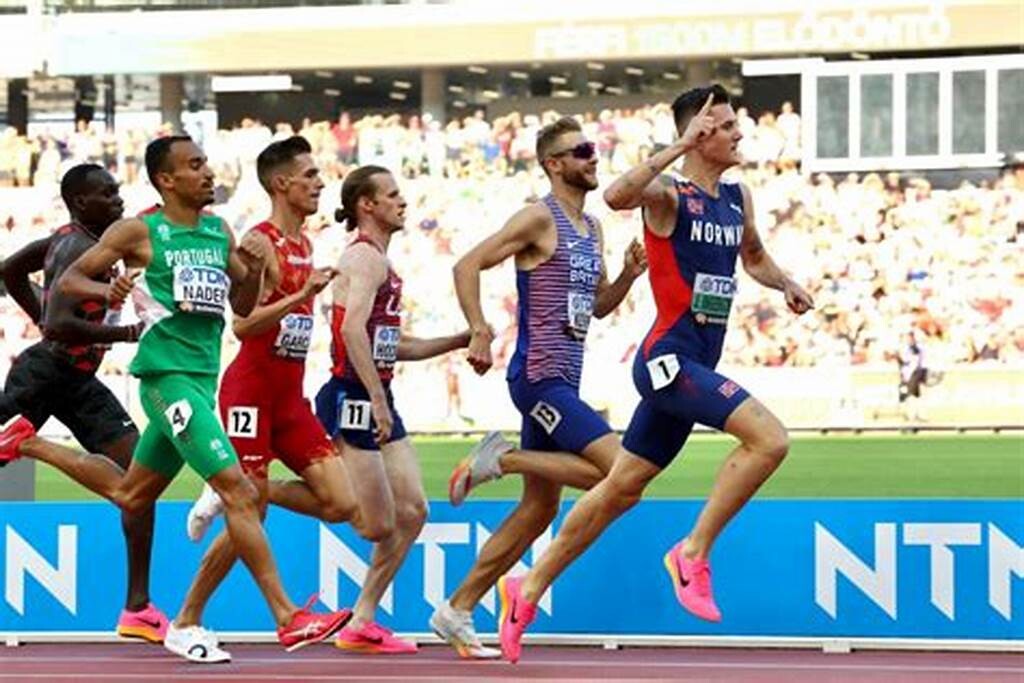
However, the trio of Olympic and World Championship medalists are all in peak form and ready to challenge this long-standing record making this one of the most highly anticipated 1500m races in recent memory.
The Tokyo Olympic champion Jakob Ingebrigtsen, enters the race as the favorite. The Norwegian sensation boasts a personal best of 3:26.73, a mere 0.73 seconds shy of El Guerrouj’s historic mark.
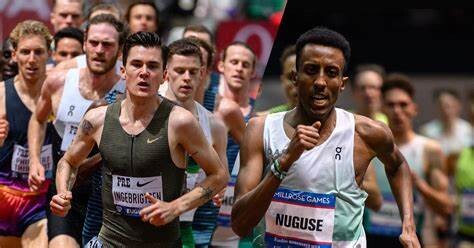
Ingebrigtsen’s dominance over the distance has been unmatched this season, and he has made it clear that breaking the world record is on his radar.
“I feel like I’m in the best shape of my life.The world record is something that has always been in the back of my mind, and I believe this is the best chance I’ve had to go for it," said Ingebrigtsen.
Pushing him to the limit will be the American duo of Cole Hocker and Yared Nuguse. Hocker, fresh off an Olympic season that saw him claim a gold medal in the 1500m is ranked seventh on the all-time list with a personal best of 3:26.73 matching Ingebrigtsen’s time.
Hocker’s confidence has been building all season, and the 23-year-old has openly expressed his desire to break into history.
“I hope to take a stab at the world record, whether it’s this season or next year,” said Hocker.
“But right now, I’m focused on leaving a lasting legacy. The Olympic gold was the first goal, and now it’s time to chase something even bigger.”
Yared Nuguse, ranked ninth on the all-time list, is another strong contender. Nuguse has steadily risen through the ranks with a personal best of 3:27.80 and a season-best of 3:27.80 as well.
The 25-year-old has proven himself capable of competing against the best in the world and could be poised to surprise both Hocker and Ingebrigtsen in Brussels.
The race, however, will be missing one key figure in Josh Kerr, the British 1500m specialist who recently confessed that the mental toll of the season has led him to opt out of the final. Kerr’s absence opens the door for a fascinating showdown between Ingebrigtsen, Hocker, and Nuguse.
In addition to the leading trio, the race will feature strong competition from the likes of Kenya’s Reynold Cheruiyot, a rising star who has posted a season-best of 3:28.28, and Timothy Cheruiyot, the former World Champion.
France’s Azzedine Habz and Great Britain’s Elliot Giles will also be in the mix, having both posted times in the 3:29 range this season.
El Guerrouj’s record-breaking performance in 1998 was the first time a runner had managed to average under 55 seconds per lap for the 1500m.
With athletes now regularly running sub-3:30 times, the level of competition has never been higher. Whether it’s tactical brilliance, pure speed, or a combination of both, this race has all the ingredients to produce fireworks on the track.
by Festus Chuma
Login to leave a comment
Giles breaks world road mile record in Dusseldorf
Britain’s Elliot Giles won the men’s race at the New Balance KO Meile in Dusseldorf on Sunday (1), smashing the world record with 3:51.3*.
The Olympic 800m semifinalist held off a strong challenge from USA’s Olympic 1500m bronze medallist Yared Nuguse, who finished second in 3:51.9.
Both men were well inside the ratified world record of 3:56.13 set by Hobbs Kessler at the 2023 World Road Running Championships in Riga. They also bettered the mark of 3:54.6 – which is pending ratification – recorded earlier this year by Emmanuel Wanyonyi.
Vincent Keter was third in 3:54.9.
Login to leave a comment
Ingebrigtsen avoids the mayhem to make 5,000m final
A little over 14 hours after being run out of the medals in the 1,500 metres final, Norway’s Jakob Ingebrigtsen was back on the Olympic track on Wednesday in the heats of the 5,000m, where he looked strong as the fastest qualifier.
The defending champion over 1,500m finished fourth in a race won by long-shot American Cole Hocker and, understandably, did the minimum necessary on Wednesday to advance to Saturday’s final.
After going out hard from the start on Tuesday night, he sat comfortably at the back of a 20-man field before easing to the front two laps out and leading it home in 13 minutes 51.59.
The Norwegian bounced back from defeat in the last two world championship 1,500m finals to win the 5,000 and would obviously love to make that a hat-trick.
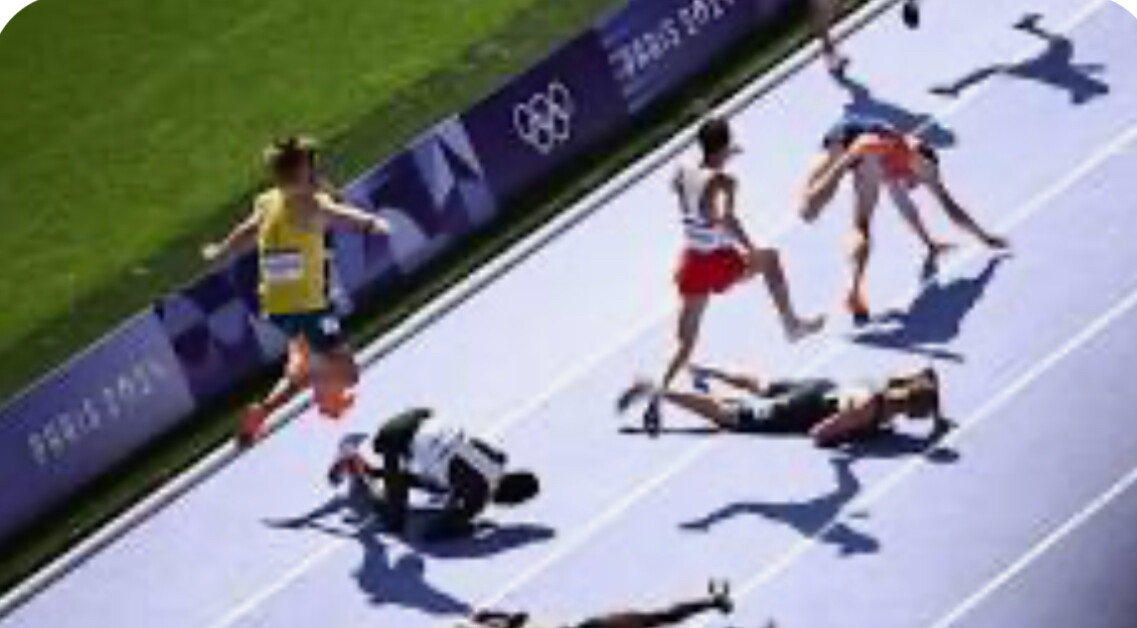
Ingebrigtsen has been outspoken in his criticism of Briton Josh Kerr, who took silver in the 1,500, but was magnanimous in defeat, writing on his Instagram page: "Well, I guess he (Kerr) did show up after all. Cole Hocker, (bronze medallist) Yared Nuguse and Josh Kerr outsmarted me. They were 'the best guys' when it really mattered. And I want to congratulate them all on a great performance."
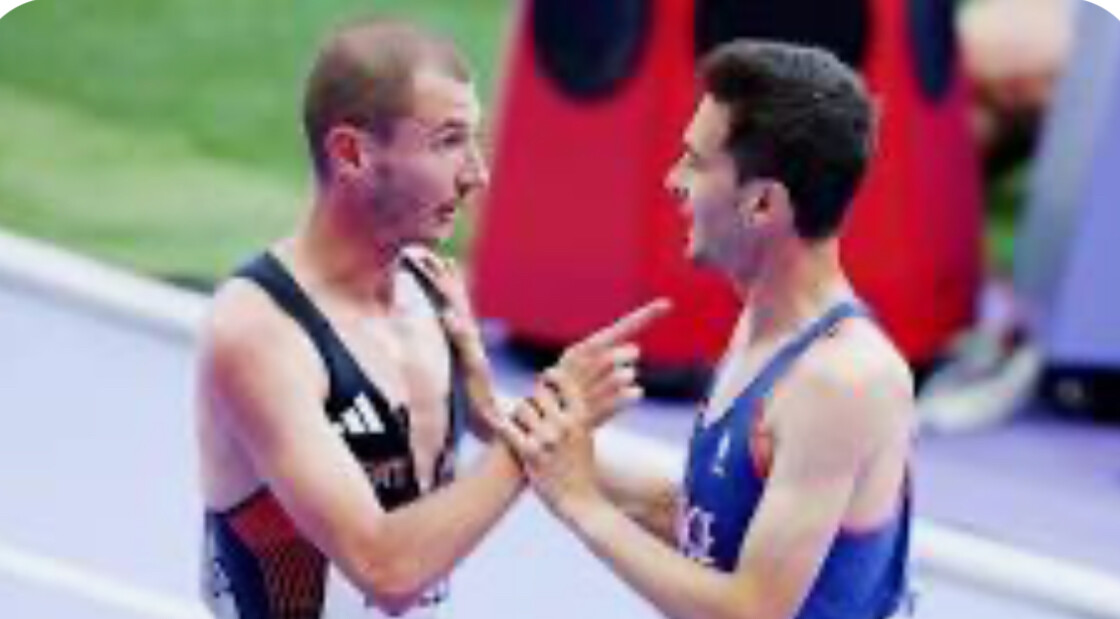
There was great support from the crowd as home favourites Hugo Hay and Jimmy Gressier made the early running in a slow and eventually chaotic first heat.
The pedestrian pace meant that the entire 21-man field was together heading into the final lap, with the inevitable clashes, leading to four men falling in the final straight mayhem.
Narve Gilje Nordas, who finished seventh, in the 1,500m final, kept clear of it by hitting the front and led it home in a "fast-walk" 14:08.16, ensuring there will be two Norwegians in the final.
He even had time to fist-bump second-placed finisher Hagos Gebrhiwet of Ethiopia, who became the second-fastest man ever over the distance earlier this year, before they crossed the line.
Grant Fisher, still on a high from his bronze in the 10,000, will look to extend the United States' impressive middle and long-distance showing in Paris after also progressing.
Canada’s Tokyo silver medallist Mohammed Ahmed did not make it after falling earlier in the first heat, but the four who went down at the end of it - Dominic Lokinyomo Lobalu, George Mills, Mike Foppen and Thierry Ndikumwenayo - were all added to the final lineup after appeals.
Login to leave a comment
American Cole Hocker grabs gold from Josh Kerr as Jakob Ingebrigsten and Timothy Cheruiyot wilt in epic 1500m final
America's Cole Hocker shocks world with by clinching 1500m Olympic gold as Ingebrigsten, Kerr and Kenya's Timothy Cheruiyot miss out.
In a breathtaking display of speed and strategy, America’s Cole Hocker defied all expectations to win gold in the men’s 1500 meters at the Paris 2024 Olympic Games.
Hocker, who was not widely tipped to be a podium contender in a race stacked with talent, outpaced pre-race favorites Jakub Ingebrigtsen, Josh Kerr, and Kenya’s Timothy Cheruiyot to clinch victory and set a new Olympic record of 3:27.65.
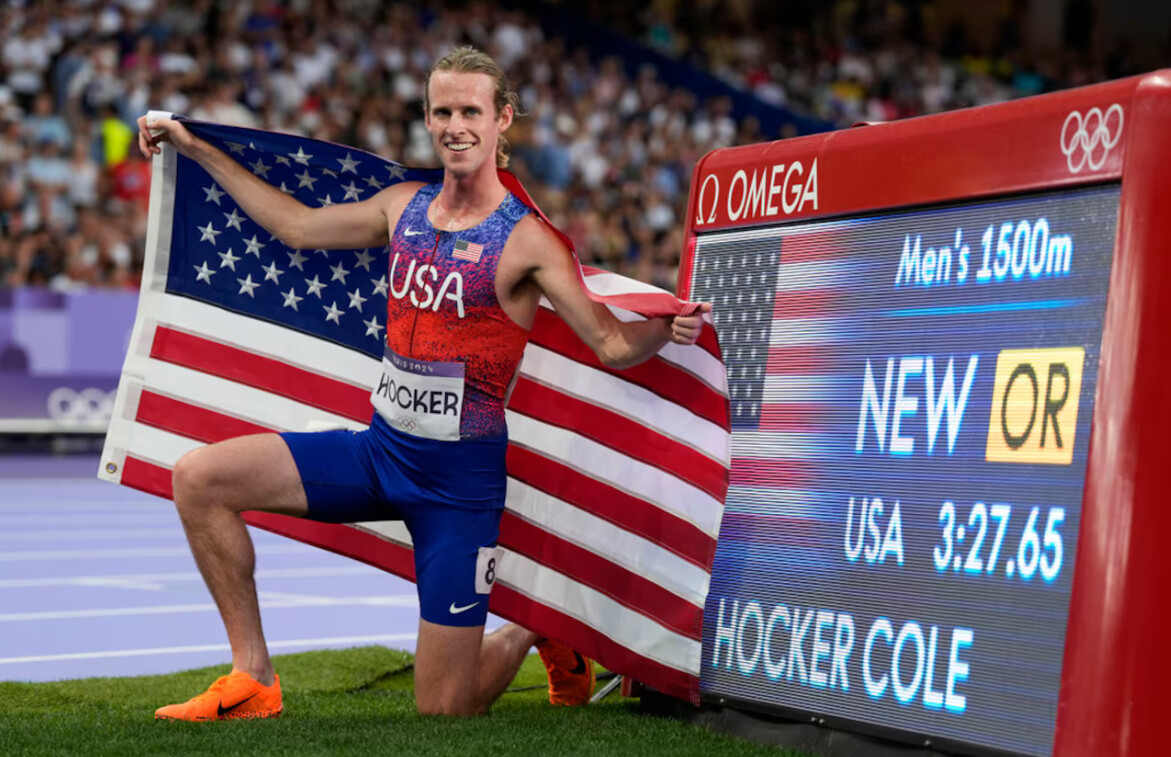
The race, which featured three Americans in the final for the first time in Olympic history, saw Hocker apply relentless pressure on Kerr alongside compatriot Yared Nuguse.
In the final 50 meters, Hocker surged ahead, leaving Kerr and the rest of the field in his wake. Kerr had to settle for silver, finishing in 3:27.79, with Nuguse narrowly taking bronze in 3:27.80.
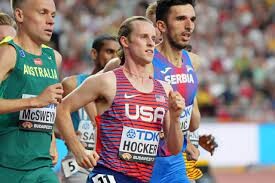
The race was full of surprises, especially with Cheruiyot, the 2019 world champion, fading dramatically in the last 200 meters to finish a disappointing 11th place. His compatriot, Brian Komen, struggled even more, finishing last with a time of 3:35.59.
Jakub Ingebrigtsen, known for his typical backfoot approach where he waits to make his move in the final stages, adopted a different strategy this time.
He led the charge in the first 800 meters, with Kerr and Cheruiyot close behind, setting a blistering world-record pace after the first lap. As the race progressed, it became clear that the final lap would be a dramatic showdown among the front runners.
With 200 meters to go, Cheruiyot and Komen both started to wilt under the intense pace, falling behind as Kerr and Ingebrigtsen battled for the lead. However, Ingebrigtsen, too, began to fade in the closing stretch, allowing Kerr to take control and seemingly secure the gold.
But it was Hocker who had the final say. Taking advantage of Kerr's inability to maintain his pace, Hocker surged past him in the final meters, crossing the finish line first.
The victory was sweetened by the Olympic record he set, a testament to his superb race execution. Hocker celebrated his monumental achievement by thumping his chest and ringing the bell, signaling his arrival on the world stage.
Hocker’s triumph is a significant moment in Olympic history, showcasing the depth of talent in American middle-distance running and marking him as one to watch in future championships.
by Mark Kinyangui
Login to leave a comment
Paris 2024 Olympic Games
For this historic event, the City of Light is thinking big! Visitors will be able to watch events at top sporting venues in Paris and the Paris region, as well as at emblematic monuments in the capital visited by several millions of tourists each year. The promise of exceptional moments to experience in an exceptional setting! A great way to...
more...Meet USA men's athletics team for Paris 2024 Olympic Games
Discover Team USA's men's track and field roster for Paris 2024, featuring stars like Noah Lyles and Rai Benjamin aiming for gold.
The Olympics are once again upon us, and Team USA is ready to make a mark at the Paris 2024 Olympic Games.
With a mix of returning medalists and fresh faces, the American men's track and field roster boasts exceptional talent across a variety of events.
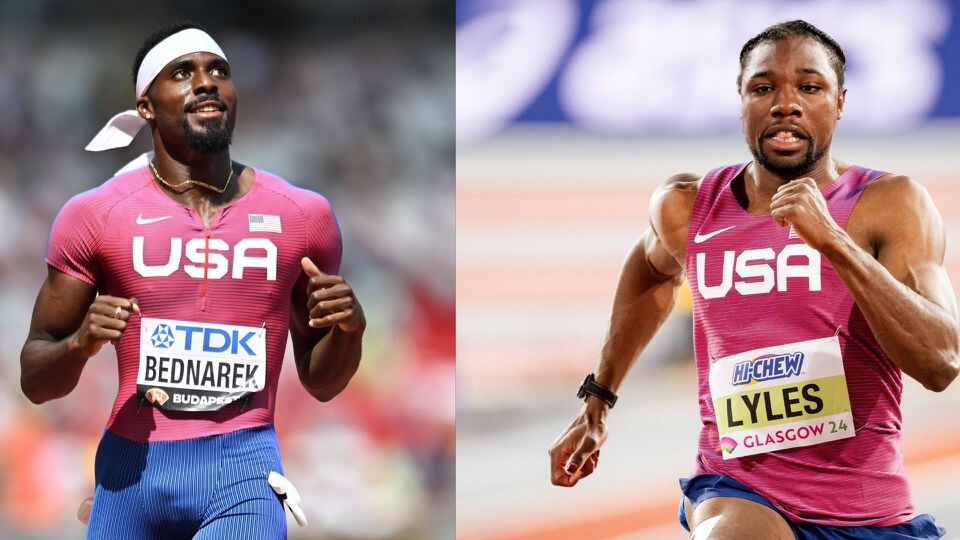
Pulse Sports looks at the athletes representing the United States in each event, highlighting their recent triumphs and expectations for the upcoming games.
100m
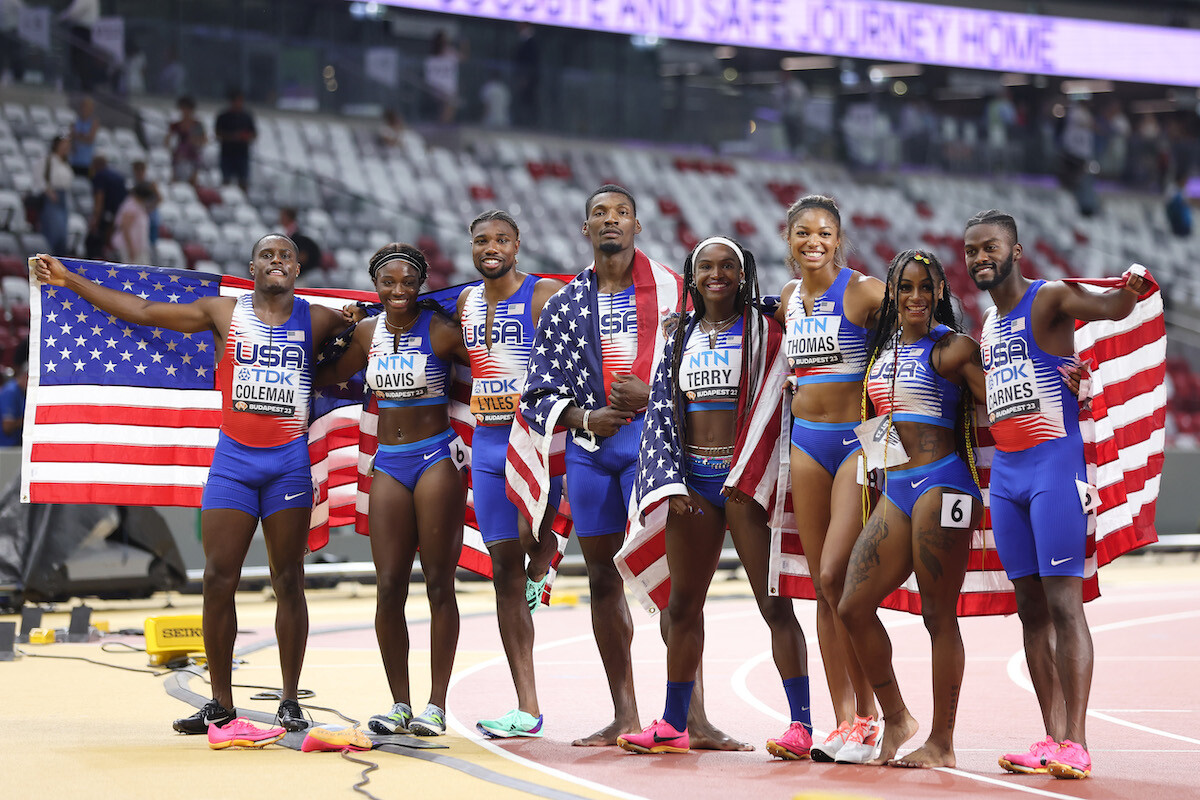
The face of USA track and field Noah Lyles confirmed his top-tier status with a scorching 9.83 seconds in the men’s 100-meter final at the trials.
Alongside him, Kenny Bednarek and Fred Kerley, who previously clinched a silver medal in Tokyo, are all set to bring their explosive speed to the Paris tracks.
This trio’s combination of experience and raw power forms a formidable front for the U.S. in one of the Olympics' most iconic events.
110m hurdles
A familiar name in the hurdles Grant Holloway is eyeing gold after a near miss in Tokyo, where he took home silver.
At the trials, he showcased his readiness by clocking in at 12.86 seconds, a time that would have won him gold in the previous Olympics.
Joining him are Freddie Crittenden and Daniel Roberts, the former making his Olympic debut, and the latter bringing experience from Tokyo, setting up a strong team for this high-stakes event.
200m
Noah Lyles demonstrated his versatility and sheer pace by also clinching the 200-meter at the trials with an impressive 19.53 seconds, narrowly edging out Kenny Bednarek.
With Erriyon Knighton rounding out the team, this event is likely to be a highlight for the U.S., with all three runners previously finishing in the top four at Tokyo 2021 behind Canada’s Andre De Grasse.
400m
Michael Norman returns with hopes of improving on his fifth-place finish in Tokyo.
He is joined by Quincy Hall, whose commanding win at the trials with a time of 44.17 seconds positions him as a strong medal contender.
Chris Bailey rounds out the team bringing fresh energy to the mix.
400m hurdles
Rai Benjamin, who captured silver in Tokyo, solidified his Paris bid with an impressive sub-47-second finish at the trials.
CJ Allen and Trevor Bassitt, both first-time Olympians, will join Benjamin as they aim to convert his previous silver into gold.
800m
Bryce Hoppel returns to the Olympics with an improved trial time that bested his Tokyo performance.
Hobbs Kessler, having already qualified for the 1500m, adds the 800m to his Paris challenges, showcasing his endurance and tactical racing prowess.
Brandon Miller completes the team, ready to make his Olympic debut.
1500m
Cole Hocker, Yared Nuguse, and Hobbs Kessler make up the U.S. team for the 1500-meter race.
All three athletes met the Olympic standard at the trials, demonstrating their readiness and resilience.
This event will test their strategic racing abilities and endurance on the Olympic stage.
5000m
Grant Fisher and Abdihamid Nur are set to represent the U.S. in this challenging race.
Fisher, doubling down after his 10,000m trial win, and Nur, making his Olympic debut, will need to bring their best to contend with the global competition.
10,000m
Grant Fisher leads the U.S. team again in the 10,000m, followed closely by Woody Kincaid and newcomer Nico Young.
This trio having demonstrated strong performances at the trials are prepared to face the long-distance challenge in Paris.
Decathlon
Heath Baldwin, Zach Ziemek, and Harrison Williams represent the U.S. in the decathlon an exhaustive series of ten track and field events that tests versatility and stamina.
Baldwin led the trials, while Ziemek brings experience from his sixth-place finish in Tokyo.
Discus
Andrew Evans and Joseph Brown look to improve the U.S.'s standings in the discus throw, both having shown strong potential at the trials with throws exceeding 65 meters. They aim to transform their trial success into Olympic medals.
Hammer
Daniel Haugh and Rudy Winkler, returning Olympians, have shown significant improvements since Tokyo.
Haugh, in particular, won the hammer throw final at the trials, indicating that he is a strong contender for a medal in Paris.
High Jump
Shelby McEwen and JuVaughn Harrison are set to return to the Olympics, aiming to surpass their previous performances.
Harrison, who finished seventh in Tokyo, looks to leverage his experience for a better outcome in Paris.
Javelin
Curtis Thompson leads the team in the javelin throw, hoping to build on his past Olympic experience.
He is joined potentially by Capers Williamson and Donavon Banks whose participation will depend on the final world rankings.
Marathon
Leonard Korir, Conner Mantz, and Clayton Young have secured their places on the marathon team, each bringing unique strengths and strategies to one of the Olympics' most grueling challenges.
Pole Vault
Chris Nilsen and Sam Kendricks, with past Olympic experiences of highs and lows, aim to dominate the pole vault.
Jacob Wooten joins them, making his first appearance on the Olympic stage.
Shot Put
Ryan Crouser, Joe Kovacs, and Payton Otterdahl, all exceeding the 22-meter mark at the trials, form a powerful shot put trio.
Their aim is clear: to return with gold and silver medals.
3000m Steeplechase
Kenneth Rooks and Matthew Wilkinson will tackle the steeplechase, a race combining speed, stamina, and technique.
Both first-timers at the Olympics, they aim to make a significant impact in Paris.
Triple Jump
Donald Scott returns to the triple jump, along with newcomer Salif Mane, who impressed with a 17.52-meter jump at the trials.
Their sights are set on improving their standings and aiming for the podium in Paris.
by Festus Chuma
Login to leave a comment
Paris 2024 Olympic Games
For this historic event, the City of Light is thinking big! Visitors will be able to watch events at top sporting venues in Paris and the Paris region, as well as at emblematic monuments in the capital visited by several millions of tourists each year. The promise of exceptional moments to experience in an exceptional setting! A great way to...
more...What You Need to Know About the U.S. Track and Field Olympic Trials
From June 21-30, more than 900 runners, throwers, and jumpers will put it all on the line for a chance to compete for Team USA at the Paris Olympics
The U.S. Track and Field Olympic Trials is a showcase of hundreds of America’s best track and field athletes who will be battling for a chance to qualify for Team USA and compete in this summer’s Paris Olympics. For many athletes competing in Eugene, simply making it on to the start line is a life-long accomplishment. Each earned their spot by qualifying for the trials in their event(s). The athlete qualifier and declaration lists are expected to be finalized this week.

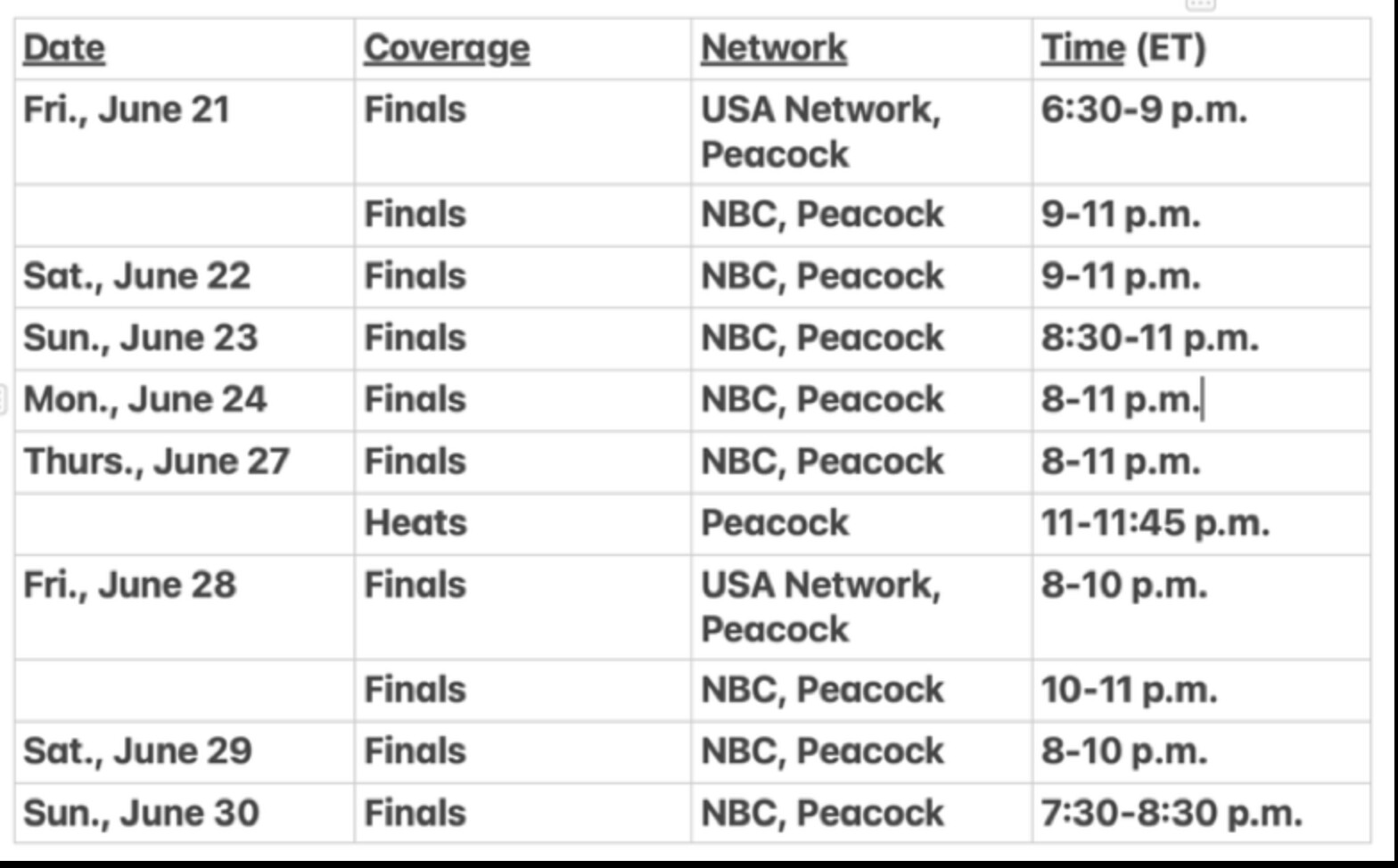
But for the highest echelon of athletes, the trials defines a make-or-break moment in their career. Only three Olympic team spots (in each gender) are available in each event, and given the U.S. depth in all facets of track and field—sprints, hurdles, throws, jumps, and distance running events—it’s considered the world’s hardest all-around team to make. How dominant is the U.S. in the world of track and field? It has led the track and field medal count at every Olympics since 1984.
At the trials, there are 20 total events for women and men—10 running events from 100 meters to 10,000 meters (including two hurdles races and the 3,000-meter steeplechase), four throwing events (discus, shot put, javelin, and hammer throw), four jumping events (long jump, triple jump, high jump, and pole vault), the quirky 20K race walking event, and, of course, the seven-event heptathlon (women) and the 10-event decathlon (men).
(At the Olympics, Team USA will also compete in men’s and women’s 4×100-meter and 4×400-meter relays, plus a mixed gender 4×400, and a mixed gender marathon race walk. The athletes competing on these teams will be drawn from those who qualify for Team USA in individual events, along with alternates who are the next-best finishers at the trials.
There’s also the Olympic marathon, but the U.S. Olympic Trials Marathon was held on February 3 in Orlando, Florida, to give the athletes enough time to recover from the demands of hammering 26.2 miles before the big dance in Paris.
Although some countries arbitrarily select their Olympic track and field teams, the U.S. system is equitable for those who show up at the Olympic Trials and compete against the country’s best athletes in each particular event. There’s just one shot for everyone, and if you finish among the top three in your event (and also have the proper Olympic qualifying marks or international rankings under your belt), you’ll earn the opportunity of a lifetime—no matter if you’re a medal contender or someone who burst onto the scene with a breakthrough performance.
The top performers in Eugene will likely be contenders for gold medals in Paris. The list of American stars is long and distinguished, but it has to start with sprinters Sha’Carri Richardson and Noah Lyles, who will be both competing in the coveted 100 and 200 meters. Each athlete won 100-meter titles at last summer’s world championships in Budapest and ran on the U.S. gold-medal 4×100 relays. (Lyles also won the 200) Each has been running fast so far this spring, but more importantly, each seems to have the speed, the skill, and swagger it takes to become an Olympic champion in the 100 and carry the title of the world’s fastest humans.
But first they have to qualify for Team USA at the Olympic Trials. Although Lyles is the top contender in the men’s 100 and second in the world with a 9.85-second season’s best, five other U.S. athletes have run sub-10-second efforts already this season. Richardson enters the meet No. 2 in the U.S. and No. 3 in the world in the women’s 100 (10.83), but eight other Americans have also broken 11 seconds. That will make the preliminary heats precariously exciting and the finals (women’s on June 22, men’s on June 23) must-see TV.
There are five returning individual Olympic gold medalists competing in the U.S. Olympic Trials with the hopes of repeating their medals in Paris—Athing Mu (800 meters), Sydney McLaughlin-Levrone (400-meter hurdles), Katie Moon (pole vault), Vallarie Allman (discus), and Ryan Crouser (shot put)—but there are more than a dozen other returning U.S. medalists from the Tokyo Olympics, as well as many more from the 2023 world championships, including gold medalists Chase Ealey (shot put), Grant Holloway (110-meter hurdles), Laulauga Tausaga (discus), and Crouser (shot put).
The most talented athlete entered in the Olympic Trials might be Anna Hall, the bronze and silver medalist in the seven-event heptathlon at the past two world championships. It’s an epic test of speed, strength, agility, and endurance. In the two-day event, Hall and about a dozen other women will compete in the 100-meter hurdles, high jump, shot put, 200 meters, long jump, javelin throw, and 800 meters, racking up points based on their performance in each event. The athletes with the top three cumulative totals will make the U.S. team. At just age 23, Hall is poised to contend for the gold in Paris, although Great Britain’s Katarina Johnson-Thompson, the world champion in 2019 and 2023, is also still in search of her first Olympic gold medal after injuries derailed her in 2016 and 2021.
If you can find your way to Eugene—and can afford the jacked-up hotel and Airbnb prices in town and nearby Springfield—you can watch it live in person at Hayward Field. Rebuilt in 2021, it’s one of the most advanced track and field facilities in the world, with an extremely fast track surface, a wind-blocking architectural design, and 12,650 seats that all offer great views and close-to-the-action ambiance. Tickets are still available for most days, ranging from $45 to $195.
If you can’t make it to Eugene, you can watch every moment of every event (including preliminary events) via TV broadcasts and livestreams. The U.S. Olympic Trials will be broadcast live and via tape delay with 11 total broadcast segments on NBC, USA Network, and Peacock. All finals will air live on NBC during primetime and the entirety of the meet will be streamed on Peacock, NBCOlympics.com, NBC.com and the NBC/NBC Sports apps.
The Olympic Trials will be replete with young, rising stars. For example, the men’s 1500 is expected to be one of the most hotly contested events and the top three contenders for the Olympic team are 25 and younger: Yared Nuguse, 25, the American record holder in the mile (3:43.97), Cole Hocker, 23, who was the 2020 Olympic Trials champion, and Hobbs Kessler, 21, who turned pro at 18 just before racing in the last Olympic Trials. Sprinter Erriyon Knighton, who turned pro at age 16 and ran in the Tokyo Olympics at age 17, is still only 20 and already has two world championships medals under his belt. Plus, the biggest track star from the last Olympics, Sydney McLaughlin-Levrone, is aiming for her third Olympics and third Olympic gold (she won the 400-meter hurdles and was on the winning 4×400 relay in Tokyo), and she’s only 24.
Several young collegiate stars could earn their place on the U.S. team heading to Paris after successful results in the just-completed NCAA championships. Leading the way are double-NCAA champions McKillenzie Long, 23, a University of Mississippi senior who enters the trials ranked sixth in the world in the 100 (10.91) and first in the 200 (21.83), and Parker Valby, a 21-year-old junior at the University of Florida, who ranks fifth in the U.S. in the 5,000 meters (14:52.18) and second in the 10,000 meters (30:50.43). Top men’s collegiate runners include 5,000-meter runner Nico Young (21, Northern Arizona University), 400-meter runner Johnnie Blockburger (21, USC), and 800-meter runners Shane Cohen (22, Virginia) and Sam Whitmarsh (21, Texas A&M).
It’s very likely. Elle St. Pierre is the top-ranked runner in both the 1500 and the 5,000, having run personal bests of 3:56.00 (the second-fastest time in U.S. history) and 14:34.12 (fifth-fastest on the U.S. list) this spring. Although she’s only 15 months postpartum after giving birth to son, Ivan, in March 2023, the 29-year-old St. Pierre is running better and faster than ever. In January, she broke the American indoor record in the mile (4:16.41) at the Millrose Games in New York City, then won the gold medal in the 3,000 meters at the indoor world championships in Glasgow in March.
St. Pierre could be joined by two world-class sprinters. Nia Ali, 35, the No. 2 ranked competitor in the 100-meter hurdles and the 2019 world champion, is a mother of 9-year-old son, Titus, and 7-year-old daughter, Yuri. Quanera Hayes, 32, the eighth-ranked runner in the 400 meters, is the mother to 5-year-old son, Demetrius. Hayes, a three-time 4×400 relay world champion, finished seventh in the 400 at the Tokyo Olympics.
Meanwhile, Kate Grace, a 2016 Olympian in the 800 meters who narrowly missed making Team USA for the Tokyo Olympics three years ago, is back running strong at age 35 after a two-year hiatus during which she suffered from a bout of long Covid and then took time off to give birth to her son, River, in March 2023.
No, unfortunately, there are a few top-tier athletes who are hurt and won’t be able to compete. That includes Courtney Frerichs (torn ACL), the silver medalist in the steeplechase at the Tokyo Olympics in 2021; Alicia Monson (torn medial meniscus), a 2020 Olympian in the 10,000 meters, the American record holder in the 5,000 and 10,000 meters, and the fifth-place finisher in the 5,000 at last year’s world championships; and Joe Klekcer (torn adductor muscle), who was 16th in the Tokyo Olympics and ninth in the 2022 world championships in the 10,000. Katelyn Tuohy, a four-time NCAA champion distance runner for North Carolina State who turned pro and signed with Adidas last winter, is also likely to miss the trials due to a lingering hamstring injury. There is also some doubt about the status of Athing Mu (hamstring), the Tokyo Olympics 800-meter champion, who has yet to race in 2024.
Meanwhile, Emma Coburn, a three-time Olympian, 2017 world champion, and 10-time U.S. champion in the 3,000-meter steeplechase, broke her ankle during her season-opening steeplechase in Shanghai on April 27. She underwent surgery a week later, and announced at the time that she would miss the trials, but has been progressing quickly through her recovery. If both she and Frerichs miss the meet, it will leave the door wide open for a new generation of steeplers—including 2020 Olympian Valerie Constein, who’s back in top form after tearing her ACL at a steeplechase in Doha and undergoing surgery last May.
The U.S. earned 41 medals in track and field at the 2020 Paralympic Games in Tokyo—including 10 gold medals—which ranked second behind China’s 51. This year’s Paralympics will follow the Olympics from August 28-September 8 in Paris.
The 2024 U.S. Paralympic Trials for track and field will be held from July 18-20 at the Ansin Sports Complex in Miramar, Florida, and Paralympic stars Nick Mayhugh, Brittni Mason, Breanna Clark, Ezra Frech, and Tatyana McFadden are all expected to compete.
In 2021 at the Tokyo Paralympics, Mayhugh set two new world records en route to winning the 100 meters (10.95) and 200 meters (21.91) in the T-37 category, and also took the silver medal in the 400 meters (50.26) and helped the U.S. win gold and set a world record in the mixed 4×100-meter relay (45.52). Clark returns to defend her Paralympic gold in the T-20 400 meters, while McFadden, a 20-time Paralympic medalist who also competed on the winning U.S. mixed relay, is expected to compete in the T-54 5,000 meters (bronze medal in 2021).
Livestream coverage of the U.S. Paralympic Trials for track and field will be available on Peacock, NBCOlympics.com, NBC.com, and the NBC/NBC Sports app, with TV coverage on CNBC on July 20 (live) and July 21 (tape-delayed).
Login to leave a comment
Eugene mile clash intensifies Kerr-Ingebrigtsen rivalry ahead of Paris
With a lap and a half to go in the Bowerman Mile at last month’s Prefontaine Classic, Josh Kerr made what he described as a “dumb decision” – on purpose.
The world 1500m champion raced to the front at the Wanda Diamond League meeting, ahead of Jakob Ingebrigtsen and Yared Nuguse, the third- and fourth-fastest milers of all time, a move whose intention was daring them to chase him down. When neither could, Kerr burst through the line with a world-leading British record of 3:45.34 and bragging rights – for now.
Having said at the pre-event press conference that he was racing to win, not settle tension between himself and Ingebrigtsen after months of banter between the overnight rivals, Kerr settled who was best over one mile at least on this day at Hayward Field. As to who will be the best in the long run, that remains to be seen – because each runner left declaring confidence for their presumed rematch at the Paris Olympics.
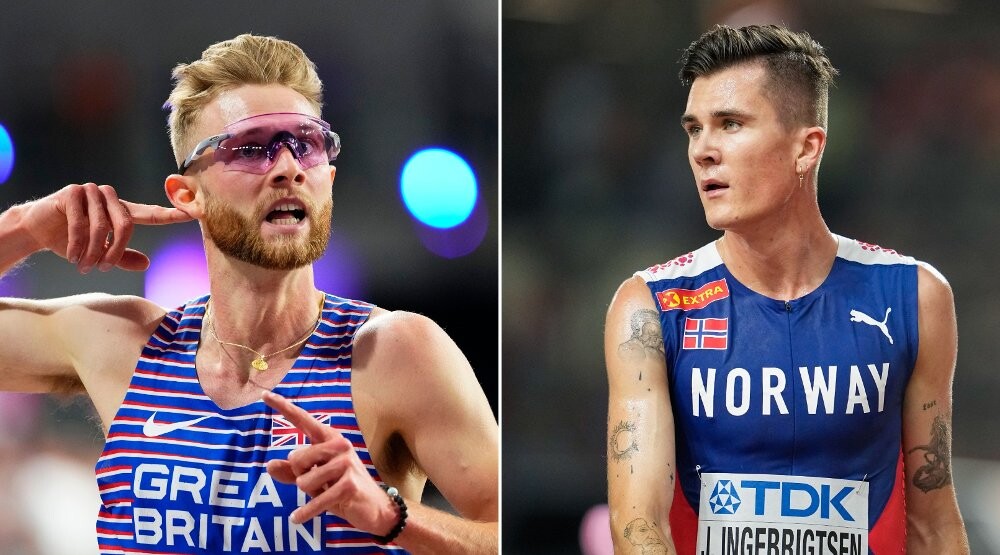
“I was just excited to go out and race against a world-class field and show that I’m still the best 1500m runner in the world,” Kerr said. “The training I’ve done is not anywhere near my peak. 3:45 right now is good enough but we’ve got to make some progress moving from here.”
“It’s a good fight,” Ingebrigtsen said. “Some of my competitors have clearly taken a step in the right direction but not a big step – not as big of a step that maybe is needed to be the favourite in Paris. But I think if anything, this is going to be an exciting summer. For me, I think it’s very good.”
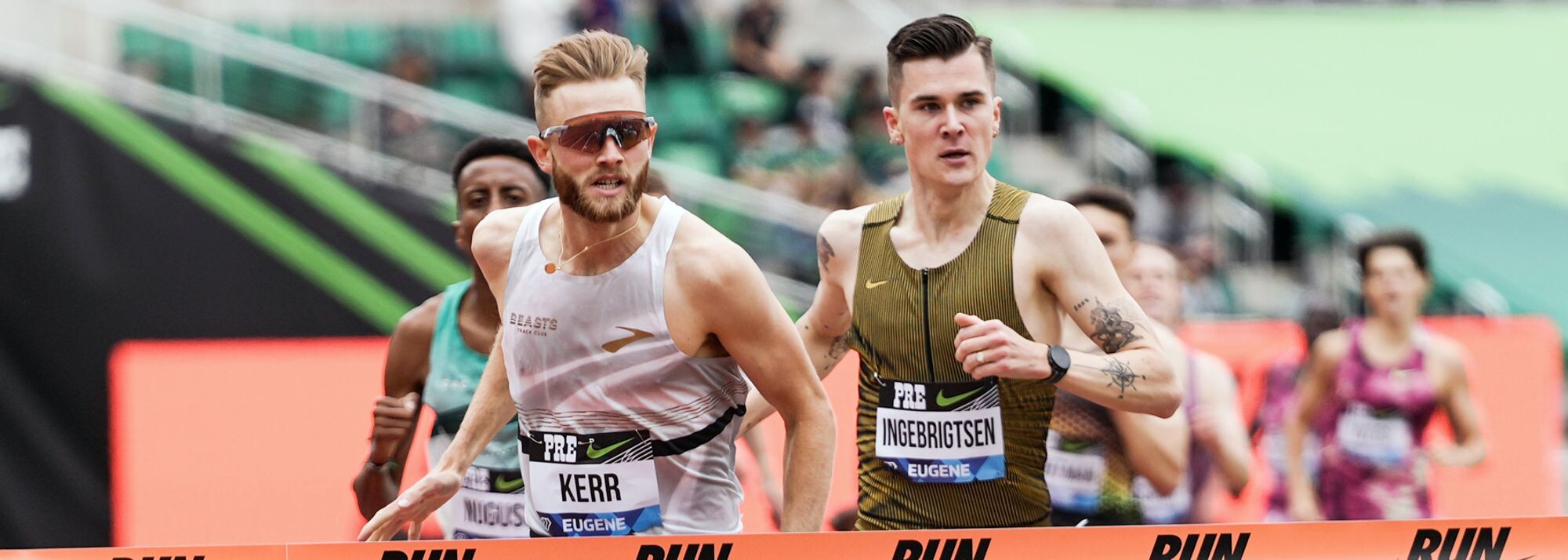
Kerr entered the race with full health and full confidence. After outkicking Ingebrigtsen, the Olympic champion, to win the world title in Budapest last year, Kerr set a world indoor best over two miles in February, then won the world indoor 3000m title in March in front of fans from his native Scotland.
Ingebrigtsen ended last season by winning the Prefontaine Classic mile in 3:43.73, just ahead of Nuguse, but then battled an achilles tendon injury during the winter. That did not necessarily mean he kept a low profile. Comments in the press by Ingebrigtsen began a back-and-forth.
When asked about his relationship with Ingebrigtsen at the press conference ahead of their recent clash in Eugene, Kerr responded: “I wouldn’t say this is a counselling session.”
No, but the race did prove to be a strategy session. The athletes at the front felt that the time through 800m, 1:53, was not too fast. With 600 metres to go, Kerr made his move.
“I thought it was a dumb decision and I knew if I thought it was a dumb decision then it probably was and that was going to scare myself and everyone else around me,” said Kerr, whose previous personal best of 3:48.87 was set two years ago.
Did such an early move surprise Ingebrigtsen?
“A little bit,” he said. “Because historically people have a tendency to not do what they say they’re going to do so they can feel very confident when they have to hold their mask but when we start racing everybody’s very insecure so I think it says a lot about their preparations. I think it was as expected but maybe still surprised that someone is deciding to all of a sudden start racing so I think that’s very good.”
Considering his delayed start to training, Ingebrigtsen was pleased with the time.
"If you do the conversion [to 1500m] it’s a pretty good start," he said. "I’m not a fan of the mile event by itself because it has nothing to do with my culture, definitely something British and American, which I’m not that familiar with, but I think it’s a very good start. I have lost quite a lot of training this winter."
While commentating inside the stadium for the BBC, Steve Cram watched as Kerr broke his 1985 British record of 3:46.32, then had a word with Kerr following the race.
“He said it was a long time coming and he was very proud of me and the way I raced today,” Kerr said.
Jake Wightman, the 2022 world champion at 1500m who missed nearly all of last season due to injury, was fifth in 3:47.87, just behind another British middle-distance specialist, Neil Gourley. Those fast times and gold medals since 2022 were the background to why Kerr said the sport is “heading into the golden era of 1500m running in the UK and in Europe”.
Ingebrigtsen, the day before, had said that being available to race often against top competition was something he considered part of an athlete’s job. Asked if he needed to reassess how to race Kerr tactically given Kerr’s bold and somewhat surprising early move to the front, Ingebrigtsen pointed to his literal track record.
“The last couple of years obviously I have been the only one racing for many of the races so when someone all of a sudden decides to participate other than just following, it’s something different,” Ingebrigtsen said. “So it’s not surprising but it’s just something different.”
Asked if he was suggesting Kerr – who claimed his first Diamond League victory Saturday – had not raced often enough, Ingebrigtsen asked a reporter about the September 2023 meeting in Eugene, when Nuguse was in the field, but not Kerr.
“What about the last time we were here?” Ingebrigtsen said.
Nuguse was third in Eugene in 3:46.22, and while that was behind his 3:43.97 personal best from September, that race occurred at the season’s very end. To run 3:46 in May, at the start of a long season, left Nuguse smiling afterwards, even as he noted he needs to train to be more capable of closing quicker in the final 100m.
“I definitely feel a lot stronger and more comfortable being closer to the front,” Nuguse said. “In a race with so many great guys I think just to come out with third and still be pulling away from it is really huge. I’m feeling really good compared to last year.”
by Andrew Greif for World Athletics
Login to leave a comment
Paris 2024 Olympic Games
For this historic event, the City of Light is thinking big! Visitors will be able to watch events at top sporting venues in Paris and the Paris region, as well as at emblematic monuments in the capital visited by several millions of tourists each year. The promise of exceptional moments to experience in an exceptional setting! A great way to...
more...Mile clash the big attraction in Eugene
Going strictly by time, the Bowerman Mile at the Prefontaine Classic on Saturday (25) is one of the fastest races in the meeting’s 49-year history.
Add in the storylines, and it’s one of the most anticipated, too.
Featuring seven men with lifetime bests faster than 3:50, Olympic and world championship gold medallists, world record-holders and rivals whose banter has preceded the matchup for months, the mile caps a Wanda Diamond League meeting at Hayward Field whose potential for world-leading marks extends far beyond its final event.
Consider, for one, the women’s 800m, and the early window it will open into this summer’s Olympics. The field includes six of the eight competitors from last year’s World Championships final in Budapest, including gold medallist Mary Moraa and silver medallist Keely Hodgkinson. Notably absent will be bronze medallist Athing Mu, the Olympic champion, who was initially scheduled to race but has been withdrawn out of precaution because of a sore hamstring.
Raevyn Rogers, the 2019 world silver medallist whose image adorns a tower standing high above Hayward Field, also is entered, along with Jemma Reekie, Nia Akins and Halimah Nakaayi, who is coming off a victory at the USATF Los Angeles Grand Prix.
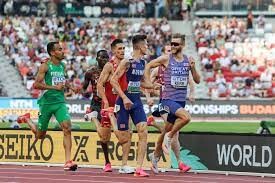
World champion Sha’Carri Richardson and Elaine Thompson-Herah headline the women’s 100m, along with world indoor 60m champion Julien Alfred and Marie-Josee Ta Lou-Smith, while world indoor 60m champion Christian Coleman and Ackeem Blake are among the fastest entered in the men's 100m.
Perhaps the most dominant athlete entering the meeting is Grant Holloway, the world 110m hurdles champion who has won all 10 races he has contested this year, including the indoor season and heats. That also includes running a world-leading 13.07 into a headwind to win in Atlanta last weekend.
The three-time world champion's last loss came on the very same Hayward Field track, at last September’s Prefontaine Classic. The only remaining gap on Holloway’s resume is an Olympic gold medal, and Saturday’s race could be an early preview of Paris, as the field includes five who raced in last summer’s World Championships final in Budapest, including silver medallist Hansle Parchment and Daniel Roberts, who earned bronze.
Shot put world record-holder and multiple world and Olympic champion Ryan Crouser will open his outdoor season in his home state and at the stadium where he owns the facility record, while trying to best Leonardo Fabbri’s world-leading mark of 22.95m.
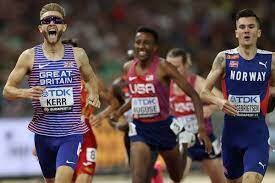
Since 2023, Crouser has lost in just one final – and it was at September’s Prefontaine Classic to Joe Kovacs, who won in Los Angeles last weekend with 22.93m, and is entered again. Payton Otterdahl, who owns the world No.3 mark this year, also is in the field.
Those events offer no shortage of global medallists. Few, however, carry the prospect for as much drama as the mile.
Over the past year, Olympic 1500m champion Jakob Ingebrigtsen and Josh Kerr, who outkicked Ingebrigtsen for last year’s world title in Budapest, have carried on a battle of words through the press about who could prevail in Paris.
Commonwealth champion Olli Hoare, who is part of the field following his 1500m win in Los Angeles last week, said the sport was better for the attention drawn by the back-and-forth between Ingebrigtsen and Kerr – but added that other racers wanted to strike the appropriate level of respect for their competitors, such as Yared Nuguse, whose PB of 3:43.97 was set battling Ingebrigtsen (4:43.73) down to the line at September’s Pre Classic.
“This is a big one. This is going to be a big one for a lot of egos,” Hoare said in Los Angeles. “But I think it’s going to be a big one for me because it’ll be the first race where I’ll have an inkling of where I am with the world’s best. There’s a bit of tossing and turning with the banter but you can’t disrespect that field. If you do, you’ll get eaten alive.”
That list of seven men under 3:50, which includes Hoare, notably doesn’t include Jake Wightman, who will be racing Ingebrigtsen for the first time since their duel at the 2022 World Championships in Oregon, when Wightman won gold; Abel Kipsang, who was fourth at the Tokyo Olympics; Geordie Beamish, less than three months after he stormed to the world indoor title; or Lamecha Girma, the steeplechase world record-holder who is making his mile debut.
“Jake Wightman’s back, he’s a world champion,” Hoare said. “Yared Nuguse, 3:43 mile – these guys are keeping quiet and they’re going to wait for their opportunity to strike. And when they do strike, I guarantee they will make a comment.”
They are not the only accomplished names entered in the distances.
Athletics Kenya will determine its men's and women's Olympic 10,000m qualifiers at Hayward Field, with Kenya's two-time world cross-country champion Beatrice Chebet, the world leader at 5000m this season, part of a women's race that will include world champion Gudaf Tsegay of Ethiopia, eight months after Tsegay set the world 5000m record on the same track.
World record-holder Beatrice Chepkoech will attempt to retain her controlling hold over the steeplechase when she races top challenger Faith Cherotich. The Kenyan duo produced the two fastest times in the world this year at the Diamond League meeting in Xiamen, which Chepkoech won in 8:55.40 to Cherotich’s 9:05.91. Olympic silver medallist Courtney Frerichs will no longer run after injuring the ACL and meniscus in her right knee.
One week after winning in Los Angeles, Diribe Welteji leads the 1500m field that includes 13 women who have run under four minutes. World indoor 3000m champion Elle St Pierre, who won the 5000m in Los Angeles, is running her first 1500m of the season, with Laura Muir, Nikki Hiltz, Jessica Hull, Hirut Meshesha and Cory McGee also entered.
Multiple world and Olympic gold medallist Sifan Hassan, as well as world No.2 Ejgayehu Taye, will feature in the 5000m.
In the field, world and Olympic pole vault champion Katie Moon opens her outdoor season against Sandi Morris, and in the triple jump four of the top five women this season are entered, led by Thea LaFond, whose 15.01m jump to win the world indoor title in Glasgow still stands as the mark to beat.
Olympic discus champion Valarie Allman has not lost in Eugene in two years, a run that includes claiming September’s Diamond League final. That could change on Saturday because of the presence of world leader Yaime Perez, who finished second to Allman in Xiamen last month.
In the men’s 200m, top US sprinters who will duel at the Olympic trials only weeks later will face off. Kenny Bednarek, fresh off a world-leading 19.67 in Doha, is scheduled to race against world No.2 Courtney Lindsey (19.71), with world silver medallist Erriyon Knighton making his season debut. Joe Fahnbulleh and Kyree King, winner of the Los Angeles Grand Prix 100m, are also entered.
Another winner in Los Angeles, Rai Benjamin, headlines the men’s 400m hurdles, and he enters with considerable confidence after running 46.64, the ninth-fastest performance of all time.
“I think I’m the fastest guy in the field, honestly,” Benjamin said of potential Olympic chances.
The women’s 100m hurdles and women’s hammer will not count towards Diamond League points totals, but will be more potential previews for global championships.
Women who account for five of the year’s six fastest times, all of whom are separated by fractions of a second, will face off in the hurdles. Tonea Marshall, fresh off her victory in Los Angeles in 12.42, leads 2019 world champion Nia Ali, Olympic champion Jasmine Camacho-Quinn, two-time world champion Danielle Williams and world indoor champion Devynne Charlton.
Brooke Andersen’s 79.92m throw from earlier this month remains the world-leading hammer mark this season but she will be challenged by world champion Camryn Rogers, 2019 world champion DeAnna Price and world silver medallist Janee’ Kassanavoid, who own the next three farthest throws this season.
by Andrew Greif for World Athletics
Login to leave a comment
Prefontaine Classic
The Pre Classic, part of the Diamond League series of international meets featuring Olympic-level athletes, is scheduled to be held at the new Hayward Field in Eugene. The Prefontaine Classicis the longest-running outdoor invitational track & field meet in America and is part of the elite Wanda Diamond League of meets held worldwide annually. The Pre Classic’s results score has...
more...U.S. Olympic Marathoners Will Race the Bolder Boulder 10K as a Pre-Paris Tune-Up
Conner Mantz, Clayton Young, and Leonard Korir will run in the International Pro Team Challenge on May 27.
Memorial Day is always an exceptional celebration for runners in Boulder, Colorado, but this year, it will have some extra special Olympic flair.
On Monday, May 27, more than 40,000 runners will run through the city that’s known for the iconic Flatirons rock formations, the Pearl Street pedestrian mall, and an exceptionally active population in the annual Bolder Boulder 10K. Now in its 44th year, it’s been one of the top road running races in the U.S. since its inception, and this year will serve as one of the final tune-ups for the men’s U.S. Olympic marathon squad before racing in the Paris Olympics later this summer.
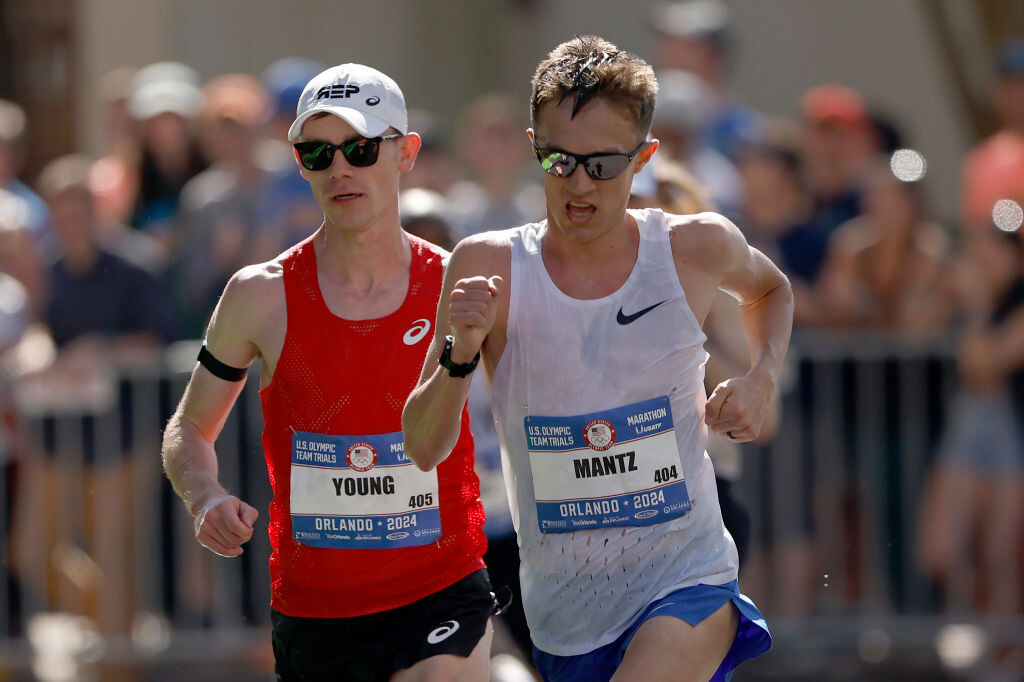
Conner Mantz, Clayton Young, and Leonard Korir, the top three finishers in the 2024 U.S. Olympic Trials who will be racing the marathon in the Paris Olympics on August 10, will be competing as Team USA Red in the Bolder Boulder’s International Pro Team Challenge that follows the citizen’s races. (Korir is expected to officially be named to the U.S. team in early May based on final pre-Olympic international rankings.)
The pro race, which has a prize purse of $83,700 before potential bonuses, is one of the things that makes the Bolder Boulder so unique. After all the runners in 98 citizen waves have completed the race, professional men’s and women’s international teams from more than a dozen countries compete on the same course for team and individual titles. The races feature a staggered start, with women beginning 15 minutes before the men so the winners of each race will finish about 10 minutes apart inside the University of Colorado’s Folsom Field football stadium.
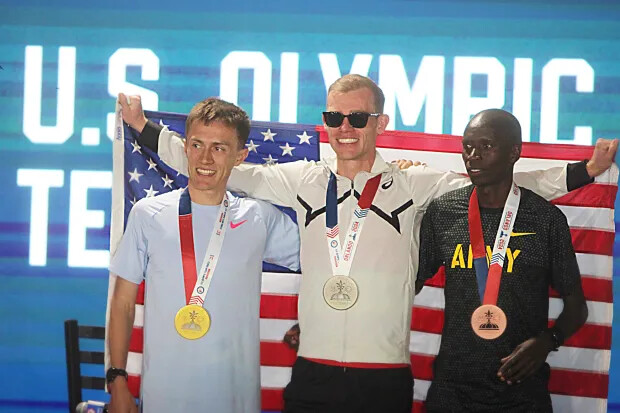
The finishing moments are among the thrilling spectacles in American running. By that point, the stadium is filled with a near-capacity crowd of roaring runners, family, and friends who have been watching the action play out on the massive video screens.
“The finish in the full stadium is like nothing else in the sport,” says Mantz, 27, who won the men’s race last year in 29:08 with a thrilling late-race surge to pass Kenya’s Alex Masai in the final 200 meters before the finish. “It was pretty electric. It took away all the pain you’re feeling mid-race. I was like, ‘Just race as hard as you can.’”
Team USA Red will have plenty of competition, from Team USA White, the secondary American team of Jared Ward, Futsum Zienasellassie, and Sam Chelanga, as well as teams from Kenya, Ethiopia, Mexico, and Rwanda. Teams are scored like a cross country race, with points awarded on the basis of finishing place, which means the team with the lowest combined score for all three runners is the winner. Ties are decided by the positions of the third-place finishers.
The women’s Team USA Red team will be led by defending champion Emily Durgin, along with Sara Hall and Boulder native Nell Rojas. Durgin finished ninth at the U.S. Olympic Trials in February and won the USATF 10 Mile Championships on April 7 in Washington D.C. At last year’s Bolder Boulder, she stormed to victory in 33:24, winning by 24 seconds over Kenya’s Daisy Kimeli.
Hall placed fifth in the U.S. Olympic Trials Marathon on February 3 in a U.S. master’s record (2:26:06) and 15th in the Boston Marathon on April 15. The women’s Team USA White roster will be composed of an all-University of Colorado alumnae squad—Makena Morley, Sara Vaughn, and Carrie Verdon.
“I can’t wait to be back in Boulder for the best day of the year,” says Durgin, 29, who will compete in the U.S. Olympic Trials 10,000 meters on the track in late June with the hopes of making the U.S. Olympic team. “Competing with Nell and Sara will make the experience even better.”
The women’s U.S. Olympic marathon team of Fionna O’Keefe, Emily Sisson, and Dakotah Lindwurm were invited to race in the Bolder Boulder but each runner declined, citing scheduling timing conflicts or a disinterest in racing at Boulder’s lofty altitude (5,430 feet). All of the runners who are racing for the U.S. teams in Boulder live at 4,500 feet or higher.
An Olympic Legacy
Boulder is known as one of the top running meccas in the U.S., in part because elite-level American and international runners have made it their training base since Olympic gold medalist Frank Shorter arrived in the early 1970s. Emma Coburn, Jenny Simpson, Yared Nuguse, Joe Klecker, Jake Riley, Hellen Obiri, and Edna Kiplagat are among the many top-level runners who are currently training in Boulder. Shorter, the 1972 marathon gold medalist, was a co-founder of Bolder Boulder 10K in 1979, and helped it grow into one of the country’s largest races.
Since then, numerous U.S. Olympians have raced in the Bolder Boulder, including Deena Kastor (a three-time women’s champion), Aliphine Tuliamuk (the 2022 women’s winner), Alan Culpepper, Elva Dyer, Ryan Hall, Abdi Abdirahman, Jorge Torres, Shalane Flanagan, Amy Cragg, Magdalena Boulet, and Libby Hickman, as well as Korir (who won it in 2022), and Ward (who was fourth in 2022).
Thanks to Boulder’s robust running community and the prestige of the race, the Bolder Boulder has also always featured fast sub-elite runners competing in the early citizen waves. Yet, the race has also celebrated dedicated middle-of-the-pack runners, as well as the first-time runners and walkers in the later waves. It was one of the first races to have bands playing along the course (as well as belly dancers and other entertainers), runners dressed up in costumes, elite wheelchair races, and in recent years, it has been known for a mid-race slip-and-slide and unofficial bacon aid station.
For the past 25 years, the Bolder Boulder has organized a special Memorial Day tribute—one of the largest in the country—that honors military veterans and new cadets.
The U.S. men’s Olympic marathon team competing in this year’s Bolder Boulder will be a legacy moment for the race, says Bolder Boulder race director Cliff Bosley.
“Having the three men that will represent our country in the marathon at this summer’s Paris Olympic Games is something we are extremely proud of,” Bosley says. “All three ran here last year, and to have them back is just incredible for the race, the city of Boulder, and the sport of running.”
by Brian Metzler
Login to leave a comment
Mu, Moraa and Hodgkinson confirmed for 800m clash in Eugene
Athing Mu, Mary Moraa and Keely Hodgkinson – the three women who’ve claimed the 800m medals at the past two World Championships – will clash at the Prefontaine Classic when the Wanda Diamond League reaches Eugene on 25 May.
Mu won in Eugene last year when Hayward Field hosted the Wanda Diamond League Final. Having finished third at the World Championships three months prior, the Olympic champion gained revenge on home soil and kicked to victory in a US record of 1:54.97.
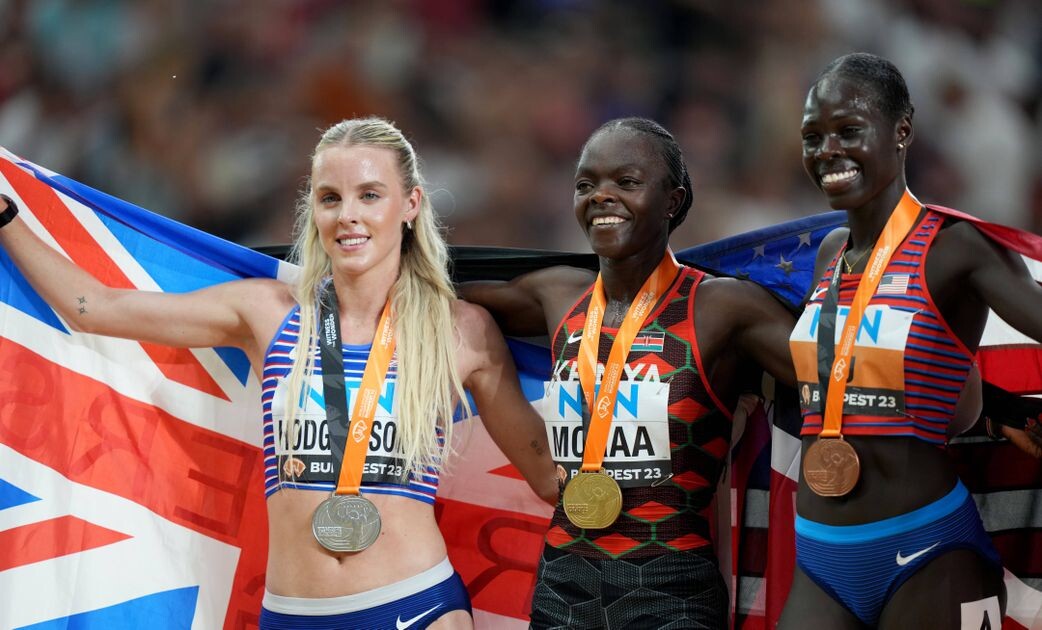
Hodgkinson – as she had done at the Olympics in 2021, as well as at the 2022 and 2023 World Championships – finished second on that occasion in a British record of 1:55.19.
Moraa wound up fourth in that race, but the Kenyan had won the biggest prize of the year in Budapest, taking the world title in a PB of 1:56.03.
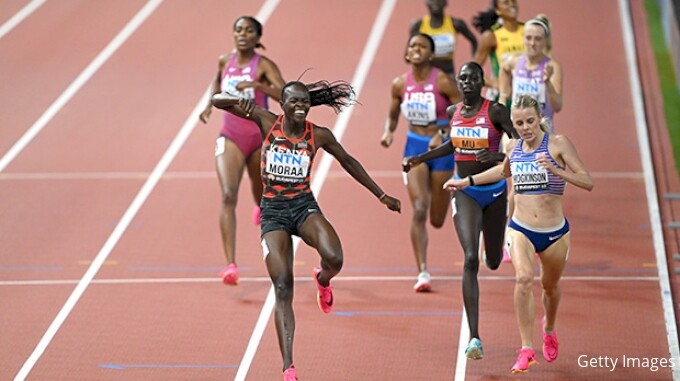
The trio have clashed just three times in the past, with Mu coming out on top in two of those encounters.
It’s the second big middle-distance clash announced by the Prefontaine Classic, following the news last month that Olympic 1500m champion Jakob Ingebrigtsen will take on world champion Josh Kerr and North American record-holder Yared Nuguse in the Bowerman mile.
by World Athletics
Login to leave a comment
Prefontaine Classic
The Pre Classic, part of the Diamond League series of international meets featuring Olympic-level athletes, is scheduled to be held at the new Hayward Field in Eugene. The Prefontaine Classicis the longest-running outdoor invitational track & field meet in America and is part of the elite Wanda Diamond League of meets held worldwide annually. The Pre Classic’s results score has...
more...The TEN Preview: Nico Young Debuts, Alicia Monson Chases AR, and Karissa Schweizer Returns
Saturday night’s races at The TEN in San Juan Capistrano, Calif., will play a significant role in determining who gets to represent the United States in the 10,000 meters at this summer’s Olympics in Paris. The 2024 Olympic auto standards are incredibly tough — only three Americans have ever run under the 27:00.00 men’s standard and only five Americans have hit the 30:40.00 women’s standard — and you can count the number of world-class track 10,000-meter races each year on one hand. That’s why Grant Fisher, Nico Young, Woody Kincaid, Joe Klecker, Abdihamid Nur, Alicia Monson, Karissa Schweizer, Emily Infeld, Weini Kelati, and many more will be heading to SoCal Saturday night.
Since its first edition in 2021, The TEN has become the place for Americans to run a fast 10,000. Fisher set the men’s American record here in 2022 while Monson set the women’s American record here in 2023 and will be looking to repeat the feat in 2024.
To watch the main events, you’ll have to stay up late — the top heat of the women’s 10,000 does not start until 11:58 p.m. ET with the men to follow at 12:35 a.m. ET. Before then, we’ll get appetizer with the men’s 1500 (10:05 p.m. ET), which features Olympic medalists Matthew Centrowitz and Evan Jager kicking off their 2024 seasons.
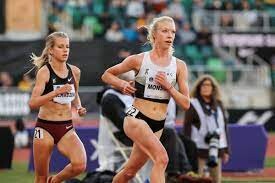
Matthew Centrowitz and Evan Jager have seen it all in running. They both graduated from high school in 2007 and made their first US teams as young guns — Jager as a 20-year-old in 2009, Centro at 21 in 2011. For much of the 2010s, they were among the very best in the world in their events, with Centro bringing home a gold medal from the 2016 Olympics and Jager a silver. Now Centro (34) and Jager (35) are the elder statesmen, trying to fend off a host of younger rivals and make one last Olympic team in Paris.
Both men will run their 2024 outdoor openers in the 1500 on Saturday (Centro did run a 3:59 indoor mile on January 27 while Jager ran the first 4k of a 5k in Boston on February 16 before dropping out). Which means it’s time for one of our favorite games: how fast (or slow) will Centro run?
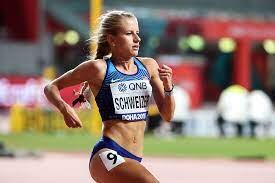
Throughout his career, Centrowitz has established himself as one of America’s greatest ever milers by delivering when it counts. He made every US team from 2011 through 2021 and won three outdoor medals as well as the 2016 World Indoor title. Yet in the latter years of his career, Centro thrown out some stinkers to begin his seasons before working his way into shape. In 2021, he opened with a 3:40 1500 on March 6 followed by a 1:50 800 on April 10 but ended the year running a 3:49 mile and making the Olympic team. Last year, he went to Australia and ran 1:56 for 800 on February 11 and 4:06 for the mile on February 23 but was running 3:36 for 1500 by May and eventually made the US final (though he only finished 10th).
So if Centro runs poorly here, it’s not cause for total panic. Heck, the fact that both he and Jager — who missed most of the 2023 campaign with a foot injury — are healthy enough to be racing is a promising sign. But the American 1500 scene is also more competitive than when Centro last made a team in 2021. Tactically, there is no better US racer than Centro, but he’s up against a group of young studs that includes three medalists from this year’s World Indoors (Yared Nuguse, Cole Hocker, Hobbs Kessler) and a trio of NCAA champions from the University of Washington (Luke Houser, Joe Waskom, Nathan Green). Nuguse is the oldest of that group at 24 — a full decade younger than Centro. Centrowitz is facing an uphill battle to make Olympic team #4 but if he can run 3:36 or 3:37 here and stay healthy for the next three months, he could still have a shot.
As far as the man most likely to win here, Sweden’s Samuel Pihlström ran 3:35 in February and just finished 8th at World Indoors.
Women’s 10,000 (11:58 p.m. ET): Alicia Monson tries to become the first US woman under 30:00 as Karissa Schweizer returns.
Unlike almost every other athlete in this meet, Alicia Monson already has the Olympic standard thanks to the 30:03 American record she ran here last year. So why is she back for another crack?
Monson laid it all out in an interview with LetsRun.com back in December:
Basically, it was just what can we do that would make me feel the most ready for the Olympics? And I feel like that’s running a sub-30:00 10k. I guess the plan would be to break the American record again, but really it’s how fast can I run to feel the most prepared? Because obviously I’m running against people who can run very fast and [I need to] be prepared to run at a pace that feels easy to them and then kick off of it.
Monson was still with the leaders at the bell at last year’s World Championships and her 5th-place finish was the best of her career in a global final. But she finished nearly four seconds out of the medals and the competition will be fierce in Paris. The last three global 10k champions — Sifan Hassan (29:06 pb), Letesenbet Gidey (29:01 pb), and Gudaf Tsegay (29:29 pb) — occupy three of the top four spots on the all-time 10,000m list. The slowest of them, Tsegay, still has a pb 34 seconds faster than Monson’s.
by Jonathan Gault
Login to leave a comment
The Ten
The world's fastest 10,000m races each year have taken place in a sleepy little coastal town in southern California. More national records were broken in 2022 than any other race on the planet as the best in the western hemisphere launched into rarified zones of time and space. The best return to San Juan Capistrano this year to cap off...
more...Confirmed! When serial track rivals Josh Kerr and Jakob Ingebrigtsen will face off
The date when a showdown between 1500m Olympic champion Jakob Ingebrigtsen and 2023 1500m world champion Josh Kerr has been confirmed.
Serial track rivals Josh Kerr and Jakob Ingebrigtsen have both been confirmed as headliners for the Bowerman Mile at the Prefontaine Classic, the fourth leg of the Diamond League Meeting series happening in Eugene, USA on May 25.
The duo has been known to attack each other with the two-time World 5000m champion from Norway also attacking the Scot most of the time.
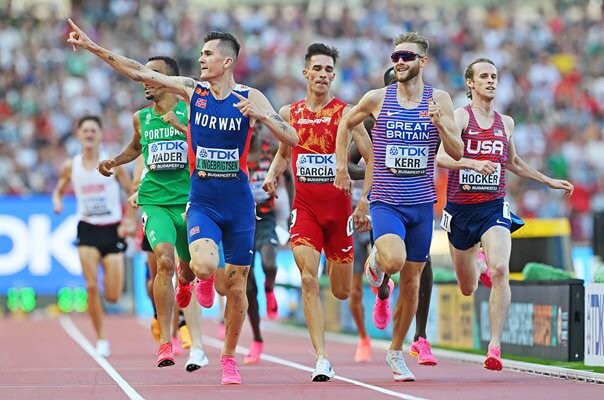
The Norwegian, from time to time has been on record, trash-talking his rivals including Kerr and he once referred to him as the guy next door.
In his recent interview Speaking to the UK Times, Ingebrigtsen noted that he believes his competitors are irrelevant and very inconsistent when it comes to the sport.
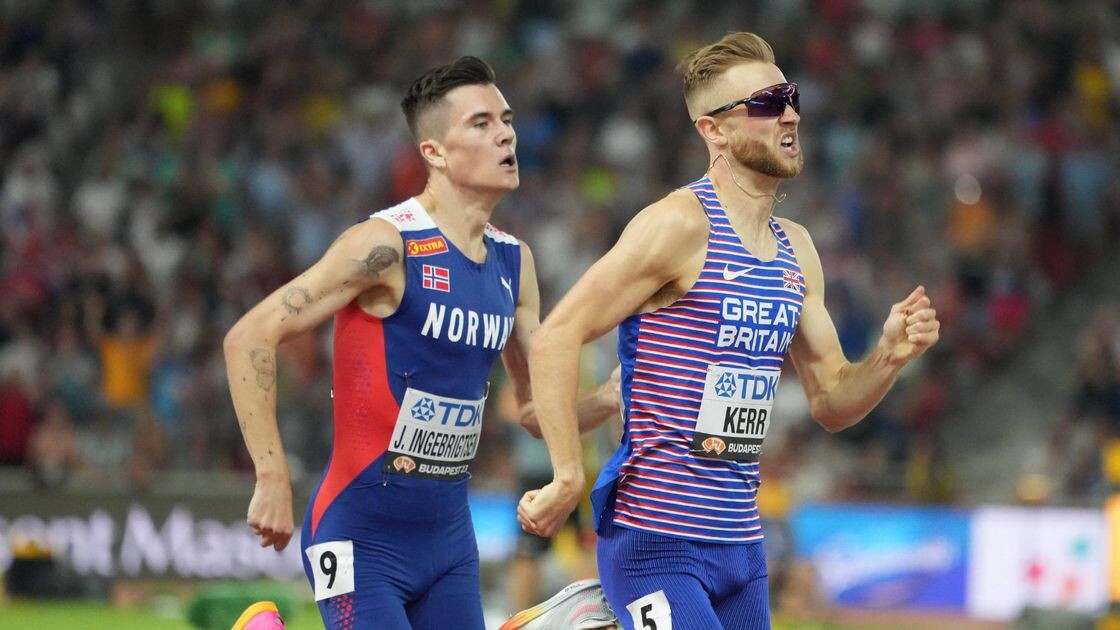
“I’m going to say my competitors are irrelevant in the way I see them all the same. One of the main issues is they are very inconsistent and that means my rivals are always changing.
“From 2017 I have had ten to 12 different rivals. It’s easier for them to have a rival in me but not as easy for me to have a rival in them,” Ingebrigtsen said.
After the Scot broke the two-mile indoor world record, the World 1500m silver medallist also made fun of him and noted that he would have beaten him blindfolded.
“I would have beaten him in that race, blindfolded… But it’s good that people run better than they have done before,” Ingebrigtsen said.
The duo now clashes at the Prefontaine Classic and Kerr will be debuting at the event. U.S. indoor and outdoor mile record holder Yared Nuguse will also be in the mix.
In last year’s race, Ingebrigtsen battled to the finish line with Nuguse with the Norwegian star winning in 3:43.73. Nuguse took nearly three full seconds off Alan Webb’s American record with a 3:43.97.
by Abigael Wuafula
Login to leave a comment
Kerr delights Glasgow crowd with world indoor 3000m win
Just before the bell sounded in the men’s 3000m final, Josh Kerr made his move, sweeping through to join Selemon Barega at the front of the field with one lap of the track remaining.
Could the Scot who brought down Jakob Ingebrigtsen, the Norwegian prince of the middle distances, in the last 200m of the stunning men’s 1500m final at the outdoor World Championships in Budapest last August do the same to the defending 3000m champion back on home ground at the World Athletics Indoor Championships Glasgow 24?

Indeed, he could. And then some.
The noise threatened to raise the roof in the Glasgow Arena as the pride of Glasgow kicked again halfway down the back straight. Barega, the Olympic champion at 10,000m, was unable to respond.
As Kerr rounded into the home straight, the gold medal was in the bag. He still dipped for the line but with 0.61 to spare.
The time, 7:42.98, was a statistical irrelevance as the double world champion savoured his victory ahead of his US rival Yared Nuguse, who came through to snatch silver in 7:43.59, Barega fading to third in 7:43.64.
Kerr had become the first British man to win the world indoor 3000m title and only the third Scottish athlete to strike world indoor gold in any event.
He wasn’t even born when the Bellshill Bullet Tom McKean hit the bullseye in the men’s 800m and his training partner Yvonne Murray did likewise in the women’s 3000m in Toronto back in the mists of 1993.
Fittingly, McKean and Murray were both in the house to join in the celebrations as Kerr soaked up the applause wrapped in a Scottish Saltire flag.
“For Scotland and for the UK, this is a huge championships,” said the Tokyo Olympic 1500m bronze medallist, who has been based in the United States in Albuquerque since the age of 17.
“I needed to be at my best. It was a hard-fought race.”
It was indeed and Kerr fought the smartest, judging his effort to absolute perfection, as he had in that wonderful world outdoor 1500m final seven months ago.
He was happy to sit back in the pack as Barega and his Ethiopian teammate Getnet Wale toyed with the pace at the front, injecting fleeting surges.
The field remained bunched with 800m remaining, at which point Kerr coolly drifted up into second, behind Wale. It was the perfect position to react to any major move.
That came with 500m remaining, Barega making his way past into the lead. Nuguse’s US teammate Olin Hocker entered the equation too before Kerr closed down Barega at the bell – and proceeded to break not just the Ethiopian runner but the Ethiopian stranglehold on the event.
After wins by Yomif Kejelcha in Portland in 2016 and in Birmingham in 2018, and Barega’s success in Belgrade two years ago, Kerr became the first European winner since Italy’s Gennaro Di Napoli retained the title in Toronto in 1993.
“I just didn't want to short change anyone because I knew I had the support of all Scotland and the UK tonight,” added Kerr, who has raced sparingly on the boards but set a brilliant world indoor two mile best of 8:00.67 in New York on 6 February.
Behind the three medal winners, Wale finished fourth in 7:44.77 and Hacker fifth in 7:45.40.
by Simon Turnbull for World Athletics
Login to leave a comment
World champion Josh Kerr confident under pressure at World Indoors
On Thursday morning, Josh Kerr was calm and confident as he took questions from the media at the 2024 World Indoor Championships in Glasgow. The reigning 1,500m world champion is poised to tackle a new challenge at World Indoors: the men’s 3,000m event, all under the watchful eyes of a supportive home crowd. When asked about the pressure for Saturday’s race, Kerr brushed it off, saying that internally, nothing has changed.
Acknowledging the weight of expectation that comes with being a world champion, Kerr says he’s unfazed by external distractions. “I remain focused on myself and on preparing to compete at the highest level,” says Kerr. “My primary goal remains unchanged: to win gold at both the World Indoors and the Paris Olympics.”
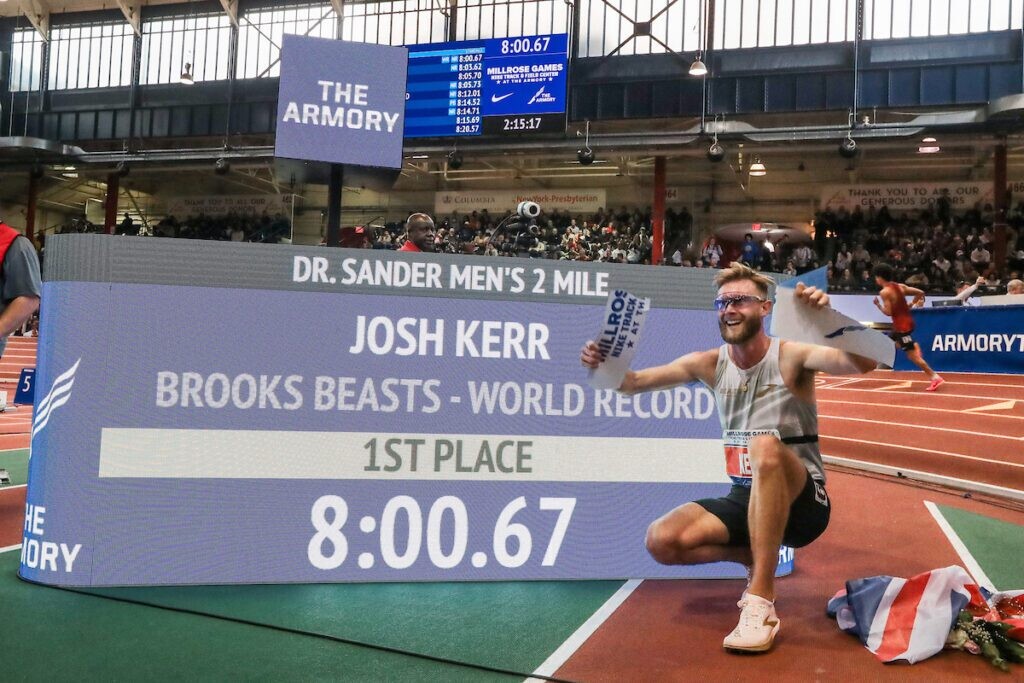
The Scottish middle-distance runner made the strategic decision to opt out of the 1,500m event in Glasgow, entering the 3,000m instead—a distance he’s tackled only twice in his professional career. “Over the years, I’ve recognized the need to build strength, and I’ve seen considerable success in the 3K and two-mile races,” explained Kerr. “I believe I have untapped potential in the 3K.”
While venturing into longer-distance events, Kerr reiterated that his main focus for Paris is firmly on the men’s 1,500m. “I have no plans to venture into the 5,000m anytime soon… I might be the worst at it,” he laughed. “But it’s an area I’m working on improving.”
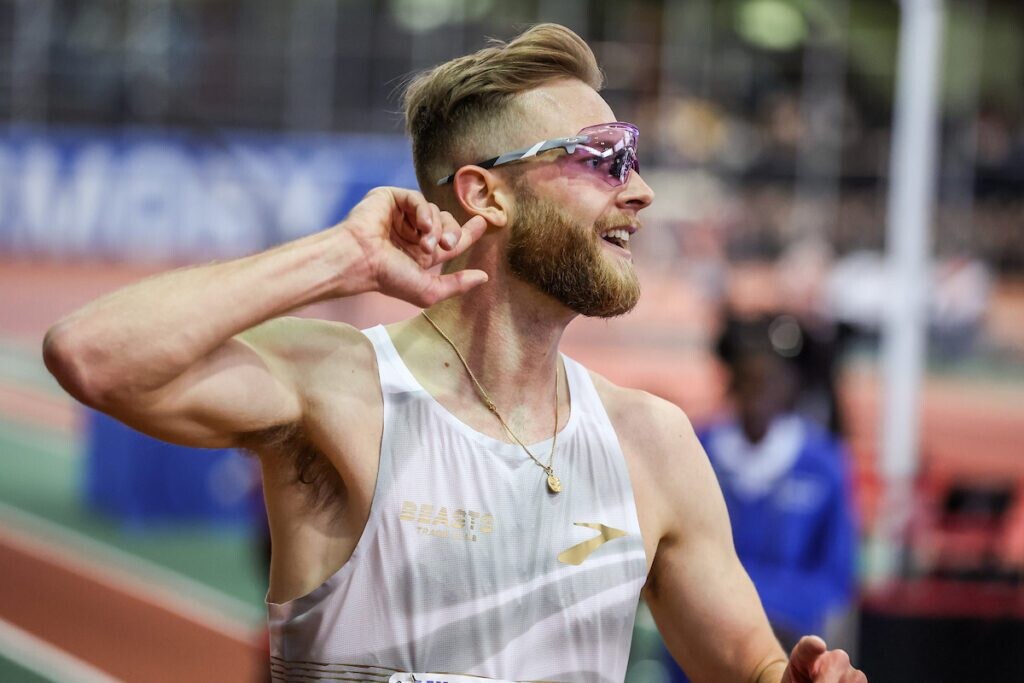
Constantly challenging himself to get better was something Kerr had to learn early on in his career. When he won bronze at the Tokyo Olympics, he said he got carried away with thinking the hard work was done and that he could ride the wave. “I believe track and field is the most humbling sport in the world,” says Kerr. “I had to put my head down and set events to look forward to in order to help with my motivation during winter training.”
The possibility of winning world championship gold on home soil holds a lot of significance for Kerr. “World Indoors in Scotland is deeply meaningful to me,” he said. “Following the legacy of events like London 2012, I hope this championship inspires the next generation of Scottish athletes.”
As the main medal favourite for host country Team GB, Kerr is embracing the challenge. “Despite our smaller team size, I think every athlete in a GB singlet is a genuine medal contender,” Kerr says.
While Kerr’s rival Jakob Ingebrigtsen will be absent from World Indoors, Kerr declined to engage in any banter after Ingebrigtsen said he could beat Kerr’s two-mile world best “blindfolded.” When questioned about Ingebrigtsen’s recent remarks, he laughed and said “No comment.” With the men’s 3,000m at World Indoors stacked with talent—including American mile record holder Yared Nuguse and Olympic 10,000m champion Selemon Barega of Ethiopia—reaching the top of the podium for Kerr won’t come easy.
You can stream the 2024 World Indoor Championships from March 1 to 3 from Canada live on CBCSports and CBC, and the CBC Gem app. Canadian Running will be reporting live from Glasgow, reporting on the action and featuring interviews with athletes as everything unfolds. You can follow our coverage on Instagram or Twitter.
by Marley Dickinson
Login to leave a comment
World Athletics Indoor Championships
World-Class Competition Lands in China: 2025 World Athletics Championships The global spotlight shines on China as it hosts the 2025 World Athletics Championships, bringing together the planet’s most elite runners, jumpers, and throwers. This prestigious event, organized by World Athletics, represents the pinnacle of track and field competition—where national pride, personal records, and world titles are on the line. ...
more...Global champions Holloway, Moon and Lyles feature on USA's team for WIC Glasgow 24
The United States has named a team of 57 athletes for the World Athletics Indoor Championships Glasgow 24 on March 1-3.
World and Olympic champions Ryan Crouser and Katie Moon head the men’s and women’s entries respectively. They will be joined by world champions Noah Lyles, Grant Holloway and Chase Jackson (nee Ealey).
Sandi Morris will defend her world indoor pole vault title, while world leaders Tara Davis-Woodhall, Yared Nuguse and Shelby McEwen also feature on the team.
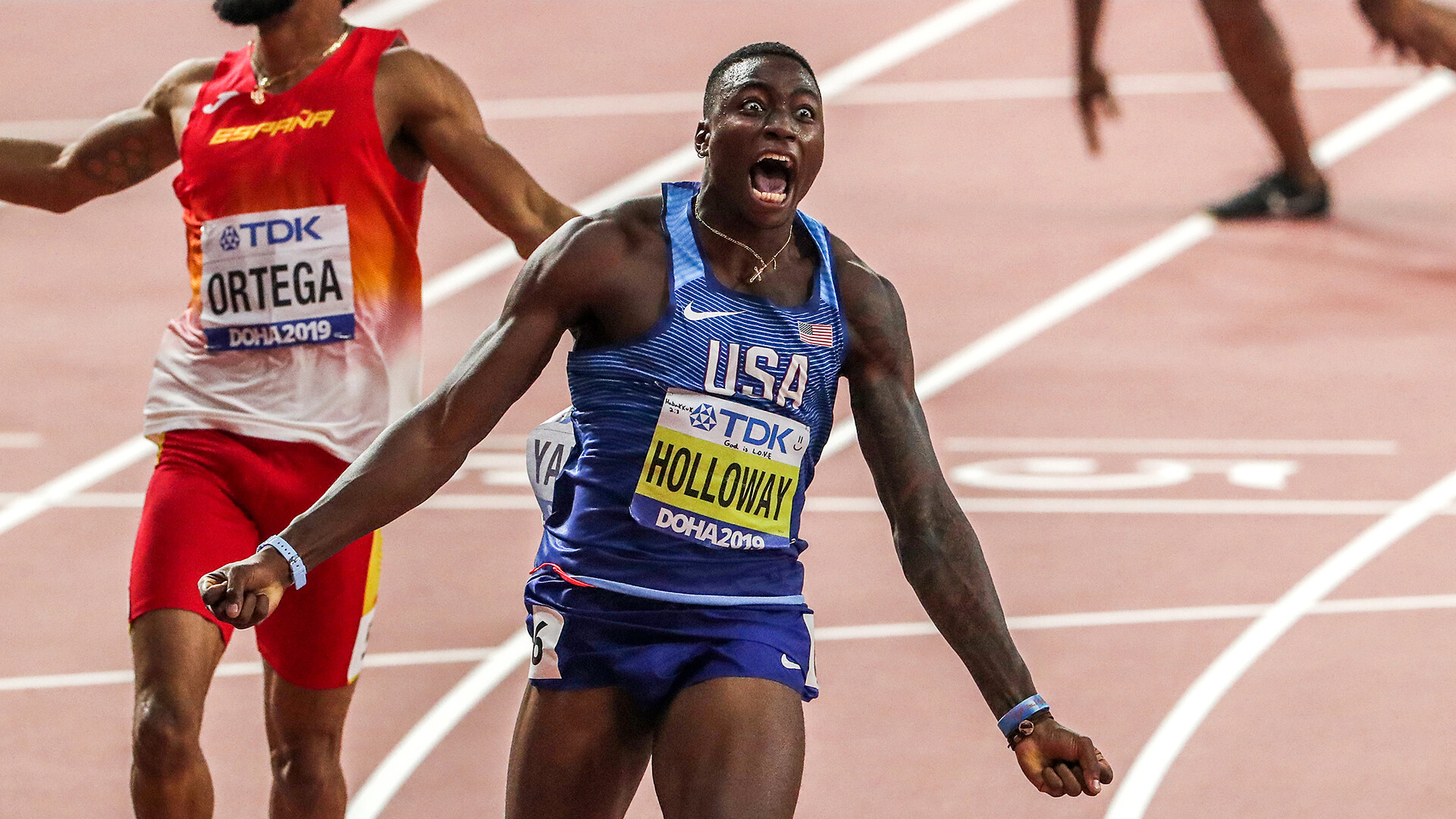
US team for Glasgow
Women
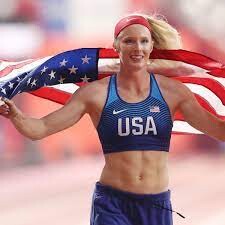
60m: Celera Barnes, Mikiah Brisco, Aleia Hobbs
400m: Talitha Diggs, Alexis Holmes
800m: Addison Wiley, Allie Wilson
1500: Nikki Hiltz, Emily Mackay
3000m: Josette Andrews, Elle St Pierre
60m hurdles: Christina Clemons, Masai Russell
High jump: Vashti Cunningham
Pole vault: Katie Moon, Sandi Morris
Long jump: Tara Davis-Woodhall, Monae' Nichols
Triple jump: Jasmine Moore, Keturah Orji
Shot put: Maggie Ewen, Chase Jackson
Pentathlon: Chari Hawkins
4x400m: Quanera Hayes, Bailey Lear, Na'Asha Robinson, Maya Singletary, Jessica Wright
Men
60m: Christian Coleman, Noah Lyles
400m: Brian Faust, Jacory Patterson
800m: Isaiah Harris, Bryce Hoppel
1500m: Cole Hocker, Hobbs Kessler
300m: Olin Hacker, Yared Nuguse
60m hurdles: Trey Cunningham, Grant Holloway, Cameron Murray
High jump: Shelby McEwen, Vernon Turner
Pole vault: Sam Kendricks, Chris Nilsen
Long jump: Jarrion Lawson, Will Williams
Triple jump: Chris Benard, Donald Scott
Shot put: Ryan Crouser, Roger Steen
Heptathlon: Harrison Williams
4x400m: Chris Bailey, Trevor Bassitt, Matthew Boling, Paul Dedewo, Wil London
by World Athletics
Login to leave a comment
World Athletics Indoor Championships
World-Class Competition Lands in China: 2025 World Athletics Championships The global spotlight shines on China as it hosts the 2025 World Athletics Championships, bringing together the planet’s most elite runners, jumpers, and throwers. This prestigious event, organized by World Athletics, represents the pinnacle of track and field competition—where national pride, personal records, and world titles are on the line. ...
more...ST. PIERRE'S MILE RECORD EARNS HER USATF ATHLETE OF THE WEEK HONORS
INDIANAPOLIS — Bettering her own American record* in the women's mile, Elle St. Pierre (Enosburg, Vermont/USATF New England) earned recognition as the 5th USATF Athlete of the Week award winner for 2024.In only her second track race since giving birth to a son last March, St. Pierre clipped almost a half-second off her own AR in the mile to win the Millrose Games in 4:16.41. She became the third fastest woman ever and her en route 1500 time of 4:00.34 puts her second on the all-time U.S. indoor performer list.St. Pierre, the 2022 World Indoor Championships silver medalist in the 3000 and an Olympian at Tokyo in the 1500, beat a star-studded field at Millrose, making a strong move with 300 to go to pass Australia's Jessica Hull and take the lead. Her final quarter-mile of 61.33 put away a group of women who behind her set four national records and eight lifetime bests. Other top performances from last week:
Grant Fisher lowered the American best in the men's 2 mile with an 8:03.62 to place second at the Millrose Games. He is now the No. 3 all-time world performer. En route, his 7:30.88 for 3000 moved him to No. 3 on the all-time U.S. performer list.

Alicia Monson lowered the American best in the women's 2 mile at the Millrose Games, placing third in 9:09.70. She is now the No. 5 all-time world performer.
Yared Nuguse won the men's mile at the Millrose Games in 3:47.83, the third fastest time ever indoors, and the second fastest by an American. His en route 3:33.43 for 1500 was the third fastest ever by an American.
Brandon Miller won the men's 600 at the Kirby Elite meet in Albuquerque in 1:14.03, making him the No. 2 all-time world performer.
Nia Akins won the women's 600 at the Kirby Elite meet in Albuquerque in a world-leading 1:24.32 to move to No. 8 on the all-time world performer list.
Grant Holloway continued his 10-year winning streak in the men's 60H with a 7.32 at the Liévin World Indoor Tour - Gold meet in France. He tied the fourth-fastest time ever and only one man besides him has ever run faster.
*All records subject to verification by the USATF Records Committee. Now in its 23nd year, USATF’s Athlete of the Week program is designed to recognize outstanding performers at all levels of the sport. USATF names a new honoree each week when there are high-level competitions and features the athlete on USATF.org. Selections are based on top performances and results from the previous week.2024 Winners: January 17, Weini Kelati; January 24, Cooper Teare; January 31, Nico Young; February 7, Fiona O'Keeffe; February 14, Elle St. Pierre.
Login to leave a comment
2026 USAFT Indoor Championships
The 2026 USATF Indoor Championships, presented by Prevagen, are set to take place on February 22-23 at the Ocean Breeze Athletic Complex in Staten Island, New York. This premier event will feature the nation's top track and field athletes competing for national titles and spots on the U.S. team for the 2025 World Indoor Championships in Nanjing, China. The Ocean...
more...World 60m hurdles records for Holloway and Jones in Albuquerque
By running the fastest time in hurdling history on Friday (16), Grant Holloway also extended one of the sport’s longest stretches of dominance.
On the first day of the US Indoor Championships in Albuquerque, New Mexico, Holloway ran 7.27* in the heats to break his own 60m hurdles world record before skipping the final hours later because he was already assured of a berth on the US team bound for the World Athletics Indoor Championships in Glasgow next month.
The victory was Holloway’s 60th consecutive at the senior 60m hurdles, part of an astounding, decade-long streak that has left him still the only hurdler all time to dip under 7.30, a feat he has now achieved three times. That longevity and speed ensures he will arrive at Glasgow the prohibitive favourite to win a second straight world indoor gold medal – what he called the “main goal” of this season.
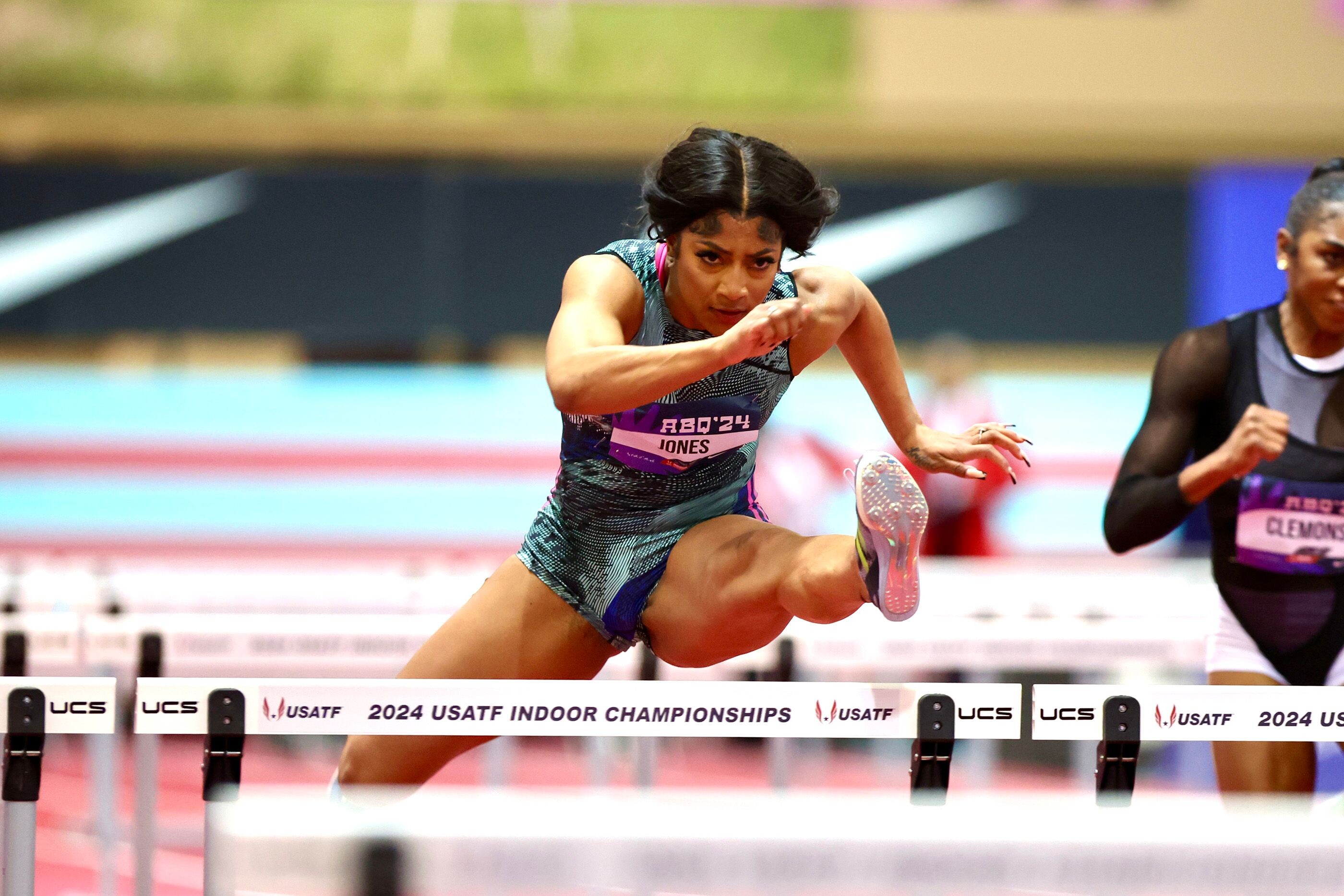
“I knew it was going to be a good one after I got out of the blocks,” Holloway said. “My main thing was just to continue going through with my steps and my rhythm. I wasn’t too upset about it but, you know, 7.27 at a nice track is always a good thing.”
With Holloway a spectator for Friday’s final, Trey Cunningham’s comeback season continued with a personal best 7.39 to claim his first national indoor title. The silver medallist at the 2022 World Athletics Championships in Oregon, Cunningham was hobbled by an injured back and hamstring in 2023, but has returned to form.
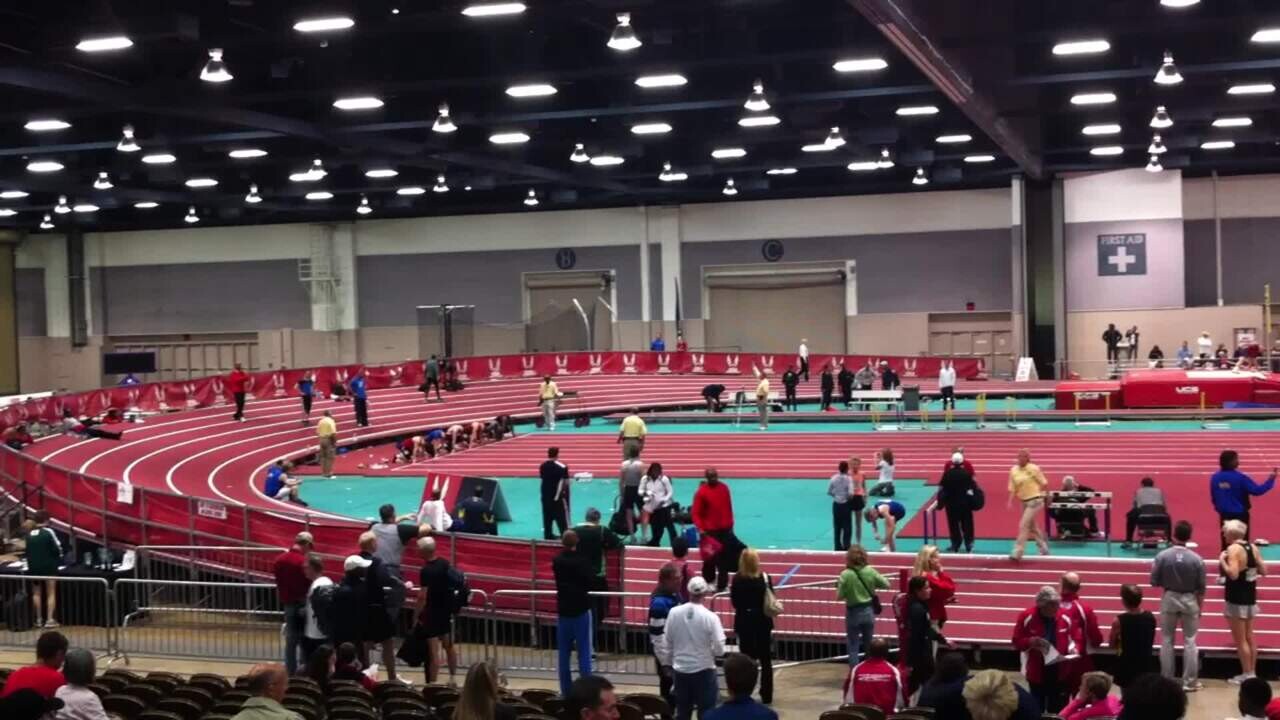
Holloway’s world record run came only 20 minutes after another. Tia Jones equalled the women’s world record in the 60m hurdles by clocking 7.67* in the heats to match the mark set by Devynne Charlton of The Bahamas just five days earlier at the Millrose Games.
After crossing the finish line and bouncing off the facility’s protective padding, Jones glanced at the clock and initially turned away – before doing a double-take when recognising she had just equalled Charlton’s mark.
In the final more than two hours later, Jones nearly matched her record yet again. Her winning time of 7.68 was 0.10 ahead of Jasmine Jones.
They were not the only favourites to win convincingly on the championships’ first day.
World-leading marks were set by Daniel Haugh, whose weight throw of 26.35m also broke the US record; Chase Jackson, who led the shot put from her first attempt and won it on her third with a mark of 20.02m; and long jumper Tara Davis-Woodhall, who described herself as “shocked” after leaping a personal best of 7.18m. Despite acknowledging that she was struggling with her approach on her final four jumps, Davis-Woodhall’s mark moves her to No.6 on the all-time list indoors.
“I think we have more in the tank,” said Davis-Woodall.
In the pole vault, Chris Nilsen set a US Championships record with his winning vault of 6.00m, ahead of Sam Kendricks, who cleared 5.95m. Nilsen missed once and Kendricks twice at a US record height of 6.05m, before Nilsen raised the bar to 6.10m and missed two more attempts at the record. In one of the night’s few instances where a top contender stumbled, KC Lightfoot finished eighth on 5.65m.
Elle St. Pierre, the only racer in the 3000m with the World Indoor Championships standard, ran alone for much of the final to win in 8:54.40, nearly nine seconds ahead of second-placed Josette Andrews. Countries are allowed two entrants per event for the World Indoor Championships – unless they also have a wild card entry in certain disciplines due to athletes winning the World Indoor Tour in 2023 or 2024, as is the case for Holloway – and competitors must either own their event’s qualifying standard or, if not, advance via world ranking.
Expecting a tactical race, St. Pierre, who was accustomed to racing at Albuquerque’s altitude after months of training at elevation in Arizona, took control of the pace early. If she qualifies for the World Indoor Championships in the 1500m as well, St. Pierre indicated she “would just focus on the 3km” in Glasgow.
Like St. Pierre, Yared Nuguse entered his own 3000m final as the only racer already owning the standard for the World Indoor Championships. Unlike St. Pierre, he waited out a slower, more strategic race with his kick to win in 7:55.76.
Running in fifth through 1400m, Nuguse moved up to stay patient in second until taking the lead entering the bell lap. He never let it go by closing the final 400m in 54.39 to edge Olin Hacker, who was second in 7:56.22. Nuguse set the US mile record last year, but said he and his coach had aimed for the 3000m in Glasgow out of a desire to maintain the strength he’d accumulated during winter training.
Will Nuguse race Josh Kerr in Glasgow, in what would be a showdown of top 1500m medal contenders stepping up to a longer distance? Kerr, fresh off running 8:00.67 for two miles at the Millrose Games, has not tipped his hand.
“Honestly, I like the suspense factor,” Nuguse said. “Maybe he’ll be there, maybe he won’t. It’s great.”
Vashti Cunningham’s reign in the high jump continued, needing only three jumps and never missing en route to winning her eighth consecutive indoor national title at 1.92m. Cunningham will enter Glasgow in position to add to her gold and silver medals earned at previous World Indoor Championships, as her season’s best of 1.97m is tied for third-best in the world this season.
The men’s high jump saw another repeat champion, as Shelby McEwen leapt 2.28m to retain his title. McEwen has not yet met the World Indoor Championships standard of 2.34m, but could advance based on world ranking.
In other finals, Chris Carter won the men’s triple jump on his last attempt, though his mark of 16.49m remains short of the world indoor standard. Nick Christie claimed the men’s 3000m race walk in 11:56.06, and Miranda Melville claimed the women’s title in 13:55.24.
by World Athletics
Login to leave a comment
2026 USAFT Indoor Championships
The 2026 USATF Indoor Championships, presented by Prevagen, are set to take place on February 22-23 at the Ocean Breeze Athletic Complex in Staten Island, New York. This premier event will feature the nation's top track and field athletes competing for national titles and spots on the U.S. team for the 2025 World Indoor Championships in Nanjing, China. The Ocean...
more...Stellar Field Assembled to Challenge Yared Nuguse in the NYRR Men's Wanamaker Mile
The 116th Millrose Games is now just 19 days away, as the eyes of the global athletics community will once again return to the Nike Track & Field Center at The Armory. As always, the meet will conclude with the NYRR Men’s Wanamaker Mile, a legendary race with over a century of tradition.
The Millrose Games is scheduled to take place on Sunday, February 11th.
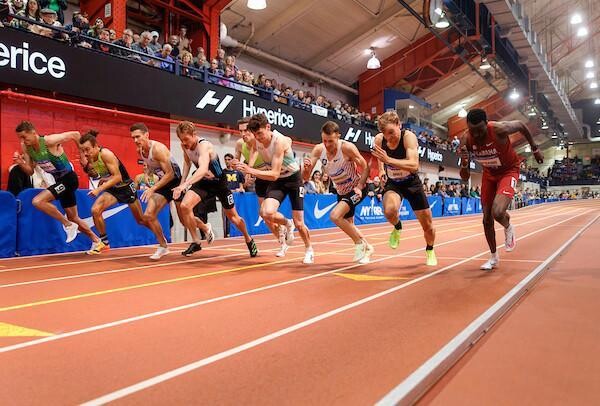
Previously announced as the headliner for this race is defending champion Yared Nuguese, the American record holder in the mile indoors and outdoors. Nuguse has his eyes on the world record of 3:47.01, but he will have to contend with a number of the best athletes in the world if he is to win his second straight Wanamaker title, including two additional 1500m finalists from last summer’s World Championships.
“[The world record] feels like a goal that’s within my grasp of achieving.” said Nuguse. “Not only am I stronger and smarter than I was last year, but I feel like I will be able to attack this race with a lot more confidence to chase the world record. When I went to Millrose for the first time, I was just chasing the American record. So changing that mindset, just seeing how far I’ve come, it feels like a very real possibility at this point.”
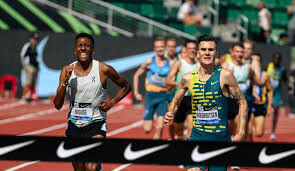
The elite athletes lining up to challenge Nuguse are as follows:
-Mario Garcia Romo was last year’s runner-up, and he is the 2022 1500m champion for Spain and a two-time World Championship finalist.
-Neil Gourley is a three-time British 1500m champion, and he holds the European indoor mile record.
-George Mills placed third in the mile at the Diamond League final, moving up to third on the all-time British list, before also placing second at the NYRR 5th Avenue Mile.
-Hobbs Kessler is the reigning World Road Mile champion, and he also holds the national high school indoor mile record.
-Andrew Coscoran is an Olympian and the Irish record holder over 1500m.
-Adam Spencer of the University of Wisconsin and Australia holds the NCAA 1500m record.
-Sam Prakel is the US Road Mile champion, and he placed fourth nationally in the 1500m.
-Charles Philibert-Thiboutot is a Canadian Olympian and the 2023 NACAC 1500m champion.
The winner of the mile at the Dr. Sander Invitational this Saturday, January 27th will be added to the NYRR Wanamaker Mile field as well.
Stay tuned over the coming weeks before the 116th Millrose Games, as the world-class start lists are finalized. Top athletes already confirmed to compete include Laura Muir, Elle Purrier-St. Pierre, Dina Asher-Smith, Julien Alfred, Alicia Monson, Grant Fisher, Danielle Williams, Josh Kerr, Cooper Teare, Yaroslava Mahuchikh, Christian Coleman, Andre De Grasse, Nia Ali, Chris Nilsen, and KC Lightfoot, with even more Olympians and World Championship medalists still to come.
As always, the Millrose Games will feature the absolute best athletes in the sport, including dozens of Olympians and world champions. The Millrose Games is a World Athletics Indoor Tour Gold meet. With highest-level competition at the youth, high school, collegiate, club, and professional levels, there is truly something for everyone at the Millrose Games.
Tickets can be purchased at https://www.millrosegames.org/
Login to leave a comment
NYRR Millrose Games
The Pinnacle of Indoor Track & Field The NYRR Millrose Games, first held in 1908, remains the premier indoor track and field competition in the United States. The 2025 edition will once again bring the world’s top professional, collegiate, and high school athletes to New York City for a day of thrilling competition. Hosted at the New Balance Track &...
more...The Pill That Over Half the Distance Medallists Used at the 2023 Worlds
What's the deal with sodium bicarbonate?What if there was a pill, new to the market this year, that was used by more than half of the distance medalists at the 2023 World Athletics Championships? A supplement so in-demand that there was a reported black market for it in Budapest, runners buying from other runners who did not advance past the preliminary round — even though the main ingredient can be found in any kitchen?
How did this pill become so popular? Well, there are rumors that Jakob Ingebrigtsen has been taking it for years — rumors that Ingebrigtsen’s camp and the manufacturers of the pill will neither confirm nor deny.
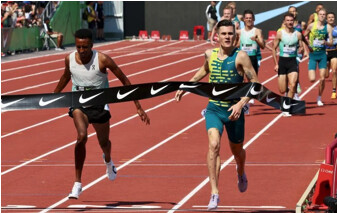
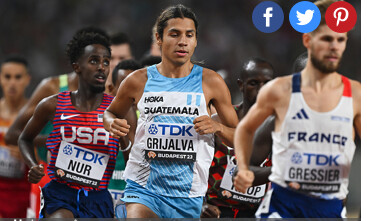
So about this pill…does it work? Does it actually boost athletic performance? Ask a sports scientist, someone who’s studied it for more than a decade, and they’ll tell you yes.
“There’s probably four or five legal, natural supplements, if you will, that seem to have withstood the test of time in terms of the research literature and [this pill] is one of those,” says Jason Siegler, Director of Human Performance in the College of Health Solutions at Arizona State University.
But there’s a drawback to this pill. It could…well, let’s allow Luis Grijalva, who used it before finishing 4th in the World Championship 5,000m final in Budapest, to explain.
“I heard stories if you do it wrong, you chew it, you kind of shit your brains out,” Grijalva says. “And I was a little bit scared.”
The research supports that, too.
“[Gastrointestinal distress] has by far and away been the biggest hurdle for this supplement,” Siegler says.Okay, enough with the faux intrigue. If you’ve read the subtitle of this article, you know the pill we are talking about is sodium bicarbonate. Specifically, the Maurten Bicarb System, which has been available to the public since February and which has been used by some of the top teams in endurance sports: cycling juggernaut Team Jumbo-Visma and, in running, the On Athletics Club and NN Running Team. (Maurten has sponsorship or partnership agreements with all three).Some of the planet’s fastest runners have used the Maurten Bicarb System in 2023, including 10,000m world champion Joshua Cheptegei, 800m silver medalist Keely Hodgkinson, and 800m silver medalist Emmanuel Wanyonyi. Faith Kipyegon used it before winning the gold medal in the 1500m final in Budapest — but did not use it before her win in the 5,000m final or before any of her world records in the 1500m, mile, and 5,000m.
Herman Reuterswärd, Maurten’s head of communications, declined to share a full client list with LetsRun but claims two-thirds of all medalists from the 800 through 10,000 meters (excluding the steeplechase) used the product at the 2023 Worlds.
After years of trial and error, Maurten believes it has solved the GI issue, but those who have used their product have reported other side effects. Neil Gourley used sodium bicarbonate before almost every race in 2023, and while he had a great season — British champion, personal bests in the 1500 and mile — his head ached after races in a way it never had before. When Joe Klecker tried it at The TEN in March, he felt nauseous and light-headed — but still ran a personal best of 27:07.57. In an episode of the Coffee Club podcast, Klecker’s OAC teammate George Beamish, who finished 5th at Worlds in the steeplechase and used the product in a few races this year, said he felt delusional, dehydrated, and spent after using it before a workout this summer.
“It was the worst I’d felt in a workout [all] year, easily,” Beamish said.
Not every athlete who has used the Maurten Bicarb System has felt side effects. But the sport as a whole is still figuring out what to do about sodium bicarbonate.
Many athletes — even those who don’t have sponsorship arrangements with Maurten — have added it to their routines. But Jumbo-Visma’s top cyclist, Jonas Vingegaard — winner of the last two Tours de France — does not use it. Neither does OAC’s top runner, Yared Nuguse, who tried it a few times in practice but did not use it before any of his four American record races in 2023.“I’m very low-maintenance and I think my body’s the same,” Nuguse says. “So when I tried to do that, it was kind of like, Whoa, what is this? My whole body felt weird and I was just like, I either did this wrong or this is not for me.”
How sodium bicarbonate works
The idea that sodium bicarbonate — aka baking soda, the same stuff that goes in muffins and keeps your refrigerator fresh — can boost athletic performance has been around for decades.
“When you’re exercising, when you’re contracting muscle at a really high intensity or a high rate, you end up using your anaerobic energy sources and those non-oxygen pathways,” says Siegler, who has been part of more than 15 studies on sodium bicarbonate use in sport. “And those pathways, some of the byproducts that they produce, one of them is a proton – a little hydrogen ion. And that proton can cause all sorts of problems in the muscle. You can equate that to that sort of burn that you feel going at high rates. That burn, most of that — not directly, but indirectly — is coming from the accumulation of these little hydrogen ions.”
As this is happening, the kidneys produce bicarbonate as a defense mechanism. For a while, bicarbonate acts as a buffer, countering the negative effects of the hydrogen ions. But eventually, the hydrogen ions win.The typical concentration of bicarbonate in most people hovers around 25 millimoles per liter. By taking sodium bicarbonate in the proper dosage before exercise, Siegler says, you can raise that level to around 30-32 millimoles per liter.
“You basically have a more solid first line of defense,” Siegler says. “The theory is you can go a little bit longer and tolerate the hydrogen ions coming out of the cell a little bit longer before they cause any sort of disruption.”
Like creatine and caffeine, Siegler says the scientific literature is clear when it comes to sodium bicarbonate: it boosts performance, specifically during events that involve short bursts of anaerobic activity. But there’s a catch.
***
Bicarb without the cramping
Sodium bicarbonate has never been hard to find. Anyone can swallow a spoonful or two of baking soda with some water, though it’s not the most appetizing pre-workout snack. The problem comes when the stomach tries to absorb a large amount of sodium bicarbonate at once.
“You have a huge charged load in your stomach that the acidity in your stomach has to deal with and you have a big shift in the partial pressure of carbon dioxide across the gut,” Siegler says. “And that’s what gives you the cramping.”
A few years ago, Maurten was trying to solve a similar problem for marathoners trying to ingest large amounts of carbohydrates during races. The result was their carbohydrate drink, which relies on something called a hydrogel to form in the stomach. The hydrogel resists the acidity of the stomach and allows the carbohydrates to be absorbed in the intestine instead, where there is less cramping.
“We thought, okay, we are able to solve that one,” Reuterswärd says. “Could we apply the hydrogel technology to something else that is really risky to consume that could be beneficial?”
For almost four years, Maurten researched the effects of encapsulating sodium bicarbonate in hydrogels in its Swedish lab, conducting tests on middle-distance runners in Gothenburg. Hydrogels seemed to minimize the risk, but the best results came when hydrogels were paired with microtablets of sodium bicarbonate.
The result was the Maurten Bicarb System — “system,” because the process for ingesting it involves a few steps. Each box contains three components: a packet of hydrogel powder, a packet of tiny sodium bicarbonate tablets, and a mixing bowl. Mix the powder with water, let it stand for a few minutes, and sprinkle in the bicarb.The resulting mixture is a bit odd. It’s gooey. It’s gray. It doesn’t really taste like anything. It’s not quite liquid, not quite solid — a yogurt-like substance flooded with tiny tablets that you eat with a spoon but swallow like a drink.
The “swallow” part is important. Chew the tablets and the sodium bicarbonate will be absorbed before the hydrogels can do their job. Which means a trip to the toilet may not be far behind.
When Maurten launched its Bicarb System to the public in February 2023, it did not have high expectations for sales in year one.
“It’s a niche product,” Reuterswärd says. “From what we know right now, it maybe doesn’t make too much sense if you’re an amateur, if you’re just doing 5k parkruns.”
But in March, Maurten’s product began making headlines in cycling when it emerged that it was being used by Team Jumbo-Visma, including by stars Wout van Aert and Primož Roglič. Sales exploded. Because bicarb dosage varies with bodyweight, Maurten’s system come in four “sizes.” And one size was selling particularly well.
“If you’re an endurance athlete, you’re around 60-70 kg (132-154 lbs),” Reuterswärd says. “We had a shortage with the size that corresponded with that weight…The first couple weeks, it was basically only professional cyclists buying all the time, massive amounts. And now we’re seeing a similar development in track & field.”
If there was a “Jumbo-Visma” effect in cycling, then this summer there was a “Jakob Ingebrigtsen” effect in running.To be clear: there is no official confirmation that Ingebrigtsen uses sodium bicarbonate. His agent, Daniel Wessfeldt, did not respond to multiple emails for this story. When I ask Reuterswärd if Ingebrigtsen has used Maurten’s product, he grows uncomfortable.
“I would love to be very clear here but I will have to get back to you,” Reuterswärd says (ultimately, he was not able to provide further clarification).
But when Maurten pitches coaches and athletes on its product, they have used data from the past two years on a “really good” 1500 guy to tout its effectiveness, displaying the lactate levels the athlete was able to achieve in practice with and without the use of the Maurten Bicarb System. That athlete is widely believed to be Ingebrigtsen. Just as Ingebrigtsen’s success with double threshold has spawned imitators across the globe, so too has his rumored use of sodium bicarbonate.
Grijalva says he started experimenting with sodium bicarbonate “because everybody’s doing it.” And everybody’s doing it because of Ingebrigtsen.
“[Ingebrigtsen] was probably ahead of everybody at the time,” Grijalva said. “Same with his training and same with the bicarb.”
OAC coach Dathan Ritzenhein took sodium bicarbonate once before a workout early in his own professional career, and still has bad memories of swallowing enormous capsules that made him feel sick. Still, he was willing to give it a try with his athletes this year after Maurten explained the steps they had taken to reduce GI distress.
“Certainly listening to the potential for less side effects was the reason we considered trying it,” says Ritzenhein. “I don’t know who is a diehard user and thinks that it’s really helpful, but around the circuit I know a lot of people that have said they’ve [tried] it.”
Coach/agent Stephen Haas says a number of his athletes, including Gourley, 3:56 1500 woman Katie Snowden, and Worlds steeple qualifier Isaac Updike, tried bicarb this year. In the men’s 1500, Haas adds, “most of the top guys are already using it.”
Yet 1500-meter world champion Josh Kerr was not among them. Kerr’s nutritionist mentioned the idea of sodium bicarbonate to him this summer but Kerr chose to table any discussions until after the season. He says he did not like the idea of trying it as a “quick fix” in the middle of the year.
“I review everything at the end of the season and see where I could get better,” Kerr writes in a text to LetsRun. “As long as the supplement is above board, got all the stamps of approvals needed from WADA and the research is there, I have nothing against it but I don’t like changing things midseason.”
***
So does it actually work?
Siegler is convinced sodium bicarbonate can benefit athletic performance if the GI issues can be solved. Originally, those benefits seemed confined to shorter events in the 2-to 5-minute range where an athlete is pushing anaerobic capacity. Buffering protons does no good to short sprinters, who use a different energy system during races.
“A 100-meter runner is going to use a system that’s referred to the phosphagen or creatine phosphate system, this immediate energy source,” Siegler says. “…It’s not the same sort of biochemical reaction that eventuates into this big proton or big acidic load. It’s too quick.”
But, Siegler says, sodium bicarbonate could potentially help athletes in longer events — perhaps a hilly marathon.
“When there’s short bursts of high-intensity activity, like a breakaway or a hill climb, what we do know now is when you take sodium bicarbonate…it will sit in your system for a number of hours,” Siegler says. “So it’s there [if] you need it, that’s kind of the premise behind it basically. If you don’t use it, it’s fine, it’s not detrimental. Eventually your kidneys clear it out.”Even Reuterswärd admits that it’s still unclear how much sodium bicarbonate helps in a marathon — “honestly, no one knows” — but it is starting to be used there as well. Kenya’s Kelvin Kiptum used it when he set the world record of 2:00:35at last month’s Chicago Marathon; American Molly Seidel also used it in Chicago, where she ran a personal best of 2:23:07.
Siegler says it is encouraging that Maurten has tried to solve the GI problem and that any success they experience could spur other companies to research an even more effective delivery system (currently the main alternative is Amp Human’s PR Lotion, a sodium bicarbonate cream that is rubbed into the skin). But he is waiting for more data before rendering a final verdict on the Maurten Bicarb System.
“I haven’t seen any peer-reviewed papers yet come out so a bit I’m hesitant to be definitive about it,” Siegler said.
Trent Stellingwerff, an exercise physiologist and running coach at the Canadian Sport Institute – Pacific, worked with Siegler on a 2020 paper studying the effect of sodium bicarbonate on elite rowers. A number of athletes have asked him about the the Maurten Bicarb System, and some of his marathoners have used the product. Like Siegler, he wants to see more data before reaching a conclusion.
“I always follow the evidence and science, and to my knowledge, as of yet, I’m unaware of any publications using the Maurten bicarb in a double-blind, placebo-controlled clinical trial,” Stellingwerff writes in a text to LetsRun. “So without any published data on the bicarb version, I can’t really say it does much.”
The closest thing out there right now is a British study conducted by Lewis Goughof Birmingham City University and Andy Sparks of Edge Hill University. In a test of 10 well-trained cyclists, Gough and Sparks found the Maurten Bicarb System limited GI distress and had the potential to improve exercise performance. Reuterswärd says the study, which was funded by Maurten, is currently in the review process while Gough and Sparks suggested further research to investigate their findings.
What about the runners who used sodium bicarbonate in 2023?
Klecker decided to give bicarb a shot after Maurten made a presentation to the OAC team in Boulder earlier this year. He has run well using bicarb (his 10,000 pb at The TEN) and without it (his 5,000 pb in January) and as Klecker heads into an Olympic year, he is still deciding whether the supposed benefits are worth the drawbacks, which for him include nausea and thirst. He also says that when he has taken the bicarb, his muscles feel a bit more numb than usual, which has made it more challenging for him to gauge his effort in races.
“There’s been no, Oh man I felt just so amazing today because of this bicarb,” Klecker says. “If anything, it’s been like, Oh I didn’t take it and I felt a bit more like myself.”
Klecker also notes that his wife and OAC teammate, Sage Hurta-Klecker, ran her 800m season’s best of 1:58.09 at the Silesia Diamond League on July 16 — the first race of the season in which she did not use bicarb beforehand.
A number of athletes in Mike Smith‘s Flagstaff-based training group also used bicarb this year, including Grijalva and US 5,000 champion Abdihamid Nur. Grijalva did not use bicarb in his outdoor season opener in Florence on June 2, when he ran his personal best of 12:52.97 to finish 3rd. He did use it before the Zurich Diamond League on August 31, when he ran 12:55.88 to finish 4th.“I want to say it helps, but at the same time, I don’t want to rely on it,” Grijalva says.
Almost every OAC athlete tried sodium bicarbonate at some point in 2023. Ritzenhein says the results were mixed. Some of his runners have run well while using it, but the team’s top performer, Nuguse, never used it in a race. Ritzenhein wants to continue testing sodium bicarbonate with his athletes to determine how each of them responds individually and whether it’s worth using moving forward.
That group includes Alicia Monson, who experimented with bicarb in 2023 but did not use it before her American records at 5,000 and 10,000 meters or her 5th-place finish in the 10,000 at Worlds.
“It’s not the thing that’s going to make or break an athlete,” Ritzenhein says. “…It’s a legal supplement that has the potential, at least, to help but it doesn’t seem to be universal. So I think there’s a lot more research that needs to be done into it and who benefits from it.”
The kind of research scientists like Stellingwerff want to see — double-blind, controlled clinical trials — could take a while to trickle in. But now that anyone can order Maurten’s product (it’s not cheap — $65 for four servings), athletes will get to decide for themselves whether sodium bicarbonate is worth pursuing.
“The athlete community, obviously if they feel there’s any sort of risk, they’re weighing up the risk-to-benefit ratio,” Siegler said. “The return has got to be good.”
Grijalva expects sodium bicarbonate will become part of his pre-race routine next year, along with a shower and a cup of coffee. Coffee, and the caffeine contained wherein, may offer a glimpse at the future of bicarb. Caffeine has been widely used by athletes for longer than sodium bicarbonate, and the verdict is in on that one: it works. Yet plenty of the greats choose not to use it.
Nuguse is among them. He does not drink coffee — a fact he is constantly reminded of by Ritzenhein.
“I make jokes almost every day about it,” Ritzenhein says. “His family is Ethiopian – coffee tradition and ceremony is really important to them.”
Ritzenhein says he would love it if Nuguse drank a cup of coffee sometime, but he’s not going to force it on him. Some athletes, Ritzenhein says, have a tendency to become neurotic about these sorts of things. That’s how Ritzenhein was as an athlete. It’s certainly how Ritzenhein’s former coach at the Nike Oregon Project, Alberto Salazar, was — an approach that ultimately earned Salazar a four-year ban from USADA.
Ritzenhein says he has no worries when it comes to any of his athletes using sodium bicarbonate — Maurten’s product is batch-tested and unlike L-carnitine, there is no specific protocol that must be adhered to in order for athletes to use it legally under the WADA Code. Still, there is something to be said for keeping things simple.
“Yared knows how his body feels,” Ritzenhein says. “…He literally rolls out of practice and comes to practice like a high schooler with a Eggo waffle in hand. Probably more athletes could use that kind of [approach].”
Talk about this article on our world-famous fan forum / messageboard.
by Let’s Run
Login to leave a comment
Four Olympic Medalists Set to Toe the Line in the Women's 60m at the 116th Millrose Games
With just over three weeks to go until the running of the 116th Millrose Games, the excitement for this spectacular event has never been greater. One of the deepest races of the afternoon will be the Women’s 60 Meter Dash, which features no fewer than four Olympic medalists, in addition to an NCAA champion, last year’s runner-up, and more.
The 116th Millrose Games will take place at the Nike Track & Field Center at The Armory on Sunday, February 11th.
The stellar field is as follows:
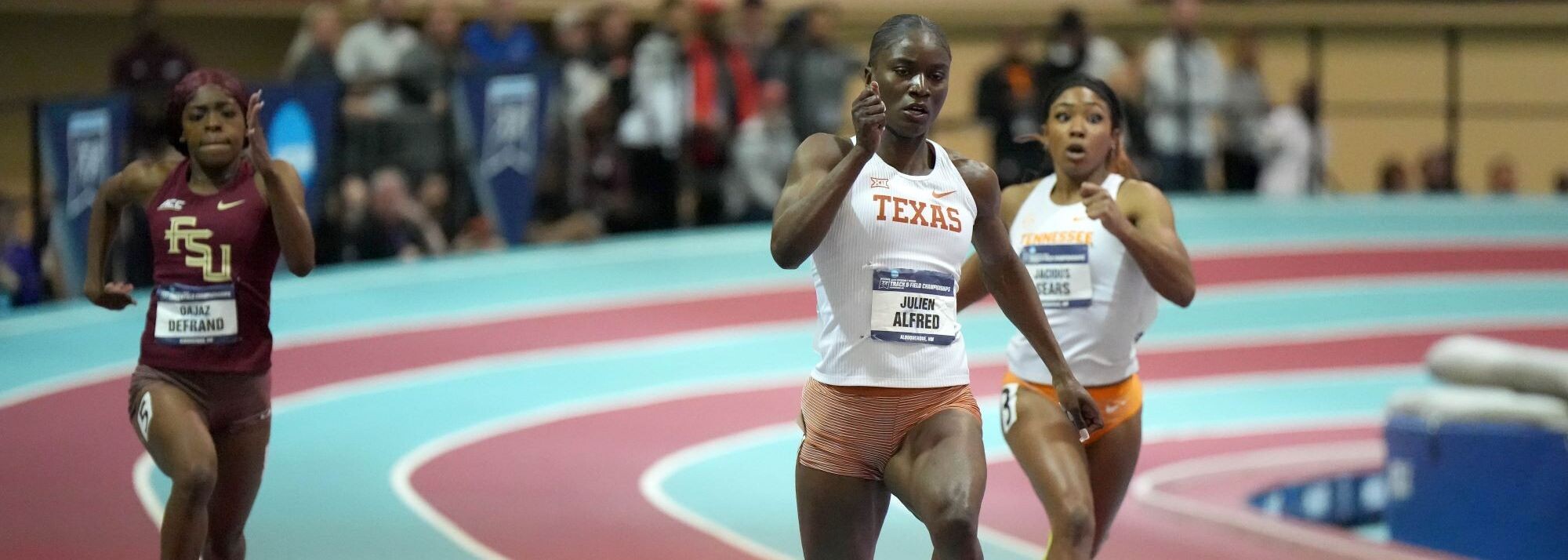
-Dina Asher-Smith is the 2019 World Champion in the 200m. She is a two-time Olympic bronze medalist, and her 2019 gold is one of five World Championship medals that she owns. Asher-Smith holds the British records in the 60m, 100m, and 200m.
“The Millrose Games is one of the most prestigious and historic indoor competitions in the USA, and I am looking forward to racing there for the first time,” said Asher-Smith. “I am really enjoying my new training set up in Austin, and I’m looking forward to a big year in 2024.”
-Julien Alfred was a seven-time NCAA champion at the University of Texas. Her 60m best is not only the NCAA record, it also equals the North American record. In her first season as a professional, Alfred finished fifth in the 100m at the 2023 World Championships, representing St. Lucia.
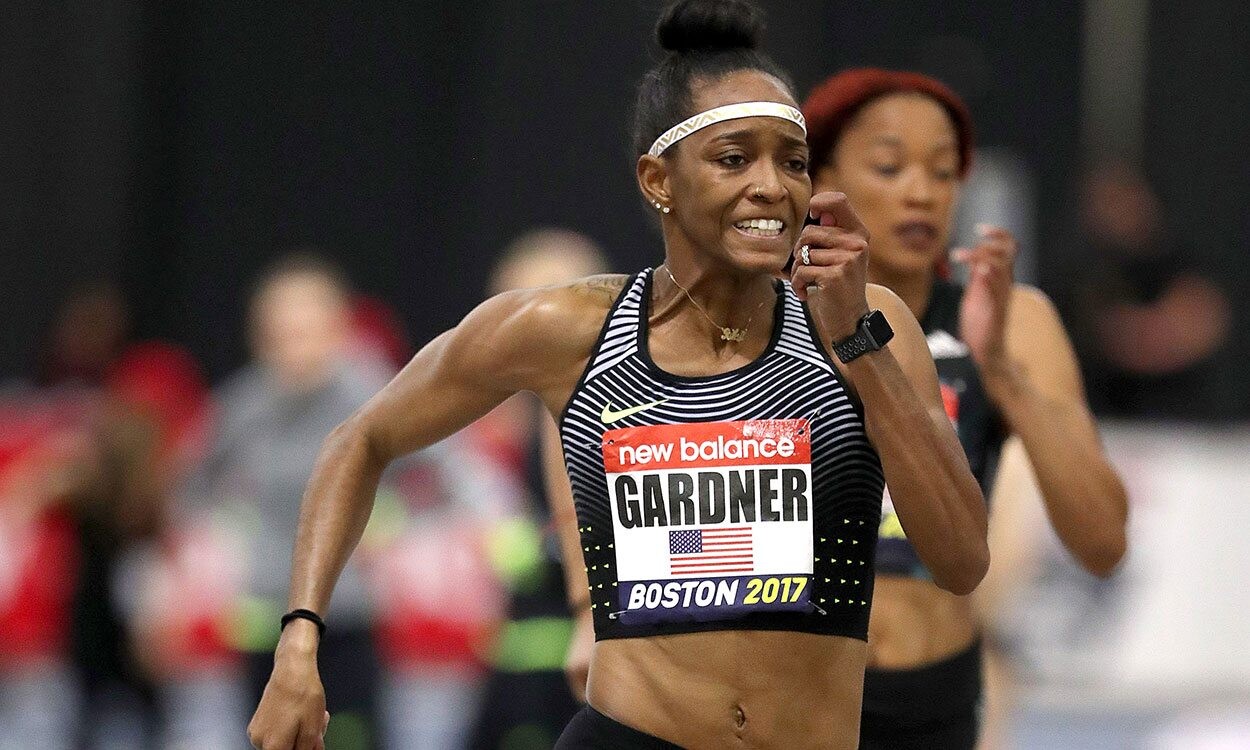
-English Gardner is an Olympic gold medalist on the 4x100m relay in 2016. A local favorite from New Jersey, she is the tenth-fastest woman in history in the 100m, and she won this race at the Millrose Games in 2019.
-Briana Williams won Olympic gold on the 4x100m relay for Jamaica in 2021, and she is a two-time World Junior Champion.
-Shashalee Forbes is an Olympic silver medalist on the 4x100m relay, and she won the 200m Jamaican championship in 2017.
-Tamari Davis placed second in this race at last year’s Millrose Games, before winning a gold medal on the 4x100m relay at the World Championships.
-Marybeth Sant-Price is the 60m bronze medalist at the 2022 World Indoor Championships.
-Celera Barnes is an NACAC champion on the 4x100m relay.
Stay tuned over the coming weeks before the 116th Millrose Games, as the world-class start lists are finalized. Top athletes already confirmed to compete include Laura Muir, Elle Purrier-St. Pierre, Yared Nuguse, Alicia Monson, Grant Fisher, Danielle Williams, Josh Kerr, Yaroslava Mahuchikh, Christian Coleman, Keni Harrison, Andre De Grasse, Nia Ali, Chris Nilsen, and KC Lightfoot, with even more Olympians and World Championship medalists still to come.
As always, the Millrose Games will feature the absolute best athletes in the sport, including dozens of Olympians and world champions. The Millrose Games is a World Athletics Indoor Tour Gold meet. With highest-level competition at the youth, high school, collegiate, club, and professional levels, there is truly something for everyone at the Millrose Games.
Login to leave a comment
NYRR Millrose Games
The Pinnacle of Indoor Track & Field The NYRR Millrose Games, first held in 1908, remains the premier indoor track and field competition in the United States. The 2025 edition will once again bring the world’s top professional, collegiate, and high school athletes to New York City for a day of thrilling competition. Hosted at the New Balance Track &...
more...Elle St Pierre will toe the line again at the Millrose Games
World indoor silver medalist Elle St Pierre set a meeting and North American record of 4:16.85 to win the Wanamaker Mile in 2020. The 2024 indoor season marks St Pierre’s return to the track following the birth of her first child.

Two-time world indoor silver medalist Axumawit Embaye is also in the line-up, alongside 2022 US 1500m champion Sinclaire Johnson, British 1500m champion Katie Snowden, 2023 Wanamaker Mile runner-up Josette Andrews, Australian record-holder Jessica Hull, Olympic finalist Marta Perez, and two-time NCAA champion Sage Hurta-Klecker.
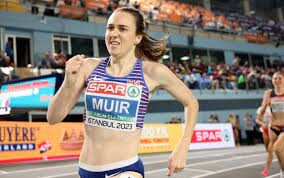
Olympic 1500m silver medalist Laura Muir made her Wanamaker Mile debut last year, winning in 4:20.15. The 2022 world bronze medalist holds the British record for the distance outdoors with the 4:15.24 she clocked last year.
Other top athletes already confirmed to compete include Yaroslava Mahuchikh, Danielle Williams, Nia Ali, Andre De Grasse, Josh Kerr, Keni Harrison, Chris Nilsen, KC Lightfoot, Yared Nuguse, Alicia Monson, Grant Fisher and Christian Coleman.
by World Athletics
Login to leave a comment
NYRR Millrose Games
The Pinnacle of Indoor Track & Field The NYRR Millrose Games, first held in 1908, remains the premier indoor track and field competition in the United States. The 2025 edition will once again bring the world’s top professional, collegiate, and high school athletes to New York City for a day of thrilling competition. Hosted at the New Balance Track &...
more...Yared Nuguse will run 2024 Millrose Games and says mile World Record is a very real possibility
U.S. outdoor mile record holder Yared Nuguse will return to the Armory Track and Field Center in New York City for the 116th Millrose Games as he looks to defend his men’s Wanamaker Mile title.
Here’s what you need to know:
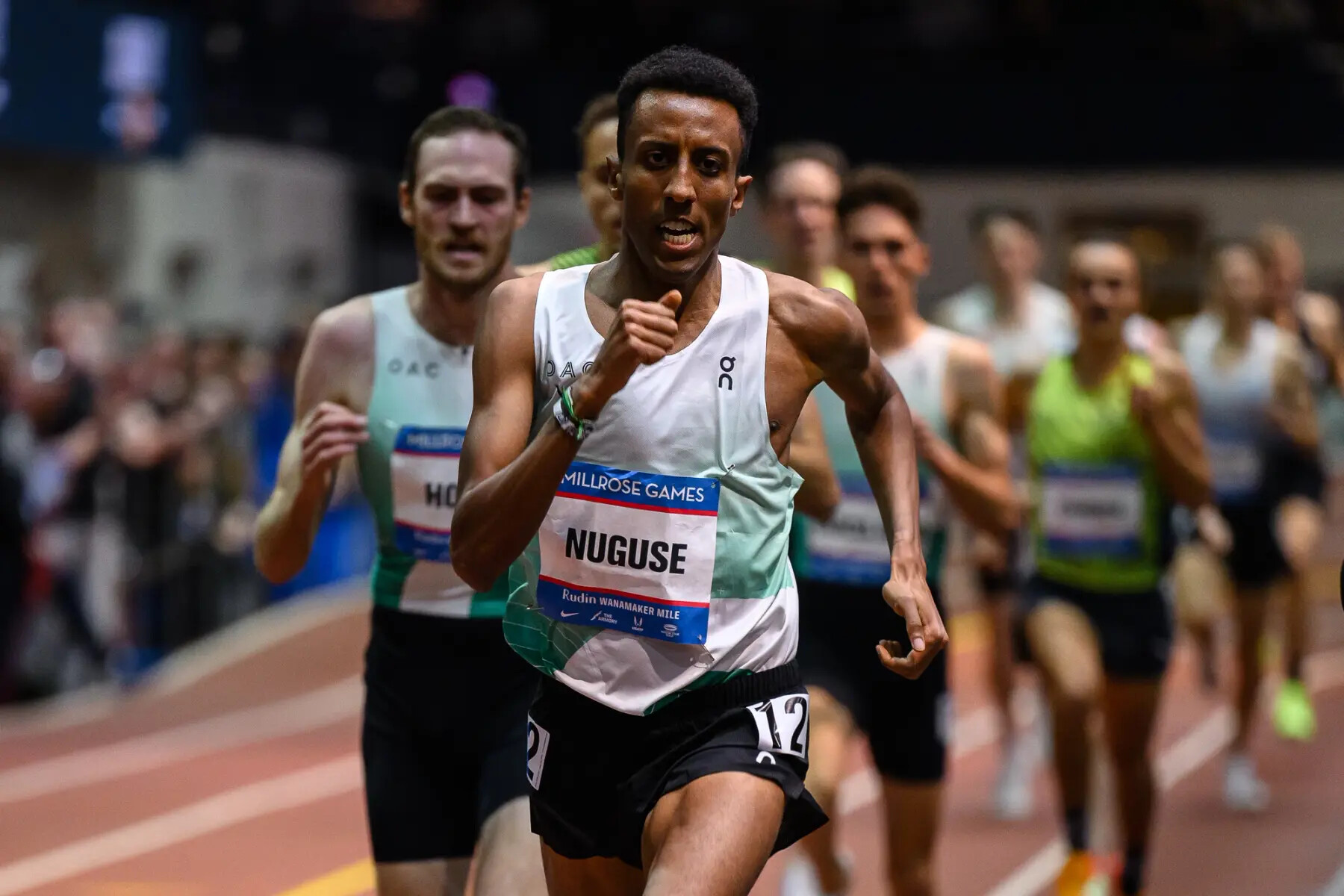
– The Wanamaker Mile has been contested at the Millrose Games since 1926.
– Last year, Nuguse made his Millrose Games debut and won and set a U.S. indoor mile record of 3:47.38. He barely missed the world record of 3:47.01 set by Yomif Kejelcha in 2019.
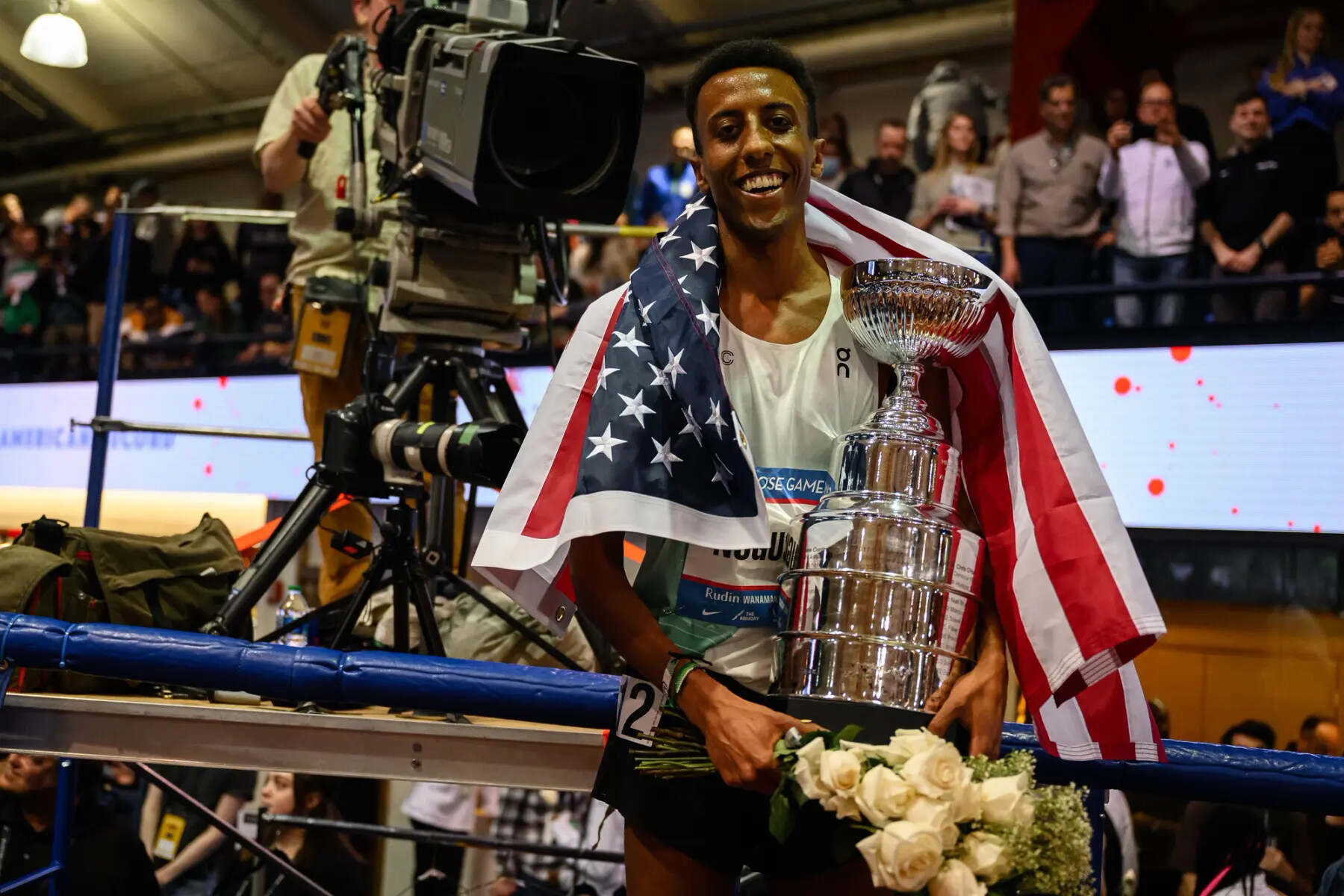
– Nuguse put together a career year in 2023 with: a 7:28.23 for 3000m indoors (American record); a personal best of 3:29.02 for 1500m (the fastest performance by an American-born runner); 3:43.97 outdoor mile (an American record and the fourth-fastest performance in history; a victory at the London Diamond League 1500m and a fifth place finish in the 1500m final at the World Championships. Most recently, he ran 3:56.58 at the Merrie Mile in Honolulu to come just .45 seconds shy of breaking the road mile world record.
– Nuguse was the first American to win since Eric Jenkins’ 2017 victory. Nuguse will look to become the first man to win back-to-back Wanamaker Mile titles since Matthew Centrowitz’s 2016 and 2015 victories.
The Millrose Games is the sixth stop on the 2024 World Athletics Indoor Tour Gold calendar.
Livestream and television broadcast details will be announced in the coming weeks. Stay tuned for more Millrose Games athlete announcements as the pro fields come together.
Tickets to the 116th Millrose Games can be purchased online at millrosegames.org. For more information on all Armory Track events, visit armorytrack.com.
by Chris Chavez
Login to leave a comment
NYRR Millrose Games
The Pinnacle of Indoor Track & Field The NYRR Millrose Games, first held in 1908, remains the premier indoor track and field competition in the United States. The 2025 edition will once again bring the world’s top professional, collegiate, and high school athletes to New York City for a day of thrilling competition. Hosted at the New Balance Track &...
more...Yared Nuguse Shatters American Mile Record At Prefontaine Classic
Yared Nuguse shattered the American record in the Bowerman Mile, finishing second to Norway's Jakob Ingebrigtsen in 3:43.97 at the Prefontaine Classic.EUGENE -- Yared Nuguse shattered the American record in the Bowerman Mile, finishing second to Norway's Jakob Ingebrigtsen in 3:43.97 at the Diamond League Prefontaine Classic at Hayward Field.
Nuguse lowered the previous American mark of 3:46.91 set by Alan Webb in Belgium in 2007. His time now ranks fourth on the all-time world list.

“I feel like a 3:44, 45 felt reasonable, but 43 is the same second as the world record which is absolutely insane that we were able to do that today, but still (have) a great race,” Nuguse said.
Ingebrigtsen won the race in the third-fastest time in history 3:43.73, establishing new Diamond League, Pre Classic and European records while pulling the entire field to extraordinary performances. Everyone in the race clocked sub-3:54 and established either a new season best or personal best. There were also there national record and world U20 mark established.“I think he pushes all of us to be better, and that’s really huge," Nuguse said of Ingebrigtsen. "To have someone like this at the time same time that I’ve come to my peak is just really big, to make me catch things that I didn’t think were possible, like running 3:43.”
As expected, from the early going, this shaped up to be a two-man race between Ingebrigtsen and Nuguse. In the pre-meet press conference Nuguse stated that he wanted the American record. Ingebrigtsen playful told Nuguse to hang with him as long as he could and he just might get it.
And he was right.
Pacer extraordinaire Eric Sowinski kept the two runners on world-record pace, taking them through 800m in 1:51.67. When he stepped off slightly before 1200m, Ingebrigtsen had covered the next quarter in 56.06 with Nuguse right on his heels. The duo hit the bell in 2:47 and the race against the clock and each other was very much on.
“He does a very good race," Ingebrigtsen said of Nuguse. "Obviously he’s in a good enough shape to run what he does, but at the same time today I wanted to race where I could challenge myself to really set out at a decent pace, somewhat conservative, and then I go as hard as I could the last two laps to try to run as fast as I could. So it was very good.”As the two hit the back straight, it was apparent from the green LED pacing lights on the rail that they had fallen about two strides behind world-record pace but the intrigue was far from over.
They remained tight rounding the next to last curve when Ingebrigtsen turned the screw with 150 to go and began to open slight daylight. Nuguse covered the move and pulled right back onto the heels of the leader.
Coming down the stretch, Nuguse grimaced as he tried to keep up with Ingebrigtsen, moving wide to lane two to try and get passed but he was unable to close the gap.
“This is gonna be my last chance for a while to beat him, I might as well just pour my whole heart into it," Nuguse said of his mindset late in the race. "It was the perfect race because I just felt very unbothered the entire time, so it was all just really gritting it out and seeing who could run faster. But you know, definitely tough competitor but still felt really good about it.”
Nuguse credited the passionate crowd at Hayward Field -- there were 12,634 ticketed spectators in attendance -- with providing him with the home-cooking spark he needed late in the race.
"“Definitely that third lap, I feel like having that crowd just going nuts was really huge," he said. "I could just feel they’re all cheering for me for once, when I feel like in Europe they’re mostly cheering for him. It was still just a really amazing crowd, I always love hearing a big roar, especially here in Eugene.”While Nuguse can kick back into the offseason and start recharging for the Olympic year -- he said, his plans are to “just have a ton of fun tonight, not think about running for a month” -- Ingebrigtsen has one more race to go in his season, and on a tight turnaround. The 5000m world champion is favored in tomorrow's men's 3000m.
"Obviously I was here to run the mile," Ingebrigtsen said of his focus. "I’m jumping in the 3k because I got the opportunity. But now it’s all about getting back home to the hotel, eat, sleep, try to prepare as good as I can and we’ll see tomorrow.”
After the meet ends, is Ingebrigtsen's year done?
"Not quite," he said. "Hopefully getting married next weekend, so I think I have to prepare for that as well.”
by Joe Battaglia Flotrack
Login to leave a comment
Prefontaine Classic
The Pre Classic, part of the Diamond League series of international meets featuring Olympic-level athletes, is scheduled to be held at the new Hayward Field in Eugene. The Prefontaine Classicis the longest-running outdoor invitational track & field meet in America and is part of the elite Wanda Diamond League of meets held worldwide annually. The Pre Classic’s results score has...
more...Why Are Runners Suddenly So Fast?
Records are falling and times are dropping. Is it the shoes, or something else?
Consider the Paris Diamond League meet in early June. Jakob Ingebrigtsen smashed the two-mile world best by more than four seconds, becoming just the second man to run back-to-back sub-four-minute miles. Then Faith Kipyegon notched her second world record in a row, outsprinting the reigning record-holder over 5,000 meters just a week after becoming the first woman under 3:50 in the 1,500 meters. Then, to cap the night, Lamecha Girma took down the steeplechase record.
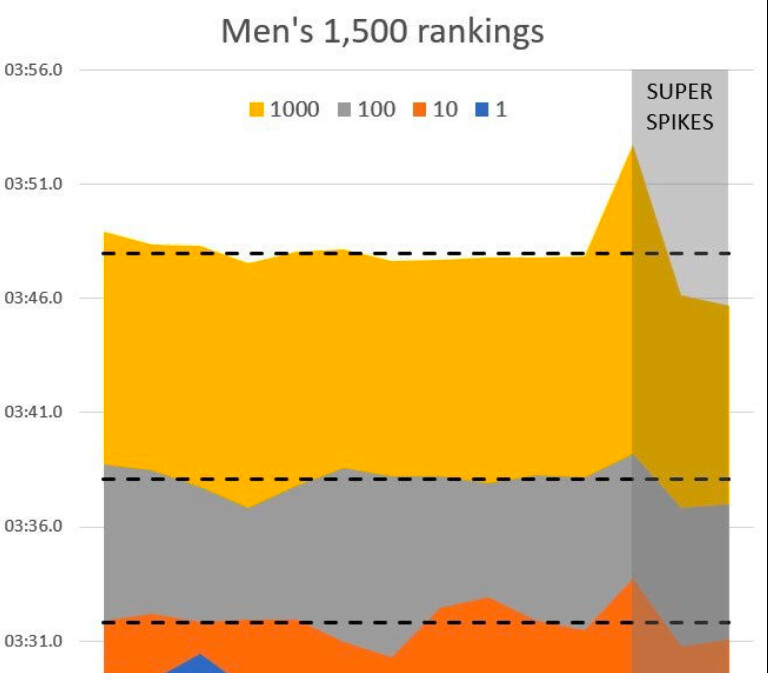
It was a great night—but it was just one of many great nights that track fans have been treated to recently. A week later, at the historic Bislett Games in Oslo, eight men broke 3:30 for 1,500 meters in one race, setting a new record—including Yared Nuguse, who set a new U.S. best. Meet records fell in almost every event. At the collegiate level, an analysis by Oregon-based coach Peter Thompson shows that the number of middle- and long-distance runners hitting elite benchmark times has doubled, tripled, or in some events even quadrupled in the last two years. Earlier in June, four high-school boys broke four minutes for the mile in a single race, matching the total number of people who’d done it in history prior to 2011.
I could go on.
There are two main questions that arise from this buffet of speed. First, is it real? Are runners getting faster across the board, or are we just being fooled by the brilliance of a few individuals and random fluctuations in the depth of different events? Second, if it’s really happening, then why? The easy answer is, “It’s gotta be the shoes” (or, in this case, the super spikes), but does the data really back that up?
I don’t have any definitive answers at this point, but here are my thoughts on some of the possible explanations.
It’s easy to make an anecdotal case that runners are faster than ever. Backing that up with data isn’t quite as straightforward. If you look only at whether the top-ranked time in the world is getting faster or slower from year to year, any trends will depend on whether you happen to have a generational athlete in the event at a given point in time. The effect of an Usain Bolt is bigger than the effect of, say, a new shoe design. Even if you go deeper, the top ten times in any year often come from just one or two races that took place in exceptionally good conditions. So you’re better off looking farther down the list.
For example, here’s some data for the men’s 1,500 meters between 2009 and 2022, drawn from the World Athletics database. I’ve shown the first, tenth, 100th, and 1,000th ranked performers (not performances) for each year. The horizontal dashed lines show the average for 2009 to 2018. The first super spike prototypes had shown up on the circuit by 2019 at latest, and were widely available by 2021. The big spike of slower times in 2020 is because there were so few races due to the pandemic.
The number-one times don’t show any particular trend. The tenth-best times show a dip since 2021, but no bigger than the dip in 2014-2015 (which corresponded to two particularly fast races in Monaco). For the 100th and 1,000th best times, the pre-pandemic data finally starts to look more consistent, which makes the dip since 2021 more telling. The 1,000th-best performer is now 0.9 percent faster than the pre-pandemic average, and the 100th-best is 0.5 percent faster. This is smaller than the 1.3-percent estimate derived from lab testing of super spikes, but in the ballpark.
Here’s comparable data for the women’s 5,000 meters:
Again, the first- and tenth-ranked times fluctuate too much to draw any conclusions. The 100th and 1,000th places do show an apparent drop in the last few years, by 1.9 and 2.0 percent respectively—more than the lab estimate. There are lots of possible explanations for this discrepancy, including that the benefits of super spikes are reduced at faster speeds.
I’ll add one more graph just for context. Supershoes came to road running way back in 2016 (for prototypes) and became widely available by 2018. I think most observers agree that these shoes really have affected road-running times. So what does the comparable data show for, say, men’s marathon times? Here it is:
The data is confounded by the effects of the pandemic, particularly in 2020. Still, the post-supershoe improvement looks fairly similar to the track data. Compared to the 2009 to 2016 average, last year’s times were 0.7 percent faster at tenth, 1.6 percent faster at 100th, and 1.3 percent faster at 1,000th.
The conclusion I take from all this data? It does like there’s something going on, both on the track and on the roads. But it’s way less obvious in the data than I expected. My subjective feeling was that the last few years have seen records broken and times redefined at a totally unprecedented rate. I thought I’d see robust improvement of at least three or four percent. But that scale of change is not there, at least in the events I sampled.
So with that in mind, what explains the changes we do see?
My starting assumption is that any performance improvements we’ve seen in the last few years are because of the shoes. I’m not going to belabor that point here, because I’ve already written plenty on both road supershoes and super spikes.
But I do want to make one key point. The reason my prime suspect is the shoes is that we have direct laboratory evidence that both types of shoes improve running economy, by around 2 percent on the track and at least 4 percent on the roads (and, to complete the circle, lab evidence that improved running economy directly translates to faster race times). It would take some weird and hitherto undiscovered science in order for the shoes not to make us faster. In contrast, the other hypotheses that I’m going to discuss below may be compelling to various degrees, but all rely on some assumptions and guesses and hand-waving.
Here’s a sentence you wouldn’t have read prior to 2018, from Letsrun’s description of Kipyegon’s thrilling 1,500 world record in Florence: “Kipyegon sprinted away from the pacing lights with 200m to go, lengthening her gap from the green lights as she rounded the turn and entered the home straightaway.” I wrote about World Athletics’s introduction of Wavelight pacing lights when Joshua Cheptegei set the 5,000-meter world record in 2020, positing that more even splits could make a notable difference to times. Good pacing has been a hallmark of this year’s records too, all assisted by Wavelight.
Wavelight doesn’t factor in on the roads, but ever since Eliud Kipchoge’s sub-two marathon exhibitions, big-time marathons have devoted more attention to providing top-notch pacers for their elite runners. That has the double benefit of saving the mental effort of setting the pace, and of reducing air resistance. I think good pacing and drafting are both beneficial. But that can’t explain why the 100th and 1,000th performers seem to be getting faster, because Wavelight and paid rabbits are generally reserved for the front of the pack.
Freed from the tyranny of over-frequent racing during lockdowns, runners spent 2020 building up a massive base of endurance that has catapulted them to new levels. It’s even possible that, having learned their lesson, they’ll continue with this more patient approach to training. This theory has the disadvantage of being both unprovable and unfalsifiable. That doesn’t necessarily mean it’s untrue, but if performance levels don’t start regressing to their pre-pandemic means over the next few years, I’ll remain skeptical.
It’s the “big, sexy thing” in endurance training these days, as miler Hobbs Kessler put it in a recent interview: lactate-guided double-threshold training, as popularized by Norwegian Olympic champions Jakob Ingebrigtsen and Kristian Blummenfelt. As I explained in this article, the approach emphasizes high volumes of threshold training with very tight control on the intensity to avoid going too hard. Whether it’s objectively better than other training approaches remains to be seen—but it hasn’t yet been adopted widely enough to make a noticeable impact on the top-1,000 list.
In the past, when I’ve looked at broad trends in performance over time, one of the first factors I’ve considered is changes in drug availability or drug testing. It’s extremely noticeable (though of course not proof of anything) that long-distance track times took off like a rocket shortly after the introduction of EPO in the early 1990s. If you look carefully, you can find what seems to be the performance signature of various drug-related events like the introduction of EPO testing and, more recently, the implementation of athlete biological passports.
Is there something new on the scene over the last few years? Or are we still seeing the effects of pandemic-related disruptions in out-of-competition drug testing? I certainly hope it’s not the case, but you’d have to be amnesiac to discount the possibility entirely. Once again, the best counterargument is that the performance improvements are noticeable even at the 1,000th-best level—though perhaps I’m being naive.
As you can probably tell, I don’t think any of the alternative explanations I’ve offered so far hold water compared to my default assumption that it’s the shoes. But this last category is a little different. If you spend enough time arguing with people about why runners are getting faster, you’ll encounter a number of broad, hand-waving theories that are hard to substantiate but nonetheless sound reasonable.
For example, I can attest to the fact that the Internet has made training knowledge far more widely accessible than it was when I was a young athlete in the 1990s. Ideas and approaches (like the Norwegian model) are endlessly debated and dissected, and any student of the sport is exposed to multiple perspectives. (In contrast, when I arrived at university and found that the workouts were different from those I’d done in high school, I thought the world was ending.) This theory has been offered frequently over the last decade or more as an explanation for steadily improving U.S. high school times. Maybe it’s true more broadly: people everywhere simply know more about the principles of training, and are doing it better (or at least fewer people are doing really stupid training) compared to the past. Even if elite coaching was always pretty good, this creates a wider pyramid of prospective talent feeding into the elite coaches.
I also have the sense that the pendulum has swung away from sit-and-kick racing towards aggressive front-running. After the 2019 world championships, where super spikes first made headlines, I wrote an article about the unusually fast early paces of the races. Jakob Ingebrigtsen, the current king of the 1,500, is notable for running from the front and pushing the pace rather than relying on a finishing sprint—which likely helps explain why he led those seven other men under 3:30 in Oslo. If runners these days are more focused on running fast times rather than trying to win sprint finishes, it stands to reason that times would get faster overall.
And there are plenty of other theories out there—broader support for professional training groups, better nutrition and recovery, the inevitable march of progress, and some that I’ve undoubtedly missed completely. As I said at the top, I don’t know the answers, and I don’t think anyone else does either. Times do seem to be improving, but not as much as I would have guessed based on all the hype about recent record-breaking. The shoes almost certainly play some role—but if there’s some other secret sauce in there, it’ll be fun trying to figure out what it is.
by Outside Online
Login to leave a comment
Jakob Ingebrigtsen to chase his national record at Oslo Diamond League
At the Paris Diamond League last week, the incredible Norwegian athlete and Olympic 1,500m champion Jakob Ingebrigtsen achieved a remarkable two-mile world best. On Thursday evening (afternoon for viewers in North America), the 22-year-old superstar will be competing in his home country, aiming to challenge his national record of 3:28.32 at the Oslo Diamond League.
Jakob’s WR bid
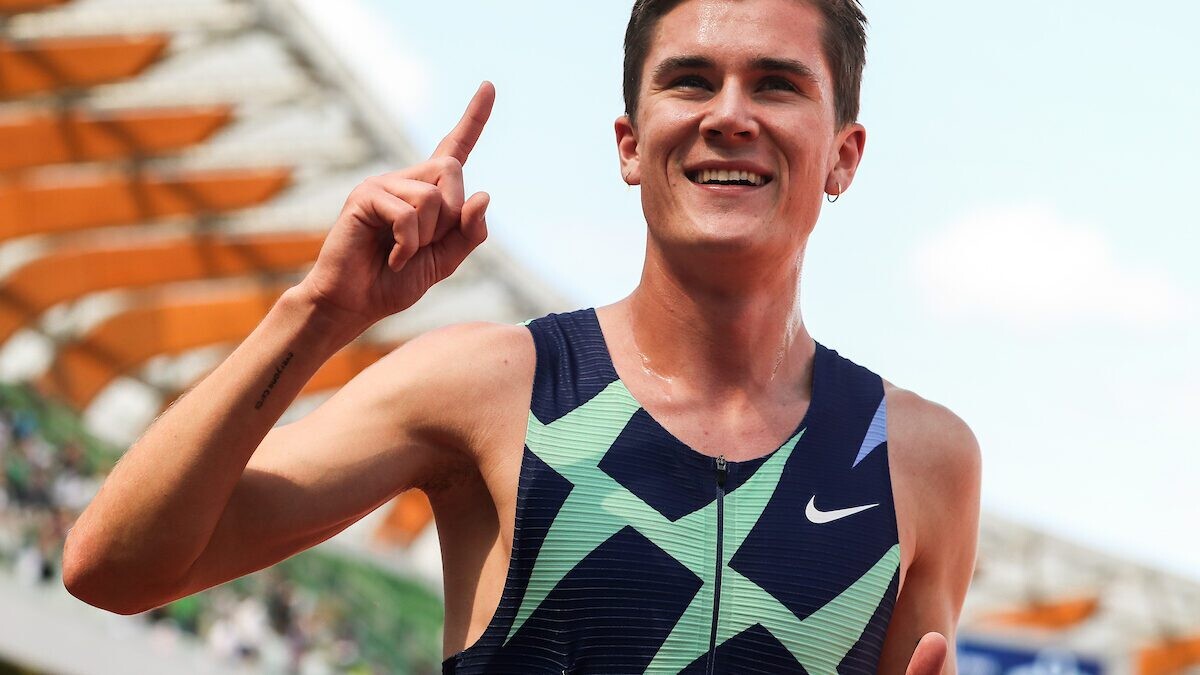
Ingebrigtsen headlines a deep men’s 1,500m field, featuring the silver and bronze medallists from Tokyo 2020, Kenya’s Timothy Cheruiyot and Josh Kerr of Great Britain. Other notable athletes are American Yared Nuguse and Mohamed Katir, who came off a Spanish national record performance over 5,000m in Florence two weeks ago, taking the win in 12:50.79.
During the pre-race press conference, Ingebrigtsen put his confidence on display and said he’s eager to chase a personal best and even take a shot at Hicham El Guerrouj’s 1,500m world record of 3:26.00 “If I break the world record Thursday, I deserve a statue,” said Ingebrigtsen. The Bislett Games meet director responded: “If you do it, I’ll personally set up a statue outside Bislett [Stadium].”
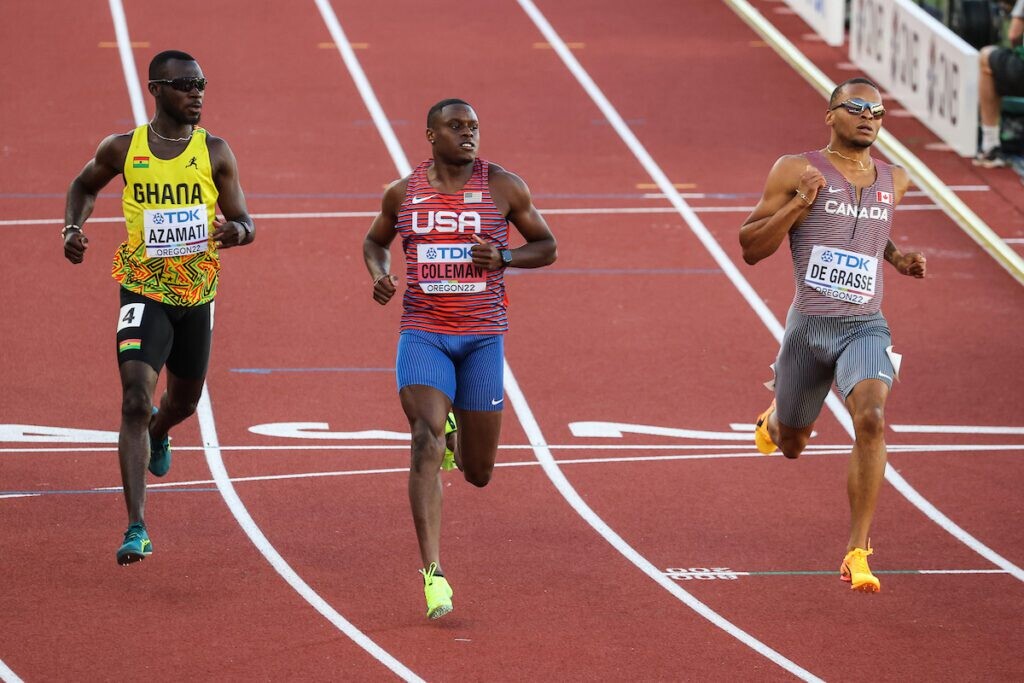
Although there has been a lot of world record talk from Ingebrigtsen and the media, the Wavelight pace in the 1,500m will be set to the meeting record of 3:29.12, going through 800m in 1:52 and the first kilometre in 2:19. Ingebrigtsen will have to close the final 500m in 66 seconds and a sub-53-second final lap if he hopes to take down the world record.
Canadians in Oslo
Two prominent Canadian athletes are competing at Oslo Diamond League Thursday. Olympic 200m champion Andre De Grasse looks to get his season back on track in the men’s 200m. The last year hasn’t been easy for De Grasse, changing coaches, battling injury and a slow start to the 2023 season. In his first three 200m race of the season, he has struggled to dip under the world championship standard mark of 20.24 seconds, a time he has frequently sailed under over the last two seasons. In his first Diamond League race in Doha on May 5, his turnover in the final 70 metres wasn’t there, and he faded to sixth in 20.35. It’s been three weeks since his last race, and he will come into Oslo as one of the favourites on paper, having the second-fastest personal best in the field after the young American, Erriyon Knighton.
Canadian mile and 1,500m record holder Gabriela DeBues-Stafford had a successful outing in her Diamond League return in Florence two weeks ago. After a full year off due to injury, the 27-year-old Olympic finalist ran to a season’s best 4:03.64 over 1,500m. She will come into the Oslo Diamond League as the top-ranked woman in the mile event. This race in Oslo should be more tactical and better suited for DeBues-Stafford’s racing style than the 1,500m in Florence, which resulted in a new world record for Faith Kipyegon.
Two other athletes who will be a tough test for DeBues-Stafford are Jessica Hull, who recently set an Australian record of 3:57.29 in Florence, and Ethiopian rising star Birke Haylom, who ran a giant personal best of 3:57.66 for third place at the Rabat Diamond League. DeBues-Stafford’s mile best is 4:17.87 from Monaco Diamond League in 2019, but any result under 4:23 for her would be a step in the right direction as she continues to prepare for the 2023 World Athletics Championships later this summer.
by Marley Dickinson
Login to leave a comment
Should sub-four be no more?
Over the weekend at Boston University’s David Hemery Valentine Invitational, 52 runners went sub-four in the men’s mile, including five Canadians: Cameron Proceviat, Matthew Beaudet, Charlie Dannatt, Alec Purnell and Foster Malleck. With the advancement of super shoes and the responsiveness of the Boston indoor track, the sub-four-minute mile is still impressive, but is it as remarkable as it used to be?
Last week, Track and Field News, a database that has kept track of sub-four miles since Roger Bannister became the first man to break the barrier in 1954, announced it would no longer update its chronological list of runners who break the barrier. The site released a statement: “The advent of super-shoes has bombarded the 4:00 barrier into something no longer relevant for tracking, although many new members would have made it even without high-tech footwear.”According to an article in Outside, the original decision to scrap the list was based on the (non-scientific) belief that the sub-four stat had lost popularity.
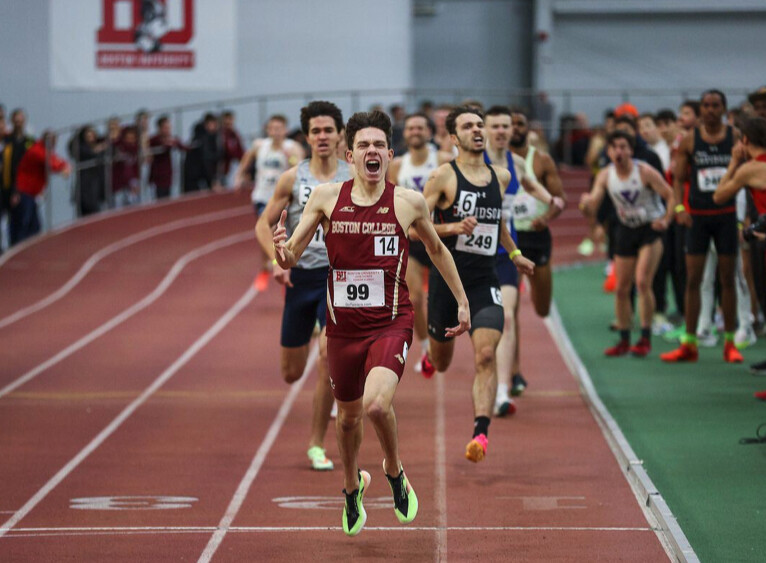
In a later article, Track and Field News editor Garry Hill told Outside: “In retrospect, I now think the opposite might be true, as modern shoes/tracks/training have combined to make a shot at a sub-4:00 now a reasonable goal for a lot more people.”
At the 2023 Millrose Games in NYC, U.S. Olympian Yared Nuguse ran the second-fastest mile in history, clocking 3:47.38, a new North American record, and only milliseconds off the indoor mile world record of 3:47.01. The American track and field community celebrated the mark, but faster times also bring quicker standards and higher expectations.In the past five years, shoe technology and track surfaces have changed, and running must adapt with it.
The Boston University track, which was built in 2002, is unusual in that it was built to the maximum allowable specifications (in terms of the surface, the 18.5 degree steepness of the banked turns); it is considered one of the best tracks in the world for middle distance runners chasing fast times.And while these super spikes bring faster times, what are the athletes supposed to do? Buy old shoes to simulate Bannister’s iconic 1954 race with leather spikes on a cinder track?
As mile times for elite middle-distance runners now stray into the high-3:40s and low-3:50s, the sub-four mile matters less and less; but, like breaking three hours for a marathon or 20-minutes for a 5K, any competitive distance runners will always want their mile time to start with a three. That will never change.
After an online uproar, Track and Field News relented, and said they would continue to keep track of sub-four-milers in their database. To this day, it is still a feat only 75 Canadian men have accomplished (indoor and outdoor)—enough to fill a school bus. No matter how many runners break four, it will always be a barrier many will chase.
by Running Magazine
Login to leave a comment
A sub four minute mile is still an amazing feat and should always be just that! - Bob Anderson 2/19 7:52 am |
Nuguse breaks North American indoor mile record at Millrose Games
Yared Nuguse ran the second-fastest indoor mile in history as three national records fell or were equalled in a thrilling men’s Wanamaker Mile at the Millrose Games. Alicia Monson also set an area record in the 3000m, while Abby Steiner claimed a US record in the 300m at the World Athletics Indoor Tour Gold meeting in New York on Saturday (11).
In the infield, Ryan Crouser demonstrated his effective new shot put technique and Katie Moon returned to her winning ways in the pole vault before a roaring crowd that also cheered runners in competitions from U8 through high school and college.
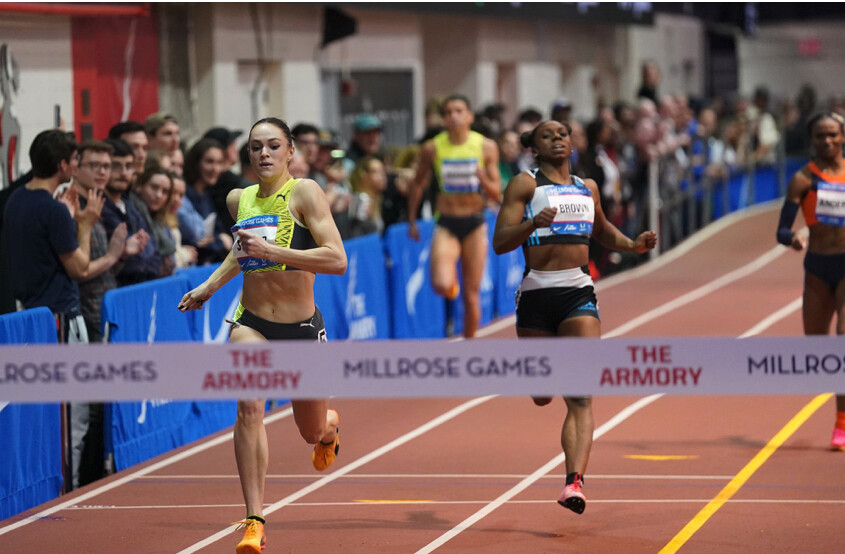
As always, the men’s Wanamaker mile culminated the meeting, and Nuguse ran away with the race in a world-leading 3:47.38 to claim his second area record of the season to go along with the 3000m.
Pace setter Erik Sowinski brought the runners through half way in 1:52.99 – just as he had been asked – with Nuguse and training mates Mario Garcia Romo and Olli Hoare in the lead group. But Nuguse turned on the jets and covered the final quarter of the race in 54.23, breaking the meeting record, facility record, and crushing Bernard Lagat’s 15-year-old US indoor record of 3:49.98.
“Running that race the way we did,” Nuguse said, “all three of us right there up for the first half of the race, I felt good knowing I had my closest guys having my back. And then that last part was give it everything I had and I was able to close with something crazy and get it.”
Great Britain’s Neil Gourley ran a PB of 3:49.46 to move to sixth on the world indoor all-time list, and Hoare equalled the Oceanian record with 3:50.83. New Zealand’s Sam Tanner ran a PB of 3:51.70, while Romo’s 3:51.79 was a Spanish record.
Yuguse has now eclipsed Hicham El Guerrouj on the all-time list; only Ethiopia’s Yomif Kejelcha has run faster, clocking 3:47.01 in 2019.
“I’m always excited to see what else I can do next,” Nuguse said. “There was definitely a nice confidence boost. After that 3000m (where he broke the US record), I was feeling pretty confident already, but to do this in the event that I love the most and the one that I feel like I’m going for at the world championships, that makes me feel even better.”
Laura Muir won the women’s Wanamaker Mile in 4:20.15, followed by Josette Andrews in 4.20.88. Muir, the Olympic silver medallist, led for most of the race, then Andrews hit the front with two laps to go. But the Briton kicked again on the final lap and went on to win comfortably.
Sprint sensations
World record-holder Christian Coleman took a bow after winning the men’s 60m in a season’s best of 6.47. “I feel like this is what I do best and I came to put on a show,” he said.
Noah Lyles was charged with a false start and ran the race under protest, clocking 6.53, although the time would not count. Lyles, the US record-holder in the 200m outdoors, admitted a little bit of movement, but said his feet never left the pad. “I got a time that I’m very happy to see,” Lyles said. “Everybody knows I’m just here to play around. I’m not a 60-metre runner, but if I can take some heads, I’m going to do it.”
Jamaica’s Travis Williams was awarded second place with a PB of 6.59, followed by Josephus Lyles, Noah’s younger brother, also with a PB of 6.59. Williams edged Lyles by .003.
Aleia Hobbs set an Armory record of 7.04 to win her fourth straight competition, having clocked a world-leading 6.98 at the end of January. Teenager Tamari Davis was second in a PB of 7.08, followed by Marybeth Sant-Price in 7.11, Mikiah Brisco at 7.13 and 17-year-old Shawnti Jackson in 7.16.
“I don’t think my start was as good as it’s been, but I was patient,” Hobbs said.
In only her second 300m, Steiner broke the US record, clocking 35.54 to easily go under Quanera Hayes’ time of 35.71 from 2017. Steiner held off a spirited challenge from Brittany Brown, who ran 36.13.
“It’s definitely one of those races I think you learn a little bit about every time you run it,” said Steiner, who set the collegiate record in her first race.
Although this 300m is her last of the season, she still wants the world record of 35.45, shared by Shaunae Miller-Uibo and Irina Privalova. “I clean up my start a little bit,” Steiner said, “and I think it’s there.”
World indoor champion Jereem Richards of Trinidad & Tobago ran a season’s best of 45.84 to avenge the previous week’s loss to Noah Williams, who clocked 46.20. In Boston, they were separated by only .004 as both ran 45.88.
Devynne Charlton won the women’s 60m hurdles in 7.91, while Tonea Marshall ran a season’s best of 7.94 and Sharika Nelvis clocked 7.96 to edge Olympic silver medallist Nia Ali in 7.97.
Login to leave a comment
NYRR Millrose Games
The Pinnacle of Indoor Track & Field The NYRR Millrose Games, first held in 1908, remains the premier indoor track and field competition in the United States. The 2025 edition will once again bring the world’s top professional, collegiate, and high school athletes to New York City for a day of thrilling competition. Hosted at the New Balance Track &...
more...Giants of track and field prepare for battle at Millrose Games
print showdowns, the world’s greatest shot putters and magnificent mile fields highlight the Millrose Games, this season’s fourth World Athletics Indoor Tour Gold meeting, in New York on Saturday (11).
Fresh off a PB and 60m win in Boston, world 200m champion Noah Lyles takes on 60m world record holder and defending Millrose champion Christian Coleman at The Armory, which boasts the nickname ‘The Fastest Track in the World’.
Shot putters Ryan Crouser and Joe Kovacs open their 2023 campaigns by resuming their fierce rivalry, essentially picking up where they left off last September in Switzerland. As the women’s shot returns to Millrose for the first time since 2003, the event couldn’t ask for a better field led by Chase Ealey, the world champion and world indoor silver medallist.
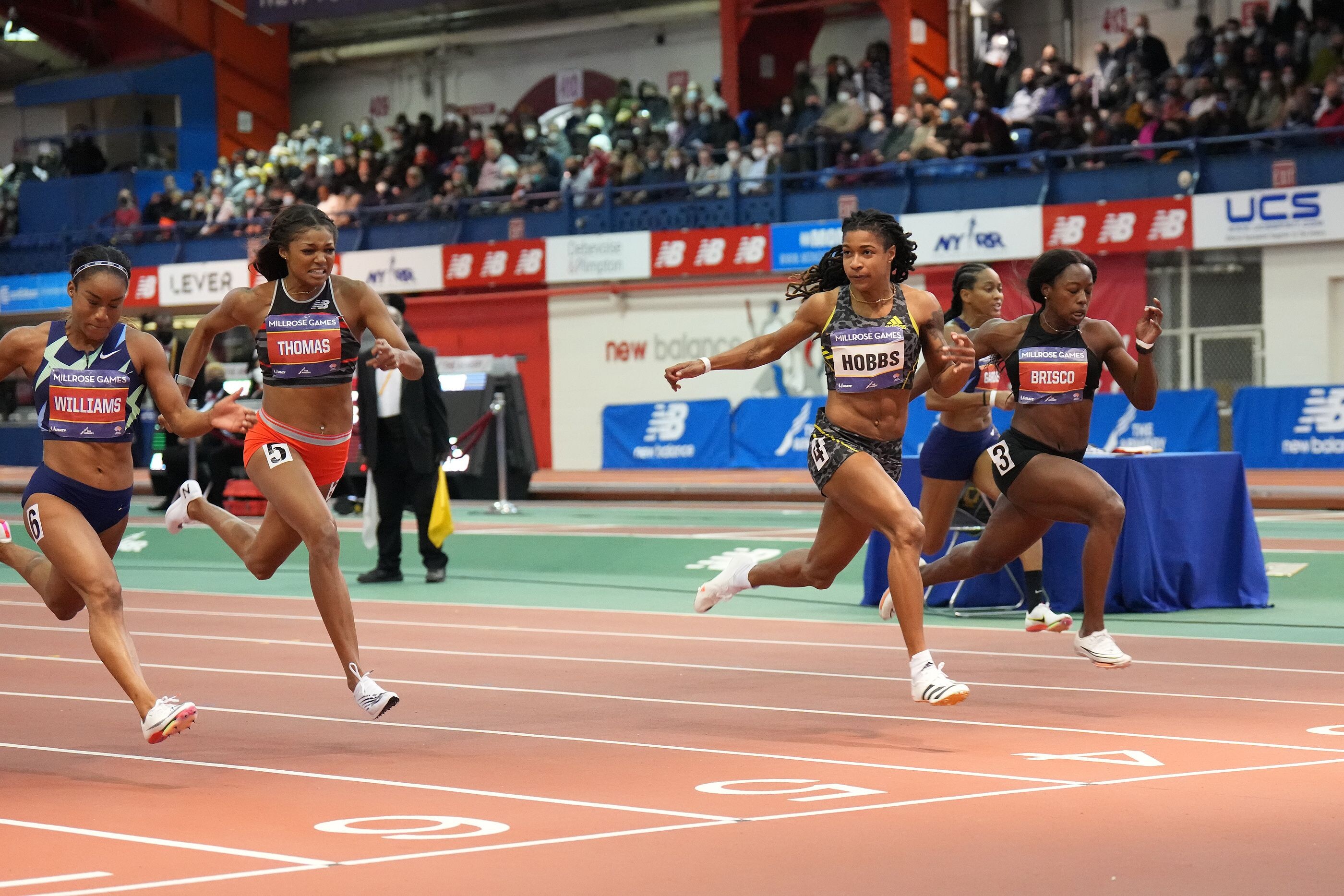
According to tradition, the Rudin Wanamaker Miles cap the storied meeting, which was founded in 1908. A national record might be needed to win the men’s race, but which country will take the honours? Defending champion Ollie Hoare of Australia, USA’s Yared Nuguse, Sam Tanner of New Zealand and Mario Garcia Romo of Spain are top contenders. Great Britain’s Olympic and world medallist Laura Muir is the favourite in the women’s mile, having already claimed a New York record on the road.
Straight down the middle
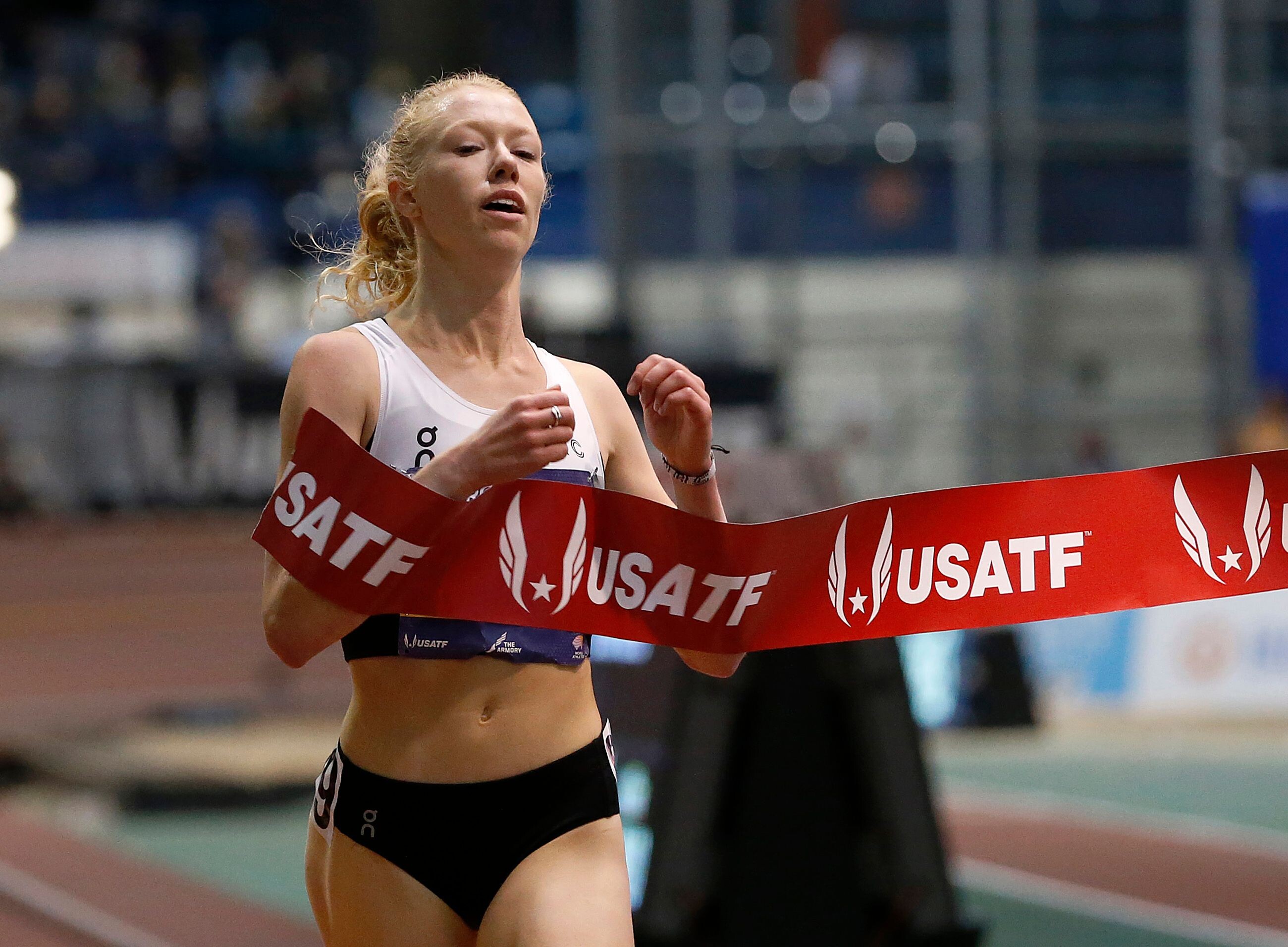
Although The Armory is far from the neon lights of Times Square, it’s still a hop, step and a jump from Broadway – and perhaps no athlete enjoys putting on a show more than Lyles.
At the New Balance Indoor Grand Prix Boston, he posted a PB of 6.51, edging Trayvon Bromell by .002. Coleman clocked 6.71 in Fayetteville two weeks ago to open his season, well off his world record of 6.34 set in 2018 when he was also world indoor champion. Lyles, the Olympic 200m bronze medallist, has been working on his start in a bid to double in the 100m and 200m at the World Athletics Championships later this year in Budapest.
Lyles will also attempt to avenge an early season loss to his younger brother Josephus in Florida. Ronnie Baker, the third-fastest 60m runner in history and 2018 world indoor bronze medallist, won this event in 2018 and 2020. Ackeem Blake of Jamaica, Miles Lewis, the Puerto Rican record-holder, and Kendal Williams, who defeated Lyles in Florida but lost to him in Boston, are also in the field.
Aleia Hobbs is seeking her second straight win in the women’s 60m after exploding to a meeting record 7.02 in Boston. She also owns the world-leading time of 6.98, run in Fayetteville in late January. In Boston, Hobbs held off world indoor silver medallist Mikiah Brisco and Celera Barnes, who get another chance to defeat her at Millrose.
Melissa Jefferson, who edged Hobbs in the 100m at last year’s USA Championships; world indoor bronze medallist Marybeth Sant-Price, and English Gardner are also in the field. Shawnti Jackson was third at Millrose last year, setting a national high school record of 7.18, and will look to improve both her placement and her time.
Olympic silver medallist Keni Harrison, the Millrose 60m hurdles winner in 2020, will take on 2019 world champion Nia Ali, heptathlete Anna Hall, and Olympians Anna Cockrell, Devynne Charlton and Cindy Sember.
Ring rivalry renewed
The road to Budapest begins for the top shot putters on the planet. World and Olympic champion Crouser will face Kovacs, a double outdoor world champion and two-time Olympic silver medallist.
While Crouser has won at Millrose three years in a row and holds both the indoor and outdoor world records, he knows his compatriot is always in the hunt to topple him. Kovacs set the world-leading mark in 2022 while moving to second on the all-time list and winning the Diamond league final in Zurich. At the season-ending meeting for both, Kovacs won at Bellinzona with a toss of 22.19m, with Crouser next at 22.00m. Tripp Piperi and Nick Ponzio of Italy round out the field.
Ealey had a dream season in 2022, building on her world indoor silver to take the world title in Oregon and then capture the Diamond League title. Compatriots Maggie Ewen, the 2021 Diamond League champion, and Jessica Woodard will challenge Ealey for the first Millrose crown in 20 years, along with Canada’s Commonwealth champion Sarah Mitton.
The women’s pole vault features Katie Moon (formerly Nageotte) and Katerina Stefanidi, the last two Olympic gold medallists. However, in their previous meeting, the Greek vaulter was third and the Tokyo champion placed fourth in Boston, with Bridget Williams and Gabriela Leon going 1-2. All four athletes will be on the runway at Millrose.
Steiner seeks another record
The rarely run 300m has become something of a specialty for USA’s Abby Steiner. She already holds the NCAA record and is targeting the national record of 35.71 in her first indoor season as a professional. Two weekends ago, Steiner raced to a 400m victory in Fayetteville in 50.59. The world record of 35.45 is shared by Irina Privalova and Shaunae Miller-Uibo, with the Bahamian clocking her winning time in 2018 at Millrose. Jenna Prandini, Steiner’s teammate on the victorious 4x100m relay in Oregon, and 2019 world 200m silver medallist Brittany Brown offer strong competition.
The men’s 400m could be another duel between USA’s Noah Williams and Trinidad & Tobago’s world indoor champion Jereem Richards. In Boston, both clocked 45.88, but Williams surged on the inside to win by .004. Michael Cherry, fourth in the 400m in Tokyo and an Olympic and world gold medallist at 4x400m, opens his season at Millrose, along with the fourth man in the field, Bryce Deadmon, another Olympic and world gold medallist on relays.
Going the distance
The great Paavo Nurmi raced at the Millrose Games nearly 100 years ago and the distance races never disappoint. Of course, the signature event is the Rudin Wanamaker Mile.
After recently setting a North American indoor record over 3000m, Yared Nuguse is in a New York state of mind to break another continental record: Bernard Lagat’s 3:49.89 in the indoor mile. Nuguse and training partners Hoare and Romo are hoping for a fast pace to propel them into the record books. Hoare set an Oceanian record of 3:50.83 in winning the 2022 Wanamaker Mile and is the Commonwealth 1500m champion. Other contenders include Tanner, a three-time New Zealand champion; Great Britain’s Neil Gourley, whose home straight sprint led to a world-leading 3:52.84 in Boston; 2022 US indoor 1500m champion Cole Hocker, Johnny Gregorek, Sam Prakel and Kenya’s Eliud Kipsang.
Muir had a US indoor race debut in Boston, clocking 8:40.34 in the 3000m, and now is dropping back down to more familiar territory. The world and Olympic medallist in the 1500m set a course record of 4:14.8 on the road in the Fifth Avenue Mile in 2022. At Millrose, the record is 4:16.85, set by Elle Purrier St Pierre in 2020, which is the third-fastest indoor mile in history after Gudaf Tsegay’s 4:16.16 in Torun. In a deep field, Muir will be challenged by training partner and Olympic 800m finalist Jemma Reekie, and US champion Sinclaire Johnson.
In the men’s 3000m, Geordie Beamish and Cooper Teare, who went 1-2 last year, return to the Armory track where they will try to fend off Josh Kerr, the Olympic 1500m bronze medallist; Joe Klecker, Guatemala’s Luis Grijalva and Nico Young.
Alicia Monson, defending Millrose champion in the women’s 3000m, faces national indoor 5000m record-holder Elise Cranny with Karissa Schweizer’s national indoor 3000m record of 8:25.70 in their sights. Monson set a Millrose Games and Armory record last year of 8:31.62 en route to a stellar outdoor season. Katelyn Tuohy recently set an NCAA mile record of 4:24.26 in a race won by Monson; she’s primed for another test against the pros. European champion and 2019 world bronze medallist Konstanze Klosterhalfen won the Wanamaker mile in 2019 and has the fastest 3000m time in the field, clocking 8:20.07 outdoors.
Streaks at stake for Wilson
In the 600m, world indoor 800m champion Ajee’ Wilson will attempt to extend some impressive winning streaks.
Since losing to Alysia Montano in the 600m at the 2013 Millrose Games, she has won 17 straight races at The Armory, including seven at Millrose. She also has won 15 straight races indoors, most recently the 800m in Boston with a time of 2:00.45. Wilson is the second-fastest woman in history in the 600m outdoors and could threaten Keely Hodgkinson’s newly minted world indoor best of 1:23.41. The fastest performer in the field this season Shamier Little, the 2015 world silver medallist in the 400m hurdles, who clocked 1:24.65.
The men’s 800m will be a rematch between world indoor silver medallist Noah Kibet, still just 18 years of age, and world indoor bronze medallist Bryce Hoppel, the defending Millrose champion. The loaded field includes his compatriots Clayton Murphy, the 2016 Olympic bronze medallist, world indoor finalist Isaiah Harris, Great Britain’s Kyle Langford, Mexico’s Tonatiu Lopez and Irish record-holder Mark English. Cade Flatt, the second-fastest US high school runner at this distance, is also in the field.
by World Athletics
Login to leave a comment
NYRR Millrose Games
The Pinnacle of Indoor Track & Field The NYRR Millrose Games, first held in 1908, remains the premier indoor track and field competition in the United States. The 2025 edition will once again bring the world’s top professional, collegiate, and high school athletes to New York City for a day of thrilling competition. Hosted at the New Balance Track &...
more...Woody Kincaid (12:51) and Yared Nuguse (7:28) Break American Records on Historic Night in Boston
The Boston University Track & Tennis Center has been hosting meets for 20 years. In that time, it has seen collegiate records, American records, and two world records.Inarguably, it was BU’s fastest night in the men’s 3,000- and 5,000-meter runs. At 5:30 p.m. ET, Yared Nuguse ran 7:28.24 to break Galen Rupp’s 10-year-old American record in the 3,000. Nuguse’s time was also faster than the 7:28.48 outdoor record Grant Fisher set last summer in Monaco.
Barely two hours later, Woody Kincaid used a brilliant 26.27 final lap to run down Joe Klecker and win the men’s 5,000 in 12:51.61, shaving more than two seconds off Fisher’s American indoor record of 12:53.73 set on this track in 2022.
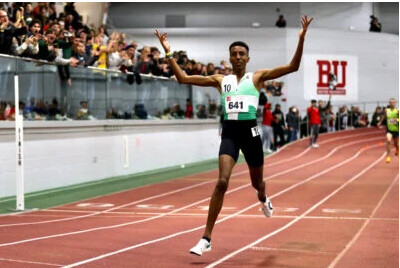
This time last year, no American had ever run 12:51, indoors or out. Now we have to debate whether it was even the best run by an American that day. Heady times for American distance running.
Nuguse and Kincaid weren’t the only men to run fast. Klecker’s 12:54.99 made him the 11th American under 13:00 and moved him to #4 on the combined US indoor/outdoor list. Sam Atkin, unsponsored a year ago, ran 7:31.97 to break Mo Farah’s British record (his time was faster than Farah’s 7:32.62 outdoor record, too). Northern Arizona’s Drew Bosley took almost two seconds off Nuguse’s collegiate record by running 7:36.42. And 19-year-old American Hobbs Kesslerran 7:39.00.
Any of those performances could have been a headline on another day. But tonight belonged to Nuguse and Kincaid, two record breakers entering new phases of their careers.
by Let’s Run
Login to leave a comment
Ollie Hoare to defend Wanamaker mile title at Millrose Games
Organizers of the Millrose Games have announced that Ollie Hoare will defend his Wanamaker Mile title at the World Athletics Indoor Tour Gold meeting in New York on February 11.
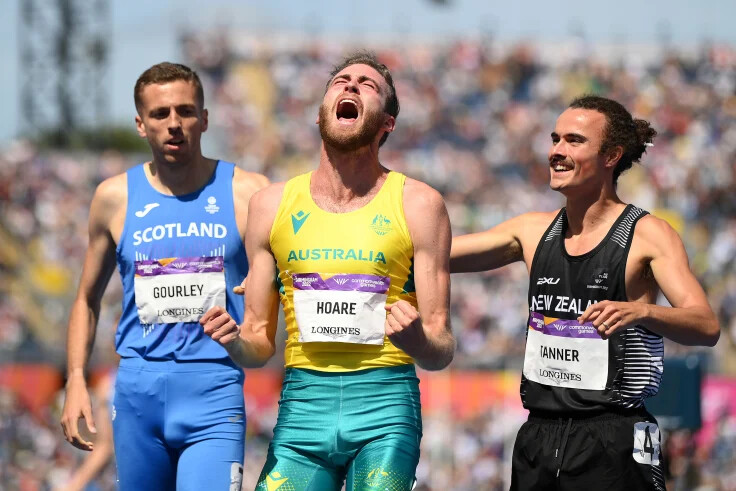
Hoare, the Commonwealth 1500m champion, won last year’s Wanamaker mile in an Oceanian indoor record of 3:50.83.
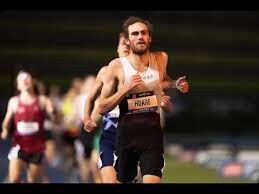
“I’m thrilled to be able to come back and defend my Wanamaker title,” said the Australian. “It will be great to be out there competing at one of my favorite mile races in the world.”
He will take on a field that includes 2021 US 1500m champion and Olympic finalist Cole Hocker, European bronze medalist Mario Garcia Romo of Spain, US Olympian Yared Nuguse, NCAA record-holder Eliud Kipsang of Kenya, 2017 world finalist Johnny Gregorek, three-time New Zealand champion Sam Tanner, world indoor and outdoor finalist Neil Gourley, as well as USA’s Josh Thompson, Sam Prakel and Drew Hunter.
by World Athletics
Login to leave a comment
NYRR Millrose Games
The Pinnacle of Indoor Track & Field The NYRR Millrose Games, first held in 1908, remains the premier indoor track and field competition in the United States. The 2025 edition will once again bring the world’s top professional, collegiate, and high school athletes to New York City for a day of thrilling competition. Hosted at the New Balance Track &...
more...It Shouldn’t Be This Hard to Be a Running Fan
Despite incredible performances at the USATF Outdoor Championships, the meet’s presentation failed to make the sport accessible for a wider audience.
The USATF Outdoor Championships were last weekend. But unless you made the trek to Eugene, Oregon, or you knew exactly where to watch at exactly the right time, you might have missed some (or all) of the action.
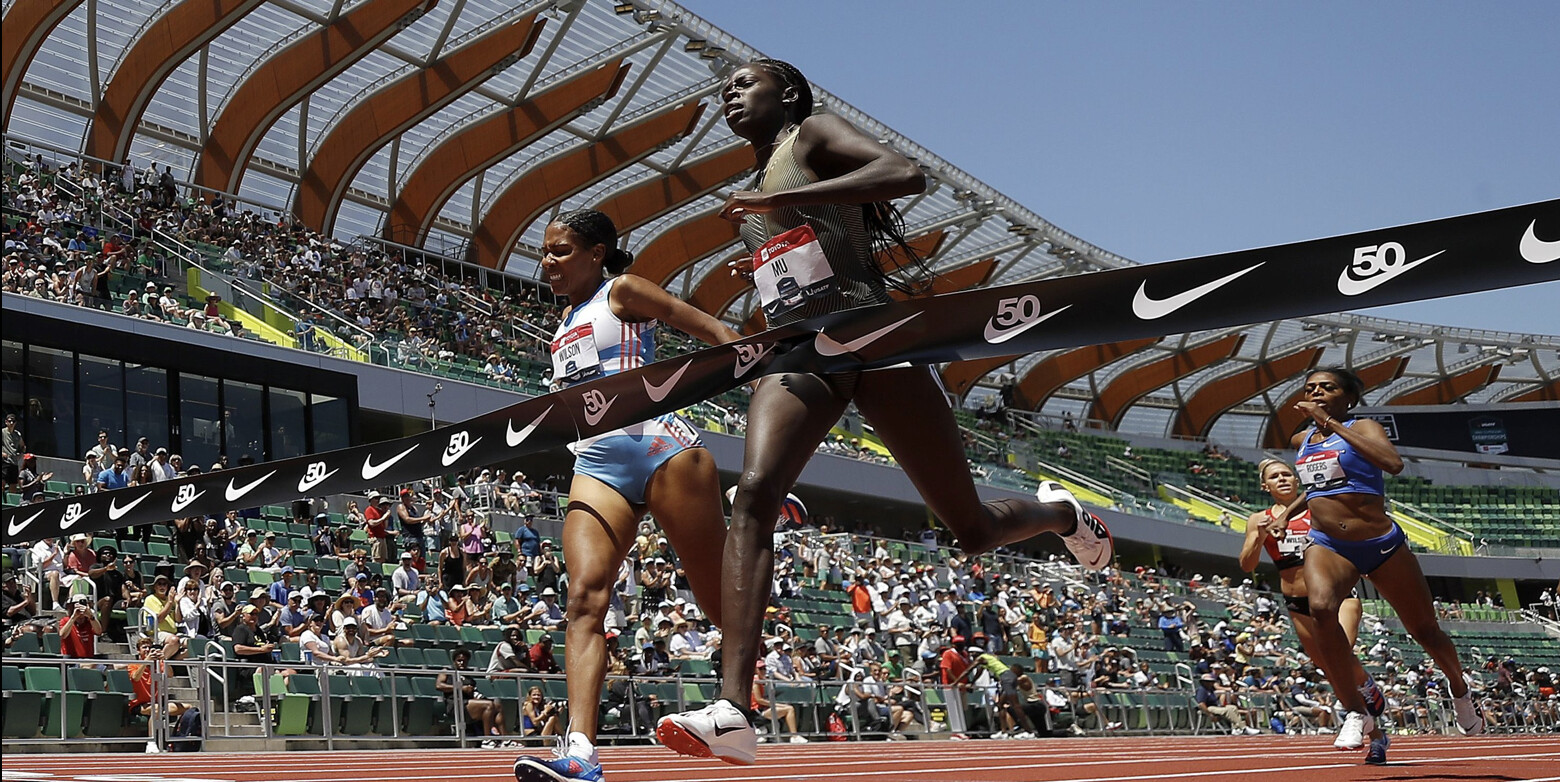
Even if you managed to watch the meet, you might have been left wondering who actually qualified to represent Team USA at the World Athletics Championships from July 15–24. Why will sprinter Christian Coleman run worlds after skipping out on the 100-meter final, despite running the rounds? But Jonathan Davis, who finished second in the men’s 1500 meters, did not qualify? There are answers to these questions, but such answers require prior knowledge of an elaborate qualification system that’s bound to confuse the casual viewer.
Those unclear qualification parameters, along with schedule changes, expensive travel and lodging, and an inconvenient number of streaming services, turned a celebration of athleticism into a Twitter gripe-fest, led by some of the sport’s biggest stars.
That’s not to say the U.S. championships weren’t exciting. Quite the opposite, in fact—the best part of the championships were the athletes’ performances. But everything outside the physical races, throws, vaults, and jumps was simply not on par with other professional sports’ presentations.
How can running become a more accessible sport to the general public? A lot of factors are at play, but critiquing the current shortcomings is step one.
Eugene is difficult and expensive to get to
Hayward Field is undoubtedly a historic venue in track history, and its home city, Eugene, is often dubbed Tracktown USA. So it makes sense that it should host major U.S. meets. But that doesn’t mean it should host all of the important events.
Between Memorial Day weekend and late July, the University of Oregon stadium will have hosted the Prefontaine Classic, the NCAA Division I Outdoor Championships, the USATF Outdoor Championships, and the World Athletics Championships—the four best meets in the U.S. this year.
It’s definitely an outlier year—the World Athletics Championships are on U.S. soil for the first time—but that means the NCAA championships and USATF Outdoor Championships should have been held elsewhere. (The Prefontaine Classic won’t and shouldn’t leave Hayward, because of Steve Prefontaine’s connection to the state and university.)
But track fans who live outside the state face complicated and expensive trips to make it to just one of these meets, let alone four over the course of two months.
An estimated 55,000 people will be in Eugene for the World Athletics Championships, and it shows in hotel supply and demand. Oregon Live reported that the Best Western close to Hayward Field costs $110 per night on a typical week, but it will skyrocket to $596 per night during Worlds. Add in the cost of a flight to Eugene—or a flight to Portland, plus a rental car—and track fans could likely only afford one trip this year, skipping the U.S. championships in favor of Worlds.
The attendance numbers speak for themselves. Only 13,306 people showed up for the 2022 USATF Outdoor Championships—an average of 3,327 each day in a stadium with the capacity for 12,650, expandable to nearly 25,000. In 2019, the last World Championships year, 30,367 fans traveled to Drake Stadium in Des Moines, Iowa, to watch the U.S. national meet.
The takeaway isn’t simply to host the U.S. championships elsewhere, however. Hayward Field hosted the 2015 U.S. championships that qualified for worlds and 38,705 people were there. (It also hosted the Olympic Trials last year, though Olympic years generally have higher attendance numbers.) USATF needs to encourage other venues to bid for a chance to host the U.S. championships—preferably in locales more accommodating to large sporting events.
Unfortunately, hosting the national championships is a big undertaking, and USATF doesn’t recommend new cities go straight from nothing to hosting the big one. Hayward Field already has the infrastructure in place to put on big meets—but so do Hornet Stadium in Sacramento, California, which hosted U.S. nationals in 2017, and Drake Stadium. In a unique year like this one, USATF should do more work to ensure fans aren’t stuck paying big bucks to go to the same stadium four times in two months.
Fans at home navigate increasingly convoluted streaming and broadcasting schedules and costs
If the prevalence of “how to watch this event” articles tells you anything about track, it’s that viewing the sport at home requires multiple streaming subscriptions, a beefy cable package, and hour-by-hour knowledge of which network shows which events.
This year, the USATF Outdoor Championships were broadcast across three different channels: NBC, CNBC, and USA. All three are owned by NBCUniversal. The meet streamed on two services: Peacock, which is NBC’s streaming service, and USATF.TV, a partner site on Runnerspace.
To catch every event live, you had to bounce around. Day one was only streamed on USATF.TV. Day two streamed on Peacock and broadcast on CNBC. On day three, the first hour of competition was on USATF.TV, while the rest was on Peacock and NBC. Every full-length field competition streamed on USATF.TV.
The final day didn’t go as planned. It was supposed to stream on Peacock, while the first half broadcast on NBC and the second half on USA. If the broadcast splitting into two networks mid-meet wasn’t ridiculous enough, a last-minute schedule change (due to high temperatures in Eugene) pushed some events earlier in the day, which disrupted the broadcast and streaming schedule.
Therefore, fans had to again turn to USATF.TV for the updated portion of the schedule, then log back into Peacock or turn on their televisions for the rest of the events.
Streaming is normally the simplest and most cost-effective way to watch the U.S. national meet. To watch live sports on Peacock, you have to pay a $4.99 per month fee. A USATF.TV subscription is more costly—a monthly pass costs $12.99, and a yearly pass costs $119.88, which works out to $9.99 per month—but also gives you access to all other Runnerspace content. And if you only wanted to tune into the U.S. track championships, you only had to pay $18 total for a one-month subscription to each—that’s much less than a ticket to most sporting events.
But here’s the trouble: if you’re a running fan who diligently follows the sport, you can’t watch every event on those two services alone.
Flotrack owns the rights to stream many of the major invitational track meets across the U.S., and they charge $29.99 monthly or $12.49 per month with an annual subscription. ESPN owns the rights to the NCAA championships, some major NCAA conference meets, the American Track League, and the New York City Marathon, which are only streamable if you have a cable subscription. The website Cable TV analyzed 381 plans across 15 providers and concluded that the average cost of cable is $79—and that’s without an internet bundle.
So how much does it cost to be a track fan that wants to watch most events live? Over $100 per month with annual subscriptions. That’s not cheap—especially when coverage is across disparate platforms subject to change at day’s notice and varies in quality.
Unfortunately, there’s no easy solution to this problem. While a singular running broadcast hub would be fantastic, it’s simply not feasible. Each network and service has rights to certain events and control them as such. But there are two things track fans can demand: clear and timely communication from USATF about where they can watch events live, and the respect of cable television networks, like NBC or ESPN, to show meets in their entirety on a single channel—without cutting to commercial mid-race.
It’s exhausting to explain the world championships qualification process to a casual viewer
Before 2019, USATF selected world championships qualifiers based on two main factors: whether you finished top three at the USATF Outdoor Championships, and whether you had the world qualification standard. The world standards are put in place by World Athletics—the international governing body of track & field—to limit the global championships to the best athletes.
If the top three finishers did not have the world standard, they were allowed to chase the standard for a period after the national meet ended and before the world meet began. If one of those athletes did not get the standard in time, the next person in finishing order at the USATF Outdoor Championships would qualify instead.
For example, athletes A, B, and C get first, second, and third at the U.S. championships in their event. Athlete C, however, did not achieve the world standard mark. Athlete C chases the standard, but fails to achieve it in the allotted time frame. Athlete D, who finished fourth, does have the standard, and will compete at the world championships instead of athlete C.
Does that already sound a bit confusing? Well, in 2019, World Athletics introduced a world ranking system, where “athletes score points based on a combination of result and place depending on the level of the competition in which the result is achieved.” This adds a new dimension to qualification, which assists athletes who might not achieve the standard but have been performing well in highly competitive meets, like the Diamond League circuit.
At the U.S. championships, this is normally not an issue. The top three athletes usually either have the standard or have a high enough world ranking that they qualify. At this year’s championships, however, one event caused everyone in the track world to scratch their heads.
The men’s 1500 meters is often a slow, tactical race, which leads to unconventional outcomes. Four men in this year’s final achieved the world standard mark of 3:35.00. But only one of those men placed top three—Cooper Teare, who won the race in a pedestrian 3:45.86. Second-place finisher Jonathan Davis had neither the standard nor a high enough world ranking, because he competed in the NCAA for the University of Illinois all season. Third-place finisher Josh Thompson similarly did not hit the standard, but he did have a high enough world ranking in 39th. The next two people with the world standard were Johnny Gregorek in sixth, and Yared Nuguse in 11th. But because this race counts toward world rankings, someone in between Thompson and Gregorek, like Eric Holt in fourth, could potentially jump the world rankings list to snag the third world team spot. However, Holt would have to land in the top 45 on the world ranking list—he sat 73rd before the race.
Chaos ensued over the next few hours as journalists, athletes, and fans deliberated over Twitter about who would actually qualify. But when the dust settled, there was no definitive answer. By the end of the last day of the U.S. championships, June 26, World Athletics released new rankings. Davis jumped from 110th to 93rd, while Holt remained the same. Neither earned the World Championships berth, as the qualification window closed on June 29.
Such a convoluted system isn’t just a blight for fans. Athletes like Davis, who ran the race of his life to earn second place, miss out on a chance to represent the United States. And those opportunities don’t come often.
“It was a little bittersweet,” Davis told Runner’s World. “It’d be really nice if it would have been similar to past years, where a top finish would possibly get you into the world championships. But [my coach and I] knew this was a possibility and that we have to deal with it.”
Davis believes emphasizing national meet placement would be more fair—and that the NCAA championships should have more impact on world rankings. But overall, he was happy with his performance and not too worried about missing out on worlds. “If I’m back next year, we’ll make sure I have the standard and get into some better races to increase my world rank,” he said.
But when asked directly about his thoughts on just how confusing the qualification procedures are, he laughed and said, “I’m not going to explain them to my grandparents.”
The world rankings are still a work in progress, according to World Athletics: “As we develop tools and processes to further expand the reach of our statistical service, these figures are destined to grow steadily and consistently.” In the meantime, athletes suffer, fans get confused, and casual viewers remain apathetic.
by CHRIS HATLER, Runners World
Login to leave a comment
USATF 2022 Championships finals results through June 25
There has already been a lot of a action during the 2022 USATF Championships in Eugene Oregon. Sydney McLaughlin set a new world record in the 400m hurdles (Second photo). Michael Norman won the 400m (first photo) and Fred Kerley won the 100m (third photo). Photos by Jivko
Women’s 100m
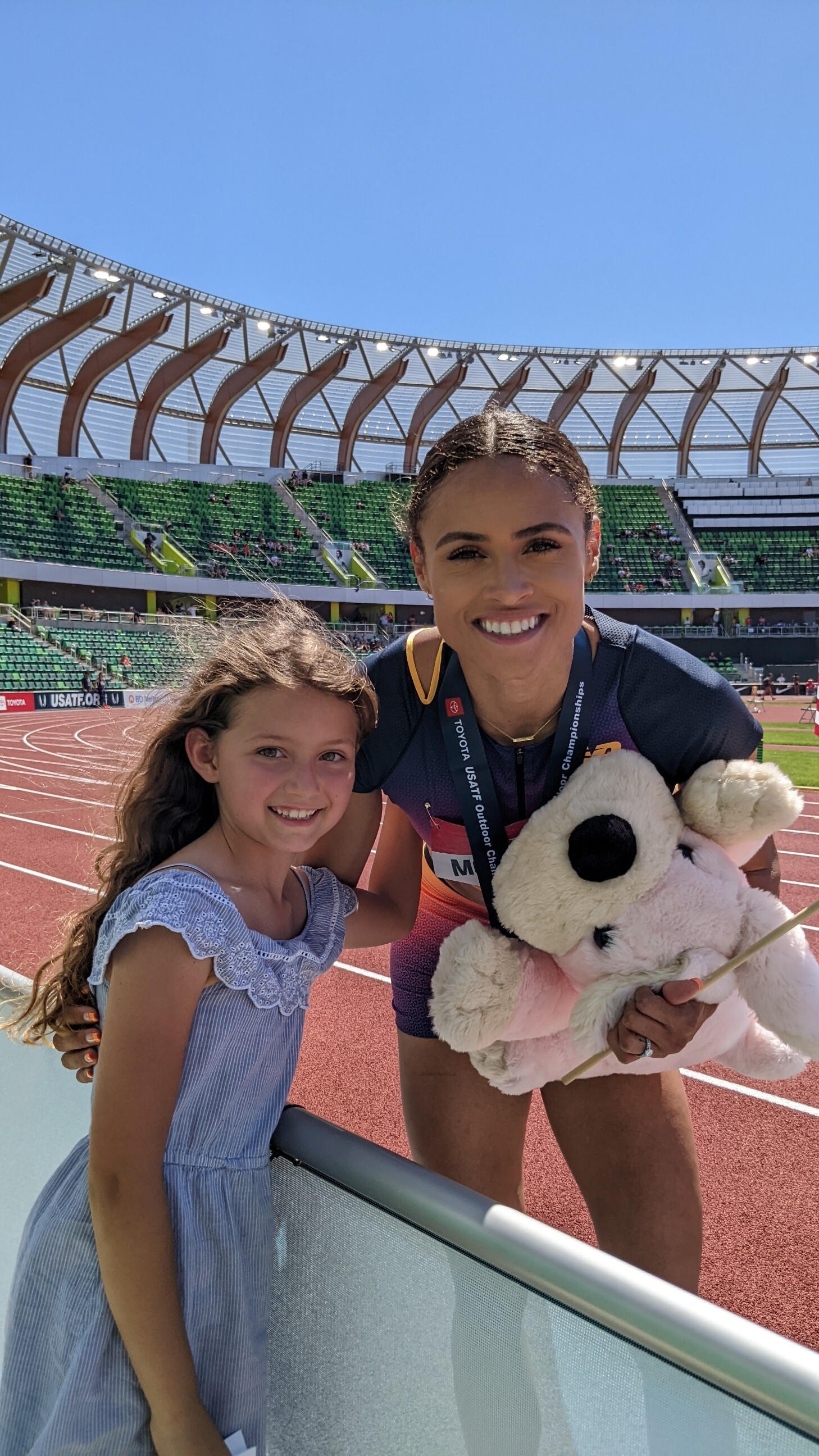
1. Melissa Jefferson — 10.69 2. Aleia Hobbs — 10.72 3. Twanisha Terry — 10.744. Tamari Davis — 10.785. Tamara Clark — 10.826. Celera Barnes — 10.86
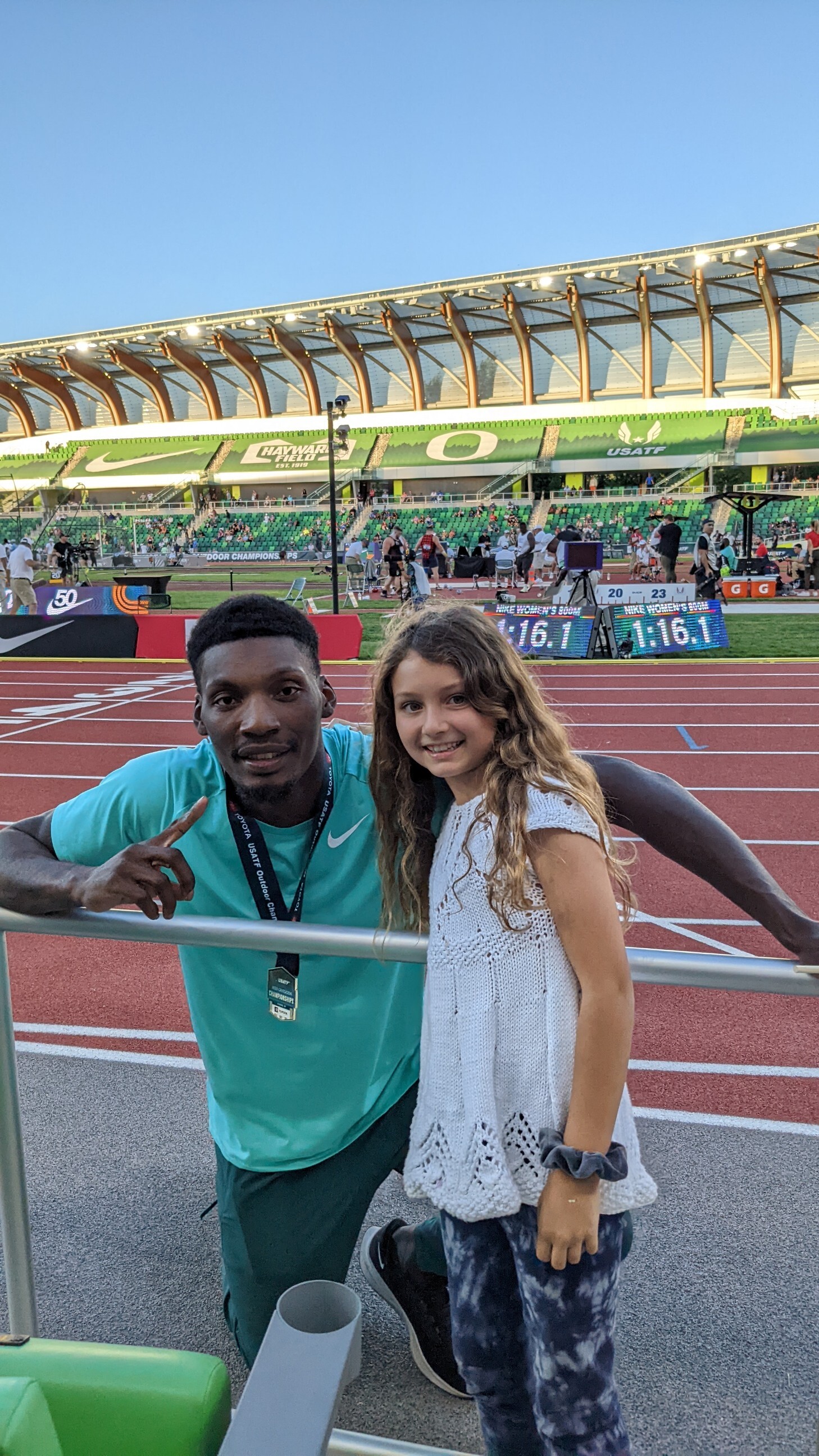
Women’s 400m
1. Talitha Diggs — 50.22 2. Kendall Ellis — 50.35 3. Lynna Irby — 50.674. Wadeline Jonathas — 50.845. Kennedy Simon — 50.906. Allyson Felix — 51.307. Jaide Stepter — 51.308. Kaylin Whitney — 51.31
Women’s 1500m
1. Sinclaire Johnson — 4:03.29 2. Cory McGee — 4:04.52 3. Elle St. Pierre — 4:05.144. Karissa Schweizer — 4:05.405. Heather MacLean — 4:06.40
Women’s 10,000m (from May 27)
1. Karissa Schweizer — 30:49.56 2. Alicia Monson — 30:51.09 3. Natosha Rogers — 31:29.804. Emily Infeld — 31:30.045. Weini Kelati — 31:39.90
Women’s 100m Hurdles
1. Keni Harrison — 12.34 2. Alaysha Johnson — 12.35 3. Alia Armstrong — 12.474. Tonea Marshall — 12.555. Tia Jones — 12.59DNS. Nia Ali (has bye onto world team)
Women’s 400m Hurdles
1. Sydney McLaughlin — 51.41 WR 2. Britton Wilson — 53.08 3. Shamier Little — 53.924. Anna Cockrell — 53.985. Shannon Meisberger — 55.39
Men’s 100m
1. Fred Kerley — 9.77 2. Marvin Bracy-Williams — 9.85 3. Trayvon Bromell — 9.884. Micah Williams — 9.905. Elijah Hall-Thompson — 9.906. Kyree King — 9.96DNS. Christian Coleman (has bye onto world team)
Men’s 400m
1. Michael Norman — 43.56 2. Champion Allison — 43.70 3. Randolph Ross — 44.174. Elija Godwin — 44.345. Vernon Norwood — 44.356. Bryce Deadmon — 44.547. Noah Williams — 45.048. Ismail Turner — 45.56
Men’s 1500m
1. Cooper Teare — 3:45.86 2. Jonathan Davis — 3:46.01 (doesn’t have standard)3. Josh Thompson — 3:46.07 (doesn’t have standard)4. Eric Holt — 3:46.15 (doesn’t have standard)5. Reed Brown — 3:46.28 (doesn’t have standard)6. Johnny Gregorek — 3:46.36 (has standard)11. Yared Nuguse — 3:47.46 (has standard)
Men’s 10,000m (from May 27)
1. Joe Klecker — 28:28.71 2. Grant Fisher — 28:28.81 3. Sean McGorty — 28:29.574. Dillon Maggard — 28:30.755. Shadrack Kipchirchir — 28:30.79
Men’s 3000m Steeplechase
1. Hillary Bor — 8:15.76 2. Evan Jager — 8:17.29 3. Benard Keter — 8:19.164. Duncan Hamilton — 8:20.235. Anthony Rotich — 8:23.15
Login to leave a comment
USATF Outdoor Championships
With an eye toward continuing the historic athletic success of 2022, USATF is pleased to announce competitive opportunities for its athletes to secure qualifying marks and prize money, including a new Grand Prix series, as they prepare for the 2023 World Athletics Championships in Budapest, Hungary.As announced a few months ago, the 2023 Indoor Championships in Nanjing, China have been...
more...Grant Fisher (12:53.73) DESTROYS US 5,000 Record in Boston, Moh Ahmed (12:56.87) and Marc Scott (12:57.08) Break Canadian and British Records
As the runners were getting ready for the elite section of the men’s 5000 meters at the 2022 Boston University David Hemery Valentine Invitational on Saturday evening, we should have known we were in for a treat. After all, the slow heat had just been won in 13:05.
It’s crazy, when you think of it: Bowerman Track Club coach Jerry Schumacher had decided Woody Kincaid, the reigning US 10,000-meter champion, was not quite ready to mix it up with his BTC teammates in the fast section and Kincaid wound up running 13:05.56, at the time the second-fastest indoor 5,000m ever by an American.
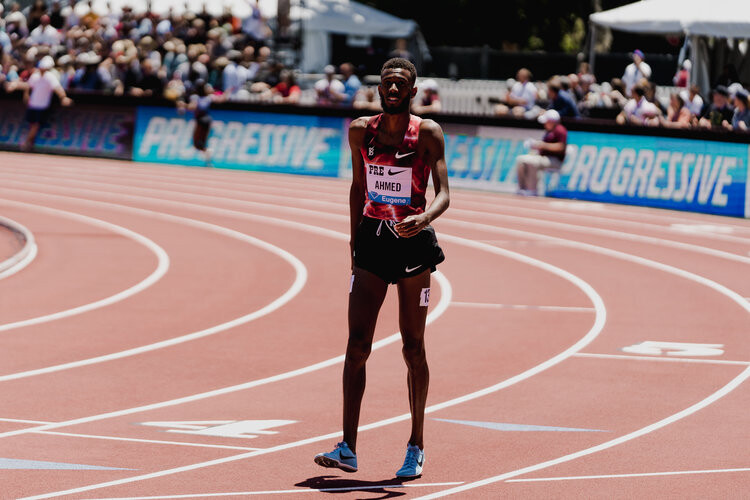
Just as crazy: Schumacher was kind of right. Because what we saw in the fast heat was the deepest 5,000-meter race ever contested on US soil, indoors or out.
Grant Fisher, a former high school phenom who won two Foot Locker titles and broke 4:00 in the mile while balancing soccer with running, delivered on his immense promise and ran 12:53.73 to win the race, smash Galen Rupp’s American indoor record of 13:01.26, and come within a whisker of Bernard Lagat’s American outdoor record of 12:53.60. He is now the fifth-fastest human ever at 5,000 meters indoors, one spot ahead of a guy by the name of Eliud Kipchoge.
Fisher’s Bowerman teammate Moh Ahmed, the Olympic silver medalist last year, was next across, running 12:56.87 to break his own Canadian indoor record of 13:04.60. Marc Scott completed the BTC national record sweep in third, and like Ahmed, Scott lowered his own European indoor record, taking it from 13:08.87 to 12:57.08.
In the process, Scott became the first man born in the United Kingdom – and just the third born in Europe – to break 13:00, indoors or out. The race marked the first time that three men broke 13:00 in the same race indoors (only once before had even two done it in the same race).
The times were so fast up front that would-be historic performances were relegated to also-ran status. Emmanuel Bor ran the second-fastest time in US
indoor history (under Rupp’s previous AR) but was only 4th (13:00.48). Sam Atkin of Great Britain and Jonas Raess of Switzerland both ran faster than the previous European indoor record but had to settle for 5th (Atkin in 13:03.64) and 6th (Raess in 13:07.95).
Florida State’s Adriaan Wildschutt of South Africa ran the second-fastest NCAA time ever indoors and third-fastest under any conditions – 13:09.20 – setting a national indoor record in the process and he was only 5th – in the B heat. Notre Dame’s Dylan Jacobs ran 13:14.04, #4 on the NCAA all-time indoor list and an American indoor collegiate record.
It was sheer madness.
In the main race, the early pacing was good, with 2020 US indoor 1500 champ Josh Thompson and 27:20 man Zouhair Talbi of Morocco taking the field through 3k in 7:53.51, but the real racing didn’t get going until just under a mile to go, when Atkin signaled for Fisher to pass him, knowing he could no longer hold the pace Fisher wanted to run.
From there, Fisher conducted a symphony of pain on the BU track, stretching the field out until Atkin, Scott, Ahmed, and finally Bor had dropped, leaving Fisher all alone for the final 400 as the crowd roared him into the history books. His last four 400m splits: 60.00, 58.95, 59.91, 58.74, good for an otherworldly 3:57.56 final 1600.
Fisher’s performance, just like almost every elite distance performance in the year 2022, must be placed into the context of its era. Earlier in the day on the same track, Notre Dame’s Yared Nuguse, the Olympian and 2019 NCAA 1500 champ, broke Alistair Cragg’s 7:38.59 indoor collegiate record which had stood since 2004. And last night, Gabriela DeBues-Stafford and Elise Cranny set dueling Canadian/American records, Cranny taking 14 seconds off Shalane Flanagan’s 14:47.62 AR.
Fisher and Cranny’s talents have long been known, and they are undoubtedly great runners. Yet between them, they own a grand total of one NCAA and one US title. That they could annihilate national records established by two of the greatest distance runners in American history is yet more evidence that we have entered a new age of distance running ushered in by super shoes, one in which the standards must be (and are being) adjusted.
by Let’s Run
Login to leave a comment
130 athletes named on the team to represent the United States at the Tokyo Olympic Games
World outdoor record-holders Sydney McLaughlin, Ryan Crouser and Keni Harrison are among the 130 athletes named on the team to represent the United States at the Tokyo Olympic Games.
The squad includes 13 medalists from the 2016 Games in Rio and six defending world champions from Doha. Experienced headliners include five-time Olympians Allyson Felix in the 400m and Abdi Abdirahman in the marathon, while the youngest athlete on the team is 17-year-old Erriyon Knighton, who twice broke the world U20 200m record last month at the US Olympic Trials.
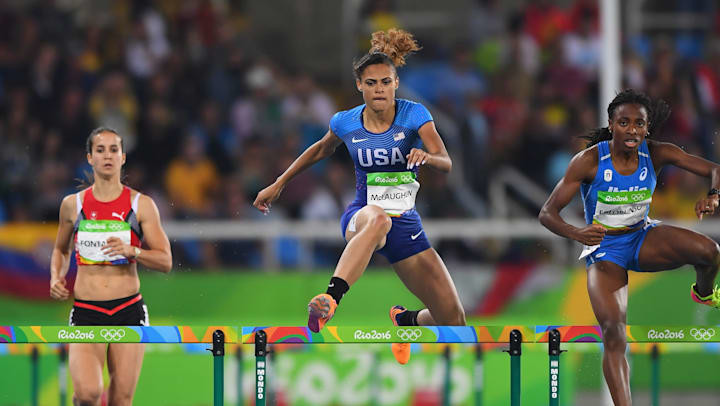
JuVaughn Harrison won both the long jump and high jump at the Trials in Eugene and he will be among the athletes contesting two events in Tokyo as he has been selected for both disciplines.
Other athletes announced on the team include world indoor 60m hurdles record-holder Grant Holloway, who was just 0.01 shy of breaking Aries Merritt’s world 110m hurdles record of 12.80 in Eugene, plus former world 400m hurdles record-holder Dalilah Muhammad, the second-fastest ever 200m sprinter Gabby Thomas and multiple global long jump gold medalist Brittney Reese.
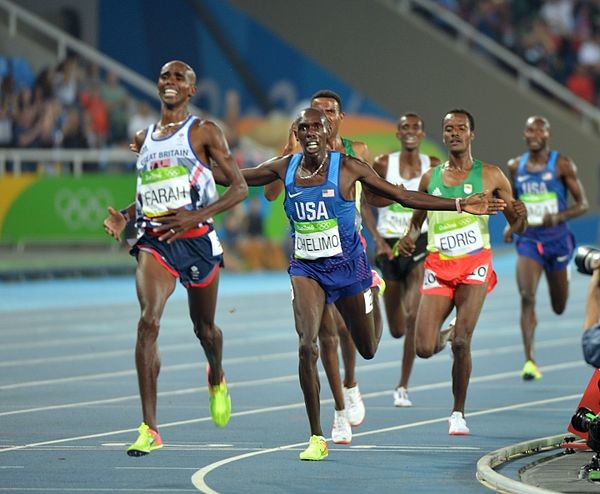
USA team for Tokyo
WOMEN
100m: Teahna Daniels, Javianne Oliver, Jenna Prandini
200m: Anavia Battle, Jenna Prandini, Gabby Thomas
400m: Allyson Felix, Quanera Hayes, Wadeline Jonathas
800m: Athing Mu, Raevyn Rogers, Ajee' Wilson
1500m: Heather MacLean, Cory McGee, Elle Purrier
5000m: Elise Cranny, Rachel Schneider, Karissa Schweizer
10,000m: Alicia Monson, Karissa Schweizer, Emily Sisson
Marathon: Sally Kipyego, Molly Seidel, Aliphine Tuliamuk
3000m steeplechase: Emma Coburn, Val Constien, Courtney Frerichs
100m hurdles: Christina Clemons, Gabbi Cunningham, Keni Harrison
400m hurdles: Anna Cockrell, Sydney McLaughlin, Dalilah Muhammad
20km race walk: Robyn Stevens
High jump: Tynita Butts-Townsend, Vashti Cunningham, Rachel McCoy
Pole vault: Morgann LeLeux, Katie Nageotte, Sandi Morris
Long jump: Quanesha Burks, Tara Davis, Brittney Reese
Triple jump: Tori Franklin, Jasmine Moore, Keturah Orji
Shot put: Adelaide Aquilla, Jessica Ramsey, Raven Saunders
Discus: Valarie Allman, Kelsey Card, Rachel Dincoff
Hammer: Brooke Andersen, Gwen Berry, DeAnna Price
Javelin: Ariana Ince, Maggie Malone, Kara Winger
Heptathlon: Erica Bougard, Annie Kunz, Kendell Williams
4x100m: English Gardner, Aleia Hobbs, Gabby Thomas (plus others selected in individual events)
4x400m: Kendall Ellis, Lynna Irby, Kaylin Whitney (plus others selected in individual events)
MEN
100m: Ronnie Baker, Trayvon Bromell, Fred Kerley
200m: Kenny Bednarek, Erriyon Knighton, Noah Lyles
400m: Michael Cherry, Michael Norman, Randolph Ross
800m: Bryce Hoppel, Isaiah Jewett, Clayton Murphy
1500m: Matthew Centrowitz, Cole Hocker, Yared Nuguse
5000m: Paul Chelimo, Grant Fisher, Woody Kincaid
10,000m: Grant Fisher, Woody Kincaid, Joe Klecker
Marathon: Abdi Abdirahman, Jake Riley, Galen Rupp
3000m steeplechase: Hillary Bor, Mason Ferlic, Benard Keter
110m hurdles: Devon Allen, Grant Holloway, Daniel Roberts
400m hurdles: Rai Benjamin, David Kendziera, Kenny Selmon
20km race walk: Nick Christie
High jump: JuVaughn Harrison, Shelby McEwen, Darryl Sullivan
Pole vault: Sam Kendricks, KC Lightfoot, Chris Nilsen
Long jump: Marquis Dendy, JuVaughn Harrison, Steffin McCarter
Triple jump: Chris Benard, Will Claye, Donald Scott
Shot put: Ryan Crouser, Joe Kovacs, Payton Otterdahl
Discus: Mason Finley, Reggie Jagers, Sam Mattis
Hammer: Daniel Haugh, Rudy Winkler, Alex Young
Javelin: Michael Shuey, Curtis Thompson
Decathlon: Steven Bastien, Garrett Scantling, Zach Ziemek
4x100m: Kenny Bednarek, Cravon Gillespie, Micah Williams (plus others selected in individual events)
4x400m: Elija Godwin, Vernon Norwood, Trevor Stewart (plus others selected in individual events)
MIXED
4x400m: Shae Anderson, Bryce Deadmon, Wil London, Taylor Manson (plus others selected in individual events).
by World Athletics
Login to leave a comment
Tokyo 2020 Olympic Games
Fifty-six years after having organized the Olympic Games, the Japanese capital will be hosting a Summer edition for the second time, originally scheduled from July 24 to August 9, 2020, the games were postponed due to coronavirus outbreak, the postponed Tokyo Olympics will be held from July 23 to August 8 in 2021, according to the International Olympic Committee decision. ...
more...McLaughlin smashes world 400m hurdles record in Eugene with 51.90 and other highlights
In a culture saturated by so many other sports, those in the USA fret about who can be the face of athletics.
Who can be featured on television news? Who can be a crossover figure like gymnast Simone Biles? Who can be a Carl Lewis or a Jackie Joyner-Kersee?
As the 10-day US Olympic Trials closed on Sunday night (27) in Eugene, Oregon, there was a deep reservoir of young candidates – none more so than Sydney McLaughlin. The 21-year-old became the first woman to break the 52-second barrier in the 400m hurdles.
Record temperatures approaching 44C delayed the programme by five hours, but there was no delaying the inevitable: McLaughlin was going to break the world record, and she did so with her time of 51.90.
“I definitely saw it coming,” said Dalilah Muhammad, the world and Olympic champion. “She looked so good in the rounds.”
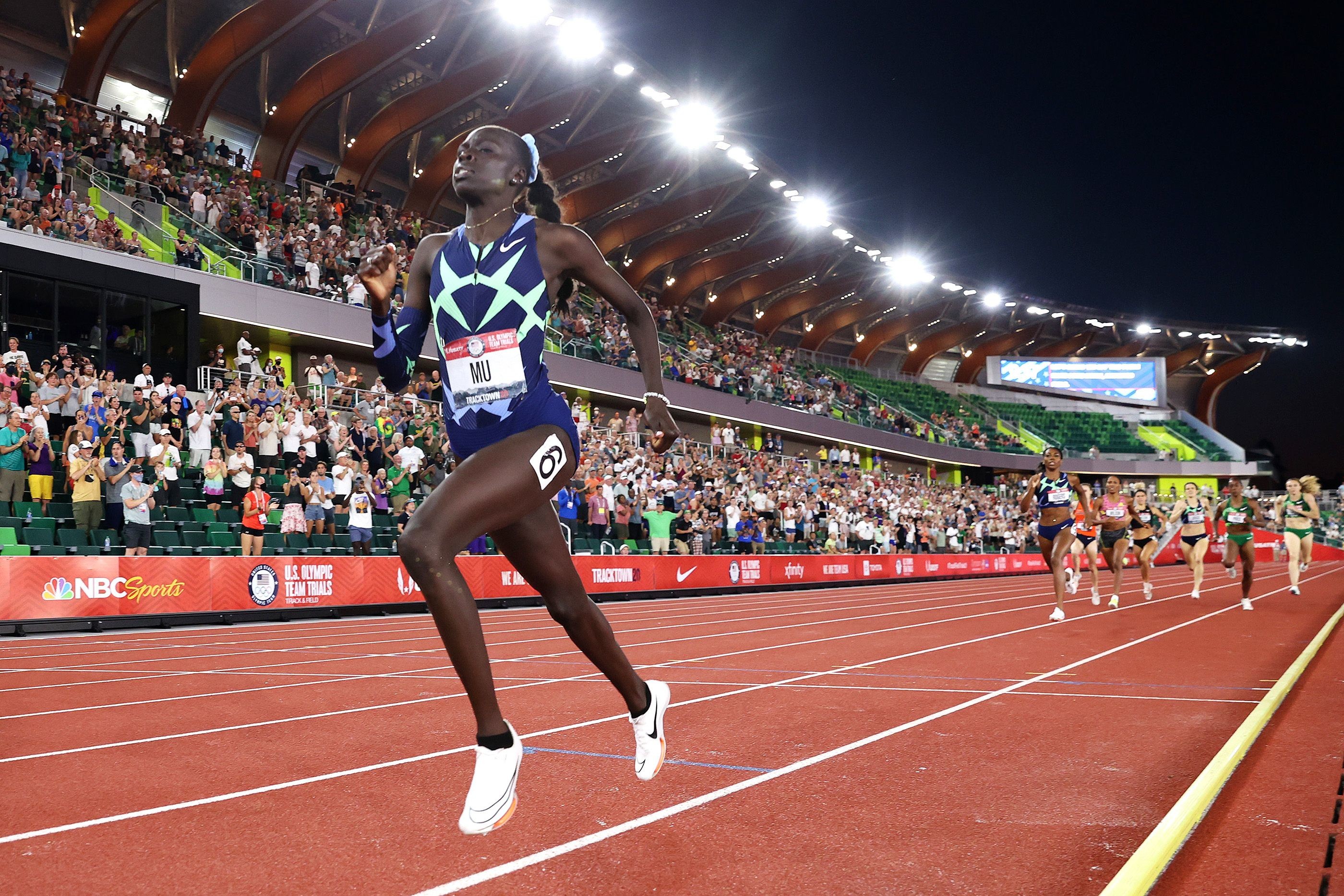
McLaughlin’s time broke the record of 52.16 set by Muhammad at the World Athletics Championships Doha 2019. McLaughlin, second in that race in 52.23, pulled away from Muhammad over the final two hurdles in Eugene.
Even with 2020 lost to the pandemic, the world record has been broken three times in 23 months – twice by Muhammad, once by McLaughlin.
That was the highlight of another historic day of young record-breakers. The trials ended with 11 world-leading marks, five by men and six by women.
Athing Mu, 19, set a trials record in the 800m; Cole Hocker, 20, became the youngest men’s 1500m champion in 110 years; JuVaughn Harrison, 22, became the first to make the US team in the high jump and long jump since Jim Thorpe in 1912; Noah Lyles, 23, ran a world-leading 200m, and Erriyon Knighton, 17, again lowered the world U20 record in the 200m.
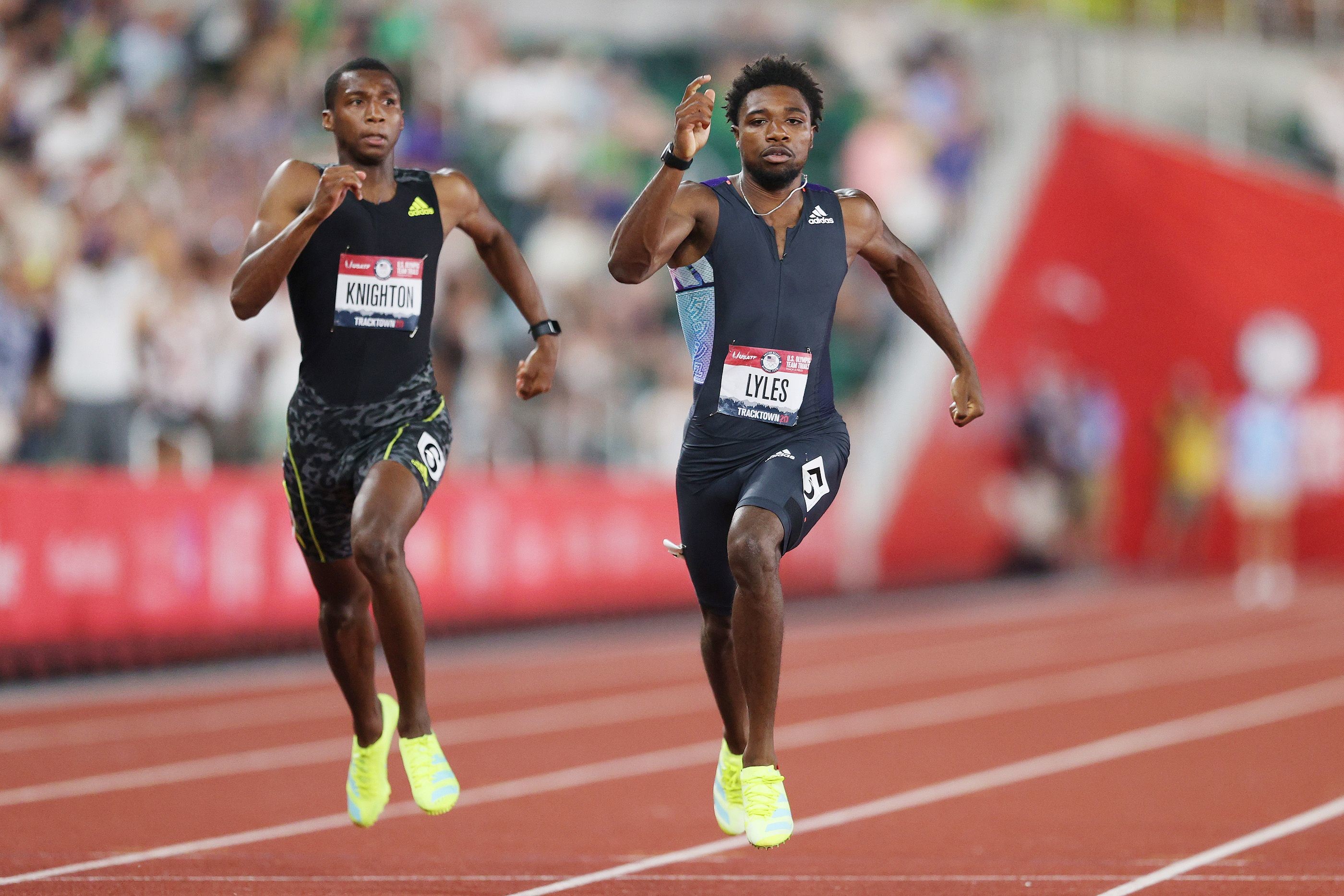
McLaughlin has been projected as the sport’s face in the United States since she made an Olympic team at age 16. After one college season at Kentucky, she turned professional.
“I was growing into my own person,” she said. “My faith is the biggest change. Trusting God and knowing He will carry me through.”
Her record-setting might not be over. Not only could McLaughlin lower her world record at the Tokyo Olympics, she should be named to the 4x400m relay team that could set one – though that mark (3:15.17) is arguably a much bigger ask.
McLaughlin trains in Los Angeles under Bobby Kersee, who also coached Joyner-Kersee.
“Bobby knows how to put things together when the time comes,” McLaughlin said.
Muhammad, who over the past 12 months has had to contend with injuries and a bout of Covid-19, finished second in 52.42, the third-fastest time of her career. NCAA champion Anna Cockrell took the third spot in 53.70, nearly a full second faster than her previous PB, in beating Shamier Little (53.85). Olympic bronze medallist Ashley Spencer stumbled over an early hurdle and finished seventh.
Likely to join McLaughlin in that 4x400m team is Mu, considering earlier this month she set a collegiate record of 49.57 – faster than the winning mark at the USA Trials.
Mu ran a world-leading 1:56.07 to win the 800m, breaking her own North American U20 record. World silver medallist Raevyn Rogers was second in a PB of 1:57.66 and US record-holder Ajee Wilson third in 1:58.39. Not until late did Wilson overtake Michaela Meyer, who was fourth in 1:58.55.
Mu sat in the pack for the first lap, passing through 200m in 27.54 and 400m in a swift 57.53. She then made her move on the second lap, positioning herself at the front with 200 metres to go. She kicked hard as she came off the final bend and, having covered the final lap in 58.54, crossed the line almost two seconds ahead of her nearest opponent.
In the men's 1500m, Hocker was in sixth place with about 150 metres left but used a closing rush to overtake Olympic champion Matthew Centrowitz, 3:35.28 to 3:35.34.
Yared Nuguse, 22, was third in 3:36.19, overtaking the most recent national champion, Craig Engels, who is also this year’s fastest US man (3:33.64).
Hocker put a finger to his lips past the finish as if to shush critics. An “in-the-moment thing”, he said.
“Last year I wasn’t at this level. I was nowhere near this level,” he said. “This whole year, I felt like I was proving myself to the world, but also proving my talent to myself. There’s a lot of negative talk out there, and I wanted to silence everyone.”
Hocker has not met the 3:35 Olympic standard but has a world ranking that looks sufficient to secure his spot on the US team.
He is the youngest US Olympian in the men’s 1500m since Marty Liquori, then 19, in 1968. And he is the youngest national champion in the men’s 1500 or mile since 1911, when Abel Kiviat won a few days after turning 19.
Hocker has run 23 races since 29 January. Thirteen were PBs. Of the 10 others, eight were prelims and one an NCAA indoor title.
“I’m impressed that he’s been able to do that since January and is showing no signs of letting up,” said Centrowitz.
Harrison won the high jump at 2.33m, beating Darryl Sullivan on countback. Olympic medallist Erik Kynard was fourth.
The delay allowed Harrison more rest for the long jump, in which he jumped a PB of 8.47m, completing the best ever one-day jumps double.
“It just gave my legs more time to recover and gave me a chance to eat something,” Harrison said. “I was ready to go earlier, even though they said it was too hot.”
Marquis Dendy, the 2016 world indoor champion, was second at 8.38m and Steffin McCarter third with 8.26m. Olympic champion Jeff Henderson was sixth with 8.08m, meaning he won’t defend his title in Tokyo.
In a competition that showcased newcomers, it was appropriate that the last athlete to secure an Olympic berth was Knighton. He is the youngest man on the US team since Jim Ryun in 1964.
World champion Lyles won the 200m in a world-leading 19.74, followed by Kenny Bednarek, 19.78, and Knighton, 19.84. Knighton broke his own world U20 record of 19.88 from Saturday’s semifinals. He set a world U18 record of 20.04 in Friday’s first round, then twice broke that.
Lyles was fourth in the 200m at the 2016 trials as an 18-year-old.
“Ever since then, the mind-set of being an Olympian has been on my mind,” said Lyles. “Having the pause on 2020 has probably been my hardest yet. I don’t think anyone can prepare you for the lion you have to slay at the Olympic Trials.”
In the heptathlon, the year’s top three scores were posted by Annie Kunz (6703), Kendall Williams (6683) and Erica Bougard (6667). Kunz, whose previous best was 6153, did not have the Olympic standard until this week.
Kunz broke or was close to her PBs in all seven disciplines. She started with a marginally wind-assisted 12.95 in the 100m hurdles and followed it with 1.81m in the high jump, an outdoor PB. She then threw 15.73m in the shot put, which moved her into the lead overall – a position she maintained after clocking a PB of 23.71 in the 200m to end the first day at the top of the leader board.
She started the second day with a huge PB of 6.50m in the long jump, but briefly relinquished her lead after the javelin (45.06m). Kendell Williams, who ended the first day in third place, was having a strong second day with marks of 6.73m in the long jump and 47.41m in the javelin. It meant Williams went into the final event with a two-point lead over Kunz.
But Kunz ensured she stayed ahead of Williams in the 800m, eventually clocking 2:15.24 to retake the lead with a score of 6703, moving to fifth on the US all-time list. Williams, who finished second with a PB of 6683, is now sixth on that list.
Taliyah Brooks, in fourth place through five events, had to withdraw because of the heat.
“I have grown immensely since 2019,” said Kunz, who finished 13th at the 2019 World Championships. “It feels like the sky’s the limit now.”
The men’s 5000m, held in the morning to escape the worst of the heat, was won by Olympic silver medallist Paul Chelimo. He gradually veered from the rail to inside of lane four to force out Bowerman Track Club’s Grant Fisher and Woody Kincaid.
Chelimo was first in 13:26.82, followed by Fisher (13:27.01) and Kincaid (13:27.13). Their respective closing laps were 52.83, 52.99 and 52.74. Cooper Teare was fourth in 13:28.08 off a 53.97 last lap.
Fisher and Kincaid became the first pair to finish in the top three of 5000m and 10,000m at the same US Trials. Qualifying in both had been done previously, but never two at the same trials.
by World Athletics
Login to leave a comment


